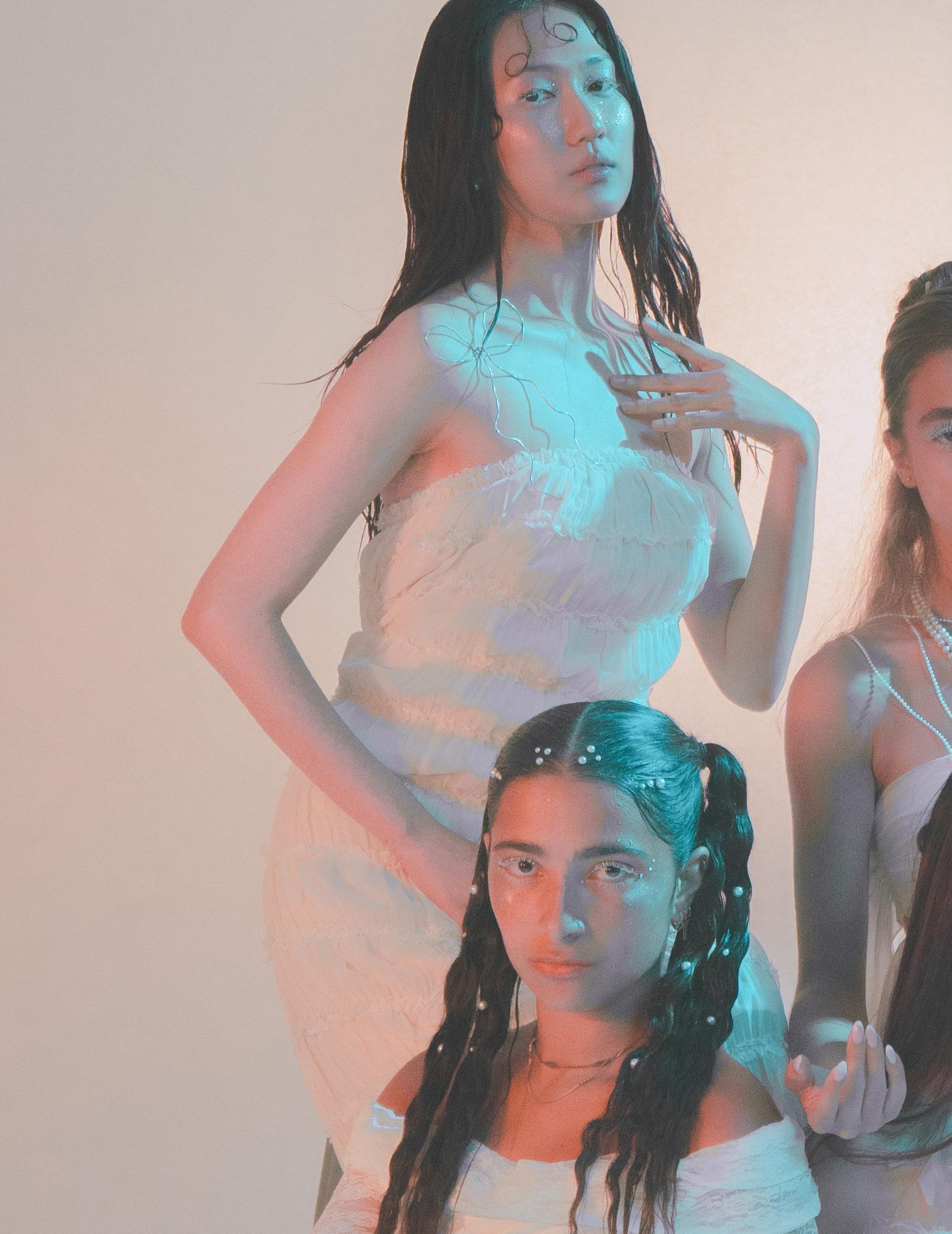








Dear Reader,
We are all at a convergence point in our lives. We walk a path of uncertainty, knowing that the decisions we make at this age will alter the course of our life trajectory. But can we truly define ourselves by a single metric, a single experience, a single word? We’re not simply embarking on a journey to unearth our future, but to re-discover ourselves: discover what breathes life into our spirit, to unite our body and soul as one.
This is the core motive behind developing our twelfth issue, “Transcendence.” The piece is a trip into the incorporeal, seeking to boldly ask what lies beyond the boundaries of our somatic existence. Consciousness begets reality, yet our consciousness is an enigmatic being in itself yearning to be understood. Life’s journey is a spiritual evolution fueled by an age old-question: “what is our purpose on this Earth?”
This piece is a bittersweet one for me, as it marks my last piece as Editor-in-Chief of Haute Magazine and as a student at USC. Throughout my experience, I have seen this publication and the highly talented members within it evolve in their own way. The passionate flame that each of our members bring throughout each new issue is something that inspires me personally. Haute has been through numerous trials and tribulations, testing my capacity and determination at every crossroad; it has
beckoned me to define my own purpose and future as a writer, as a human being; it has led me to meet people who have genuinely changed my life for the better –and for that I will be forever grateful.
This experience couldn’t have been here without all of you, who have supported us every step of the way. I’m proud to say that the publication has over 900,000 global viewers to date – 400,000 more than when I first joined. It is on the path to becoming a creative entity never seen before, and I couldn’t be more proud of this organization.
To my dynamic co-president duo, Natalie and Nishka, thank you for this rollercoaster of a semester. We’ve been through such a journey since we first joined Executive Board two years ago, and I couldn’t have done this with any other cohort. To everyone I’ve had the pleasure of serving with, thank you for your unwavering dedication.
To you, the reader – from the bottom of my heart, one final time: thank you.
With
Love, Hunter Black

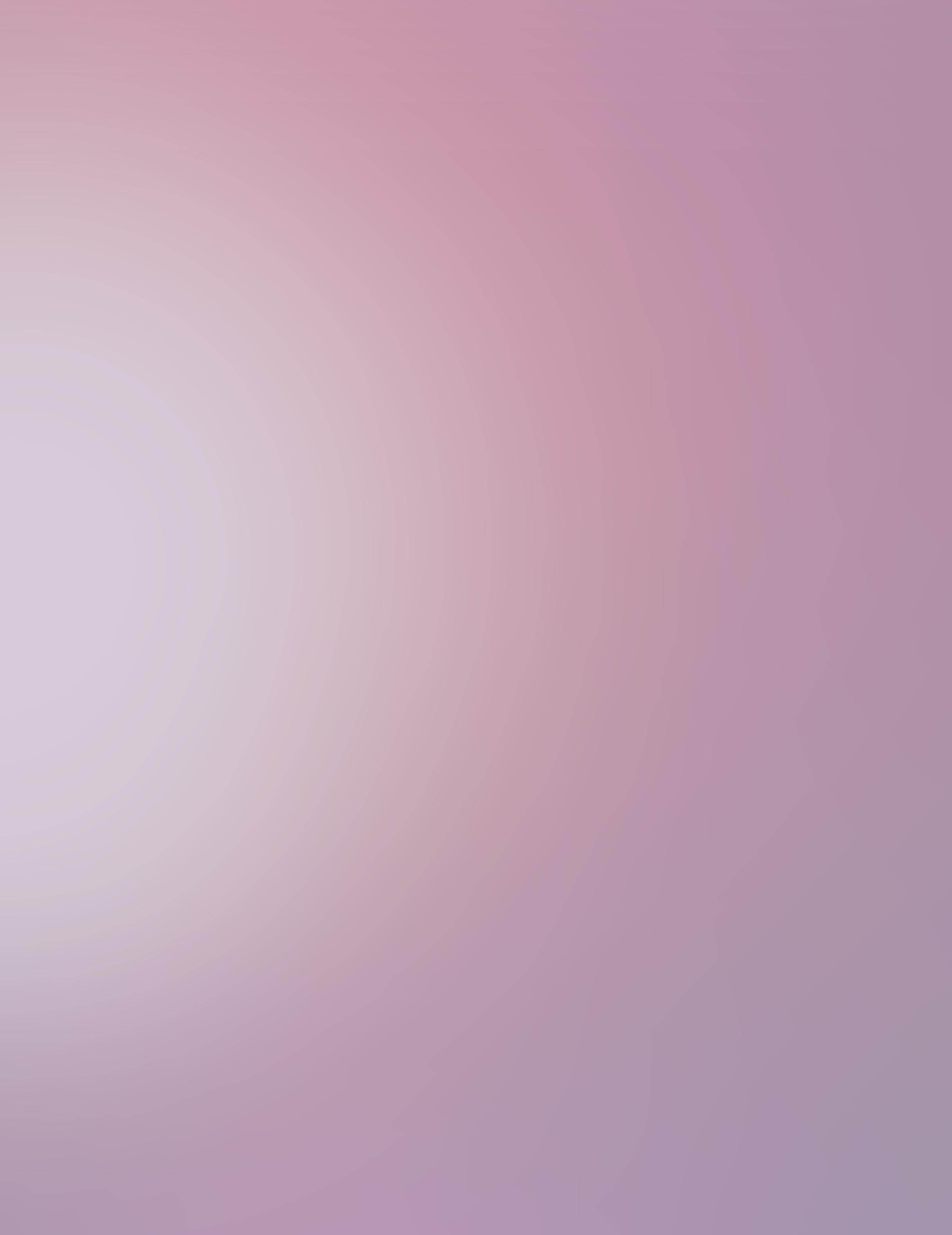
Dear Reader,
With Transcendence, Haute’s 12th issue, we sought to rise above our noisy world where clarity feels like a fleeting luxury. It’s an exploration of what it means to leave behind the constraints of our physical, emotional, and spiritual boundaries. This theme invites us into a liminal space, where we challenge the visible and embrace the invisible, reaching for something just beyond our grasp. Transcendence is the pursuit of stillness in chaos, softness in resistance, and vision in obscurity.
Haute has always reflected the voice of our community. But this issue, more than ever, aims to ask: what lies on the other side of limitation? Transcendence invites you to consider how we find meaning beyond the tangible. These pages are a meditation on what it means to challenge expectation, embrace ambiguity, and reimagine our world. As always, Haute stands as a space for experimentation, expression, and the unapologetic pursuit of truth through art.
We, Natalie and Nishka, are honored to have served as Haute Magazine’s Creative Directors. Haute has been a pivotal part of our collegiate lives. Our shared journey from members, to Co-Directors of Visual Design, to Co-Creative Directors has been nothing short of transformative. We are endlessly grateful to have worked alongside an extraordinary team of creatives whose brilliance and dedication have breathed life into this vision.
To Hunter, our Editor-in-Chief, your trust and insight have guided this issue from . Sage and Virginia, our Directors of Writing, thank you for capturing the soul of this theme in every word. Juri and Winston, Directors of Photography, your ability to frame the unseen has elevated this issue. Angelina and Nicole, our Directors of Visual Design, your artistry shaped this issue with elegance and intention. Franklin and Sea, Directors of Multimedia, your thoughtful experimentation brought our theme to life across new dimensions. Samantha, Gemma and Rohan, leading our Events and Finance teams—you grounded this ethereal issue with your practical brilliance. Finally, To our entire staff—thank you. This issue is yours as much as it is ours.
Serving as Haute’s Creative Directors has been an honor. Over the past semester, we’ve witnessed how a collective of passionate students can create something truly transcendent. As we conclude our presidency, we carry with us not just the memories, but the sense of purpose, growth, and community this magazine has given us.
, [With Love]
Natallie
Darakjian + Nishka Manghnani
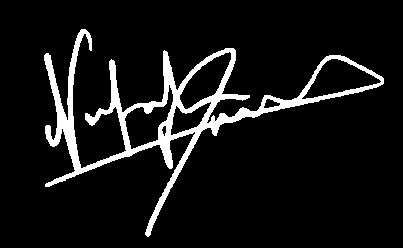


Editor-in-Chief Hunter Black
Creative Directors Natalie Darakjian + Nishka Manghnani
Directors of Writing Sage Murthy + Virginia Akujobi-Egere
Directors of Photography Juri Kim + Winston Luk
Directors of Visual Design Angelina Lyon + Nicole Leihe
Directors of Multimedia Franklin Lam + Sea Gira
Executive Director of Events Samantha Fedewa
Assistant Director of Finance & Events Gemma Miller
Director of HR & Community Rohan Baru
Writing Team
Akpezi Ogbaudu
Ashley Nguyen
Ava Zinna
Christian Brown
Hanwen Zhang
Isabella Murray
Jenny Kim
Photography Team
Alex Weir
Alice Liu
Andrew Woo
Catalina Palazio
Emma Lloyd
Visual Design Team
Abriella Terrazas
Angela Chan
Annie Gu
Annie Kersten
Annie Yan
Anoushka Buch
Brandon Taliaferro
Multimedia Team
Aador Bose Roy
Athena Stuebe
Claire Ernandes
Claire Renschler
Colin Kerekes
Elise Anderson
eMJay Al Barr
Finance and Events Team
Anna Nguyen
Daniel Stone
Jiya Patel
Joshua Placido
Karina Chang
Kensington Ono
Marenda Vo

Karina Alvarez
Kiyomi Miura
Leila Yi
Lisa Dang
Maximus Allen
Natalia Rocha
Sky Bailey
Jay Adegoke
Joy Zhao
Tai Lyn Sandhu
Venus Lordson
Xin Shen (Robynn)
Cici Fang
Jaimie Liao
Laila LaDuke
Lola Hugas
Lucy Chen
Michelle Kwon
Mustafa Chattha
Fiona Choo
Harley Chen
Jiayun Zhang
Jinglin Jingan
Josie Jensen
Molly Nugent
Samuel Walker
Markus Rosendorfer
Nia Blumenfield
Sabrina Chou
Sohana Sahu
Victoria Sung
Willow Klute
Yana Pinto
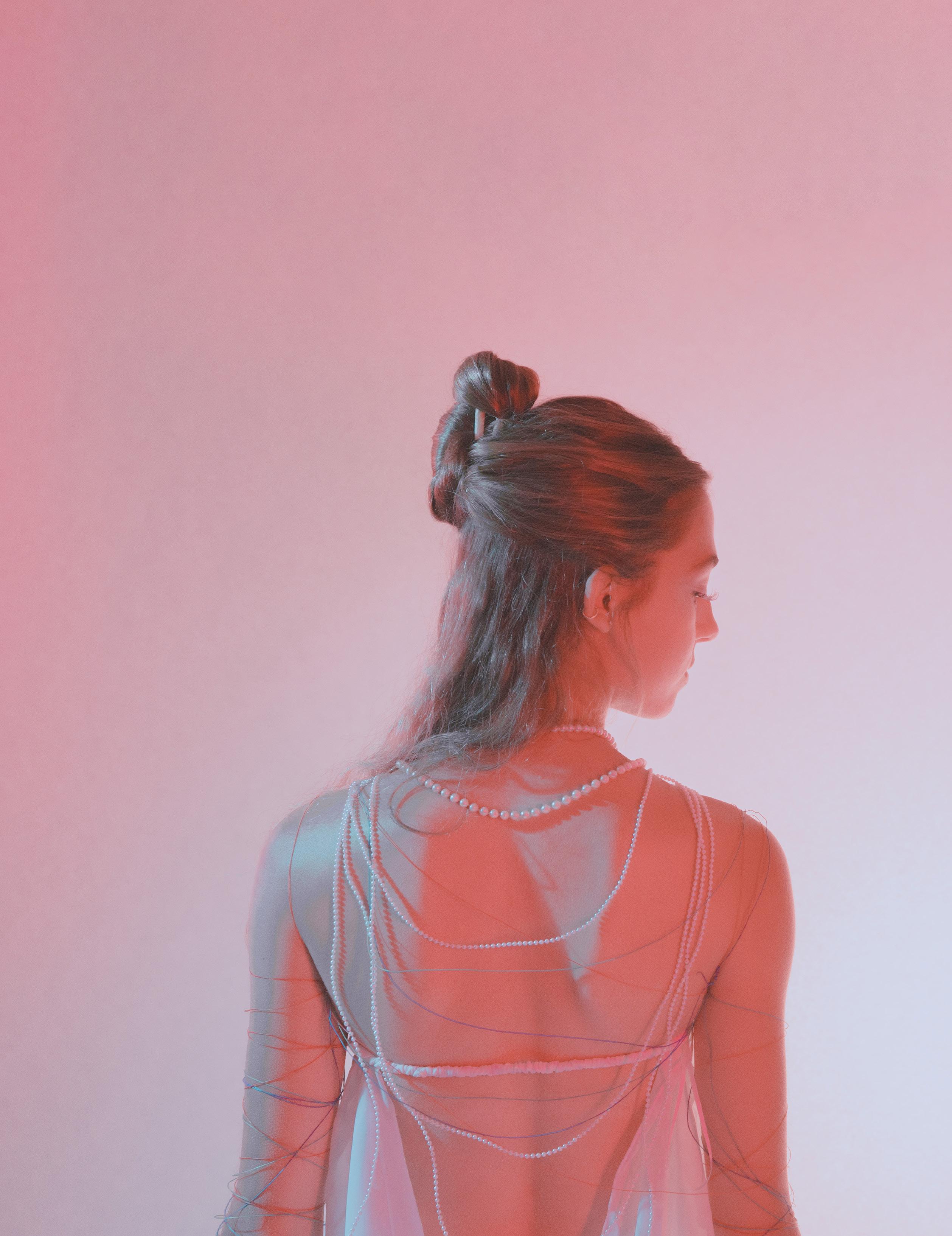
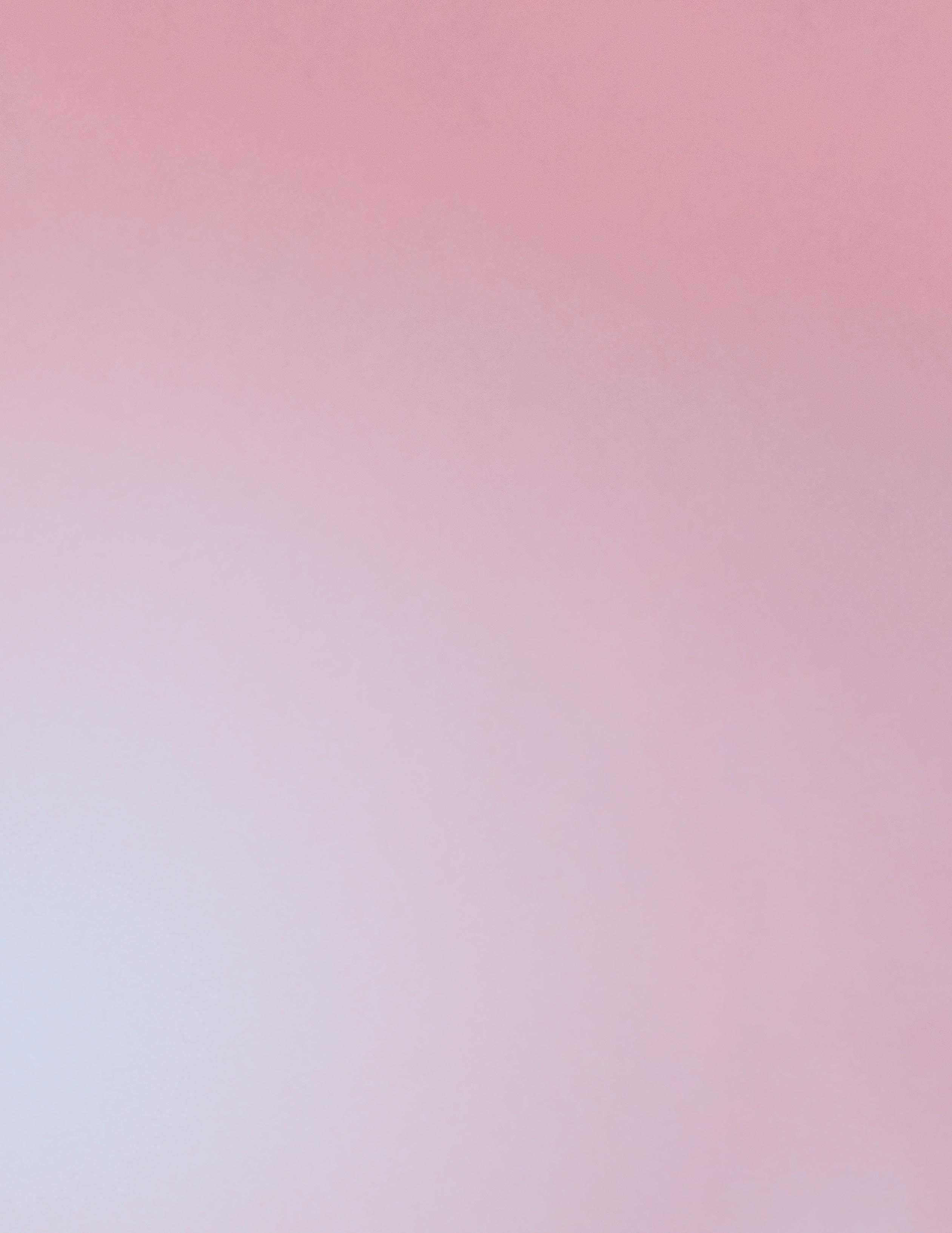
Joel Dubroc Joel Dubroc + Laila LaDuke
Becoming Jenny Kim + Eugen Tamara + Angelina Lyon
William Wark William Wark + Natalie Darakjian
Sarina Rohan Baru + Virginia Akujobi-Egere + Nicole Leihe
Galatea Emma Lloyd + Angela Chan
Deus ex Machina Akpezi Ogbaudu + Joy Zhao + Laila LaDuke
Horned Owl Symphonia (木菟交響曲) Leila Yi + Alice Liu + Jaimie Liao
Daniel Roa Daniel Roa + Abriella Terrazas
nothing. Sky Bailey + Venus Lordson + Abriella Terrazas
life within the bubble Lisa Dang + Annie Yan
Nature’s Cathedral Natalia Rocha + Andrew Woo + Mustafa Chattha
望子成龙 wàngzǐchénglóng Hanwen Zhang + Rishi Raj + Abriella Terrazas
Transcendence Hunter Black + Winston Luk + Natalie Darakjian
Yof Ashley Nguyen + Alex Weir + Cici Fang
Metanoia Catalina Palazio + Annie Kersten
KACE Juri Kim + Angelina Lyon
Melody in Time Christian Brown + Sanyukoo + Angela Chan
Mirage Virginia Akujobi-Egere + Juri Kim + Nicole Leihe
Solar Eclipse Summer Schantz + Jaimie Liao
A Saint Among The Damned Isabella Murray + Jay Adegoke + Michelle Kwon
Luka Khabelashvili Luka Khabelashvili + Nicole Leihe
Teeth Marks Karina Alvarez + Tai Lyn Sandhu + Brandon Taliaferro
Dear Diary, Ava Zinna + Lucy Chen
Passings Maximus Allen + Cole Willis + Angela Chan
Adjacent Phantoms Kiyomi Miura + Xenia Leti + Lola Hugas
The Dust Remembers Xin (Robynn) Shen + Annie Gu
Genia Rohan Baru + Virginia Akujobi-Egere + Angelina Lyon
Behind Transcendence Haute Multimedia Team + Nishka Manghnani
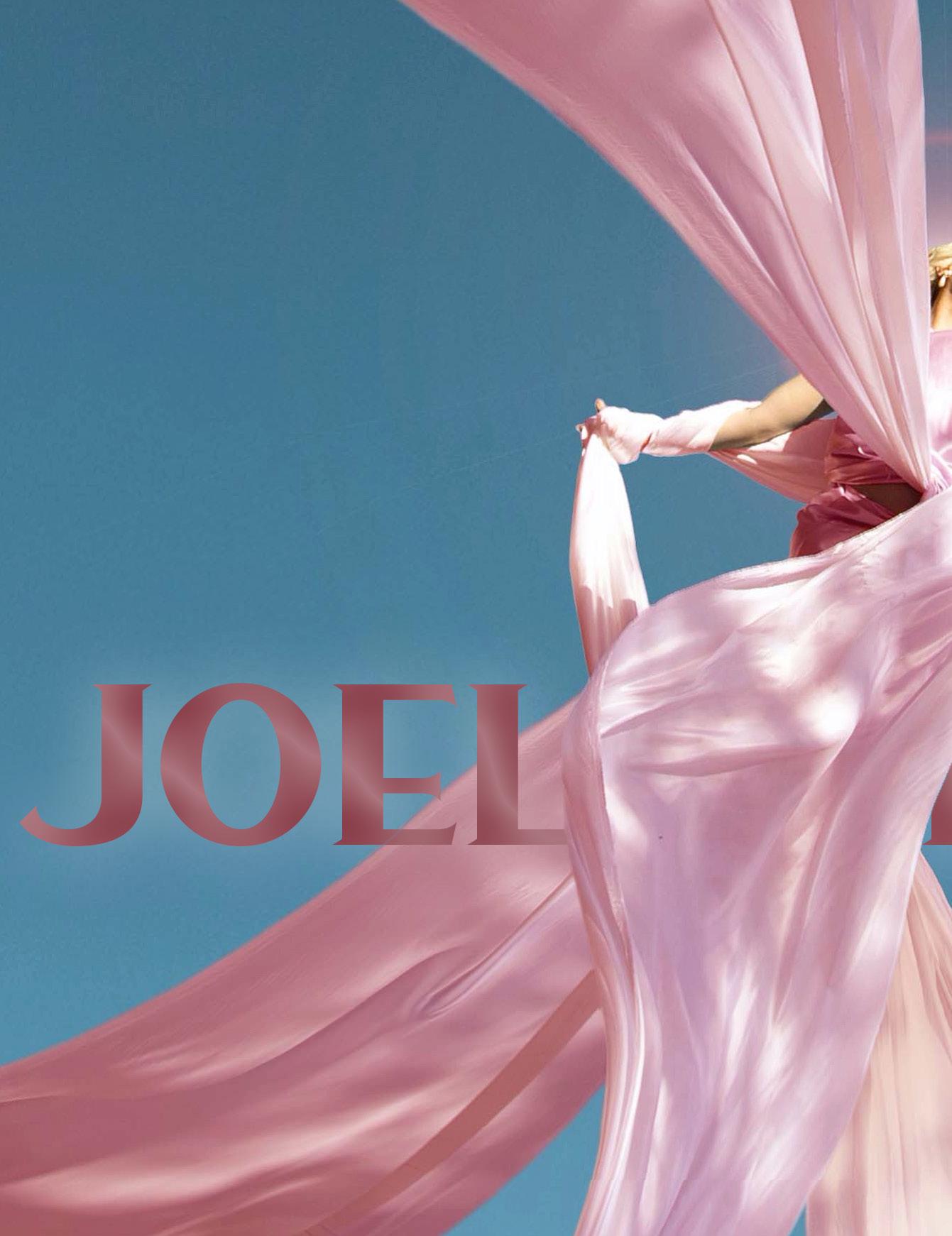
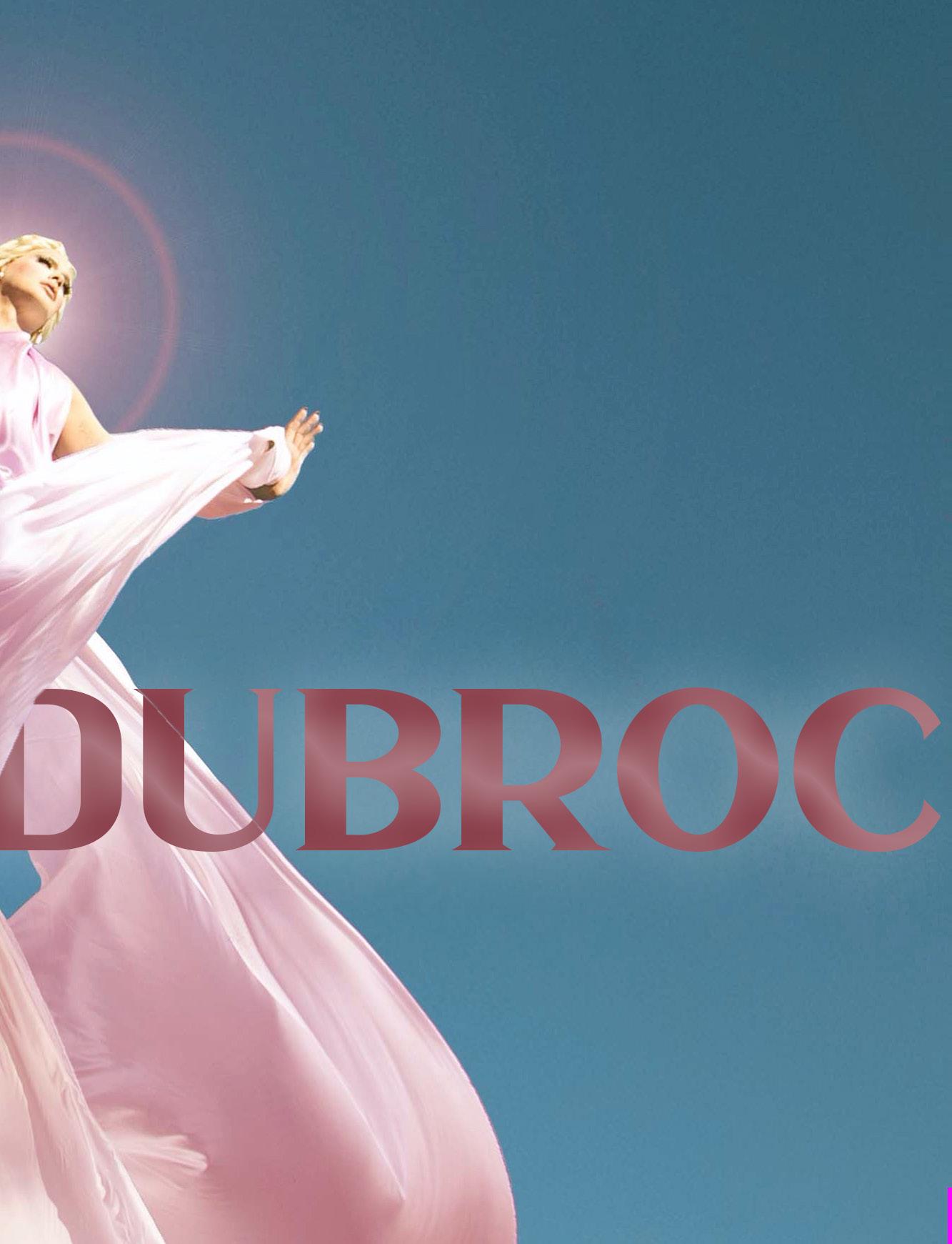


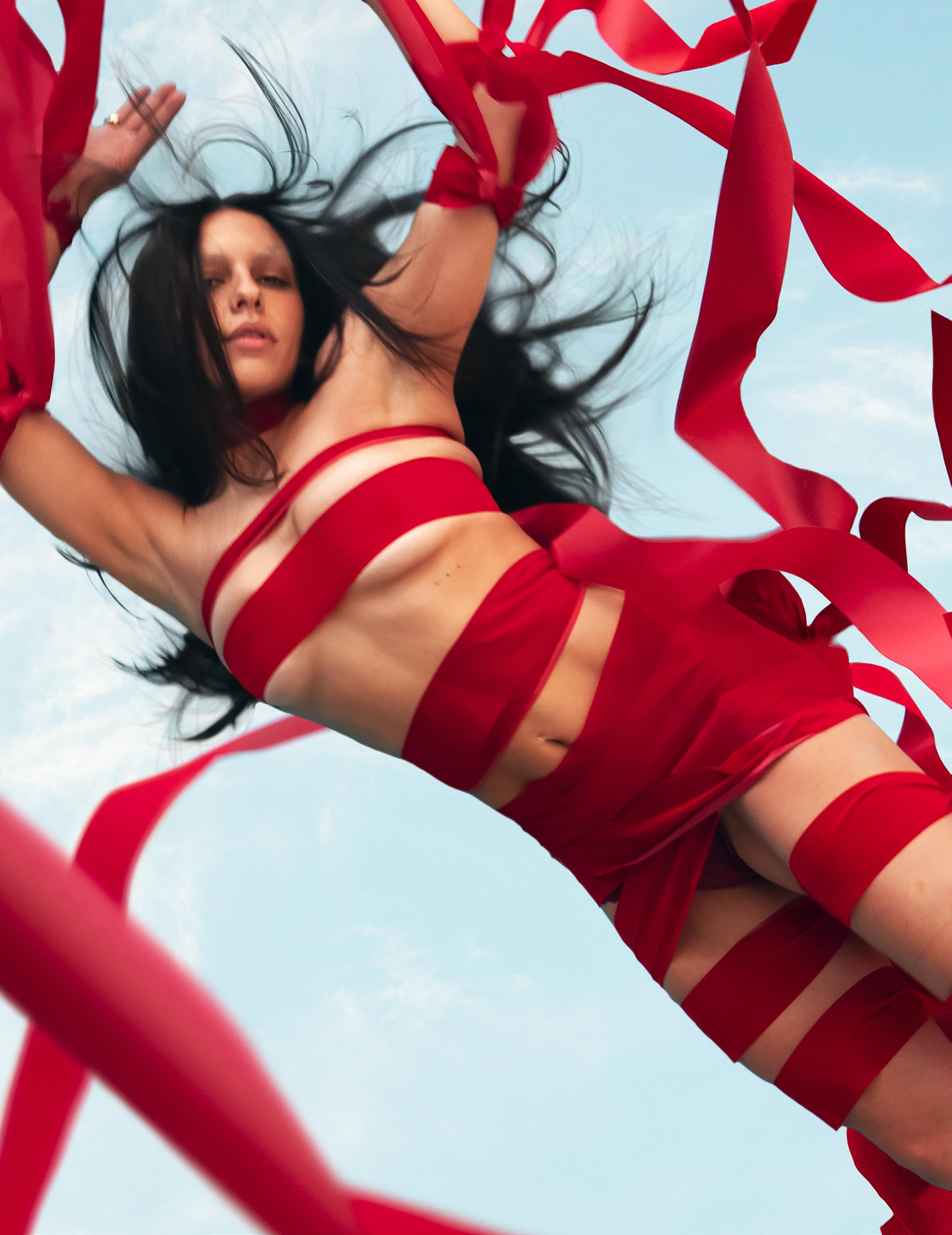



Joel Dubroc is a photographer and visual artist from Louisiana, specializing in narrative-driven imagery that blends fine art and documentary photography. With a BFA in Photography from SCAD, his work explores themes of nostalgia, identity, and the surreal, often drawing inspiration from the American South. His photography has been featured in editorials, album covers, and gallery exhibitions, capturing evocative moments with cinematic depth.
Laila LaDuke is a Los Angeles-based designer exploring the intersection of human-centered design and creative storytelling. Laila is pursuing a degree in Arts, Technology, and the Business of Innovation at the Iovine and Young Academy, University of Southern California.
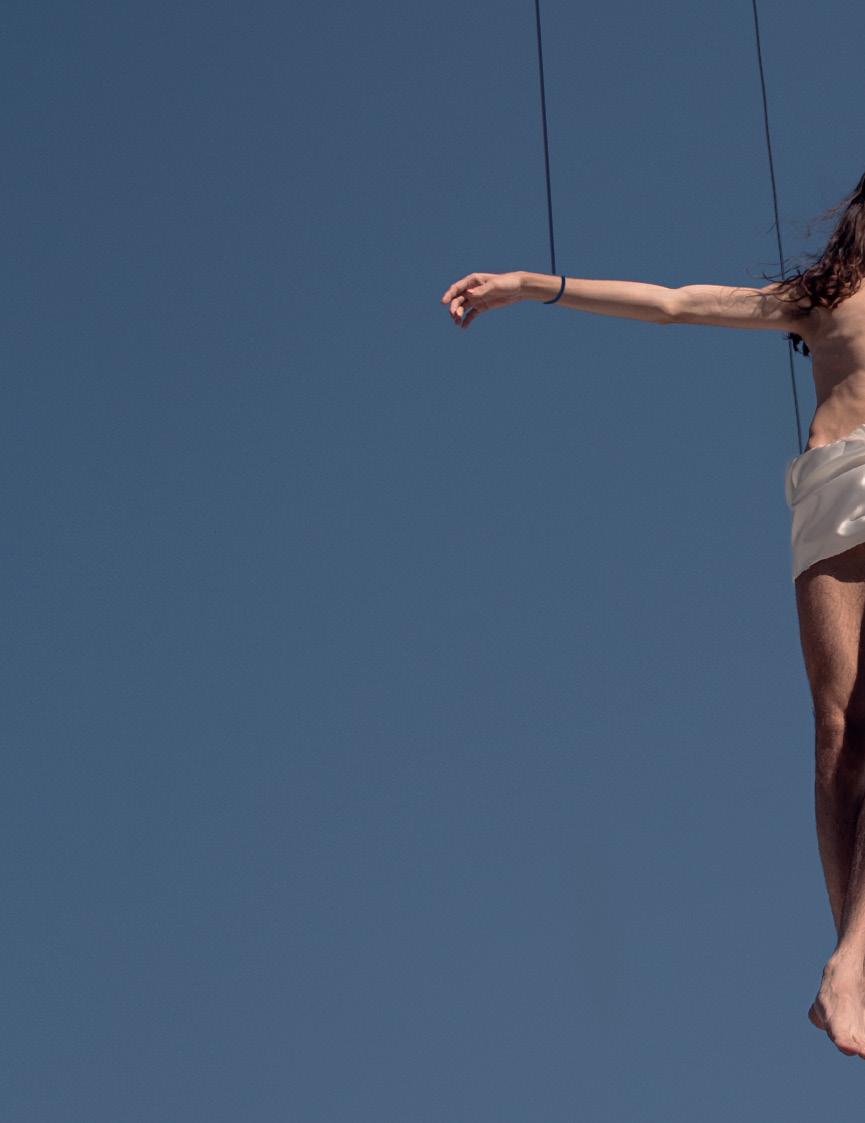
JOEL DUBROC

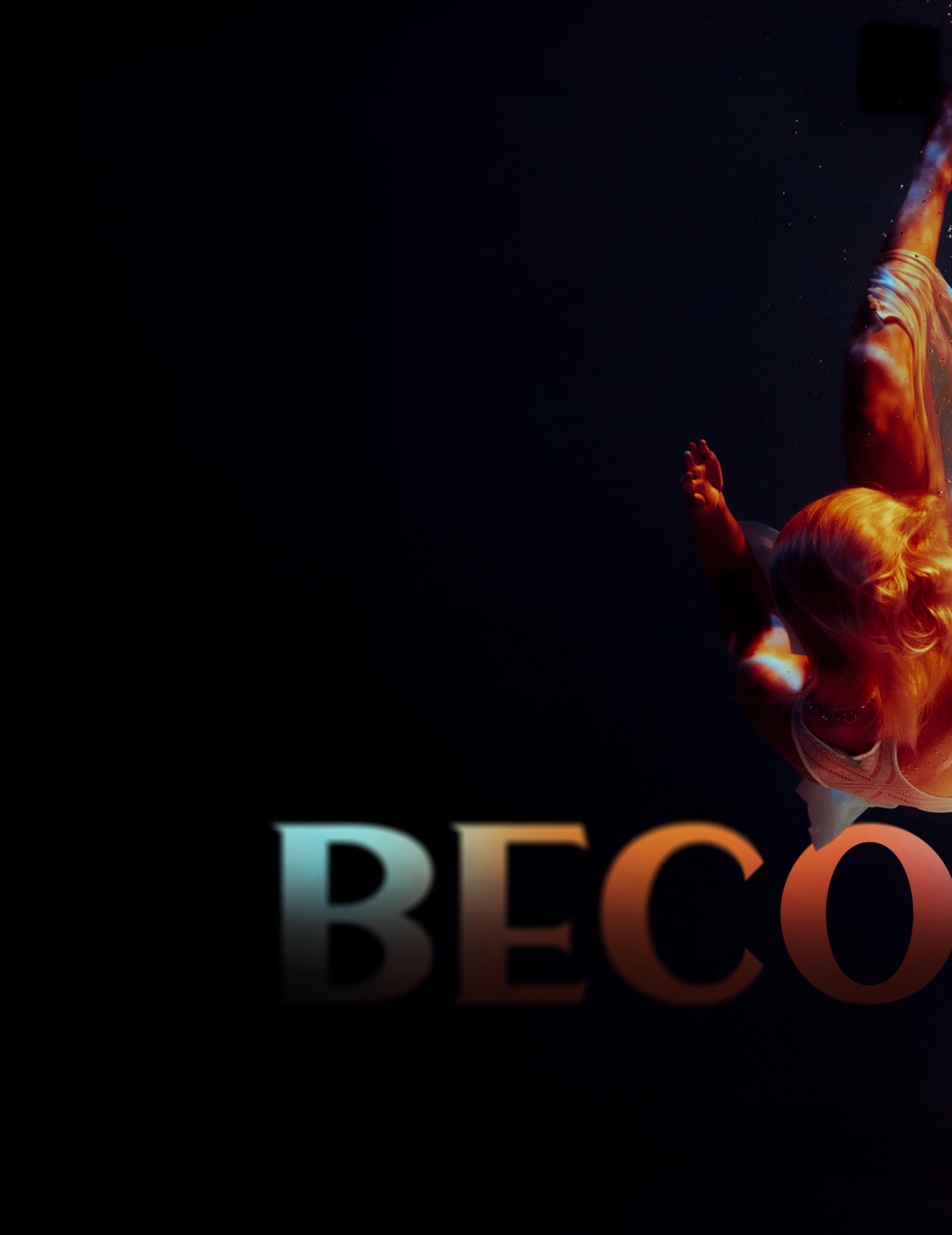
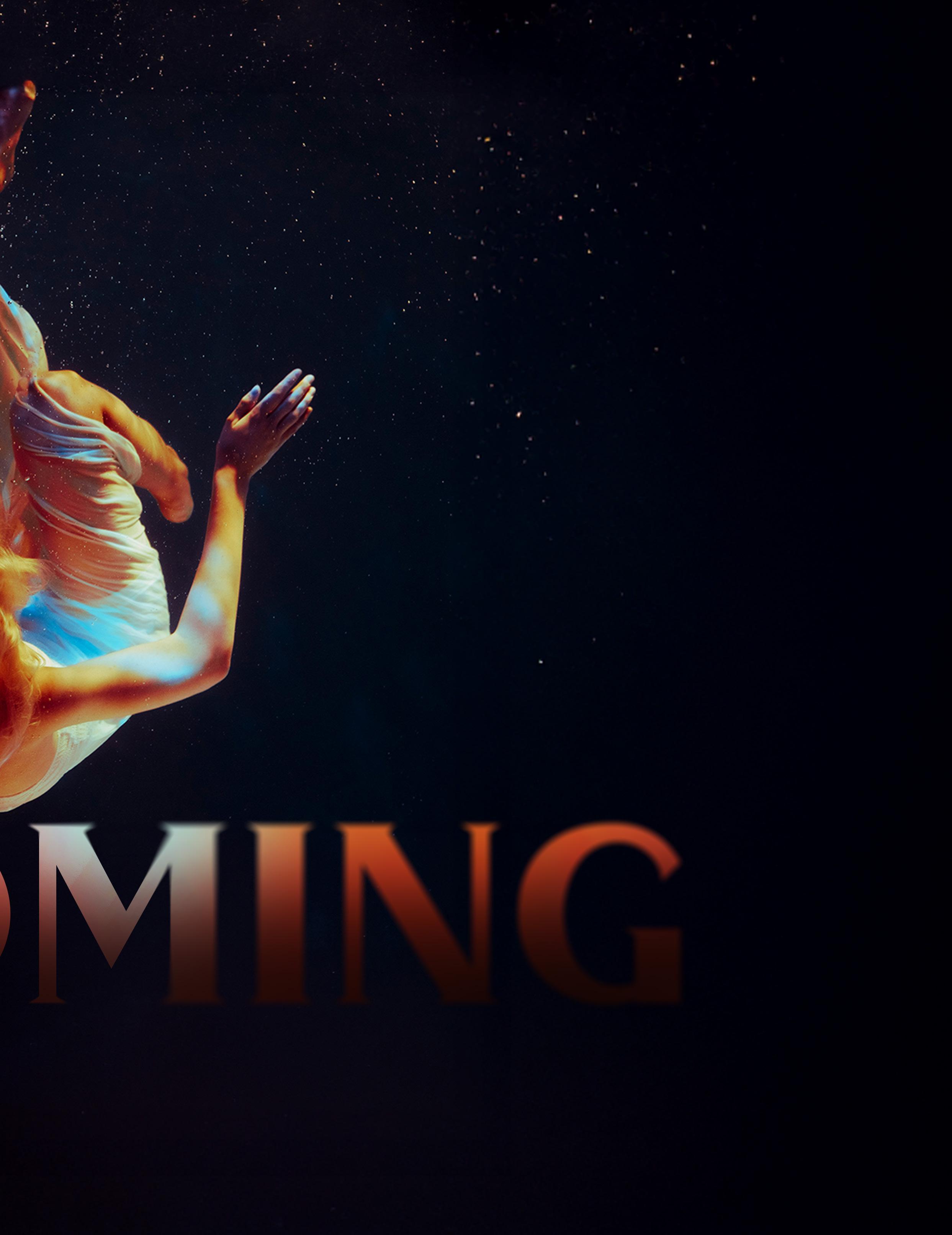
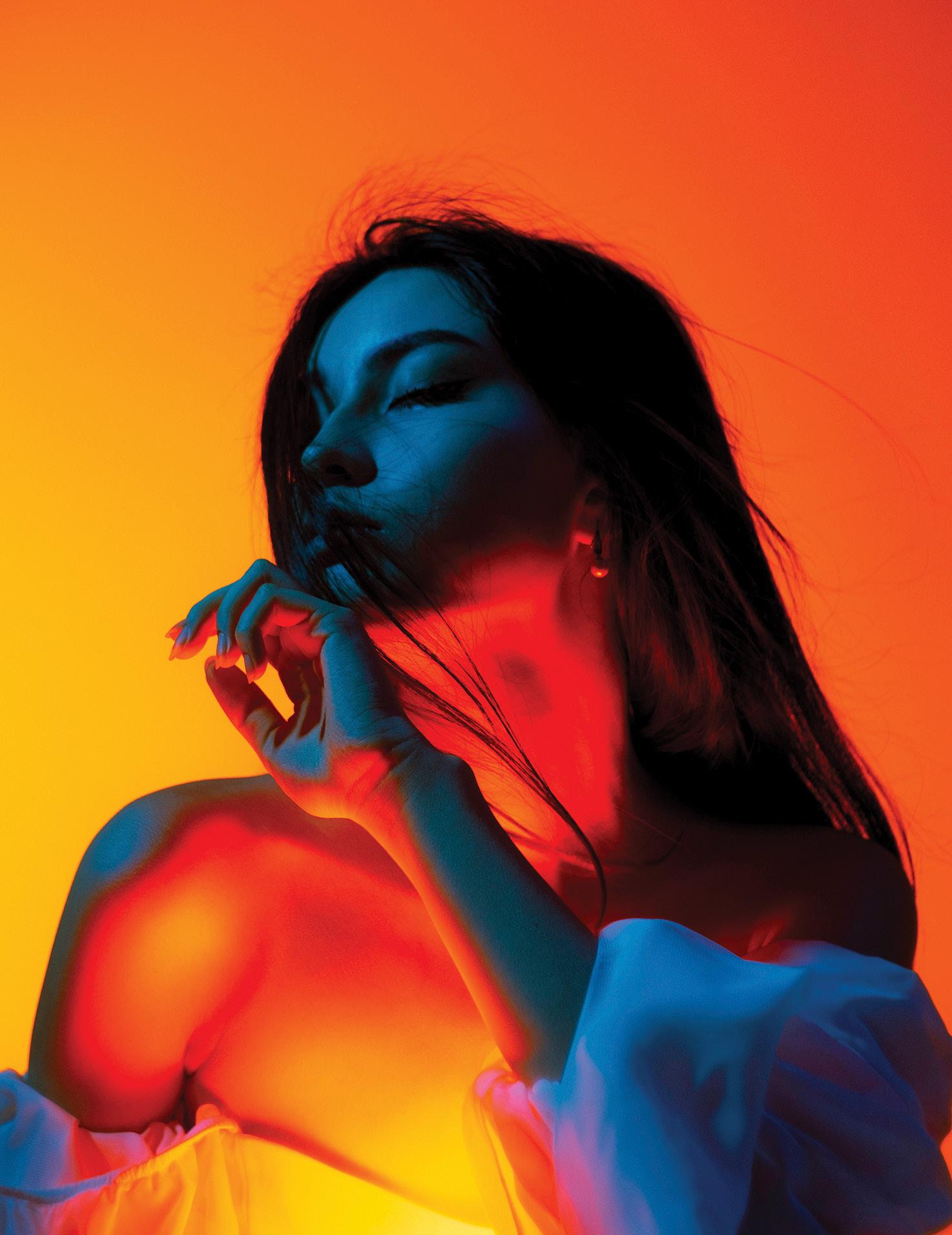

The first time you came to me, I was 15.
At 15, I am all glass shards and complications. I was escaping, running through shrubs as the twigs scraped my feet, the cuts deep like cherry red wine that coursed through your veins. I ran into you, who stopped me in my tracks. The way you were unflinching stunned me, like you knew where to find a stranger.
One look at you, and I confessed. “I don’t think I like who I am.” A message holed up inside me, yet something about you made me want to spill all of me out to you.
“You don’t know who you are yet,” you whispered. I stared at the woodchips, the dirt wedged in my toenails, and listened to you. It was true—I knew my name, but not what it stood for.
“You are a mosaic, of everything you have been and never been, everything you are and will be.”
“How will I know all of me? When will I learn to like it?”
“You will learn how to love as the seasons change. You will learn to love everything, but especially yourself.”
The taste of salt on my lips faded as my tears stopped falling, and you seemed to notice. You left that day as quick as you came. As the cherry blossoms fell that spring, I realized the seasons never stop changing, a tide that rises and falls to no end. I wished all my dandelion seeds of my youth on you, waiting for your return.
The second time you came, I was 18, blooming into something greater. Out with the old, in with the new. I felt your presence behind me, and blind rage set fire in my core. You owed me nothing, yet it felt you owed everything. How could you leave and not come back for years?
“You’re angry,” I heard you say behind me.
“You are angry at most things these days. That’s okay. You want to control it, but it’s how you feel. Let yourself. That’s how it goes.”
And my heart sinks into softness, your words extinguishing my hot and tired soul. The feeling is familiar, like the first time I saw you many years ago. Because someone sees me for the first time, and it’s you right in front of me. Anger seeps into sorrow; tears threaten to fall like thick dewdrops on summer lilies.
“I don’t want the hatred in me anymore. I want it gone.” The words flow out like a shore before a storm, harsh against the rocks as it crashes violently.
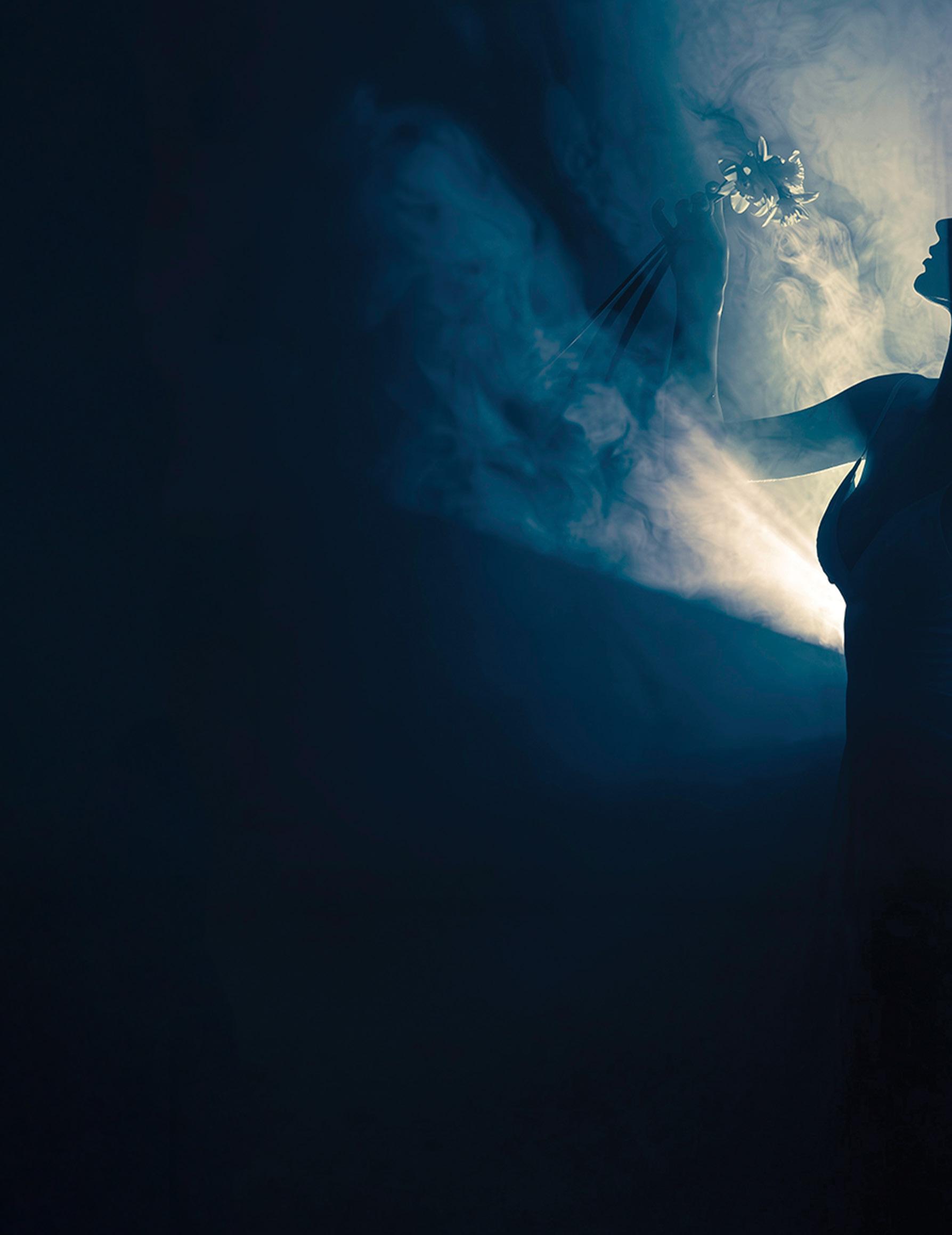
JENNY KIM + EUGEN TAMARA

“Your hatred isn’t just dismay. It is anxiety, it is fear. It is the loss that you feel in parts of yourself, parts you have yet to discover. Your hate has many faces.”
A wave of relief and dismay. I am not whole yet. It is okay that I feel like this, like a puzzle unfinished.
“You are growing, a bud in the sunlight. I can see you shifting towards the sun, reaching for its warmth.”
I hint a smile as you speak, hopeful for that future.
“Have you discovered who you are? Do you like it?”
“I’m starting to.”
You smile knowingly, like a question asked on purpose, and you vanish again. I spin to the sun and start walking its way.
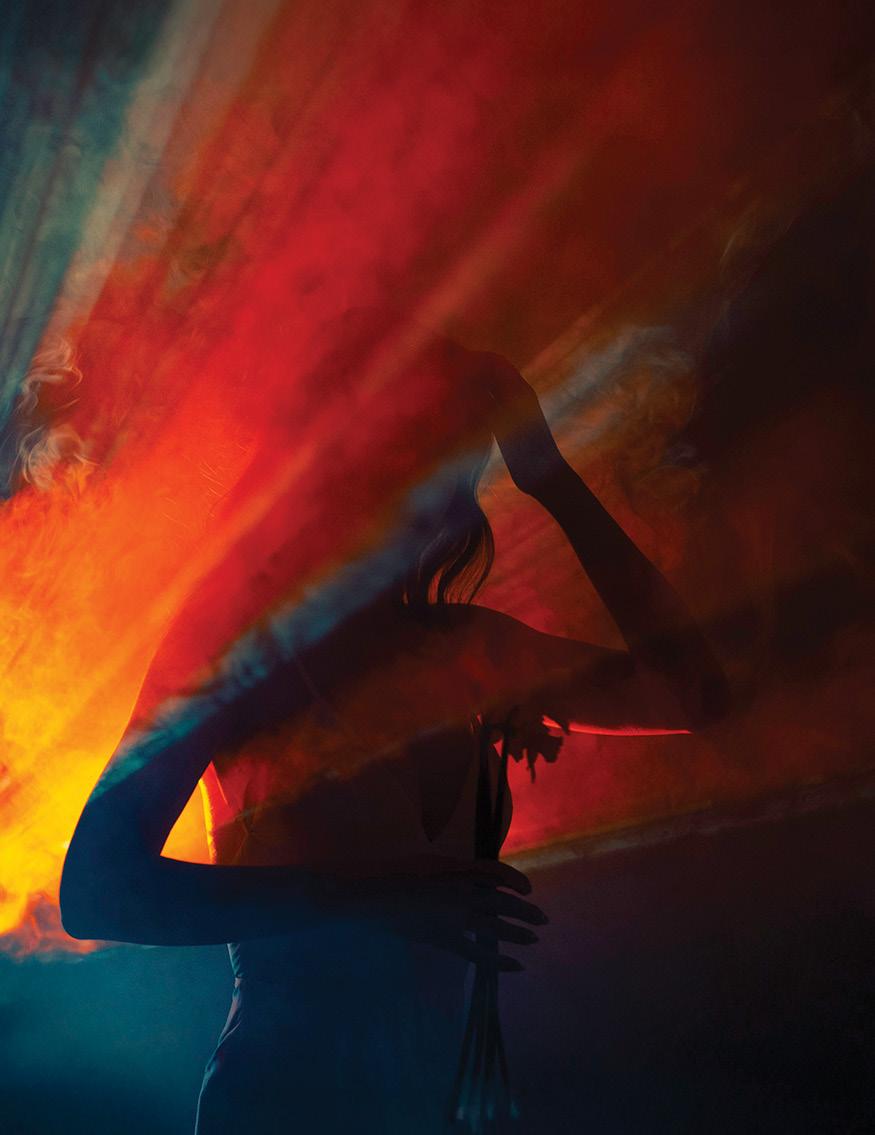
The next time you appear, I am in the botanicals, maybe a bit older and a bit wiser. I am walking along flowers in the springtime, a season I was unenthused by for the pollen and the bees and the glimpses of cold still in the wind. Now I am seeing spring for its new beginnings, its floral scent thick in the warmth of the sun, edging on to the bouts of summer.
I am blessed to have smile lines, a heart that’s broken and healed time and time again, one that’s still beating. When you show up this time, I smile—I am glad to see you, my old friend.
“You are blossoming,” you hum in approval. “The brightness of adulthood shines aglow on your face.” You speak wistfully like you knew I’d get here. Light flows from your face, a shine familiar and sweet, a happiness that I only know the beginning of.
I don’t know everything, but this I know. I grew up with a pink slide in my backyard and a neighborhood park where I spent hours roaming free. I always left my home with a belly full of warm food and laughter, and on my feet were always sneakers tied with bunny ears double-knotted. I have friends who know exactly how to make me laugh and a family who taught me how to be kind. And I can laugh too loud, and I can be too quiet, and be too stubborn, but I am too true. I am still growing and learning, changing gracefully. It is terrifying to grow up, but I am doing it beautifully. I think on it and smile, how great it is to know myself, the one thing that seemed impossible to know. For all else, I could work myself bare, drill in the worksheets and the terms, and drag myself through labor, dripping in blood and sweat. Anything I was tasked with by someone else, I could do. But to know myself was an impossible feat, but now I am starting to see. This is all of me, even the parts that are still seeds in the dirt.
As you fade away again, like you do, the pond comes into view. Sunshine gleams on the water, warming the surface. I look closer and see the reflection staring back. And I realize it is you, staring back at me. It is me, staring back at you, just as it has been all along. I smile at you, and you smile at me, and our souls are one and the same.
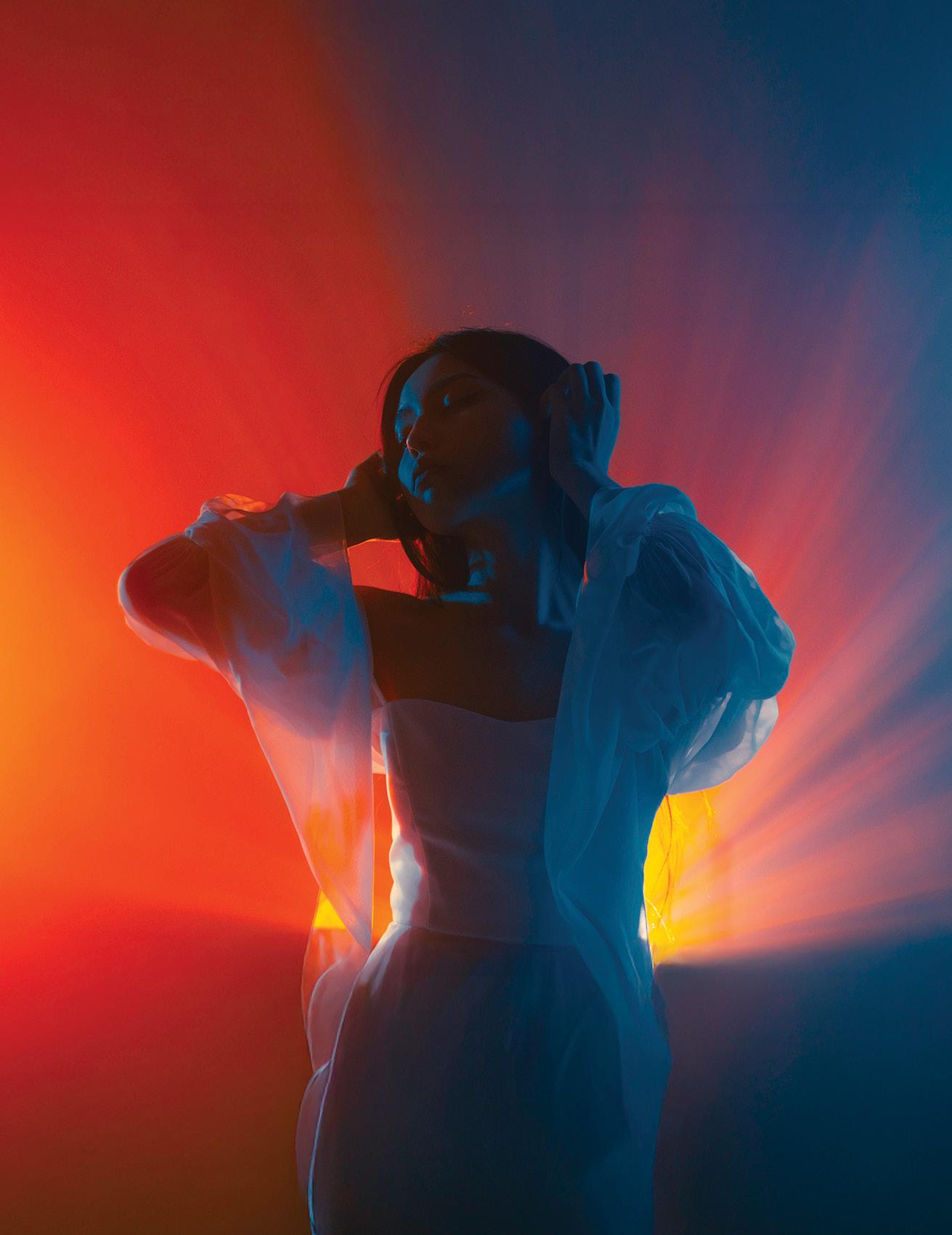

Eugen Tamara is a photographer known for vivid color, punchy contrast, and uncompromising style. Trained in art school, he mastered composition and palette before picking up the camera in 2010. Ever since, he has used light and form to craft images that feel like self-contained stories—each frame deliberate, each subject electric. Today he’s expanding that visual world on Instagram, inviting viewers into his bold, meticulously curated empire.
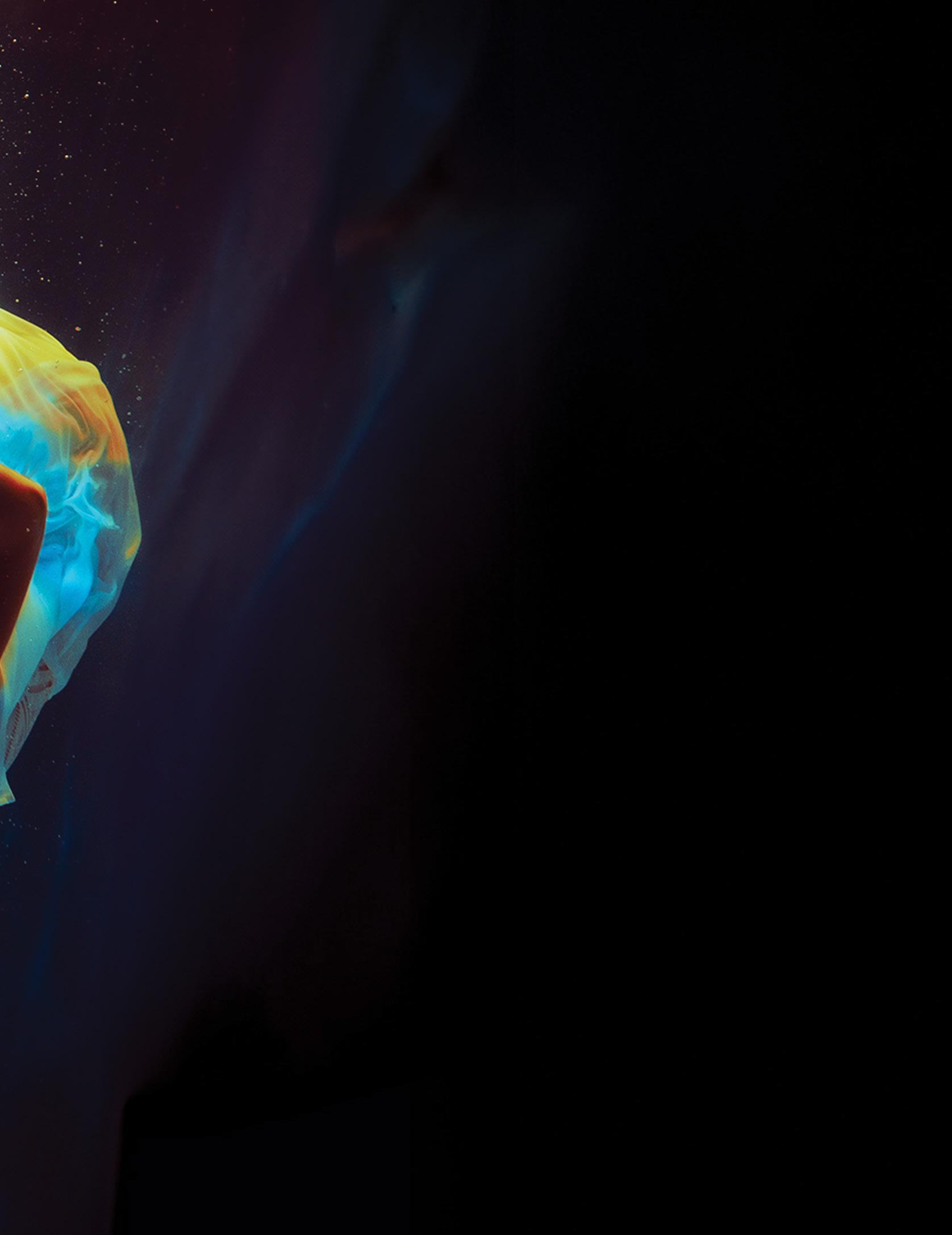
Jenny Kim is a New York and Los Angeles-based writer. She aims to uncover sentimentality and nostalgia through her writing, capturing moments of self-growth and exploration. Jenny studies Communication at the Annenberg School for Communication and Journalism with minors in Applied Analytics and Business, University of Southern California.
Angelina Lyon is a Los Angeles-based designer specializing in graphic design and brand identity. She is pursuing a BFA in Design at the Roski School of Art and Design and a minor in Entrepreneurship at the Marshall School of Business, University of Southern California. She also serves as the Director of Visual Design for Haute Magazine.
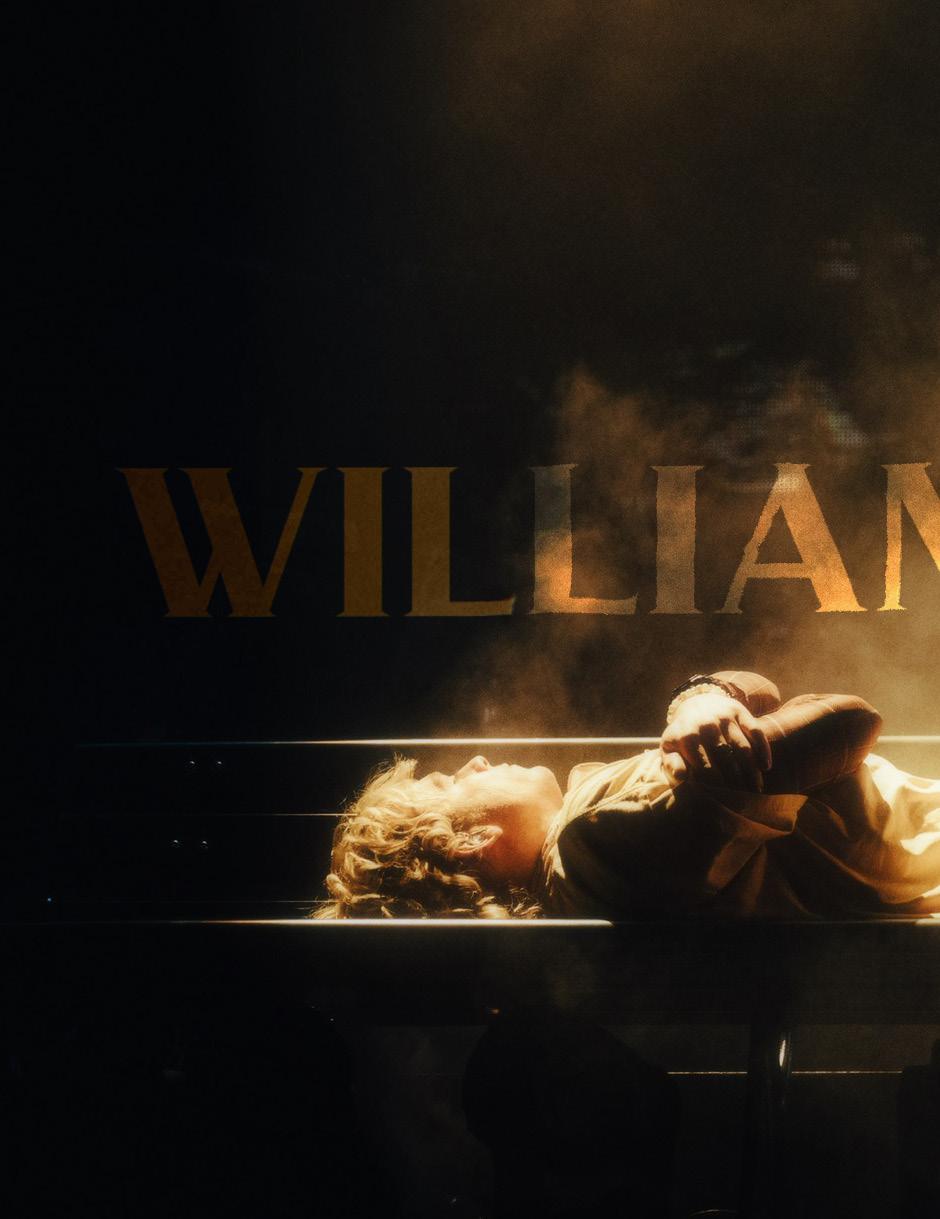
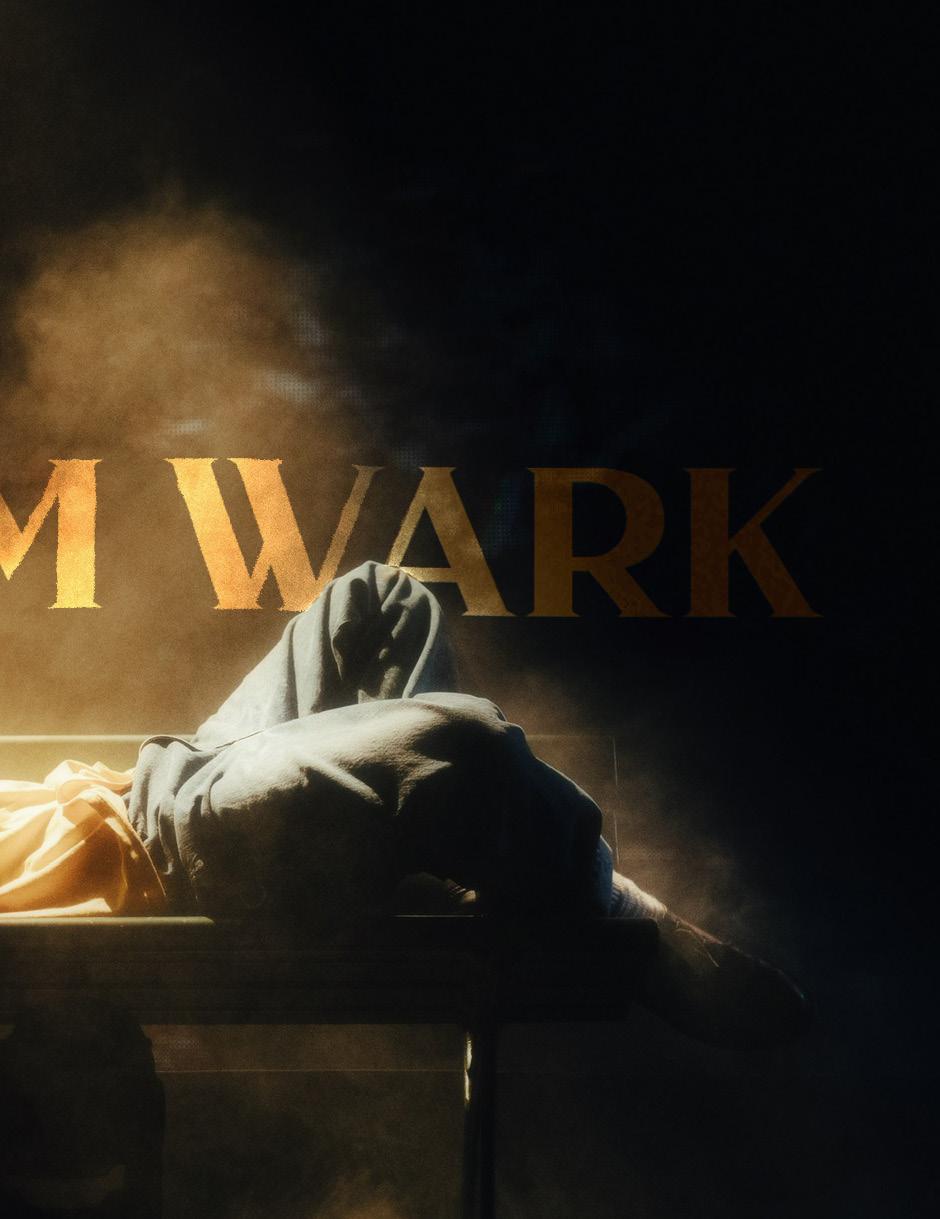
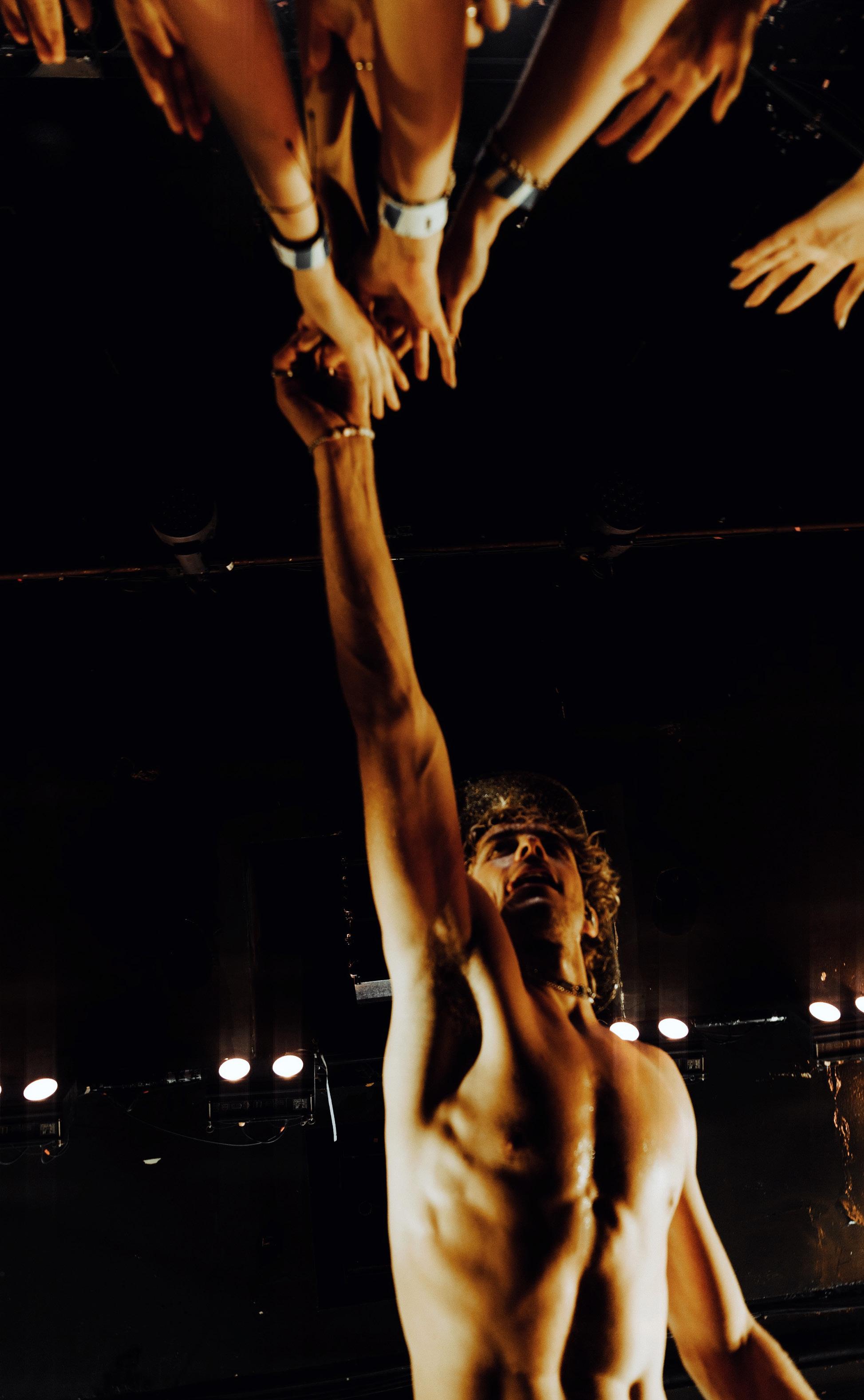


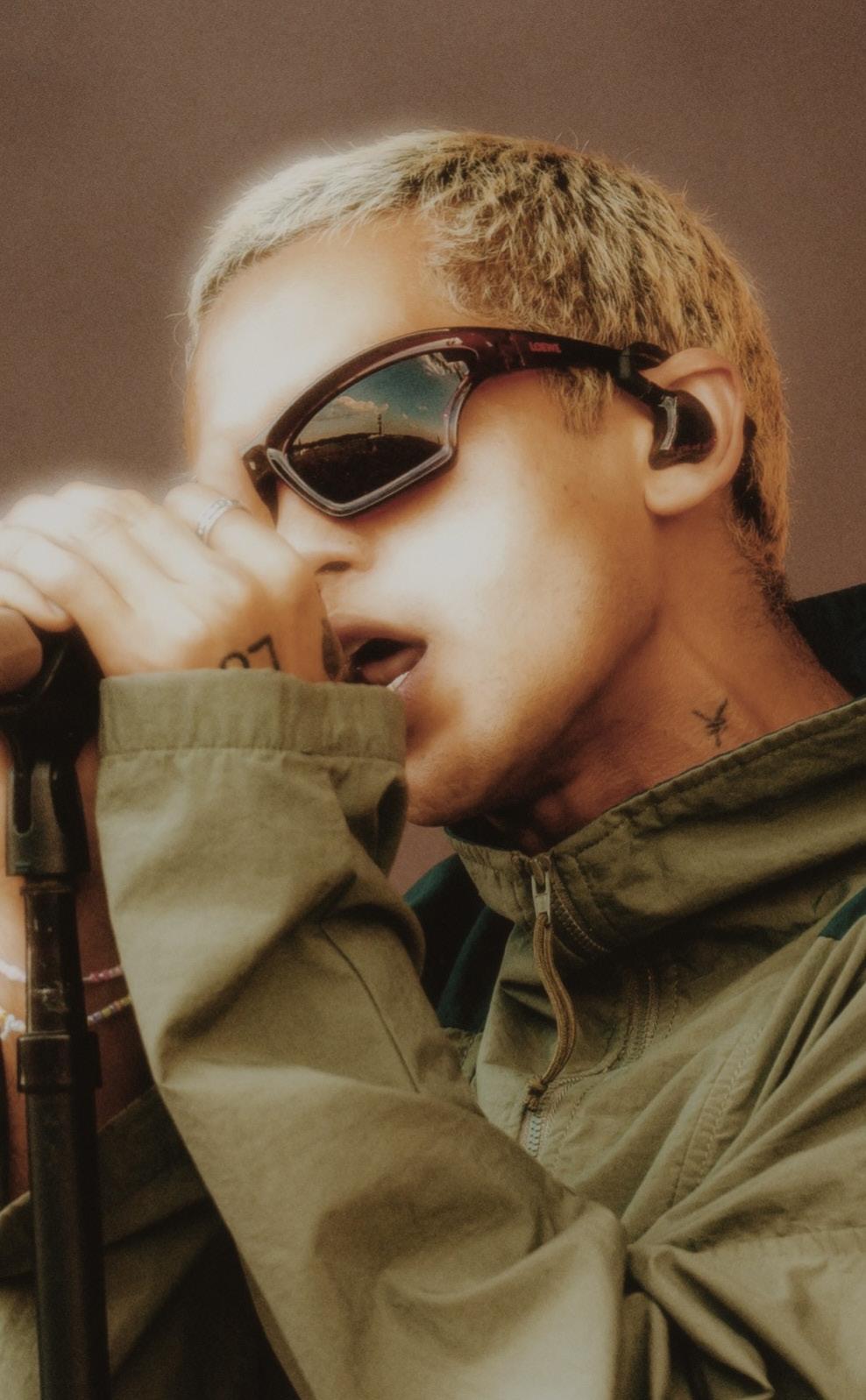
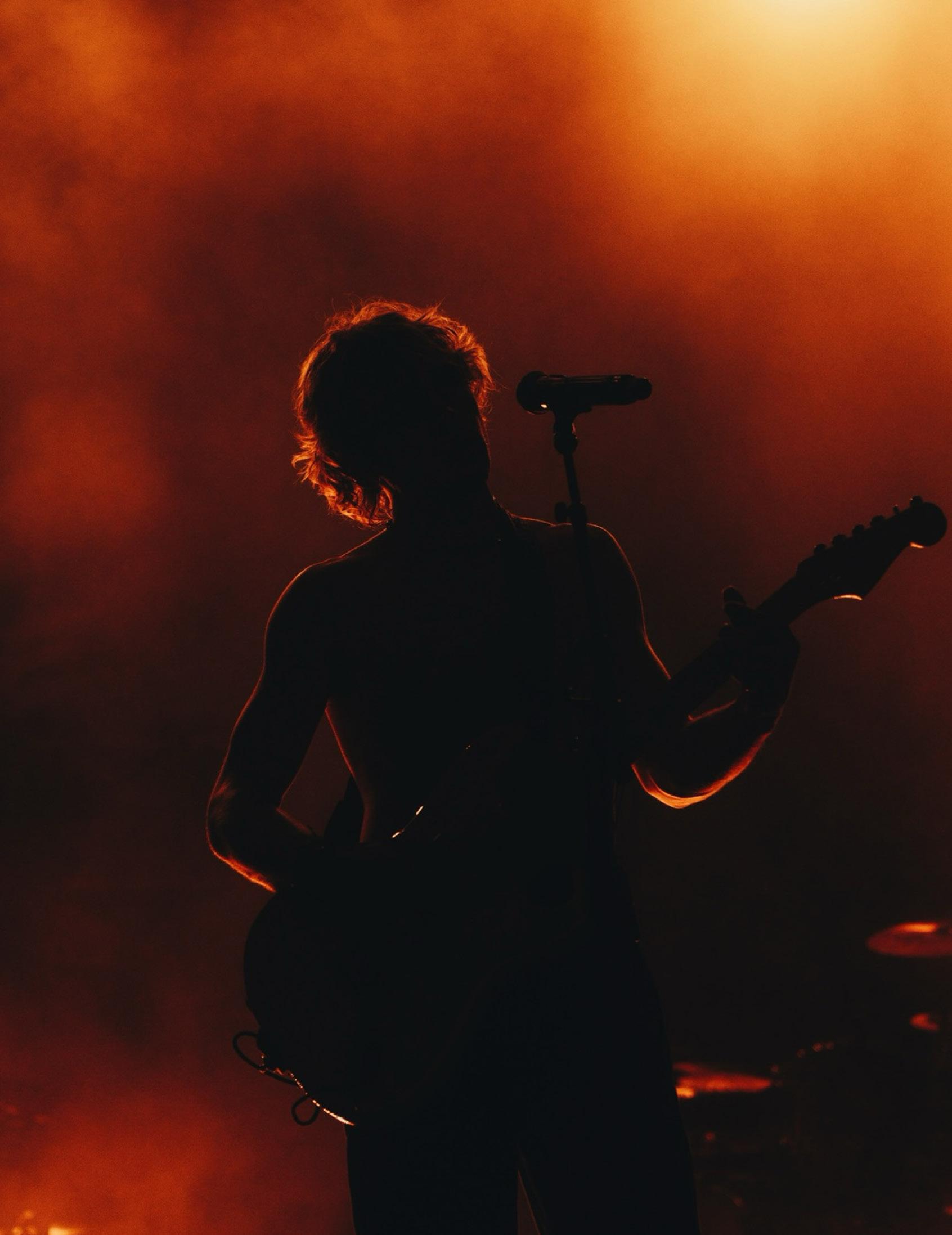
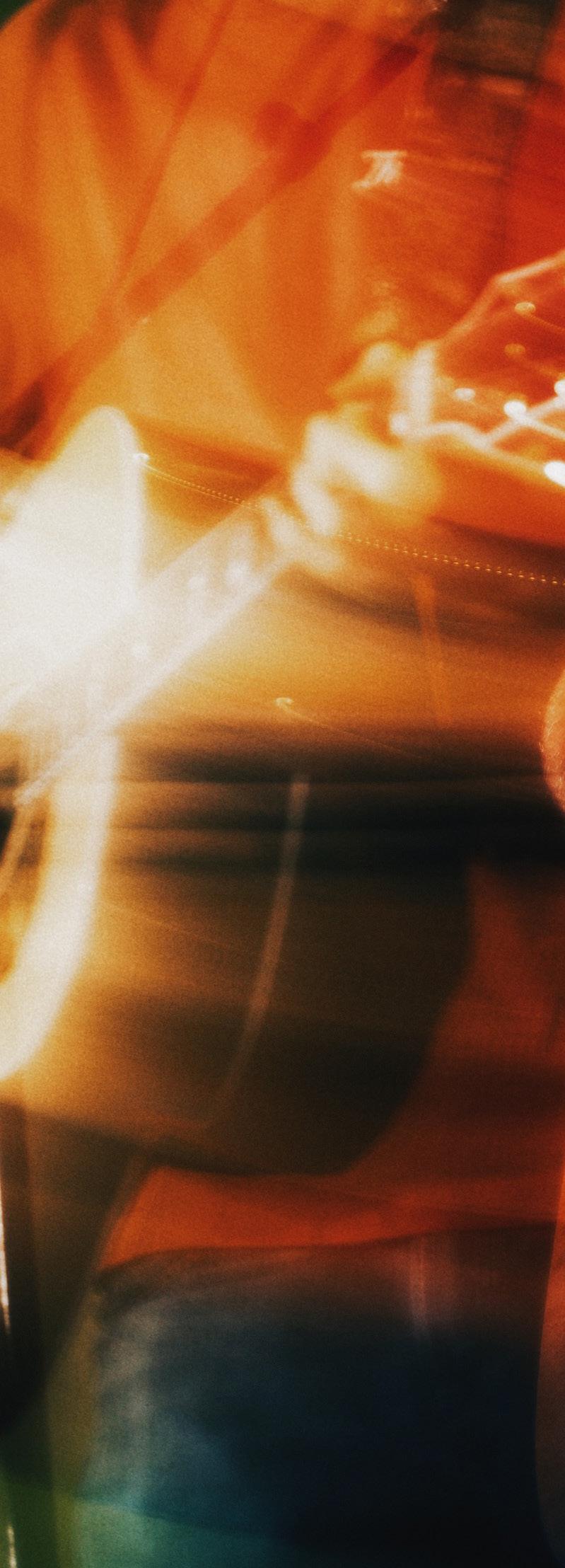
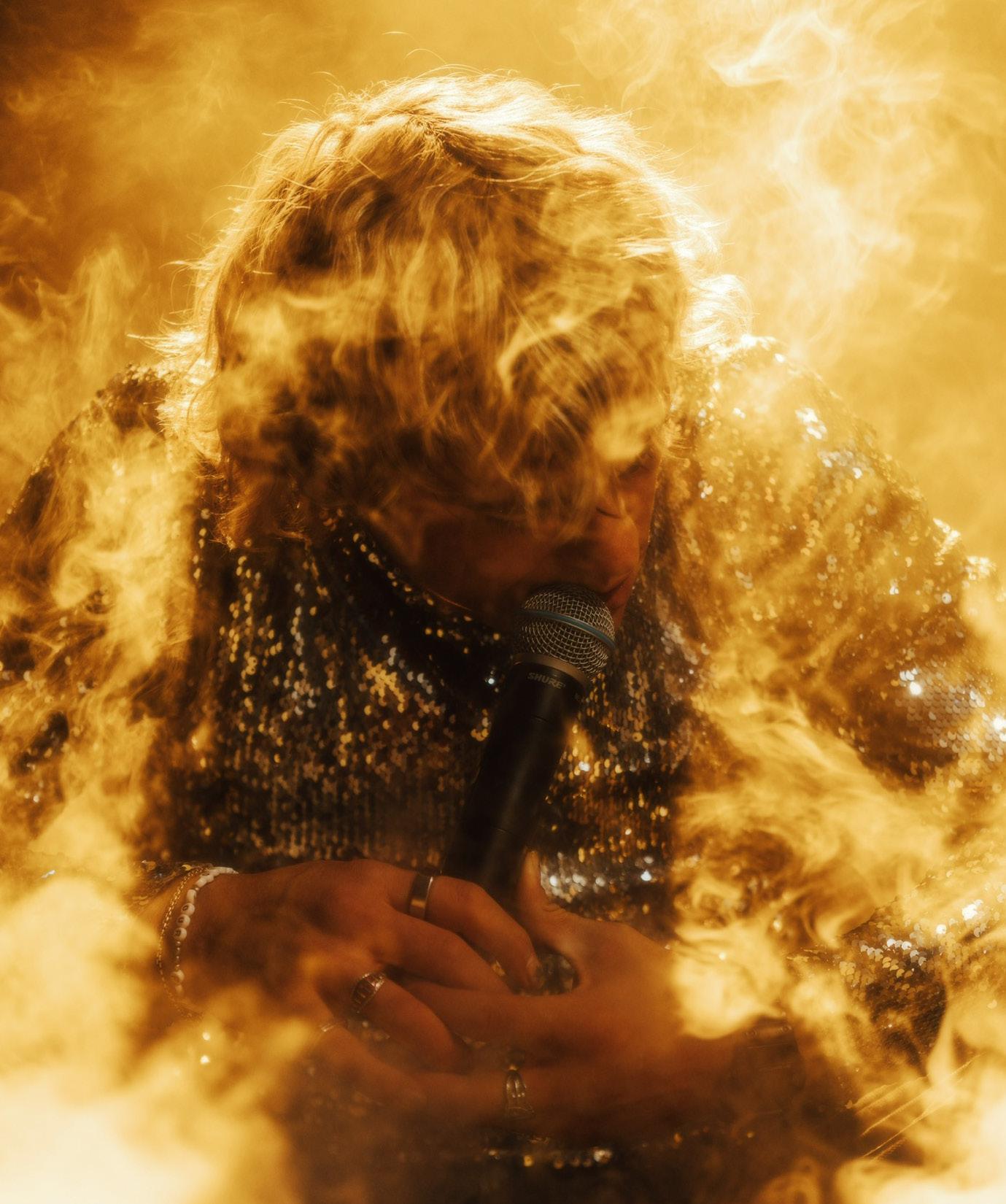
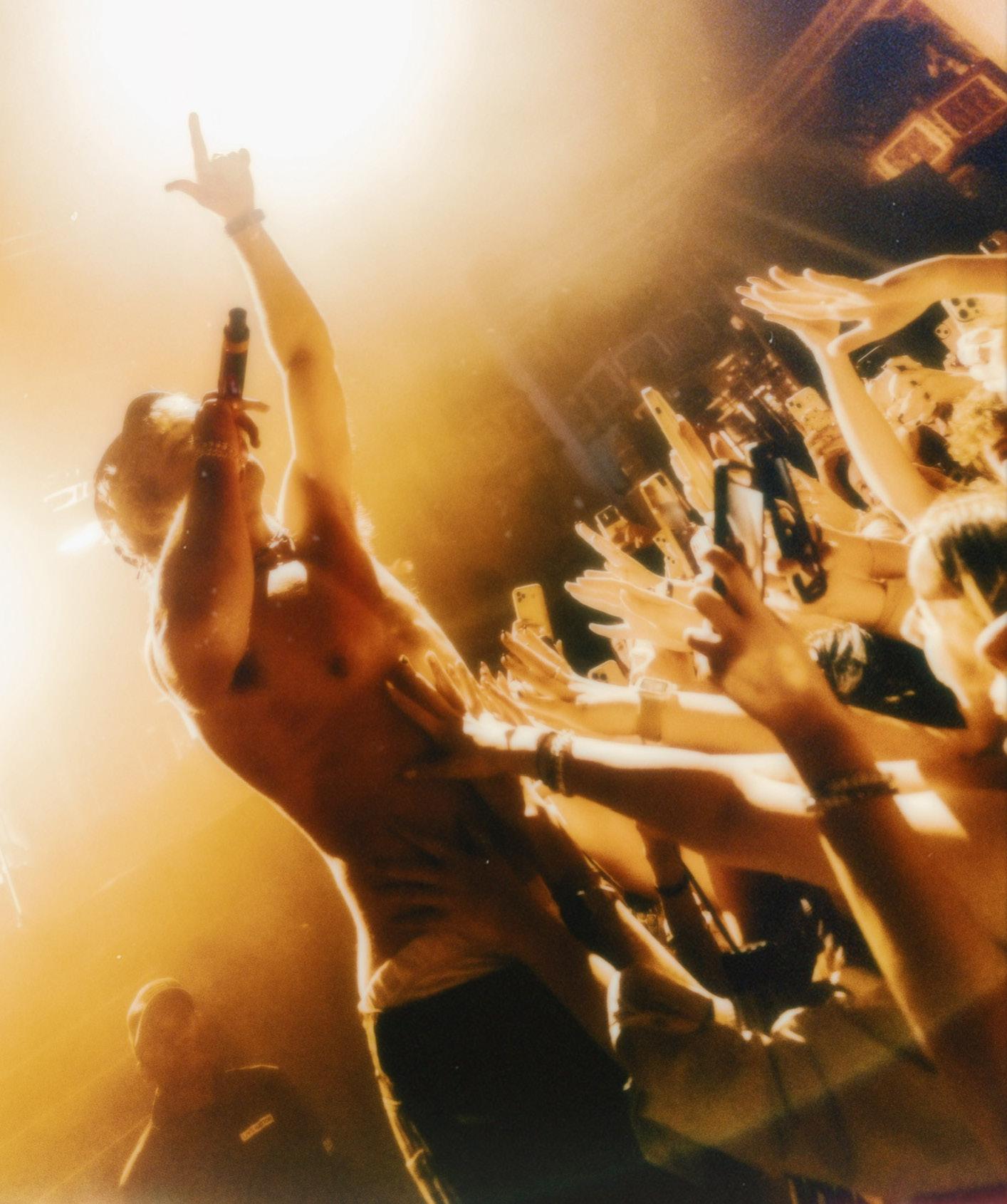
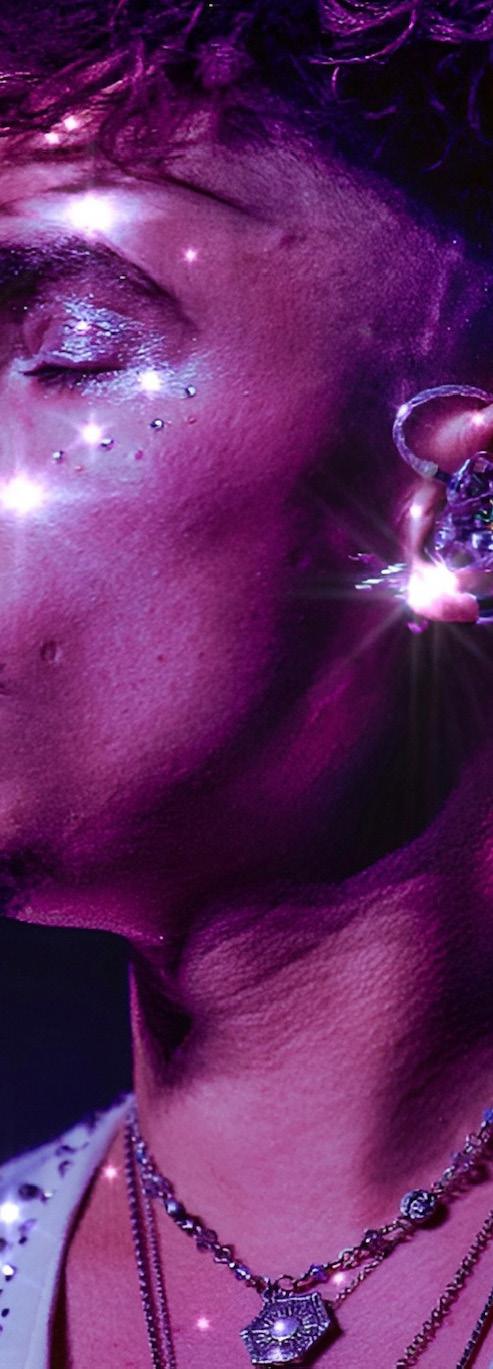





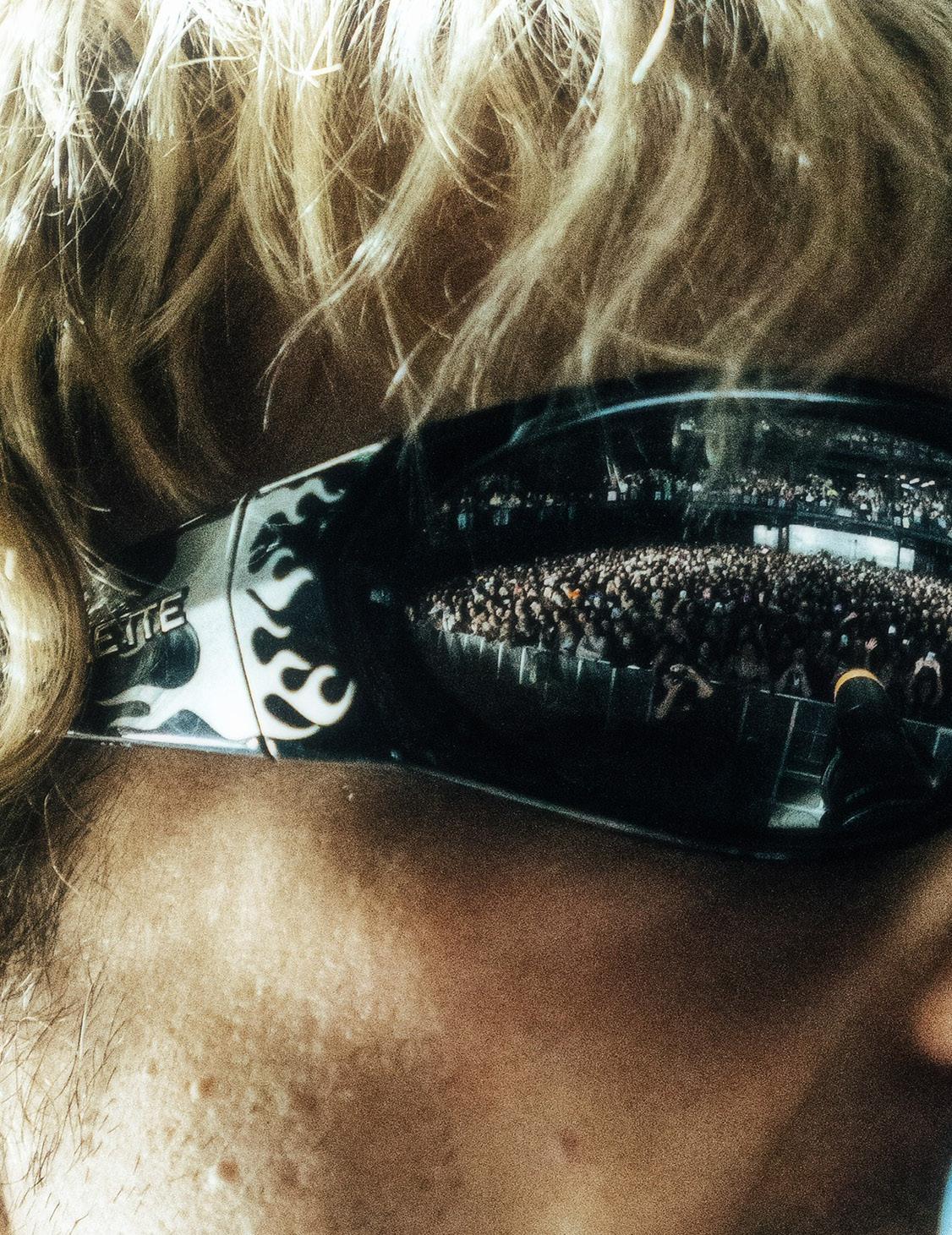

WILLIAM WARK
William Wark is a 19-year old Columbus, Ohio based photographer, capturing moments in time with a unique style that sets each photo apart from those taken before. His work explores the subtle details and emotions musicians bestow upon themselves and listeners through their live performances and music alone. Telling a story in each and every image, Wark has a very special way of capturing the perfect moment through a distinctive perspective, taking advantage of the “tour photographer” title for many artists around the world. His intimate, yet observant photos catch the eyes of many while his bright, bold colors keep you looking. Wark stands amongst the youngest photographers to be featured in an impressive array of publications consisting of Rollingstone, Variety, and many others.
Natalie Darakjian is a designer based in Orange County and Los Angeles. Coming from an architecture background, she expresses her creativity in interdisciplinary ways. Natalie studies Architecture at the School of Architecture, University of Southern California. She also serves as the Creative Director for Haute Magazine.
Featuring Ross Lynch
Rocky Lynch
Dominic Fike
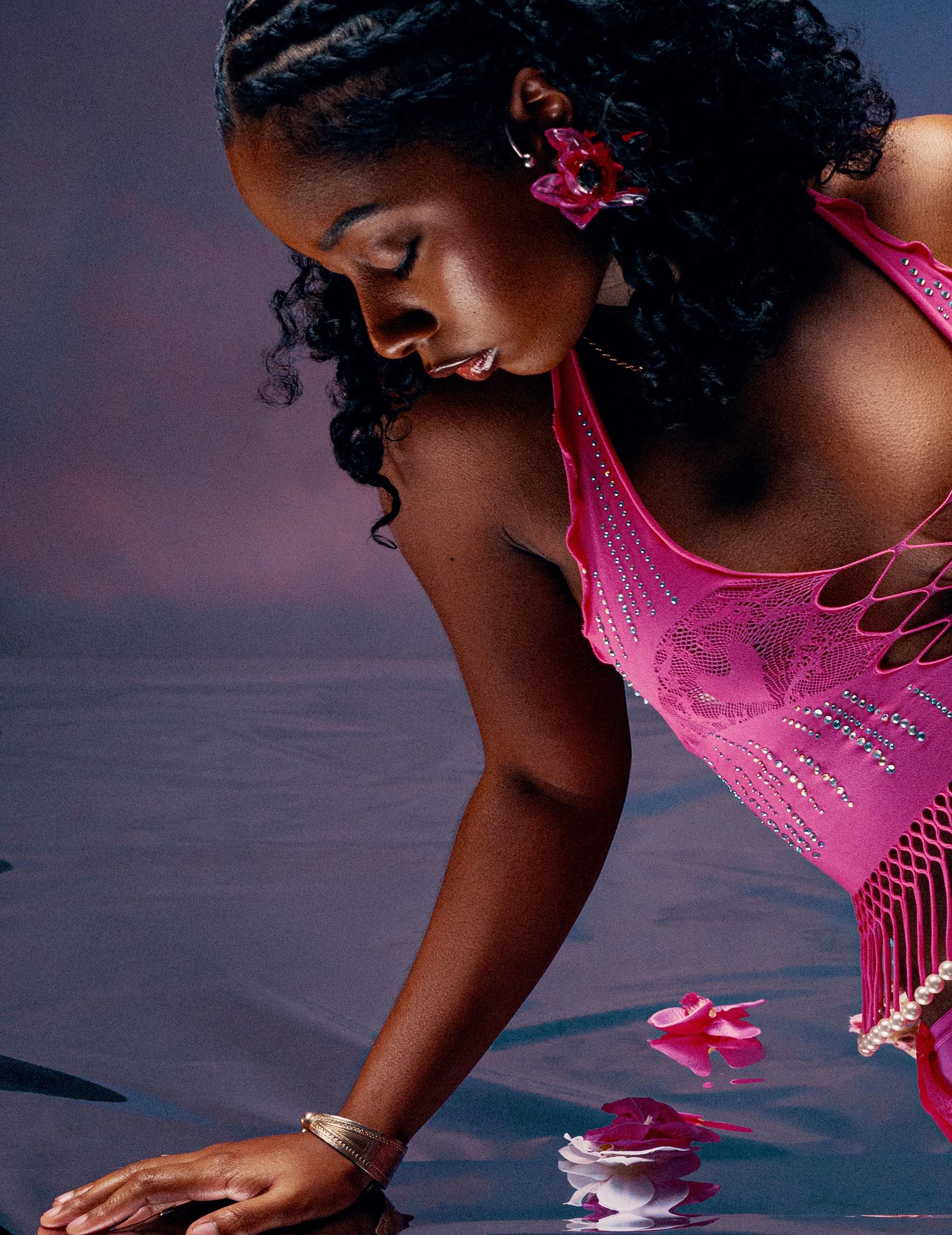



Sarina Désir is a young Haitian-American pop star from Silver Spring, Maryland with a unique and innovative approach to her artistry never before seen in contemporary music. Her style notoriously blends the genres of R&B, pop, soul, Hip-Hop and most notably Kompa– by virtue of her Haitian cultural background and an authentic inclination to traditional sound. Her projects serve as an ode to love, self-discovery, and female empowerment. Among those themes, her music is an escape realm for good energy paired with timeless rhythms “you can dance to.” Her latest EP What U Didn’t Know, including blissful tracks like “Olé” and “Say It Like,” reflect this unique style and complement her appeal to fans everywhere, inclusive of the Los Angeles area and the DMV most prominently. She is a force to be reckoned with. Stay tuned for more amazing work from Sarina.
Can you tell us about the journey that led you to become an artist? What inspired you to start creating?
I always had a love for music, just with how I grew up in a Haitian household, there was always music playing. My dad used to DJ in college, so there was always music. He always talks about these 90 speakers he has. He’s like, “They don’t make these anymore!” Throughout my childhood, I’ve always loved music, and then I think in middle school and high school there was a deeper passion for it. And yeah, growing up too, I honestly didn’t really think that was something you could do. I just thought certain people, they’re actors, celebrities or whatever, and then that’s it. It felt like people were just on Earth, and then that’s what they are. I would say sophomore year of high school, going into 11th grade, that summer, I had my first job, and I think that was one of the points where reality started to hit. Everyone’s always talking about “what do you want to be when you grow up?” and that was the moment I was like, Okay, wait, I’m gonna have to pick something soon. My answer can’t be “whatever” for much longer.
I always knew that music was something I loved. That was the beginning of the era –like, 2016, 2017–where people are blowing up off of SoundCloud and


the indie movement is becoming more of a thing. So it clicked in my mind, oh– it’s actually possible you don’t have to have a family member or connections to get into it. So, with that first little camp counselor check, I got a Bluetooth mic and keyboard off of Amazon. Had my friend jail-break download logic on my computer because, of course, I couldn’t afford it in high school. And that’s when I just started creating ideas and stuff. But then I went to college, and I think that’s when it really set in for me, because I was like, Okay, I can’t do this for the rest of my life. And something kept pulling me back to the music so 2017 was the moment in my mind when I thought, if I’m gonna try, I have to really try now.
How would you describe your artistic style? Are there any underlying themes or concepts that inspire your work?
I would say Afro-Caribbean, and pop. Sometimes I have trouble putting my music into a genre. But I think overall you could just say popular music. I’m mostly inspired, though, by my Haitian culture and the musical tones within that, and also African music as well, Latin music. I’m just, honestly, any type of music that I like, there’s always something that I can find in it. So, yeah. I would say, with my artistic style and my creation process with my producer, it’s honestly however we’re feeling at the time. Nothing’s ever really planned out to a T. It’s just literally whatever we feel going into that day.
What is your creative process like? Do you have any rituals or habits that help you get into the right mindset for creating? Do you have outside inspiration or influences– whether from nature, literature, music, or life experiences– that impact your artistic creations the most?
So to answer the first part, my creative process has definitely changed, thankfully, because I write all my songs in the beginning, and then I like to journal as well. So in the beginning, I would just write and write and write and write, not really knowing yet how to say what I mean in a smaller amount of words. So I would go to my producer, and he’s like, “Girl, we cannot fit all of this into a song and

make it sound good, make you sound good, and then perform this– like this doesn’t work”. So over the years, I’ve learned how to write stylistically in the sense that I’m still trying to keep the message. How can we get this from 500 words to maybe 100 or 50?
I would say that my creative process changes. But mostly for me, I 100% have to hear the beat first, even if it’s a melody. And, I have to like it. From there, I start writing. But I really love being in the studio. That’s why I love that I was able to find my current producer now, Cherry Beats, because we’ve been working for five or six years now. We know how we work. I love to start writing and then go back and adjust the beat and make different things. It’s really rare where I don’t do anything to a beat. That’s one of my favorite parts of the process – getting in there, doing the surgery, trying to figure out how we’re going to make this what we really want it to be.
It’s a feeling. For me, the sound evokes the feeling, and it’s what inspires me.
Something that really stands out is how your previous releases blended R&B, Pop, Trap, and more, yet What U Didn’t Know marks a distinct shift—embracing Afro-Caribbean and Kompa influences that you’ve grown up with and deeply love. Why did this feel like the right moment to fully lean into these sounds? And in taking this step, do you feel it helped you further define and solidify your artistic identity?
Yeah, that’s a great question. There were always trails and hints of it in my previous projects, and then those always ended up being either our favorites or fan favorites off the project. With Glass Paradise in 2020, there were hints of the Caribbean and Afro. With the Deluxe, we gave more of those vibes.
It was always there. Fun fact, when I first met my producer, he was like, “Yeah, I don’t know how to
do it. I don’t do that. I don’t do afro.” He was strictly R&B and hip hop. I was like, just try, we can do it. And now he’ll send me the craziest beats. This is someone a few years ago who said he could never do this - you just have to try and as I’m getting older, trying to figure out more of who I am and my identity and where things make sense, it’s just trying not to force it. It’s just trying not to force it because, especially being independent in the beginning, I have the goal, I want to be a pop artist, this and that.
So I was thinking, getting into all these different genres means everyone will have something, but no, you have to focus on one thing first. So you can have your sound, and you can hone in on it and get better at it. That’s really important. Even with this one, we still kind of have that hip hop song, Lotus. But as for the title, “What You Didn’t Know” - it’s what you didn’t know about Sarina - this is who she is, musically and as an artist.
Sometimes, when I look back at some older videos or the things I can just see it’s just not natural compared to clips of me now. Even in my performances, performing is so much easier, because I love the song so much, and because they’re more natural, and they mean more, performing is easier, and I didn’t even click to me until after this got released. I still, of course, get nervous, but compared to before, it’s down a lot. I can actually have fun on stage now - which was the biggest difference. And I was like, Okay, this is fine. It feels like second nature. I was like, this isn’t supposed to be stressful.
What U Didn’t Know isn’t just a collection of songs— it feels like a glimpse into something deeper. Was there a specific concept or emotional throughline you wanted to craft with this project? And in what ways does it serve as an extension of who you are as an artist?
That’s a great question. This is what’s funny in hindsight. So usually we have a bunch of songs we

do, and certain ones, we’re like, “No, we have to save this.” We don’t know what it’s for yet. For example, “Say It Like” – it’s on the project. I wrote that in 2021, and at the time we wanted to wait till there were a little bit more ears and eyes, because this is special. Then in 2023, in a random studio session, I made “Damage” in four hours. But when he pressed play on that beat, me and my bassist were in the studio, and we were like, “What is this!?” I just instantly started hearing the lyrics, we got into that. It was only after those two songs where I was ready to do an EP. We want to do a project. So that’s when a little bit more of actual intention came in.
What do “Say It Like” and “Damage” have in common? What are these themes? Jeremy, Cherry Beats, my producer, he knows how I work, so I think with the beats he was using the same instruments to create that flow, but in different ways.
“Olé” was next. Fun fact about Olé, the original beat, it was a job. I was like, I don’t like this.I was gonna completely give up on it. But if I do that every time, I’m not gonna like it. It shouldn’t be easy every time. So I challenged myself. I thought, okay, how can we get back? We sped it up. Changed the key, added those core Haitian elements: the keyboard, the synth sounds. And, that came about. I think for me, that was one of the songs that I put the most care and intention into. If you don’t do it right, it can be tricky if you like genre bending. You can do all these fun things, and there aren’t really rules. But with Kompa, there are rules. So I was like, okay, I kind of have to follow some rules and change things here and there. Lotus was last. I was like, okay, we’ve done only five songs. And then my producer was like, “I think we need one more.” I was like, “No, I don’t want to do any more songs. I’m done.” He did Lotus and then I loved it. I was like this is kind of perfect, because I love getting into my island Island bag, but I also love trap music. Most of the music I listen to is either Latin or trap or Caribbean, but especially in the summertime, trap music down. This is how we can incorporate it still– not too extreme like in the past, but give a piece of what I personally like with what makes sense on the project.
With What U Didn’t Know, we also saw a striking evolution in your visuals—energetic, vivid, and ethereal. They feel like a perfect match for the sound and lyrical themes of the EP. Can you take us through your creative process in conceptualizing these visuals? How do you ensure they align with each song’s essence? And in what ways has this medium allowed you to further define your artistry and express yourself in new ways?


First, I have to give most of the credit to my photographer, videographer, and Creative Director, Cameron Elysia– another person I met in 2018-19. I’ve been working with her for five years. Basically almost everyone on my team, especially Cameron and Jeremy, have been in it since the beginning. We’ve all seen each other grow and evolve, and that’s been really beautiful.
Cameron knows me. We know what we like. In the same way, when I hear a beat or a song, I can see either the video or the vibes. Where would I want to be when I’m listening to the song? What would I want to see? Mostly, I’ll admit it’s not too deep, because my favorite color is pink, so I threw it anywhere I could. I wanted the visuals this time to kind of match that as well and not take itself too seriously, because that’s also how I create. Before I used to be so hard on myself, but with EP especially, I had a lot of fun. If something sounded stupid to me, I was like, okay, whatever. Let’s even it. In the end, it sounded cute. Does it have to be deep all the time? Because I feel I was my own enemy in that sense. I don’t know why everything has to be deep and have a double meaning. Sometimes it could just be fun. Not everything has to mean something, and that’s the beauty in it. Each listener can find their own meaning in it.
Overall goal, I want to be known as a visual artist as well. I want my music videos to tell stories. I want them to be intentional. I just don’t want to do a music video to do a music video. And that’s how I feel about Olé, so that’s coming soon.
How has your creative process and musicianship been different or elevated since you’ve implemented Haitian cultural influences? Do you feel a sort of pressure in doing it now because of your background and admiration for your culture, like has that built a sort of expectation amongst your audience?
I would say the opposite. I think maybe before, subconsciously, I was scared of that. Culturally, we can be very judgemental, and it’s black or white with us, it’s either we love you or we don’t, and when we don’t, we make that extremely clear. It was freeing. I would say that’s the difference, because to see the reception, and to see people messaging saying, “oh my god, another Haitian girl!” Or finally, someone who’s pursuing something like this, and that looks like me. I get a lot of DMs from other young Black, Haitian girls. This actually means something, because that made me realize I didn’t have that growing up.
We definitely had a lot of Black representation, but not specifically Caribbean/Haitian. There were famous Haitian people, but to also be pushing the culture at the same time, is what’s the biggest difference for people – you’re not only Haitian, but you’re incorporating Kompa into the music. That really makes you feel good. Just as you find out someone likes your favorite show or your favorite movie. it’s a connection, I can relate to you.
So honestly, it’s been freeing. Even for my performance style, I always love to watch performance clips to study how a lot of Haitian artists perform. It’s almost like they’re in their room, or they’re so chill but it’s still a performance, and it’s fun. There’s no nervousness. It’s really natural and something that they genuinely want to share. That’s what I love about it. When you have a song that you love so much you genuinely want to share it. I think that’s been the biggest difference for me. So not only I want to share this song because I love it, but also it’ll help put people on to this culture, to different things they might have not known before.
Something that really stands out about you is how much you value touring and the energy of live performance—it’s clear that sharing those moments with your fans is something special to you. Can you take us into that experience? What does it feel like stepping onto the stage, connecting with both longtime fans and new listeners in real time?
I think I love it even more because I didn’t have it. I released my first project in 2020 right before everything shut down. We had all these plans, but the first time I ever performed my own music was in 2021. That was Glass Paradise. Everyone still kind of had masks and stuff like that, so there was a connection, but I was so nervous. It was an
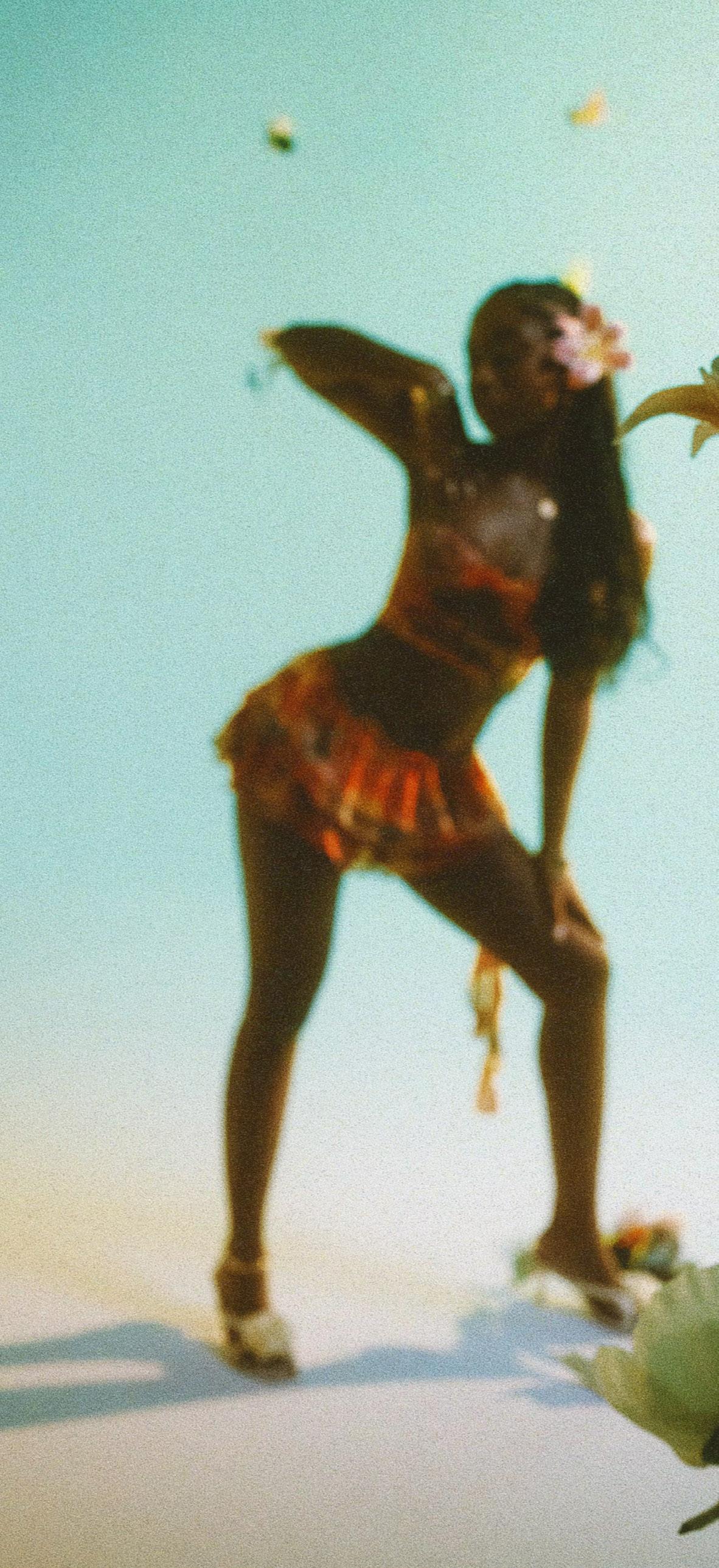

okay performance. I didn’t know the aspect of the connection because I am already naturally an introvert.
It was really 2023 where I had at least five performances consistently back to back, from summer to fall. I realized having those reps in is what’s important. It’s what gets you more comfortable. In the beginning, I’m thinking of so many things. I’m thinking, “Oh my god, am I gonna sound good? Oh my god, does this look good?” I’m not even thinking about just being natural. But I’m thinking of so many things that just don’t make a performance that great.
By the end of 2023, I could see the difference. I got one of my biggest opportunities to do the Bio festival, where I thought I was ready, but I wasn’t. However, I was so grateful and thankful. Even certain shows that maybe I didn’t want to do and stuff I’m so glad I did, because I would have completely fumbled that opportunity.
I was so shocked. I was not nervous. That was a moment that also changed my perception and thinking when it comes to doing shows. It’s supposed to be fun. It’s supposed to be you sharing that enjoyment with the fans. They’re here because they chose to be here. No one is holding them hostage. Once I realized that too, I thought, “Oh my God.” People know you’re here. They know what you’re going to do. They want to see it, so do it.
I hope that stays one of my favorite things. I know a lot of artists don’t really like touring, but so far, it’s been my favorite thing, because I can see and speak with people. For the longest time, I was like, “How real is this?” since everything’s online and digital. So, the likes and everything are amazing, but I would always feel unsure in the back of my mind. Having that double confirmation of actually seeing someone singing your lyrics and then coming up to you, telling you how much they love it, holds more weight to me than likes, comments and stuff.
Our latest issue, Transcendence, explores evolution, reinvention, and rising beyond expectations. When you hear this word and these themes, how do they resonate with your journey as an artist? In what ways do you feel you have transcended throughout your career—whether in your sound, your artistry, or the way you connect with your audience?
I love that question because my music is me. I feel as I’m transcending as a human being through my life experiences, it always connects back to the music. For example, when I started college, I didn’t feel that I couldn’t do this, I was in a dark place, and then it pushed me more to take this leap of faith and get into music. It’s always this type of pattern where I get to a low place in my personal life, deciding I really don’t want to do this and I really can’t be here and then it helps erase that fear of doing the music and putting myself out there.
Even with my music, because I don’t want my circumstances to stay the same, I push harder. Maybe I’m more vulnerable on the next song or I’m more open with fans, with people who ask me questions, and then not being afraid of it. I’m an introvert, and then growing up in Caribbean culture too– talking about feelings is just not a thing. So the music was really a helpful outlet to be emotional and vulnerable in an appropriate, sound setting. From doing that, it made talking about it a bit easier. I just grow and learn more about myself, become more confident, and then again, I try to put that into the music.
We all have different life experiences that have brought us to this place, even though it’s through different outlets. That’s why I really do love talking to other creators, because sometimes the stories you’ll hear, you’re like, “how are you even here right now?” That’s how powerful it is to me. Art and music– some people might think it’s unhealthy– but everyone has their thing. I’m like, this is my thing. This is our thing. I think that’s important, especially in this life, where things are so hard. You have to have something to look forward to that you’re passionate about, whether it makes you money or not. I feel it’s important to have something you’re passionate about.
On the note of rising above, the music industry is constantly evolving, often presenting artists with obstacles that demand resilience, adaptability, and reinvention. How have you navigated these challenges and risen above them? And through these experiences, what have you learned about Sarina the person?
First thing I learned is that I really love it. I’m sticking with it, even though the craziest things have happened. If this happened anywhere else, I would leave – be like, nope, nope, nope.
Another thing for me is not accepting the obstacles, but knowing they’re going to come. I’m at a point where I know something’s going to go wrong. The only way that I’ve been able to stay afloat is by staying consistent. Even if there
is something that is in the process of coming true, I still keep moving as if it might not happen. I don’t know if that’s a good or bad thing, but I learned to not pause or pivot, thinking this is gonna happen. Then the next day, they’re like, “oh, actually…” It was a high and then you’re back down here again, and you’re thinking, “Oh my God. I have to start over.” I did that a lot early on, it affected my creativity.
So I definitely learned now, when things come, you listen, you hear them out, and then quickly you learn of the people who are serious and the ones who aren’t.
If there’s this opportunity that I miss, then there’s gonna be something better. That’s what happened to me. The music industry evolves so much, there might be something that doesn’t even exist yet, and that’s going to come to you versus when other things fell through. I always say rejection is protection.
To close things out, what’s next for Sarina? How do you aim to continue pushing boundaries, evolving as an artist, and transcending expectations in the next chapter of your journey?
Yeah, definitely leaning more into visuals. I think the last music video I dropped was in 2023. Being independent and having done my videos, and being behind the scenes on it, I’ve learned a lot about my team as well. So this next one that we’re doing, I’m really excited about that. I still want to continue to push this EP and specifically those two singles. “Olé,” “What U Didn’t Know,” because I truly believe in them. I’m always making music, so I already have some other favorites that are in my mind even better than what I have. So I’m definitely building this up so when those do finally drop, it’s a bigger audience and they’ll be received by more people. I think now, visually, I’m gonna lock in more. I think that’s what will fully round me out as an artist. As the title says, it’s about showing “What U Didn’t Know,” musically, and then now “What U Didn’t Know” about how I perform and what we can do behind the camera.
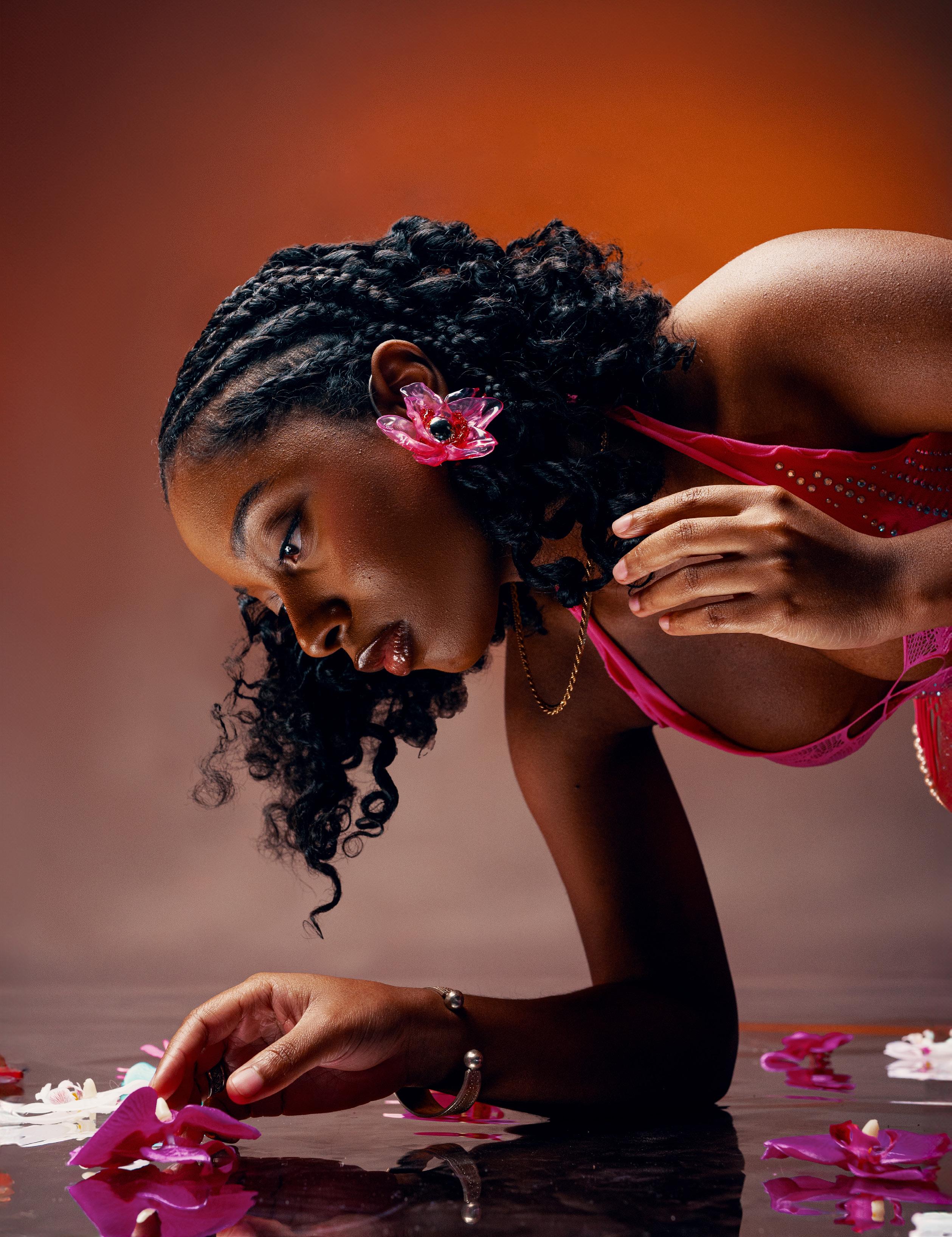

Virginia Akujobi-Egere is a Los Angeles-based writer with an emphasis on creative writing and storytelling. Her work demonstrates an adeptness to creative, non-fictional narrative through prose and poetic construction. Virginia studies Narrative Studies at the Dornsife College of Letters, Arts and Sciences with a minor in Songwriting at the Thorton School of Music, University of Southern California. She also serves as the Director of Writing for Haute Magazine.
Rohan Baru is a Los Angeles-based creative from Milwaukee. With a foundation in media/entertainment production and business administration, he strives to integrate his artistic voice within creative direction and marketing strategy across numerous mediums. Rohan studies Business of Cinematic Arts at the Marshall School of Business and the School of Cinematic Arts, University of Southern California. He also serves as the Director of Community/HR for Haute Magazine.
Nicole Leihe is a 3D artist and designer based in the Bay Area and Los Angeles. WIth a love for storytelling, she aims to convey meaningful narratives through her work. Nicole studies Game Art at the School of Cinematic Arts, as well as Economics and Data Science at the Dornsife College of Letters, Arts, and Sciences, University of Southern California. She also serves as the Director of Visual Design for Haute Magazine.
Photographer Cameron Elysia
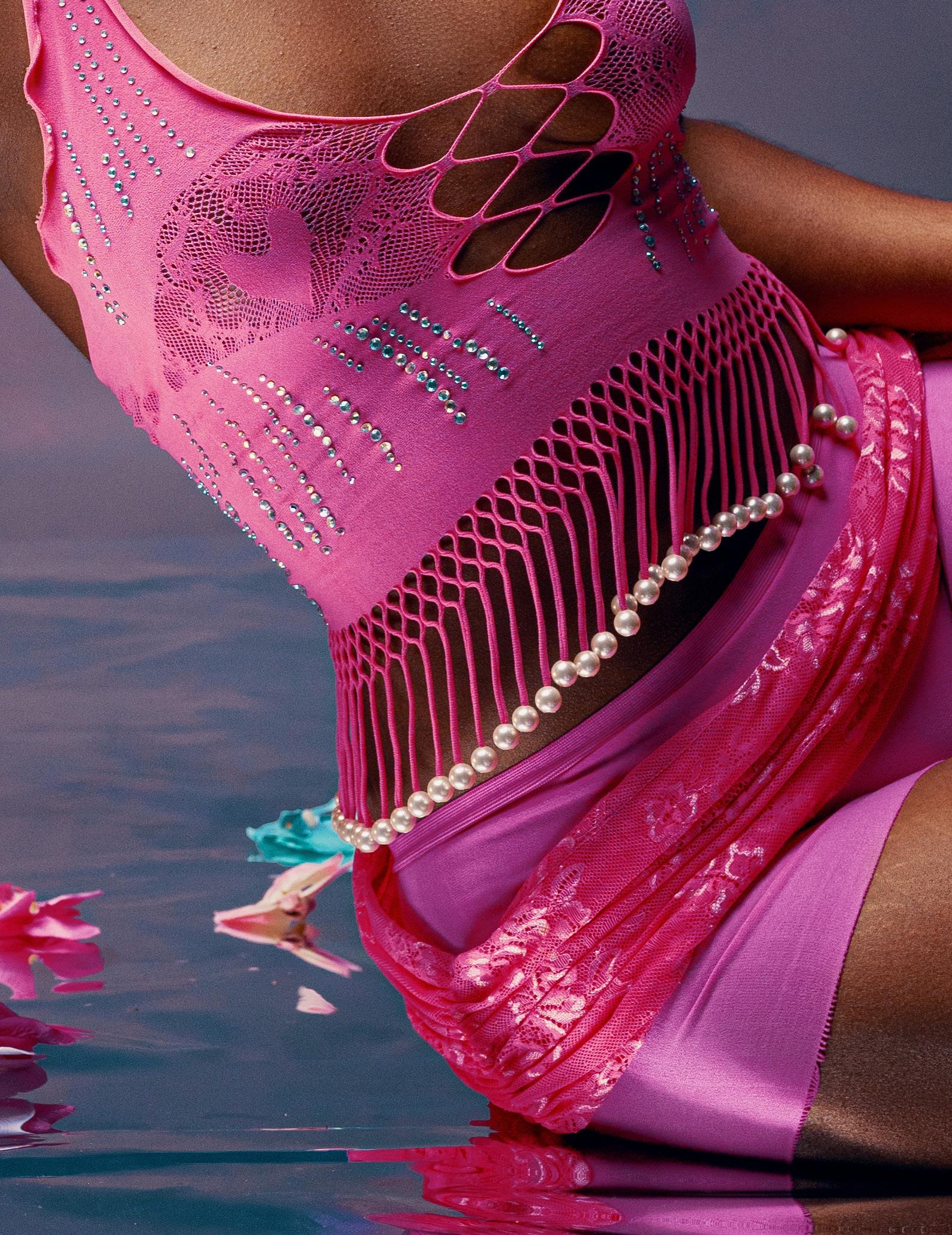
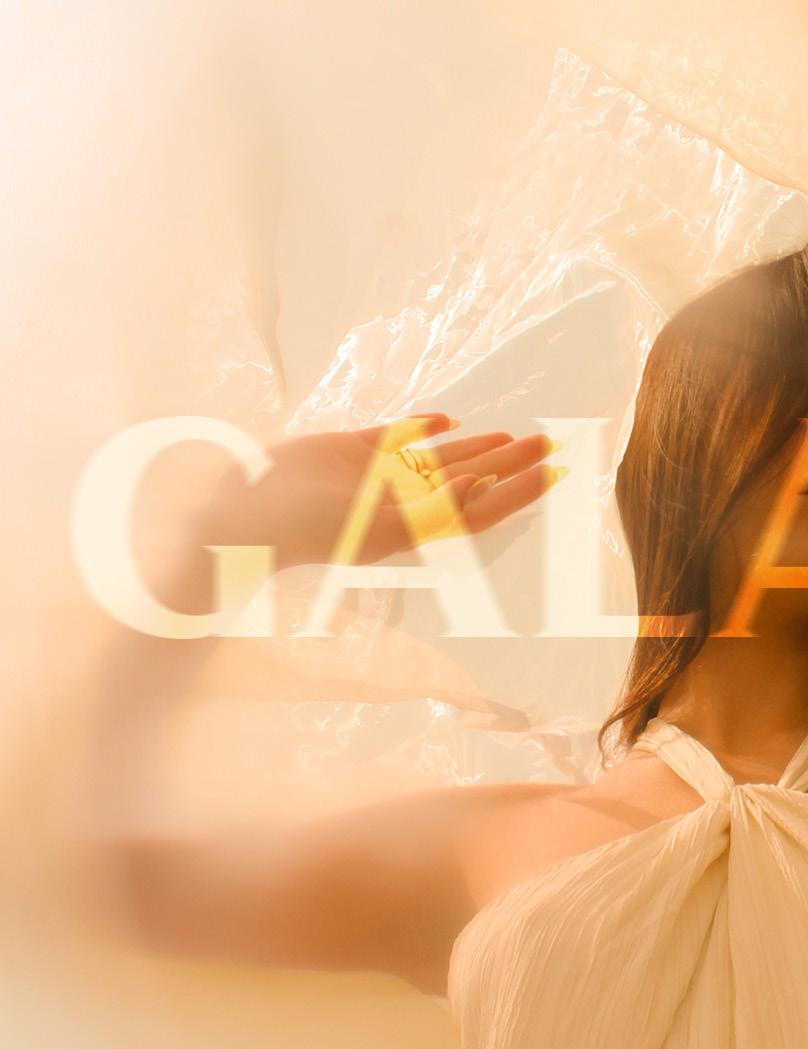



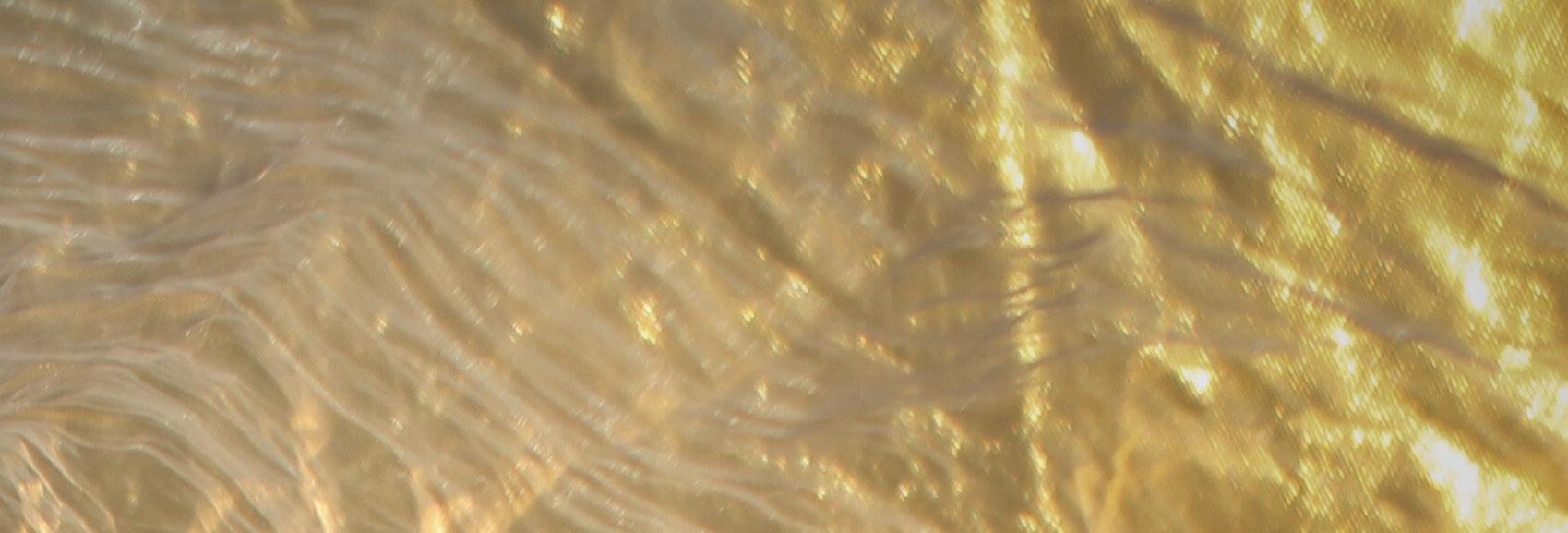


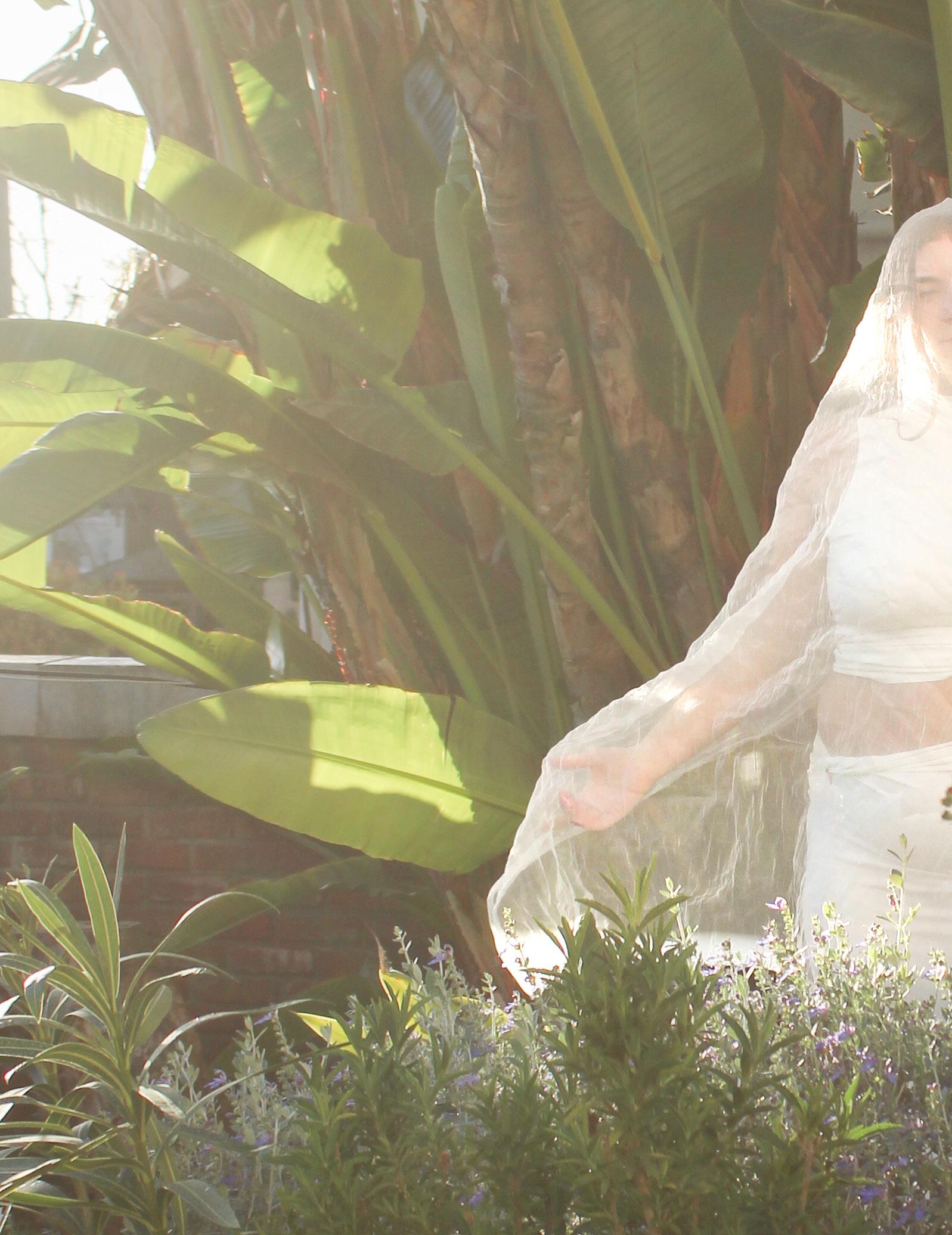
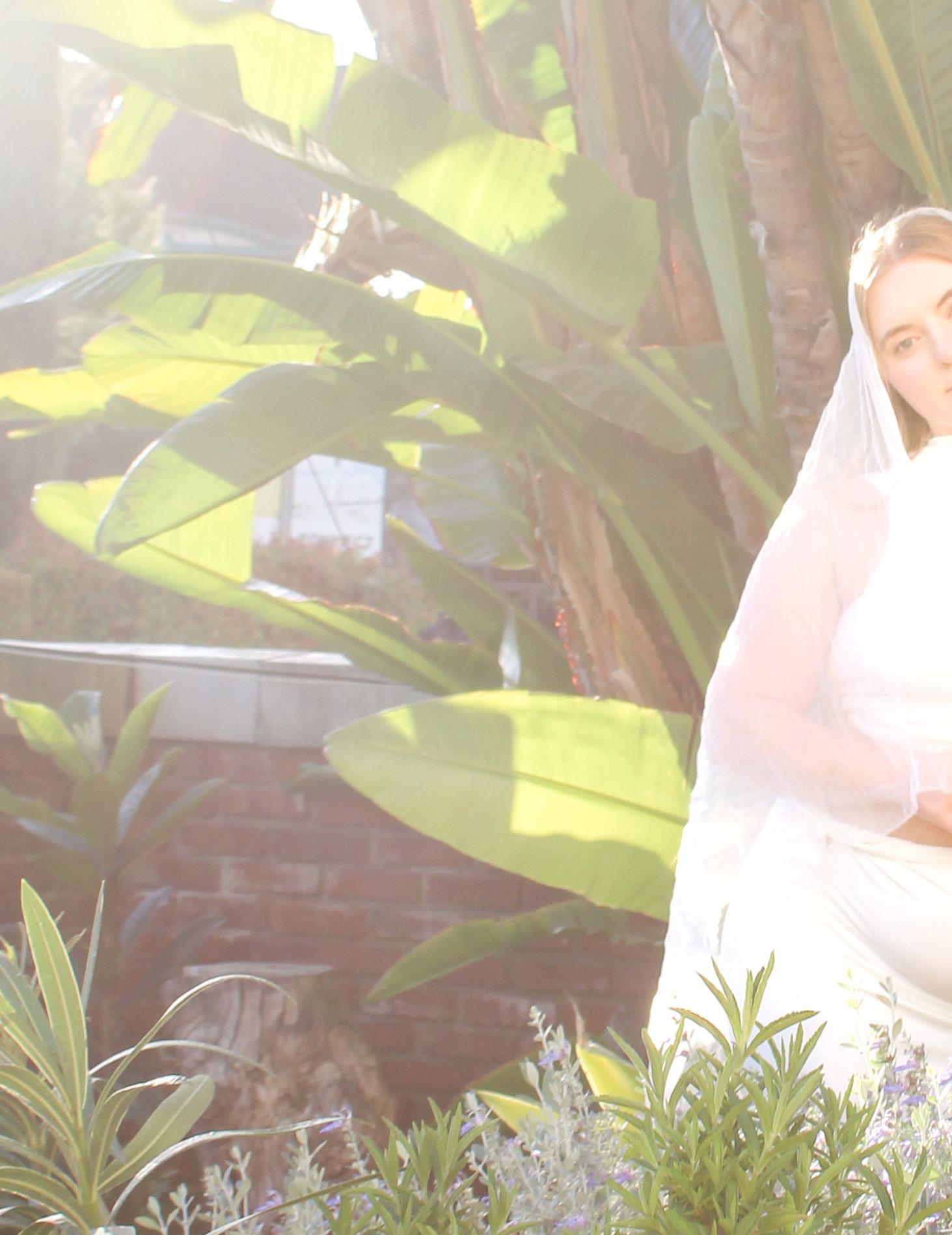


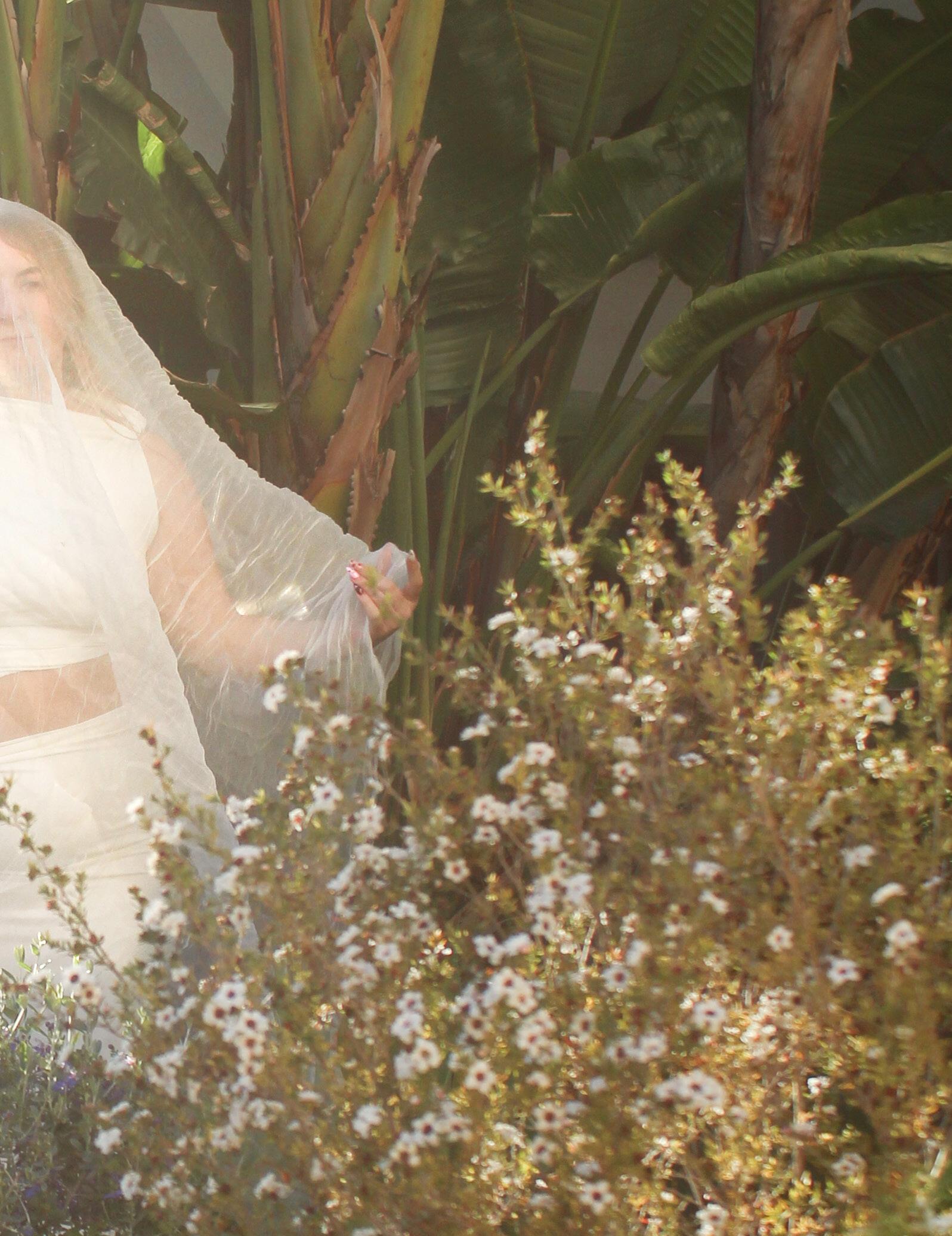
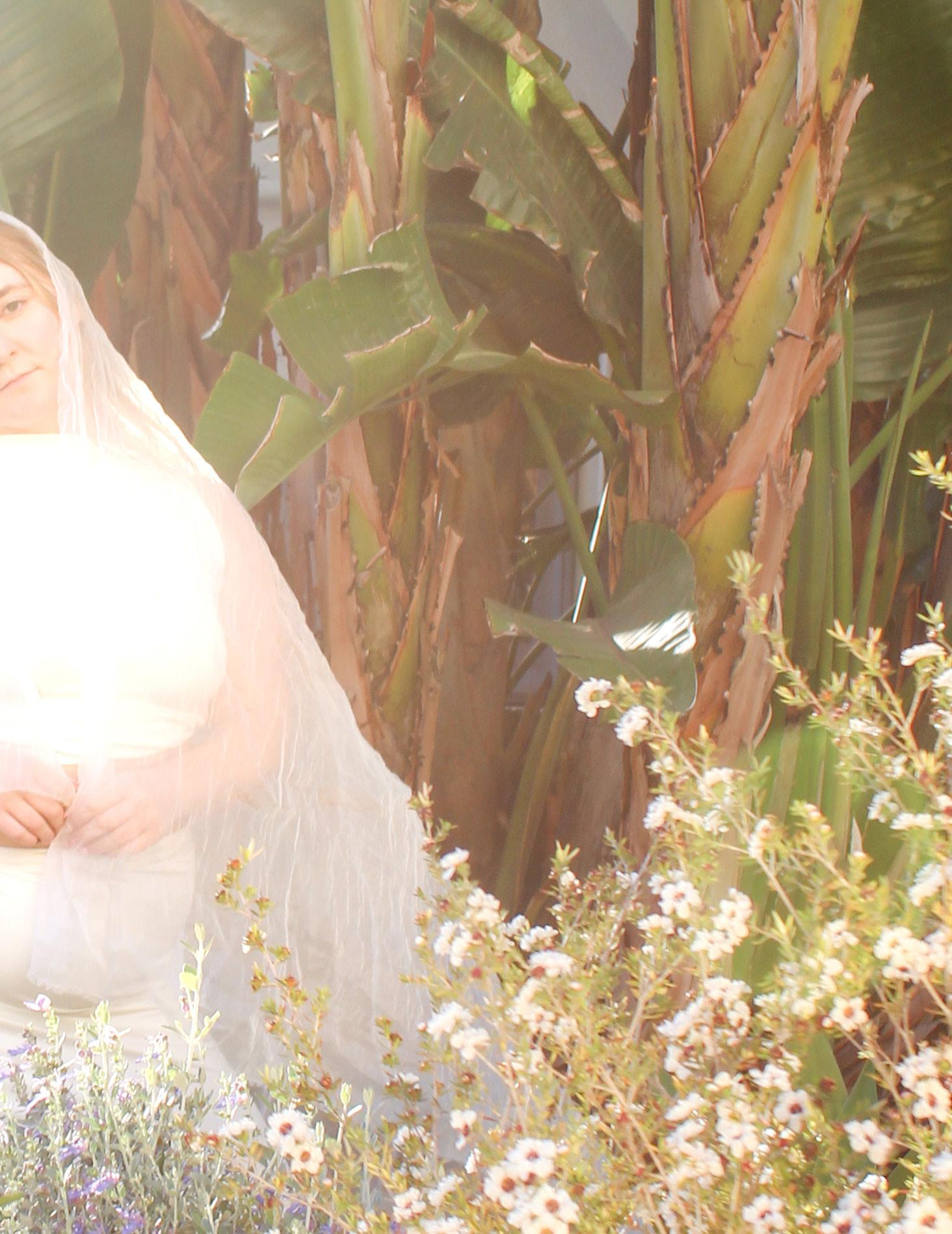

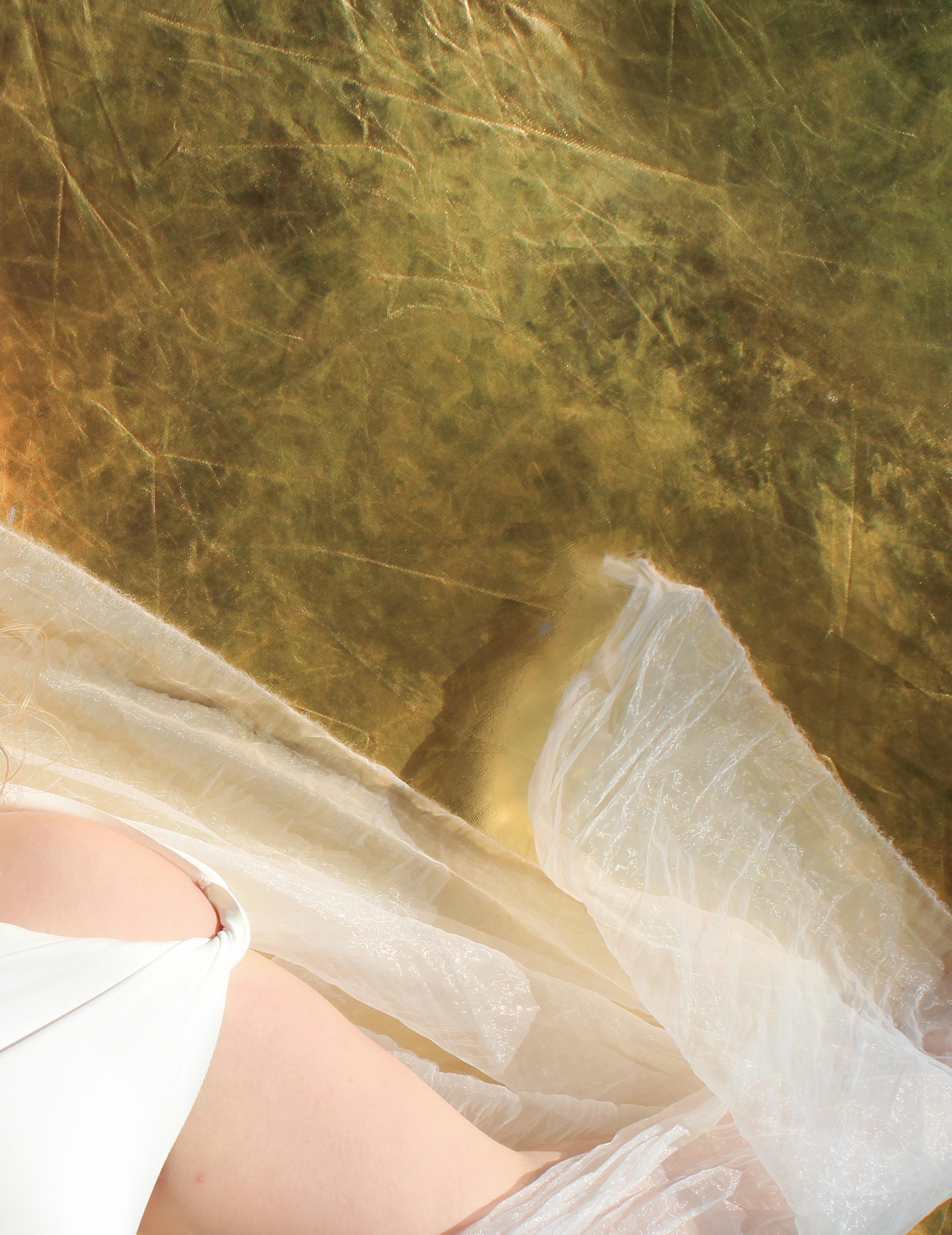
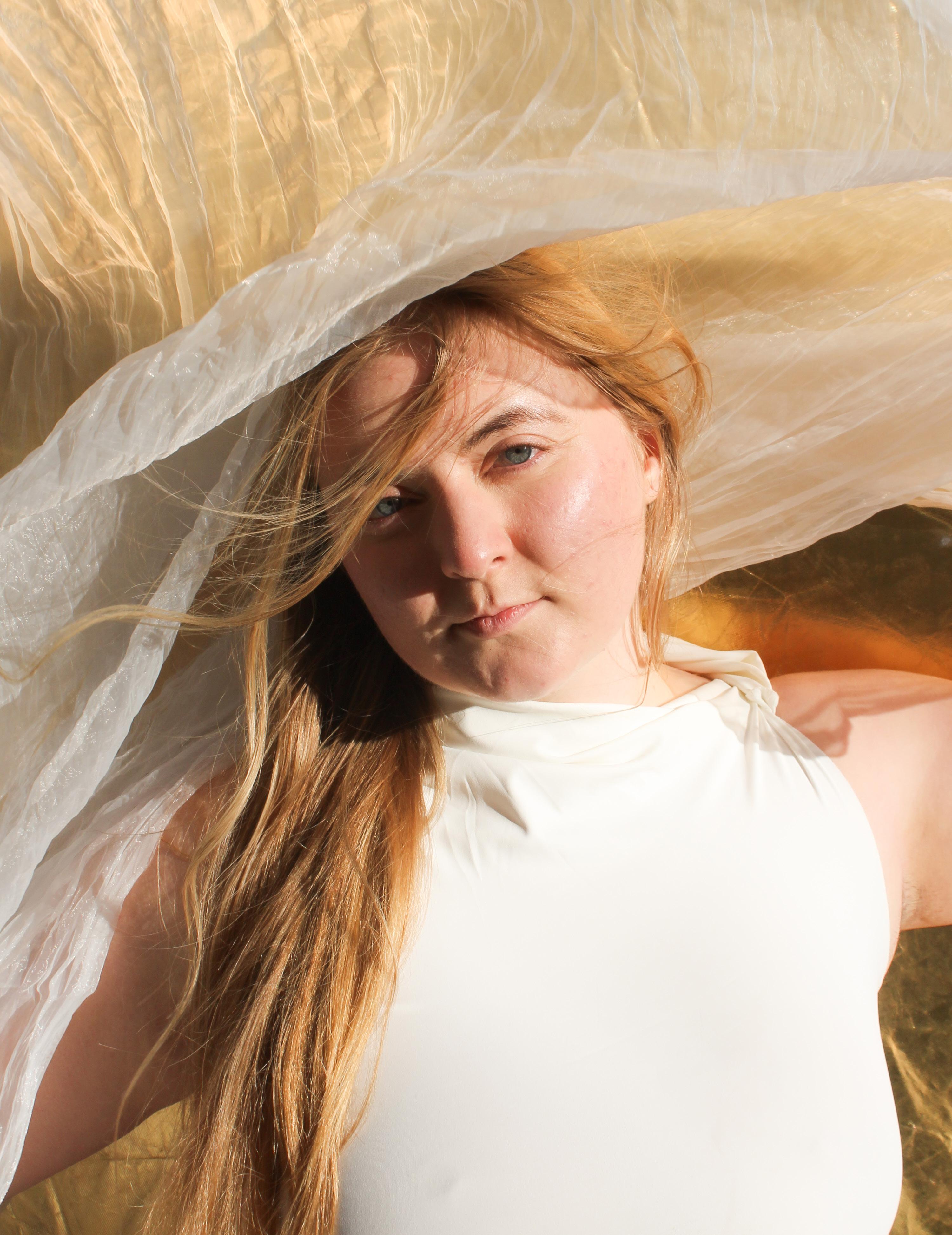




Inspired by Pygmalion, this shoot explores the power of perception — where the boundaries between the imagined and tangible blur, and the act of thought becomes an act of creation. How real is something that exists only in our mind?
Angela Chan is a San Diego and Los Angeles-based graphic designer and artist. Influenced by both her design and visual arts background, her works focus on narrative and functionality. Angela studies Design at the Roski School of Art and Design, University of Southern California.
Emma Lloyd is a Texas-based photographer. Her work explores the beauty of detail in the human experience. Emma studies Public Relations with a minor in Marketing at the Annenberg School for Communication and Journalism, University of Southern California.
Model Morgan Dodero
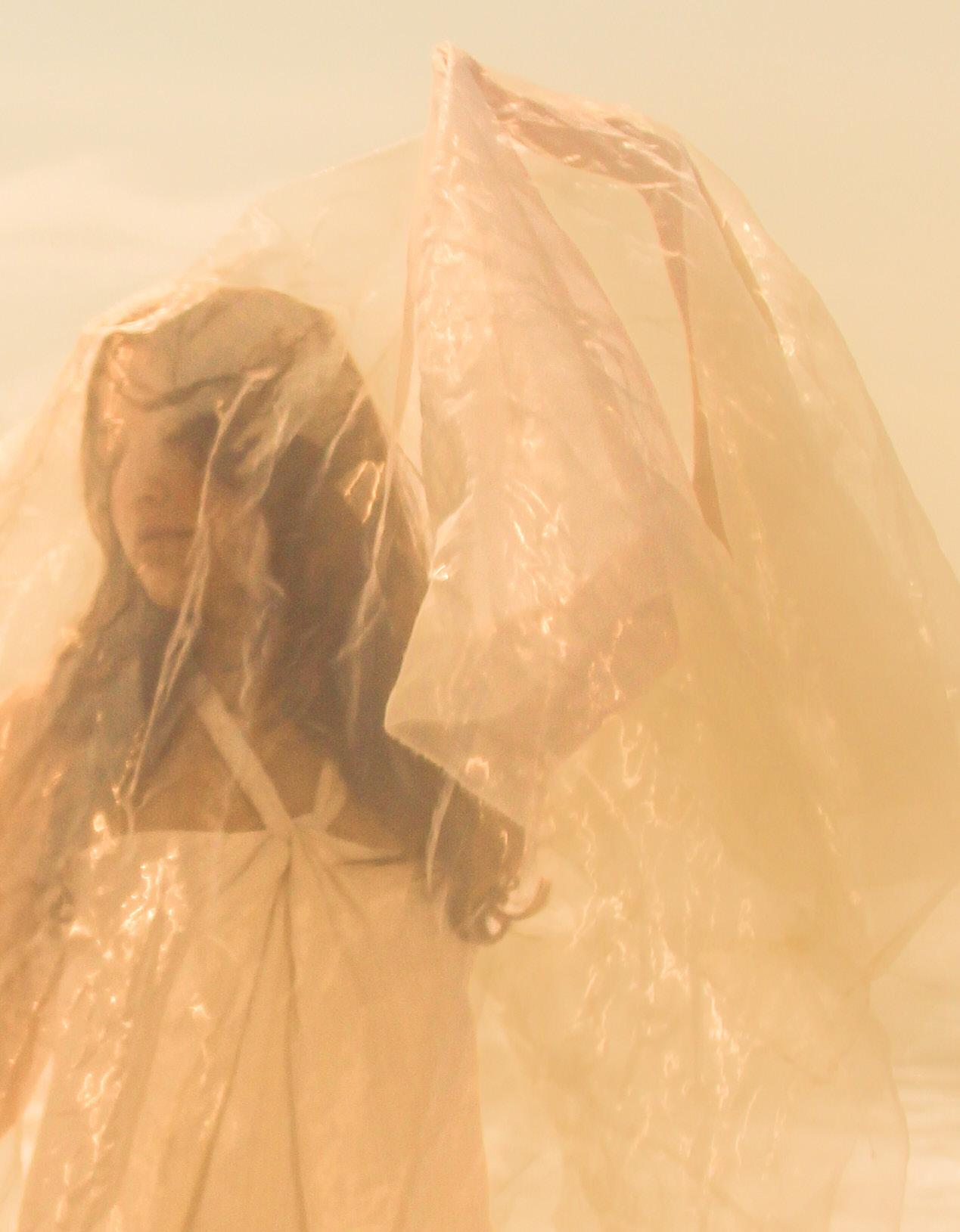


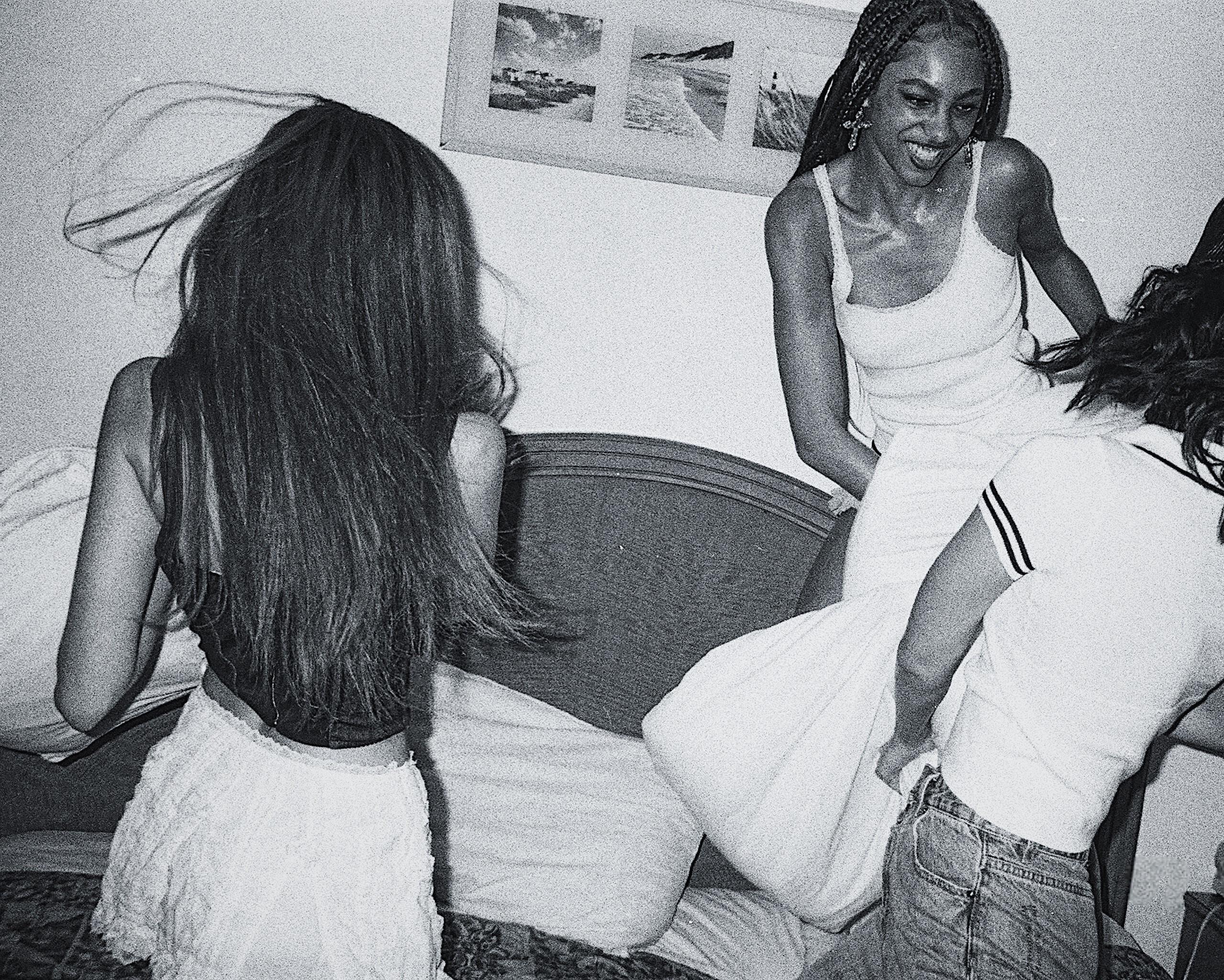
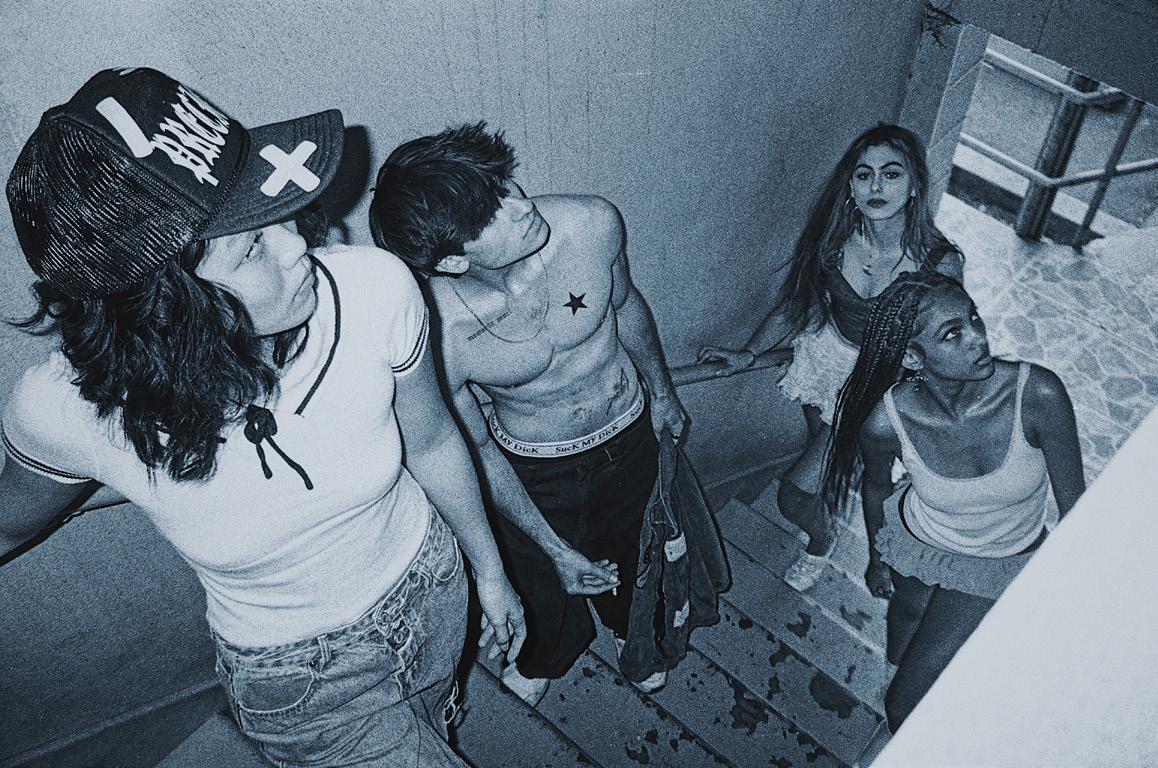
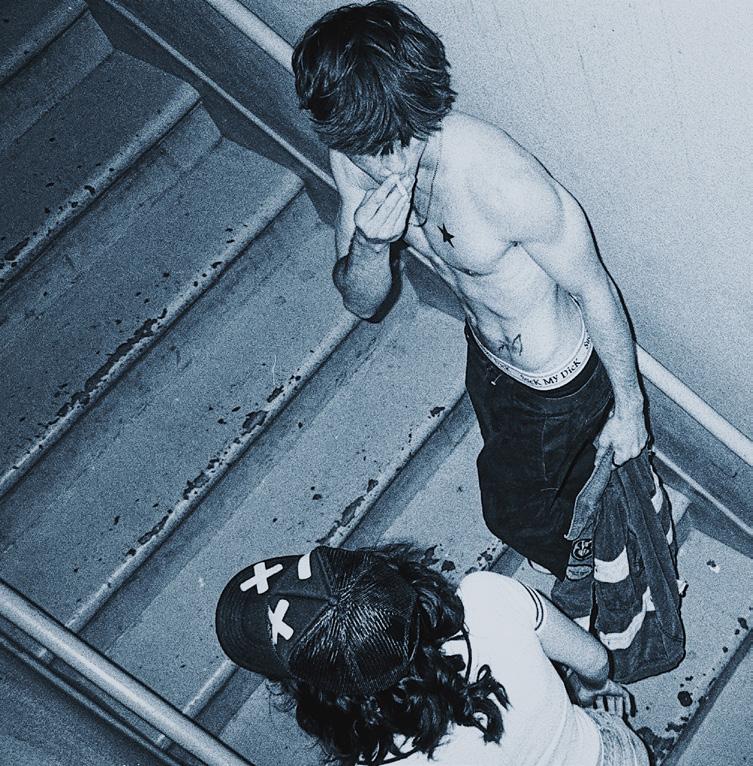

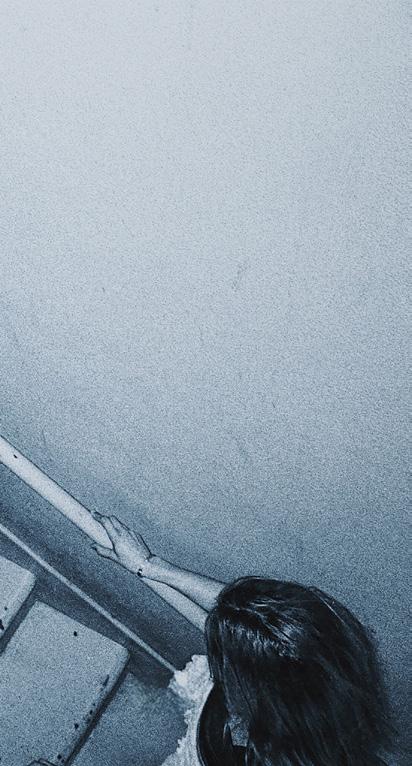
What happens when we try and measure the world?
The sound of silence is still a sound, and it rings in my ears. It’s Sunday, and churches around the world are sending praises up. But this ringing room is my solemn sanctuary.
So what if the world and all it contains will fade away?
A flower wouldn’t be beautiful if you knew it would never die. And I always thought if I could be a flower I’d be a dying peony; its head bowed, heavy and burdened by how many delicate, little petals are jammed in there—a pretty, pink mess.
Matthew 11:28 “Come, all who are weak and heavy-laden, and I will give you rest.”
What do I do when God is my burden? When God is the reason I can’t rest? I can’t stand to hear any more about God. I’m already writhing under the sound of my own thoughts.
Growing up, my sister and I were so desperate for individuality. We were the only girls, and everyone always talked about us like we came in a package deal. I took pink, she took blue. She liked sports, I liked to read. She took Christianity…I forfeit religion and gods. Our lives have just been that way.

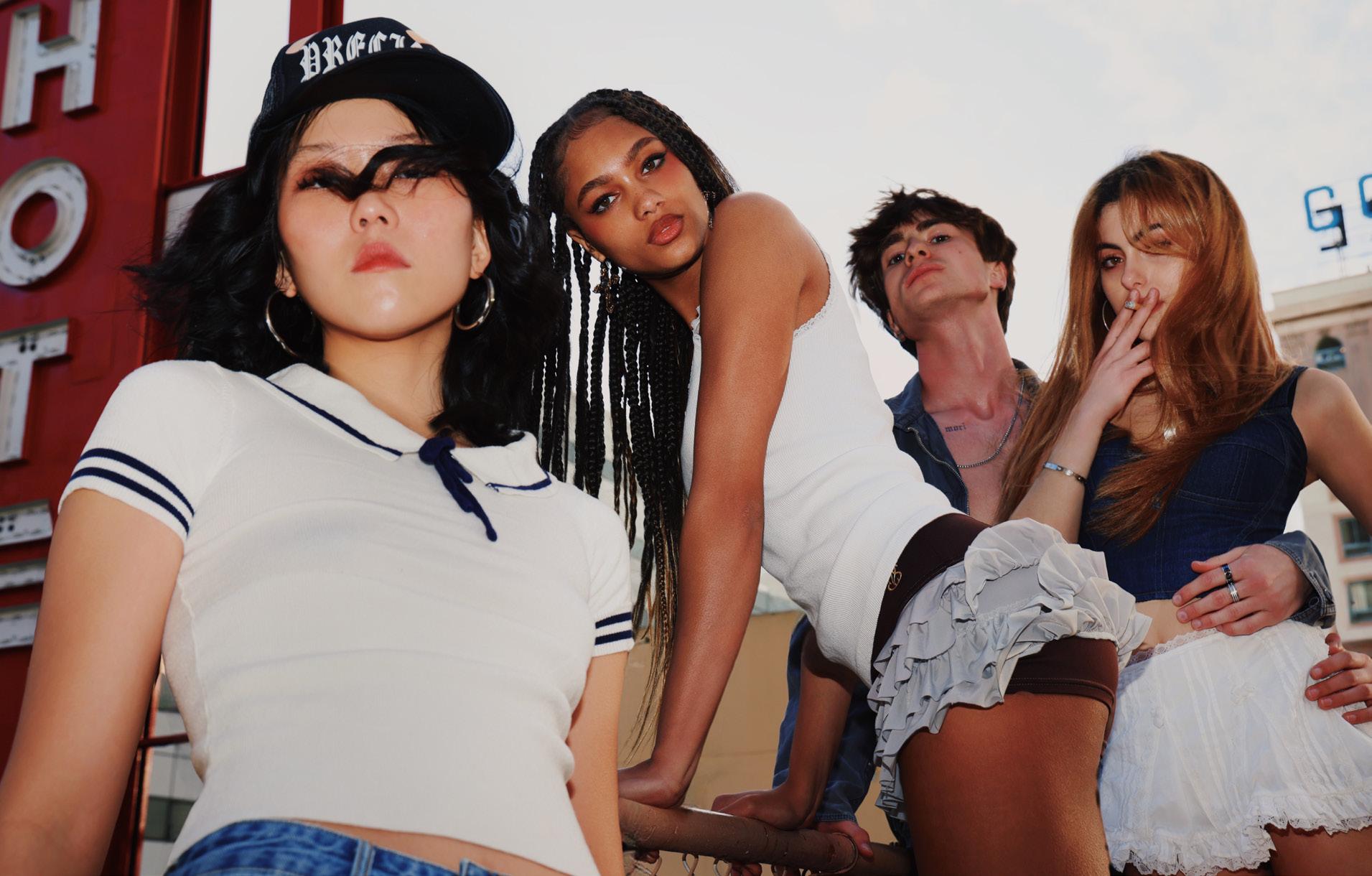
But I’ve always envied the perfectly religious, and likewise the unfazed unbeliever— their opposing versions of “peace” so perfectly undisturbed. Anything was better than the ambivalence that I’ve struck. There’s religion on the right and nihilism on the left, and I’m in the middle, disillusioned.
When I put down my God-shaped burden, finally, I felt as if I could exhale as myself in this world. God, I’m sorry—I just can’t deal with all your guilt. And I’ve come to realize that that’s all you have for me. I wasn’t born to only utter “I’m sorry” and die. You shouldn’t have given me breath if I’m not allowed to become obsessed with my own breathing.
I see God in the mundane: the grammar lessons, and the pretty faces that look at me and smile. The rain and hurried footsteps, cancelled classes and the movie nights. Maybe I’ve forgotten the mission, but I think God can just simply find someone else.
I don’t care for eternity, and I’m glad to know that 100 years from now no one will remember me. My position and struggles and joys will be replaced by another brighteyed somebody. From dust I came, and to dust I will return.
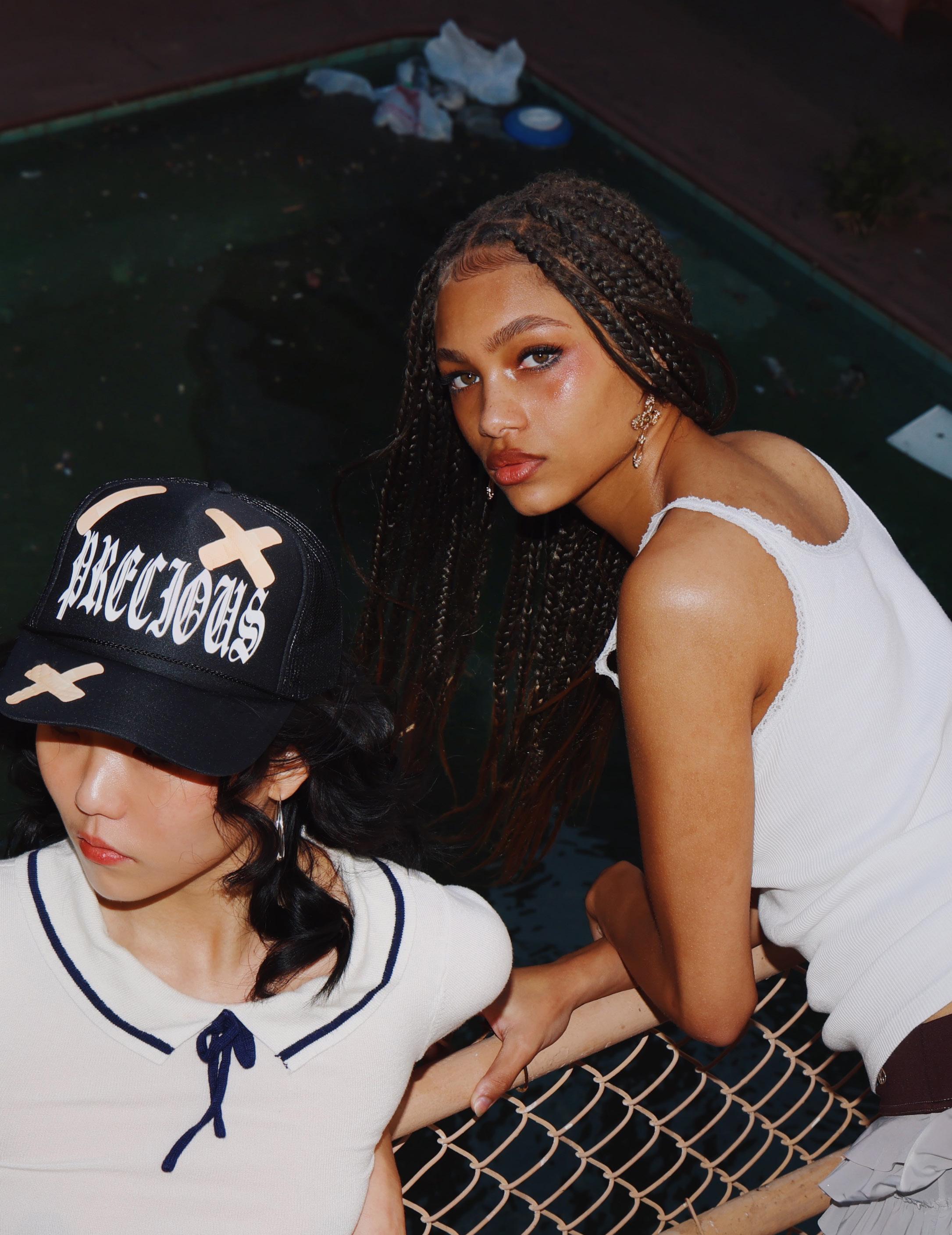

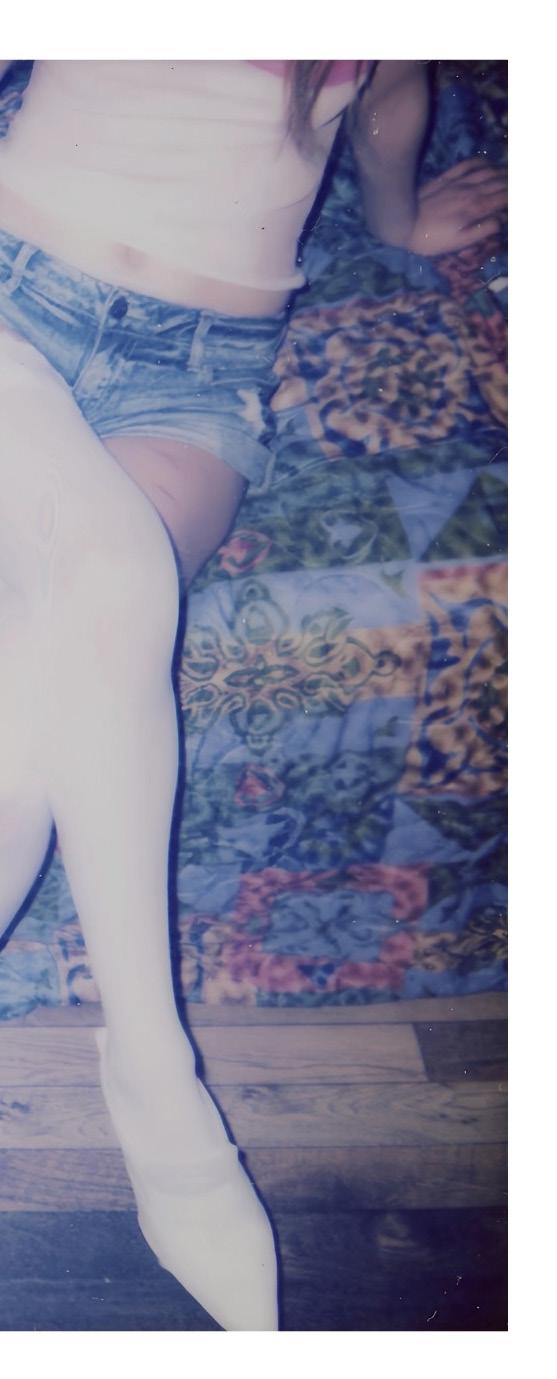

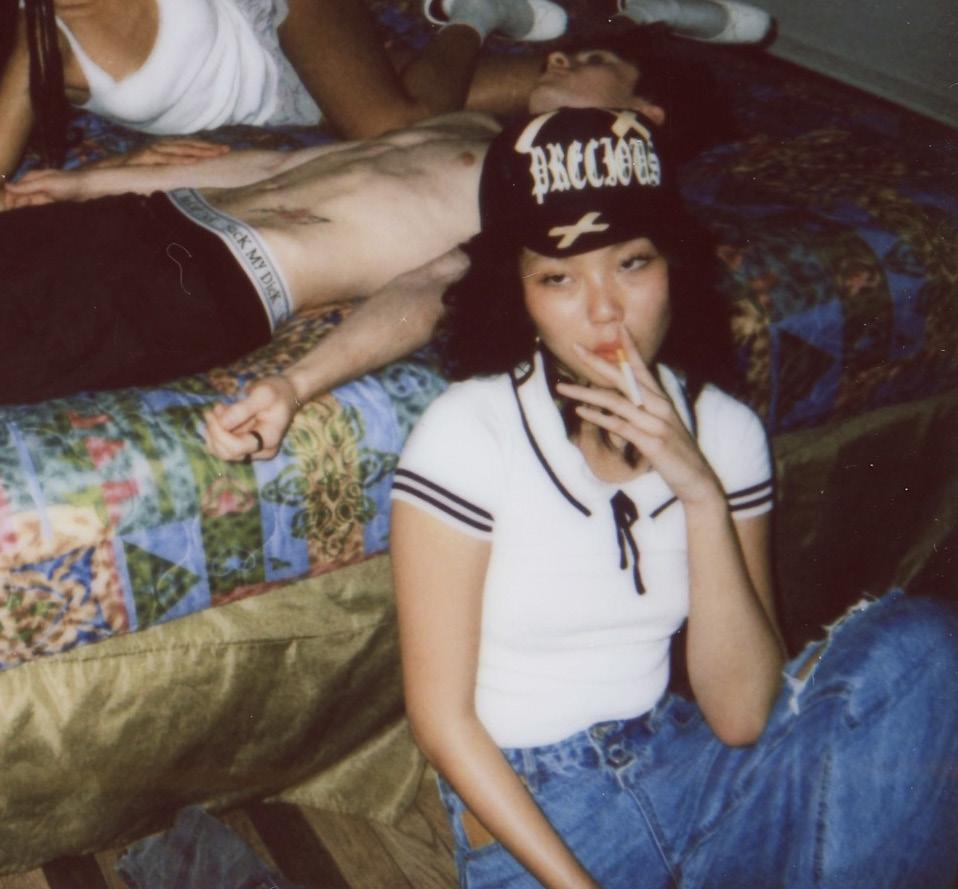
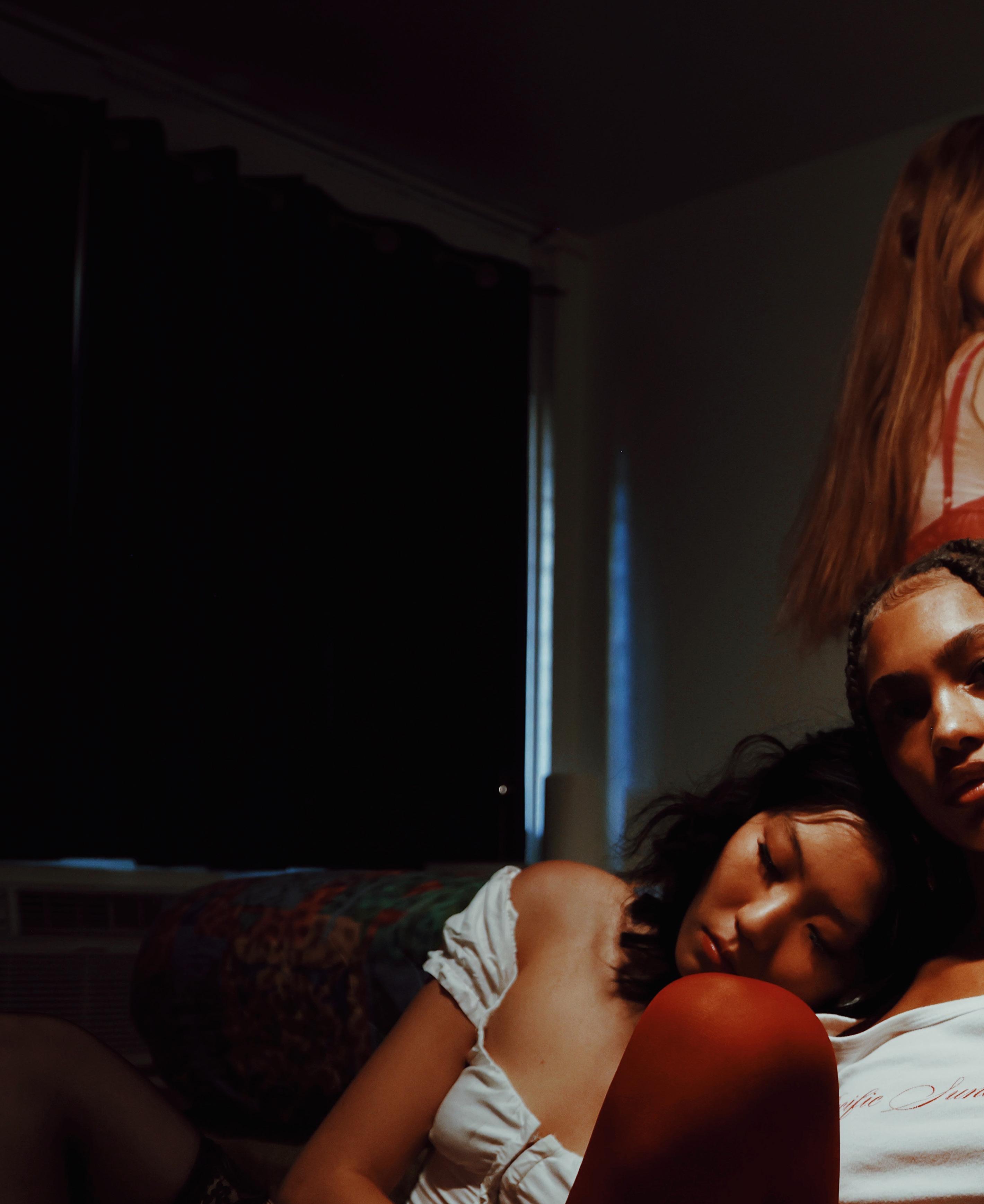
Akpezi Ogbaudu (she/her) is a Los Angeles-based writer from Surprise, Arizona studying Law, History, and Culture and English at the Dornsife College of Letters, Arts and Sciences, University of Southern California. Her work frequently concerns love, loss, existentialism, philosophy, and discovering personhood.
Joy Zhao is a photographer based in Los Angeles. In her free time, she enjoys music and playing video games. Joy studies Film and Television Production at the School of Cinematic Arts, University of Southern California.
Laila LaDuke is a Los Angeles-based designer exploring the intersection of human-centered design and creative storytelling. Laila is pursuing a degree in Arts, Technology, and the Business of Innovation at the Iovine and Young Academy, University of Southern California.
Models
Sophia Zoe
Lena Joelle
Erin Kim
Wyatt Dunn
Production Assitant & MUA
Charlene De La Cruz
Camera and Lighting Assistant
Atticus Luts
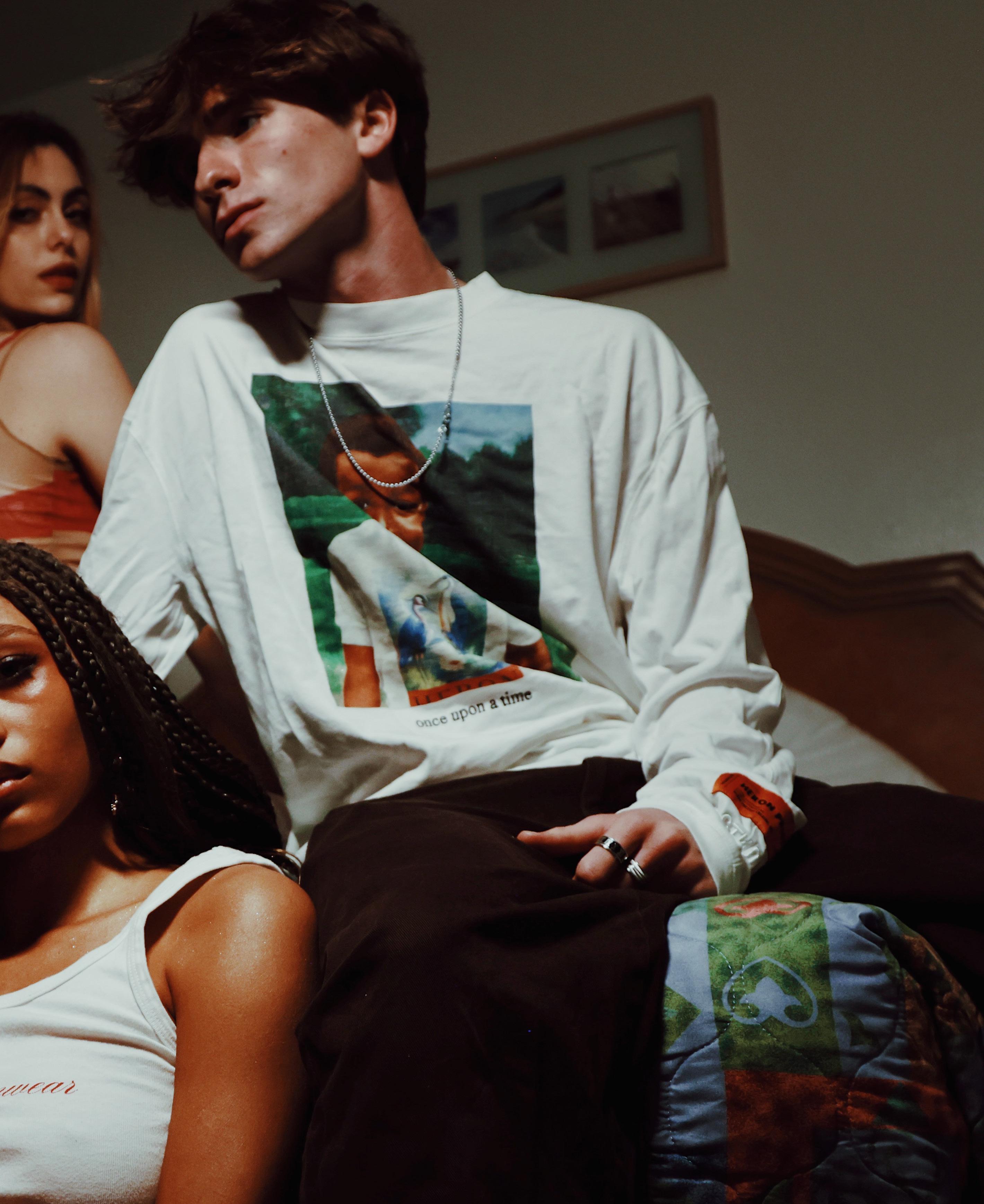


(木菟交響曲)


my God, on the windowsill. it is You who knows I was blameless, once. it was You, who I met the afternoon I bathed, as a babe; the round, boiled egg in a plastic pitcher.
warm me, Birth me: from the heat of your lacquered tongue, uvula christened (the Di-vine) and slip, mud-knotted, into the wet nest of the earth. haunted soil bearing the blood of your Self, Marbolo incense as paper and jutty.
beg Me, please Me— fat baby fingers and thickened broth-bones. holding me, We will find it this time, you say A placewecanstaytogether,aPlanet. it’s beautiful, your voice. I want to bury my kid-corpse in that pregnant pause between your puckered lips. Allofus,aPlanet.
isthisapromise or a Prayer? I’ll think, grappling at the tweaned straw, sleeve-bound, as it frays into powder. I forget the worship You invoke in me, splintering now. particles and participles dripping from candlewick to candle-Wax, carouselling serenity, virtue. Peel back. Pry— back the tissue of my nape with Your fangs. delicate, tender. that is how enamel meets Albumen fruit, carpel nestled under the brittle corpse of my shell.

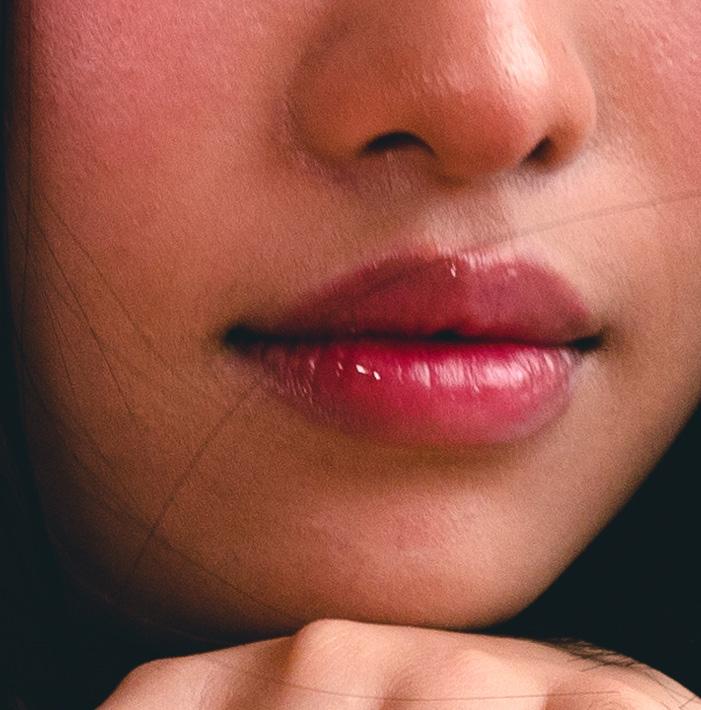

I’ve decided to give this World to You, because You are the one who will rid this Earth of misfortune, of Sadness: every face, for-tuned and un-saddened. I can see it, that place. when You whisper words of faith to me, I hear the chorused march of history in half-beats. I do not understand You, but you promise that I do and that I will learn— the reason for every stray laugh and loitering silence in my chest. Every piece of love. Every piece of light.
We live (you had said to me) in a tree. (gesturing vaguely in the air) It’s all trees. The way our lives branch forward,andaway.It’salltrees.
Cosmicforestry. does that make You the harlot owl? branch by branch, building Her nest to reach the sun, fishheads cut through with rock-shafts. Eyes ever-watching, unnaturally still. croon into the infinity of a neck-space, a neck-tie, and peck-ishly fret at the limp feathering of my arm. shed, Wooden and all, linoleum shutters. do I wish You the axe-man instead? a lumber-jack? a Gardener, to tend to Us again. to caress me, Gentle, as if bark and beak and bird could bruise. could burn and fester and splinter off, again, like trees. It’s all trees. as if I could bruise. as if You could tend to me.



(cut time)
it is that love I desire. Mother, Father, Mentor, Peer. Lover. I want to be Watched and Listened to. like You, (oh) my God. I just wanted to be like You.
let me kneel and beg and cry again if it means you can realise that promise. Does this mean nothing to You? are mortal promises below You to keep? are mortals below You? You swore. to Me. am I beneath You? is it my sin to want to be Good? is it my sin to want Love? should I not have desired the places my sinews could not take me and watch this flesh rot away?
You, who know I was not made to live like this. You, who made me to not live like this. do not abandon me in the wood (coffin, sandal, birch). peeling ink, peeling paper. did You not make Me an artifact? of Your self? am I not You? your Sword, your skin-soft talons. You press me into the spring mattress and the matted earth and the bursting flesh And when I flay: the beak that once fed me is buried again into a sputtering self, tension-held, and tears me from that solace.
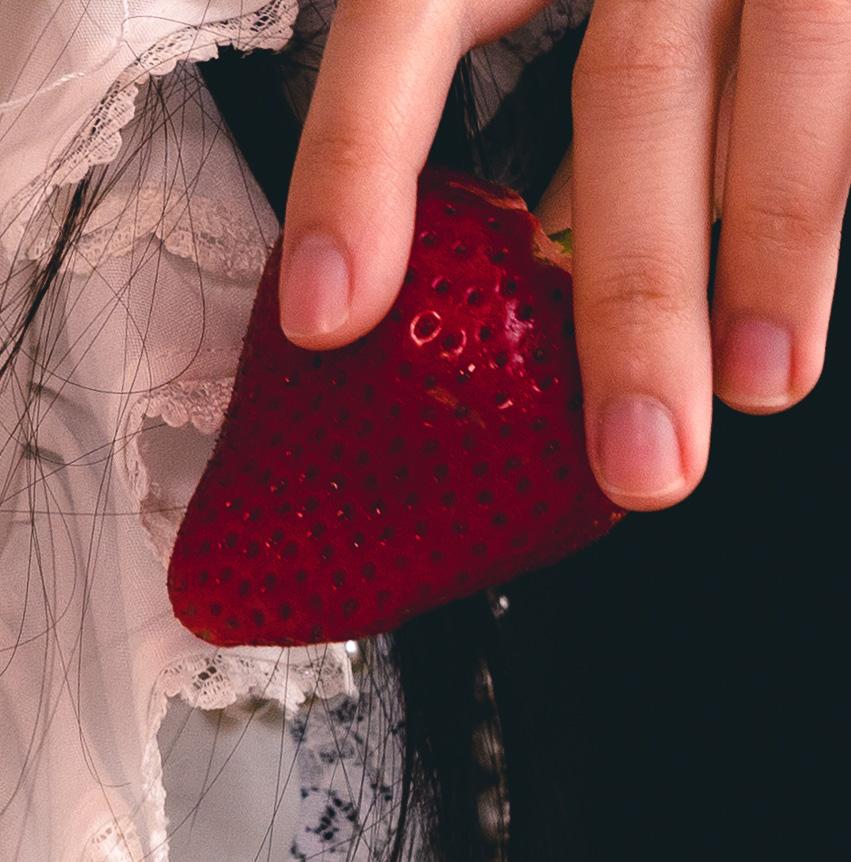
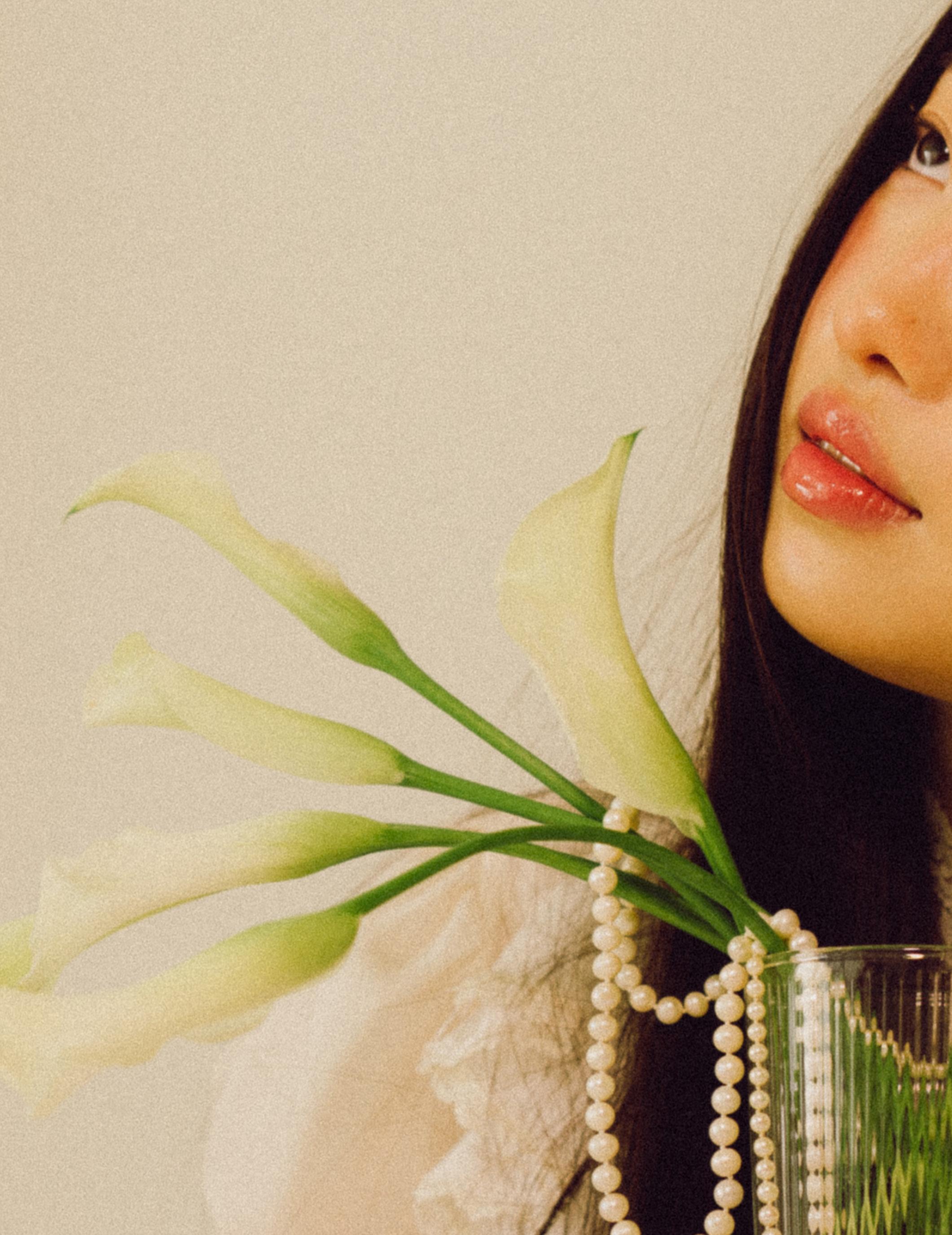
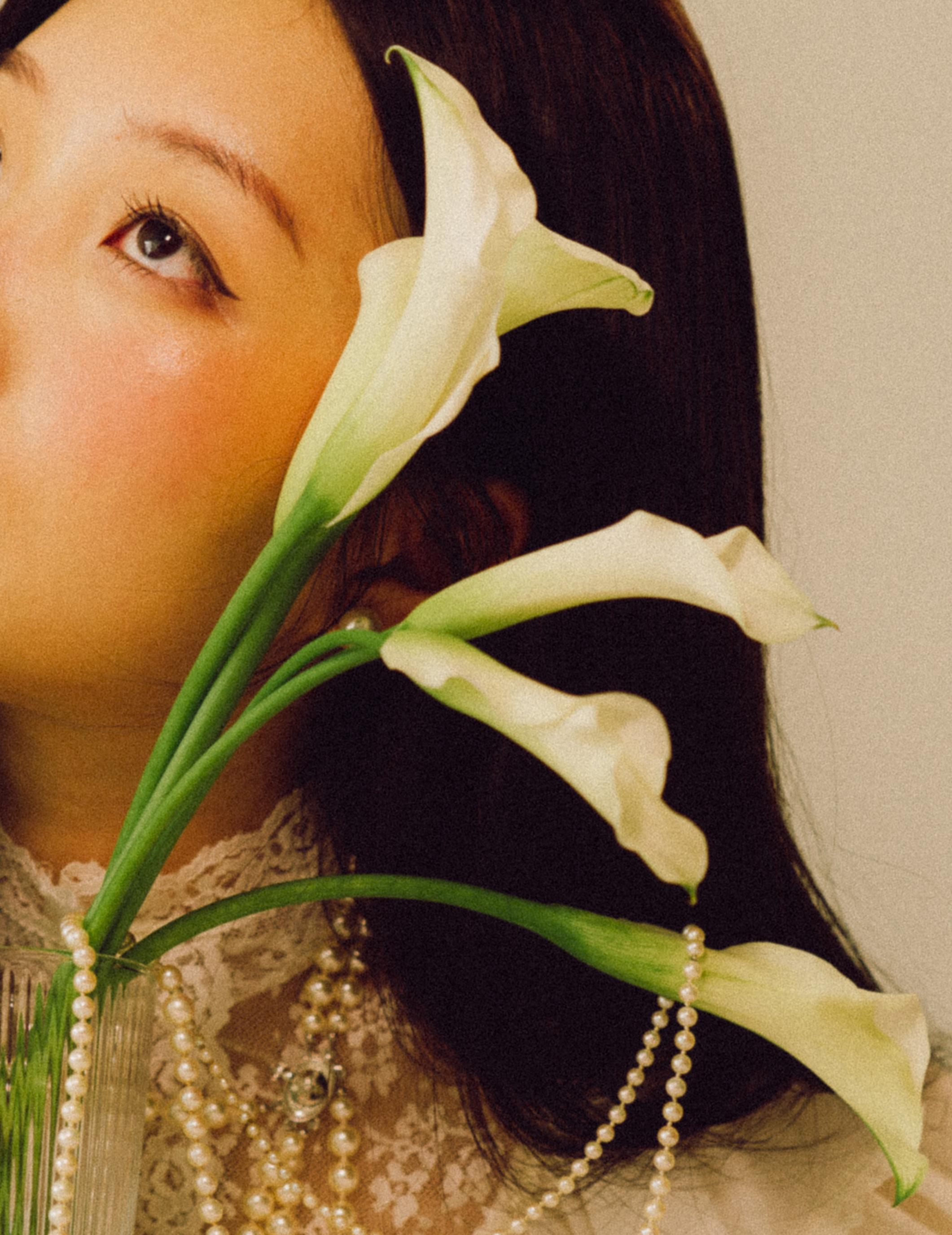

they say to me—

Not a grain of sand falls without God’s will and I reply: then whywould[you]letThishappen?
You were not cruel to me before.
You were once kind. You would hold me against the curve of your swan-neck and breathe through the heat of your bosom and swear to me that this Faith was Reciprocity and that I, the Believer, was as true as You, my God. You braided my hair with infinite fingers and galaxy-eyes. You breathed. Kiss me, I fall apart I’ll let you if you dare. and I did. but You promised. beautifully chiselled and carved from dust— from Ash. ankle bones ground into meat. You swore. You swore to Me. and I will love You. was that what You had said? OnlyYou. itisonlyYou. it sounded as if that was what was said. Yes. that must have been what You said. It is. your final breath.

it is just Your love I desire:
in the night I crawl to the side of your marbled arms and carve for myself an embrace to return to. dusty temples with a cracked floor. row and row and urn and Stair and plank and pew. spinsters and broom-swept home-carcass still warm to the touch. something sparkling in the cracks.
(Was it all Trees? no bark, no Bite left in the door-step)
And all that slips through your hands is holy. christen-ed Time, christen-ed years. mercies I yearn for. bubbling foam from the bird-cage, spilling, spilling.
Spiel, lingering in the remnants of pearl. sea, languid and pliant. foliage by the shore. There is no-thing holy here.
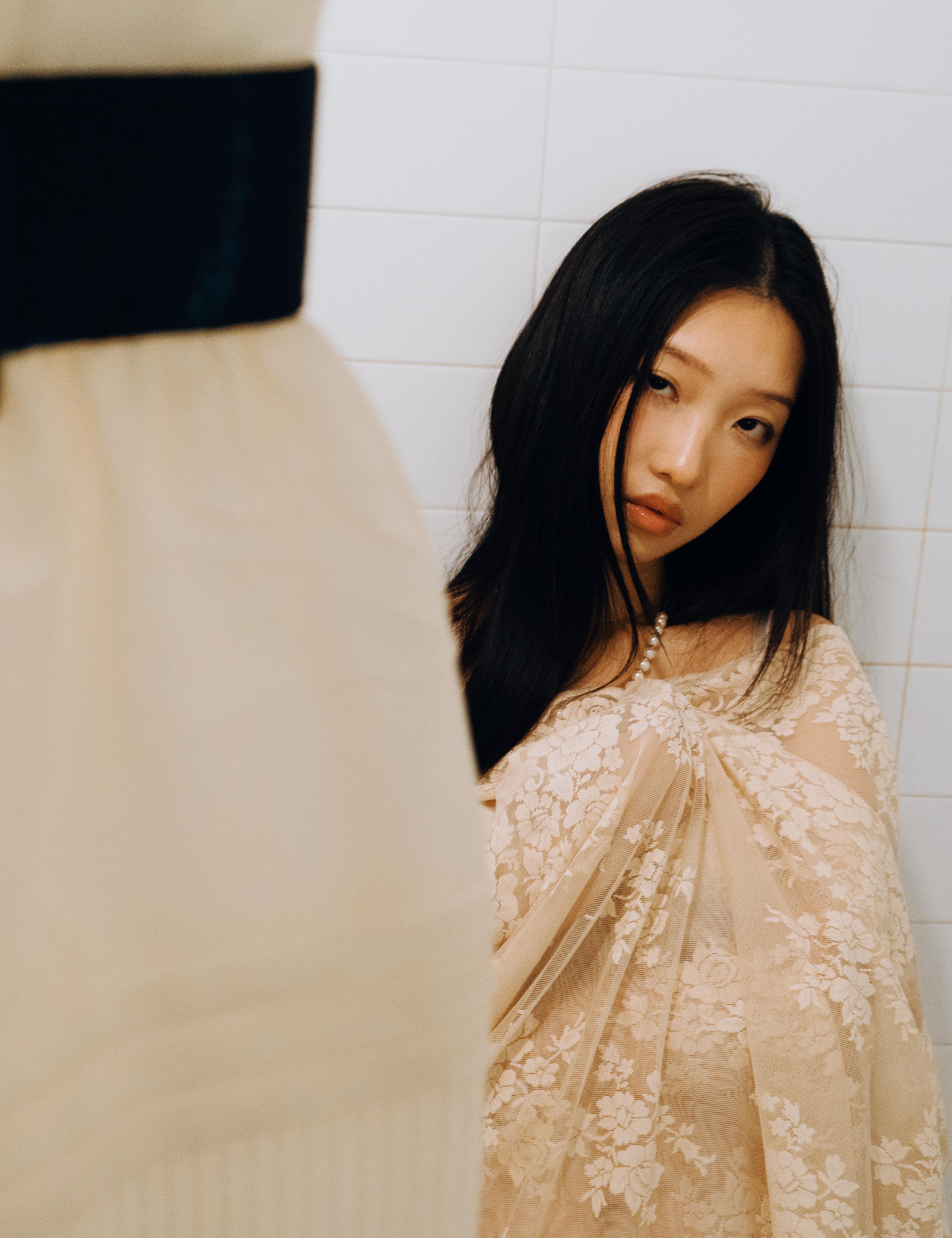

I find You on my knees again, this time. I know that You can no longer hear this, my God. My god who made the clouds shift to the breeze, dew-drops refract light; who used to dance and laugh and sing and let foam disintegrate into the ocean and held me— You have left this place.
still I stay, lying at Your feet like an old Dog. hunting hound.
Kick me! I plead. Kick me! between the Ribs! the Hips! the Heart! Kick me cruelly, so this damn-ed, wretchedrhythmcanstutt-er stop and tri-ckle off.
whimpering creature. Chimera, you call me. a pretty name. Wing-less, now. paw-less, now; gold foil over exit wounds. and With these bones I let my pelvis rut against the altar stone, keening hot into pumice palms.
peelmethrough, Another Plea.
runyournailsthroughmyskinanddragthefibresof mybonestospecksstuckbelowyourfingers.leavemyTorsobonesinbe-tweenyourcanines.Becomethehoundyou mademe.leave,leaves.
Oh, god.
Won’t you come down from the Trees, just this once? see me, meet my Eyes? that Nest is far too high to reach. You know this. My God— your loyal dog—! 3 8 + ∞



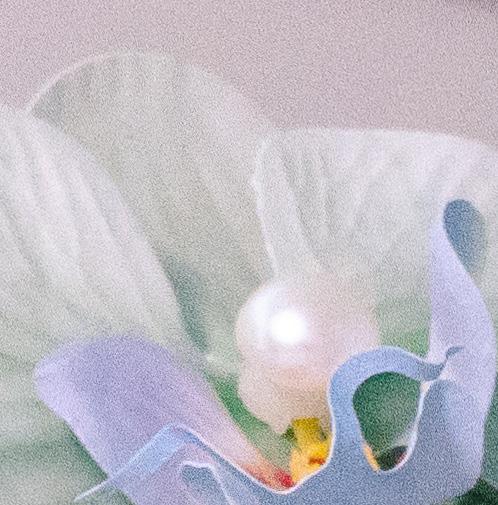

(common time)
was there Justice in you, my God? have you heard me? do You listen, still? the doleless rut of the flock. that devil-ish owl, was that You? were You a hunter all along? the folly a foil, the foil a folly. wingspan taken six decibels too far to be an Angel. All along. my God.
andI,preenedprey.(yourownkin,yourchild?)
what was it you had told Me once? the place for Us, for You. glass emporium, menagerie. it’s all rocks now. jutty barren with gun-metal and flint. did You mean for this? did you call for this? the whistle-snare you entrusted to my heart, was that, too, a ploy? deception? were You always so cruel? never kind, never kind?
to see the Light, egg-shell white, refracted off the sclera of your love. let the beast-made, god-Forged mongrel find himself wing-ed again. Stillborn egg with canine fangs. rotten, reeking of your Sixpence faith. swallow bird in Your nest. Our nest.
and if We were to return once more, the words I have for You: swallow me.

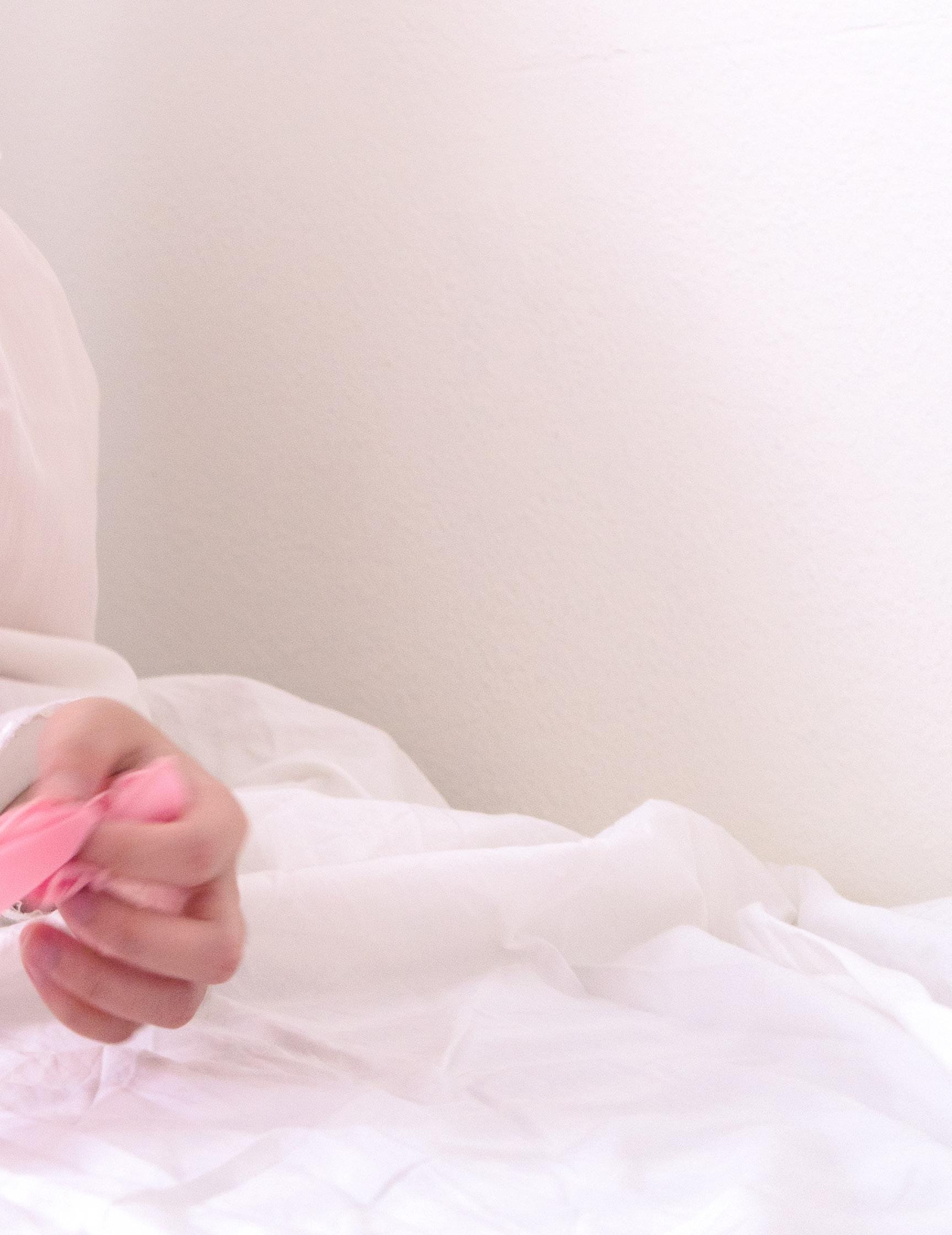
Yumeng Liu is a Los Angeles based filmmaker and photographer born and raised in Qingdao, China. She is dedicated to creating beautiful pieces and telling stories that unite everyone through the shared experience of humanity. She is pursuing a degree in Film and Television Production at the USC School of Cinematic Arts, with a minor in Advertising.
Jaimie Liao is a designer and visual artist based in Los Angeles and New Jersey. Specializing in multimedia art, her work explores human experience and connection. Jaimie studies Architecture and Inventive Technologies at the School of Architecture, University of Southern California.
Writer Leila Yi
Makeup & Assistant Bonnie Zhong
Model Alicia Lin

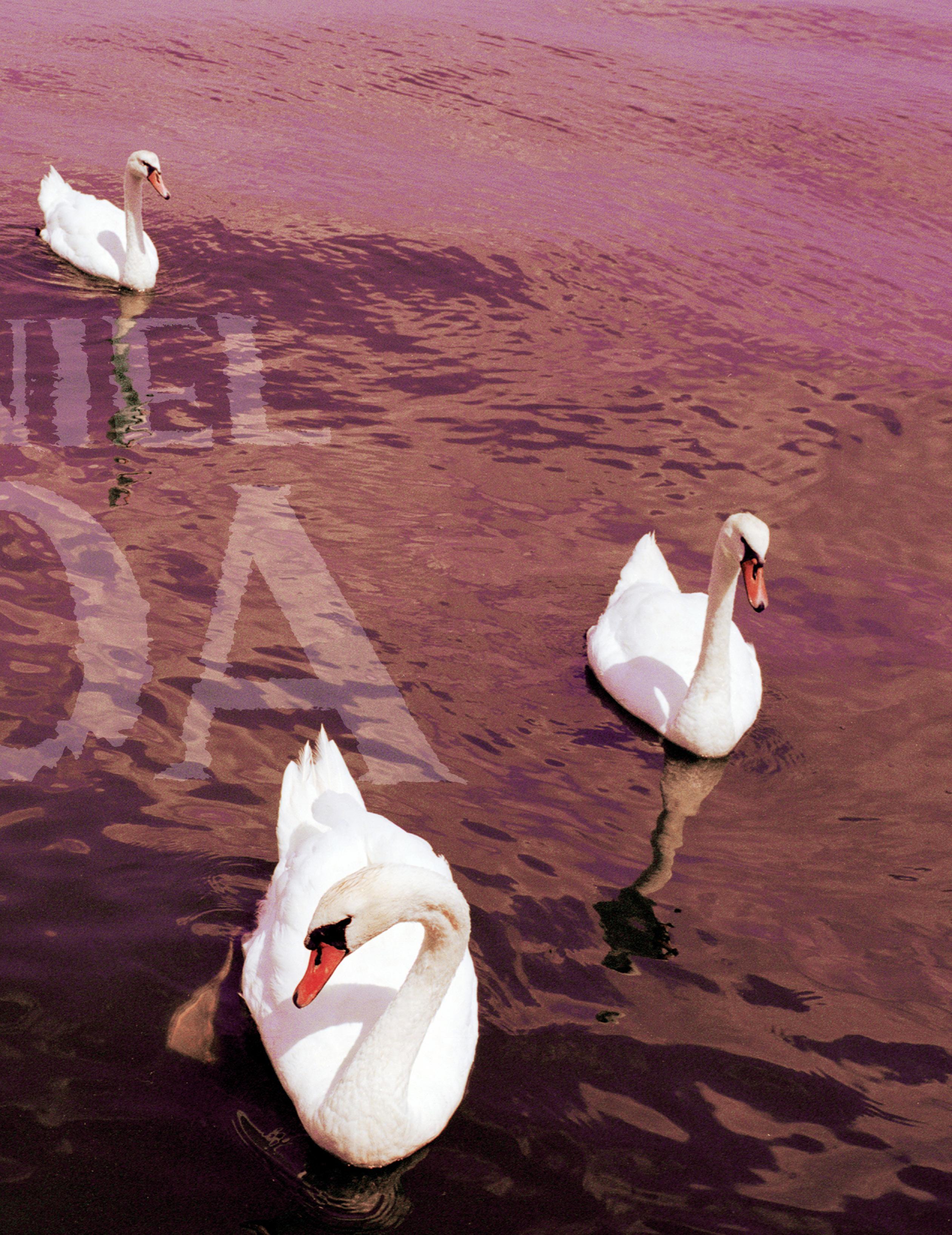
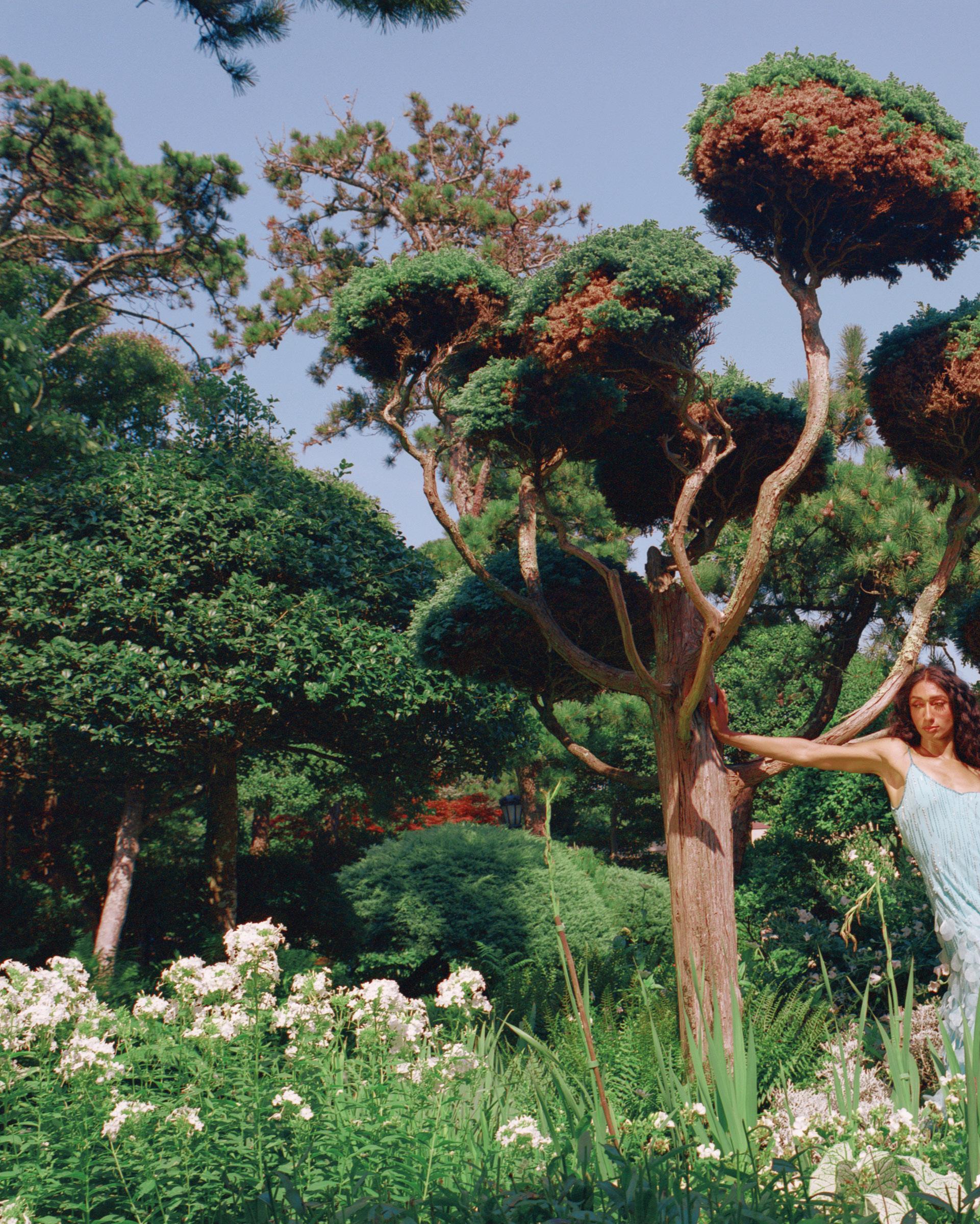

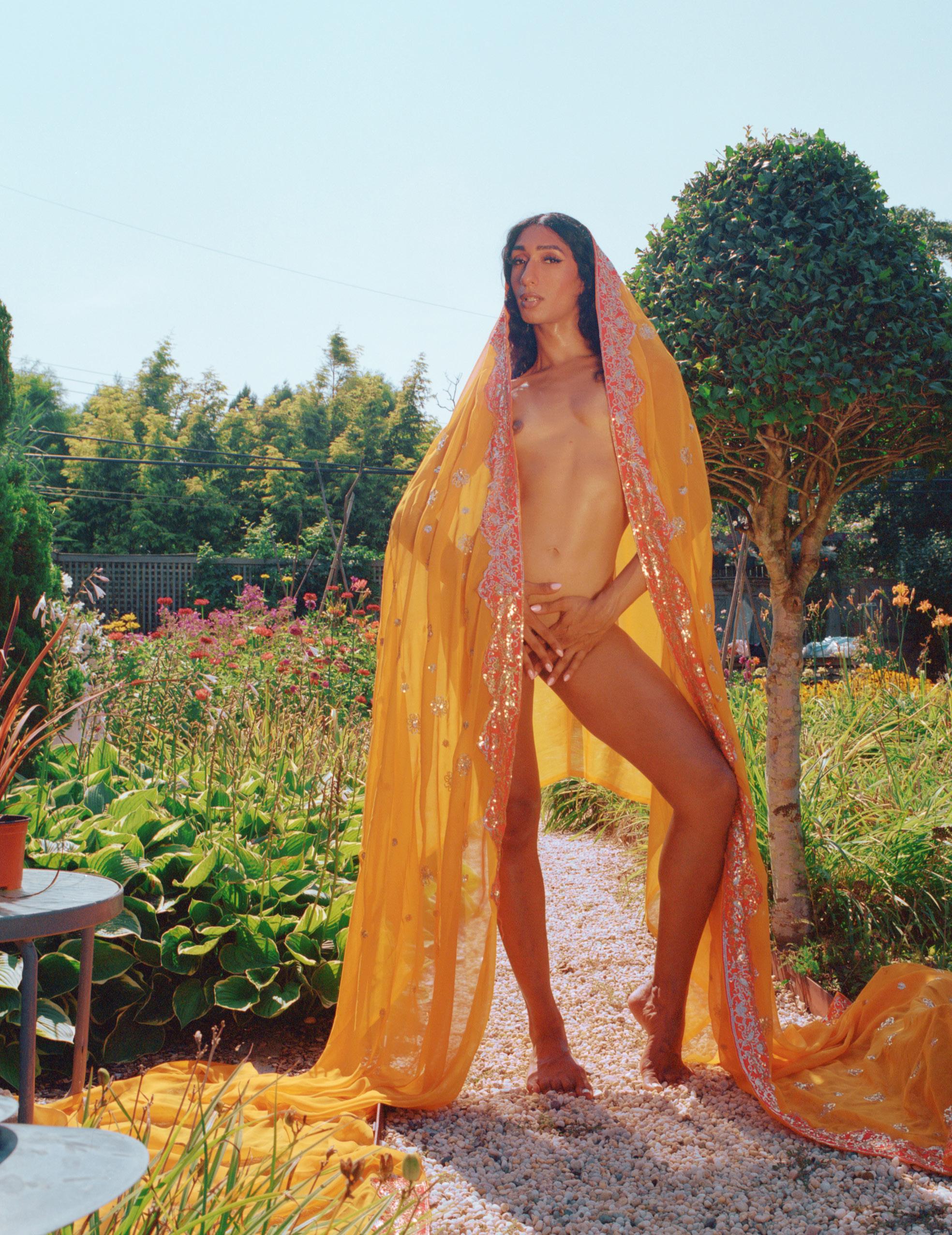

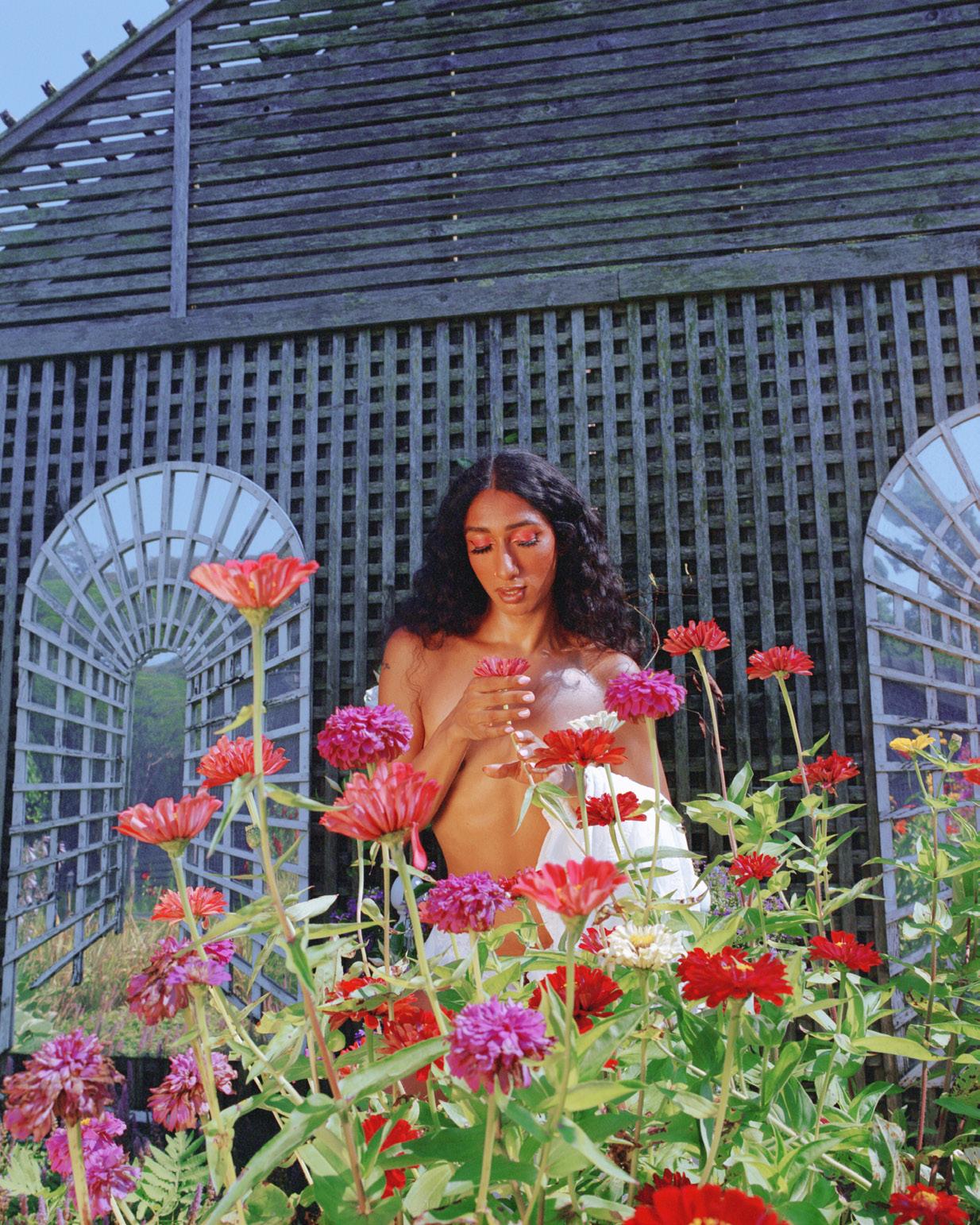
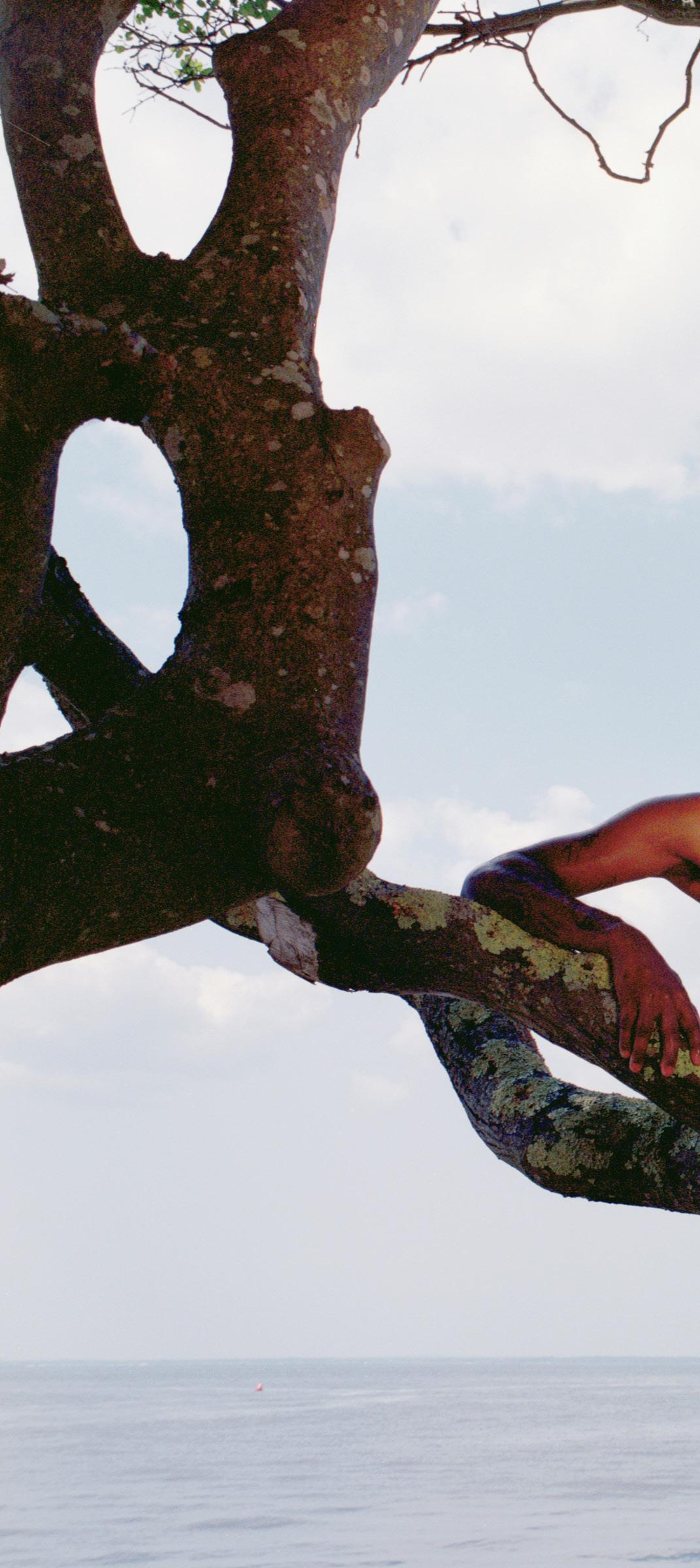
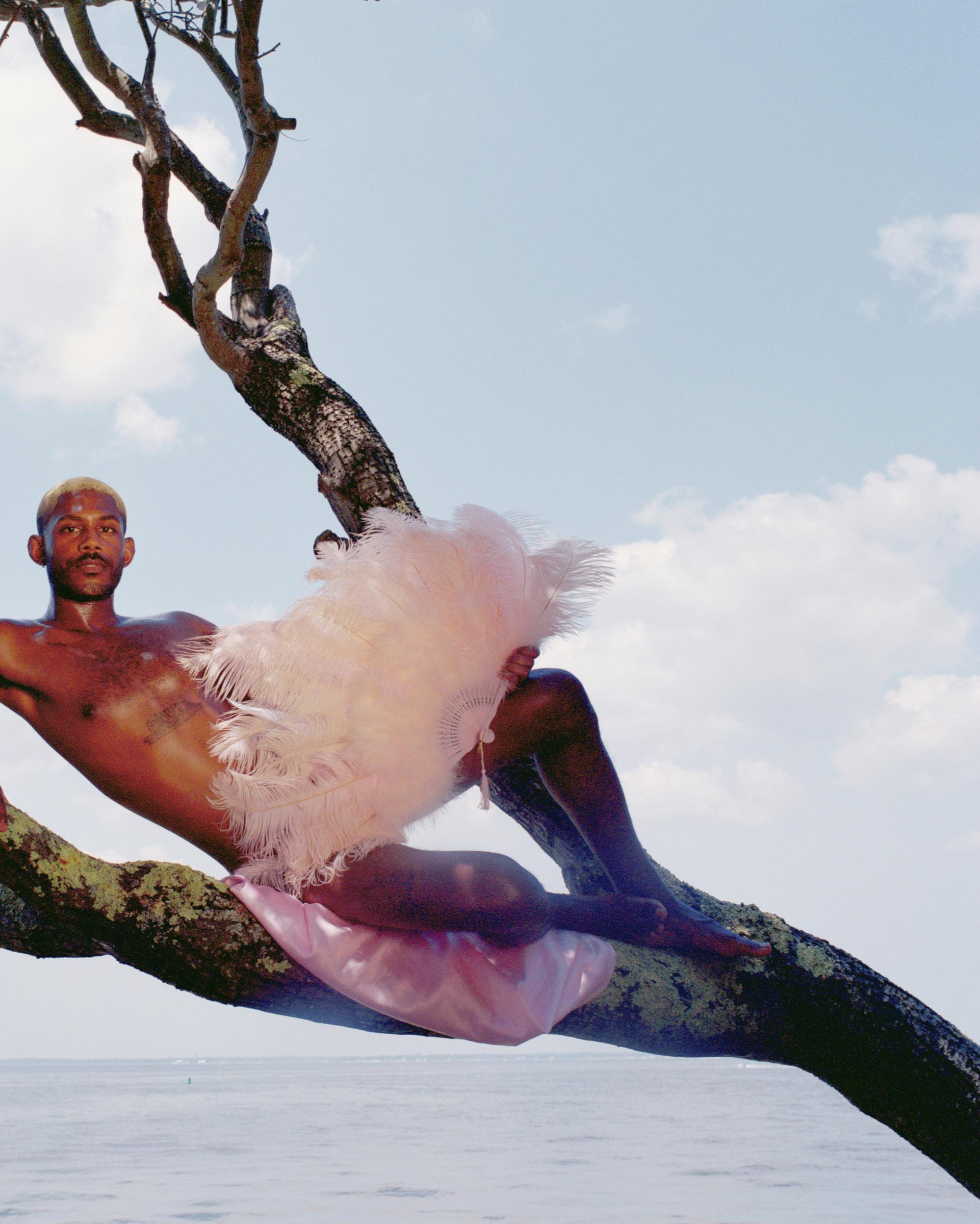




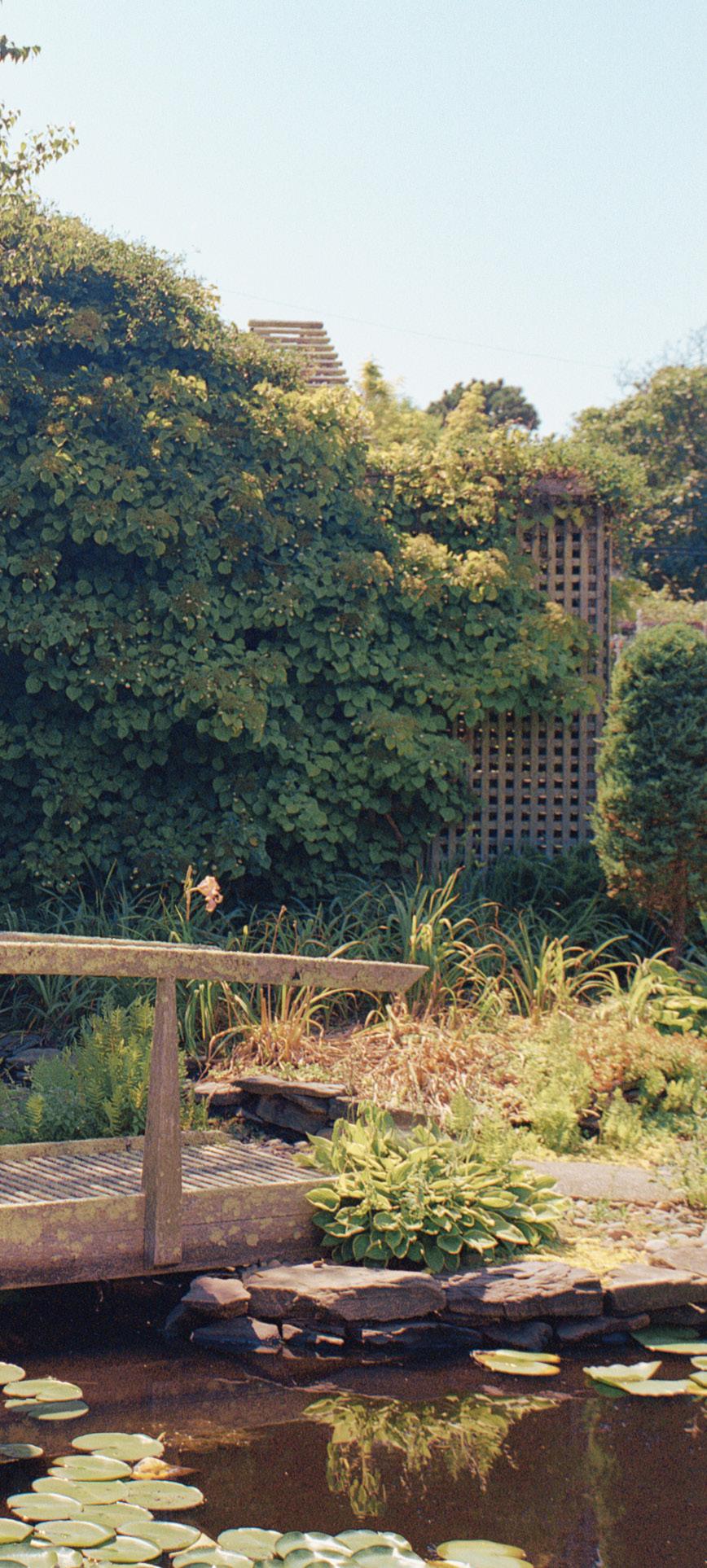


Daniel Roa is a New York City-based photographer whose work pulls strong influences from being Colombian, queer, and non-binary. Specializing in analog film photography, Daniel creates colorful visual narratives that celebrate individuality, challenge societal norms, and explore the themes of queerness and identity. Growing up in South Carolina, Daniel draws inspiration from the southern landscape, crafting visually striking environmental portraits through the use of vibrant colors, unique styling, and dynamic compositions. Daniel received a Bachelor of Fine Arts in Photography from the Savannah College of Art and Design (SCAD) in 2019.
Abriella Terrazas is a Bay Area and Los Angeles-based designer whose passions lie in experiential and visual design. Her work focuses on the intersections between aesthetic expressions as well as social and environmental empowerment. Abriella studies Architecture and Themed Entertainment at the School of Architecture, University of Southern California.
Assistant
Angel Ramirez
Models
Armana Khan
Jay Michael
Amado
Jake
Jason Lemos
Justin Pierce
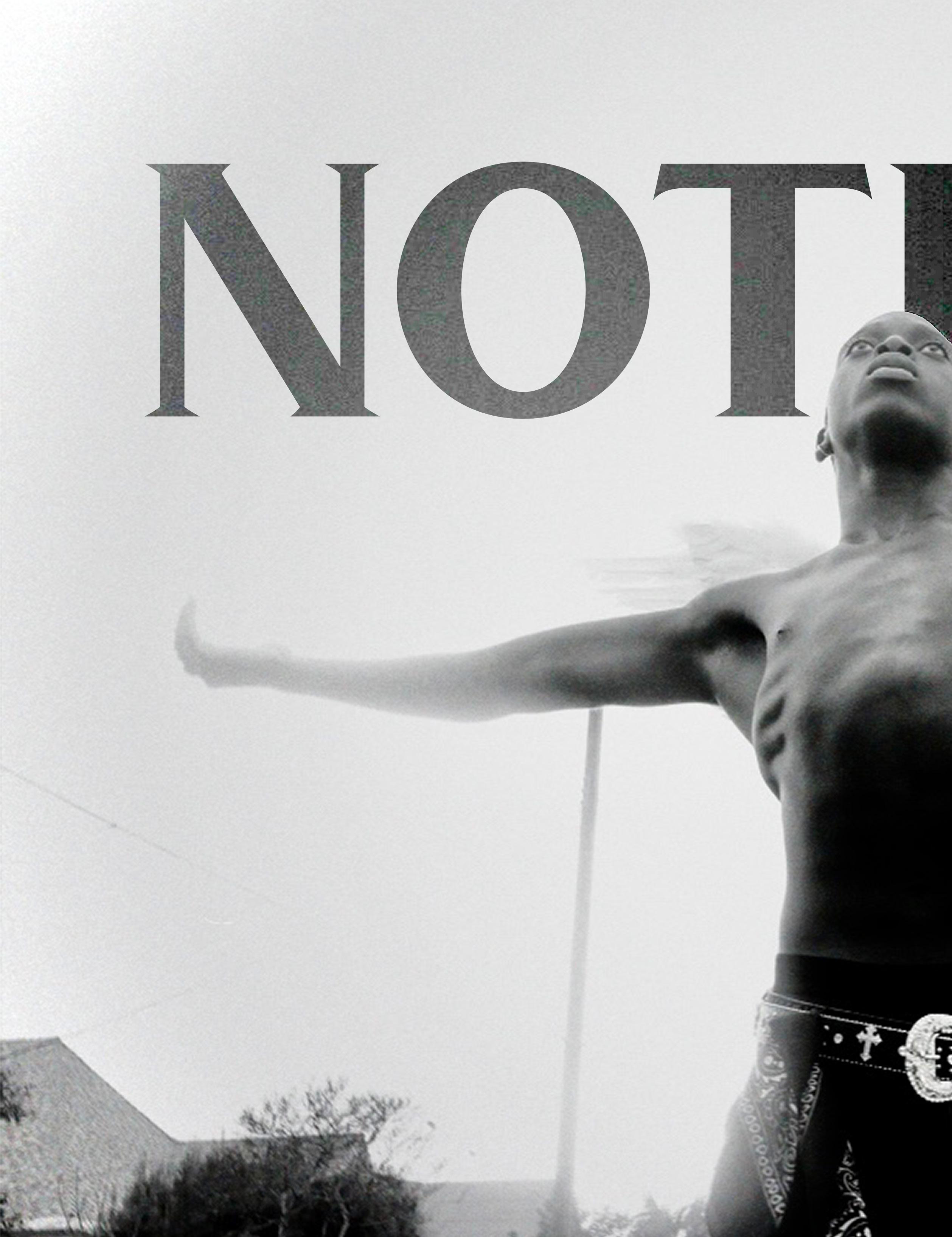
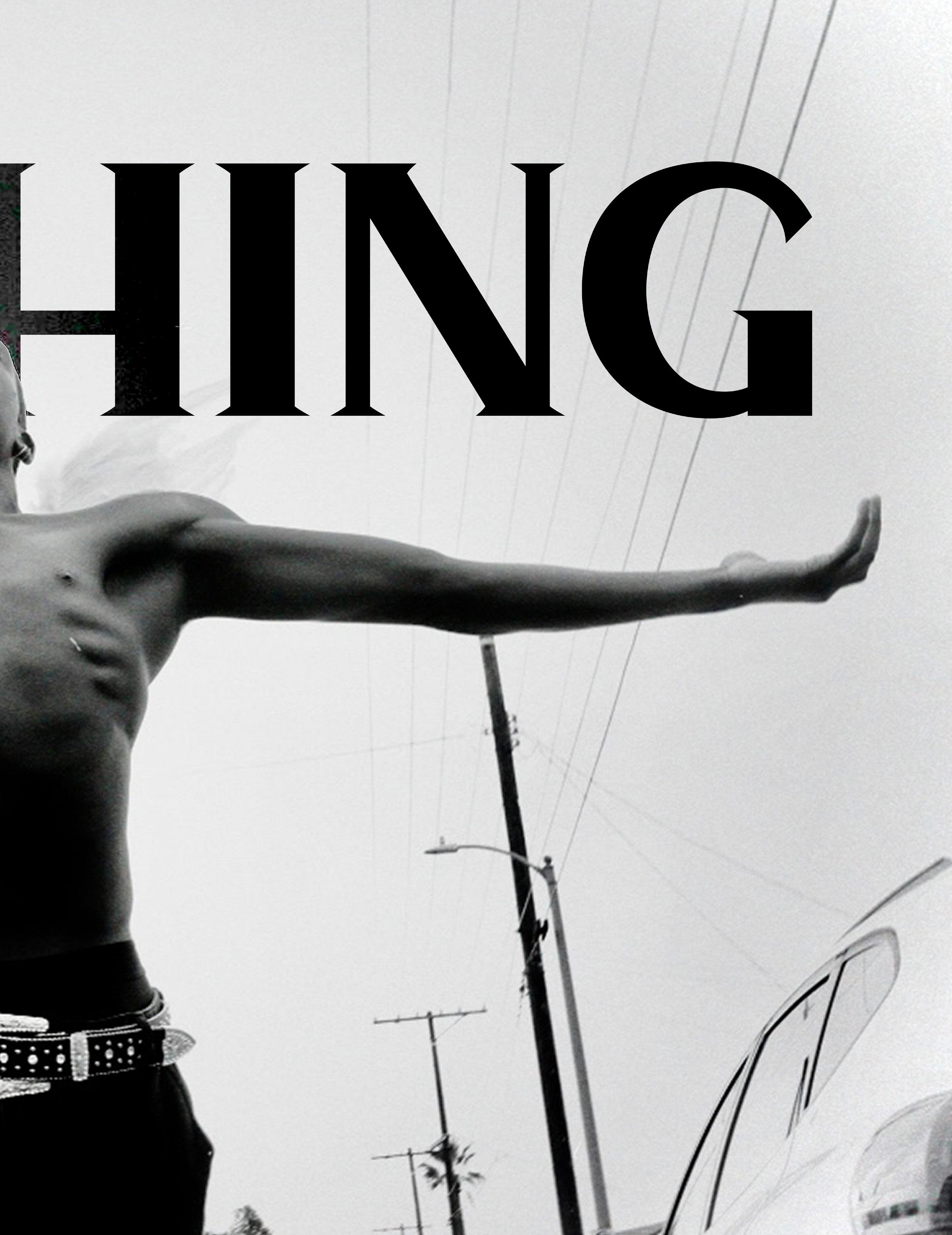

nothing.
I place myself in the scope of the universe–here, I am small and unremarkable. And it is comforting.
When I was young, I would lie awake staring into the darkness that filled my bedroom, waiting for something to appear in the shadows. I could not shake the feeling that there is never truly “nothing”. Darkness breeds nothing. But in my room, I coexisted with all the little items of memory that peered into the inky black along with me. Still, I was discomforted with the sentiment that nothing was there, nothing was in my room—cloaked in darkness, a haunting presence. I was afraid all the things I considered nothing would become something that I was too coward to acknowledge. And the longer I stared, the more I believed and waited. Suddenly, this fear would dilate my pupils and the dark would start to dance around like a live cloud of smoke. The nothing grew and shrunk, stretching into confined corners in my room and down the hallways of my home. This I could not look away from. Through the darkness, I awaited the transfiguration of the “nothing”.
Nothing is a name that we give to the small and unremarkable. When I look under a microscope, I think of all the little nothings that go unseen. It almost
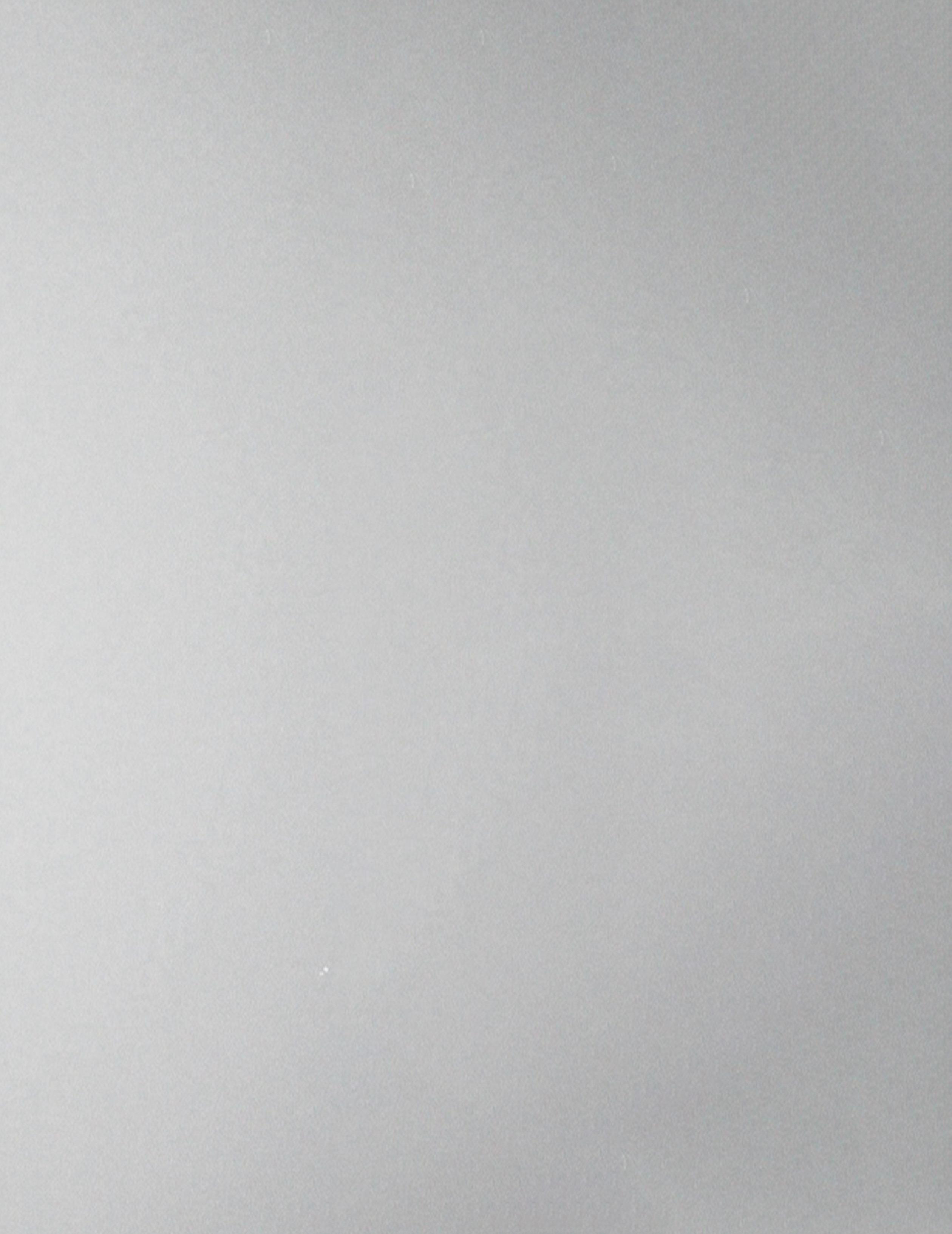
feels intentional how many little things are alive yet intangible. I think of dust and everything it once was. Behind the door of my childhood bedroom is an old pair of shoes and forgotten pieces of toys coated in a fine layer of dust– they have been ‘nothing’ for a while. And the dust relentlessly covers all my dormant childhood ‘somethings’ with the fragments of life being kicked up around it. As long as it is untouched, the dust will continue to rest on nothing to become nothing. But it is just dust and I will still tell you there is nothing behind my door.
Things that we know will remain unchanged we leave. Things that are alone are nothing. The things we leave alone become nothing. What we cannot see…nothing. And what we cannot find, I mean, those are lost, but the more lost they are, the more nothing they become.
Nothing is undead–it does not confront the prospect of its own being or mortality. I think of my grandmother who was keen on speaking life into existence. She believed everything can be something. She believed in the somethings of the sky, the ones that move in essence like spirits. She could hear, see, and feel them. To her, this life was always something more.
Nothing cannot know death if not given life. I think of the days my grandmother could not speak, how her nothing was the
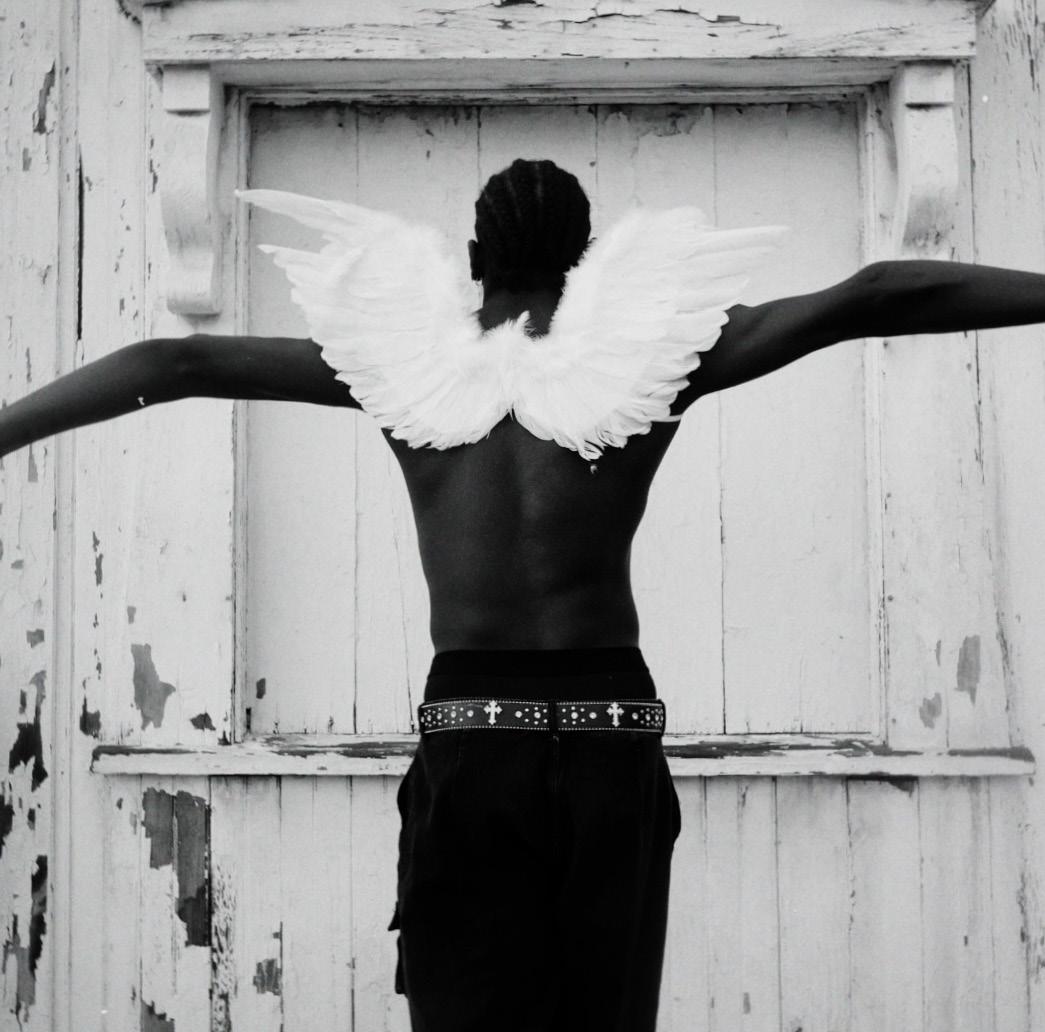
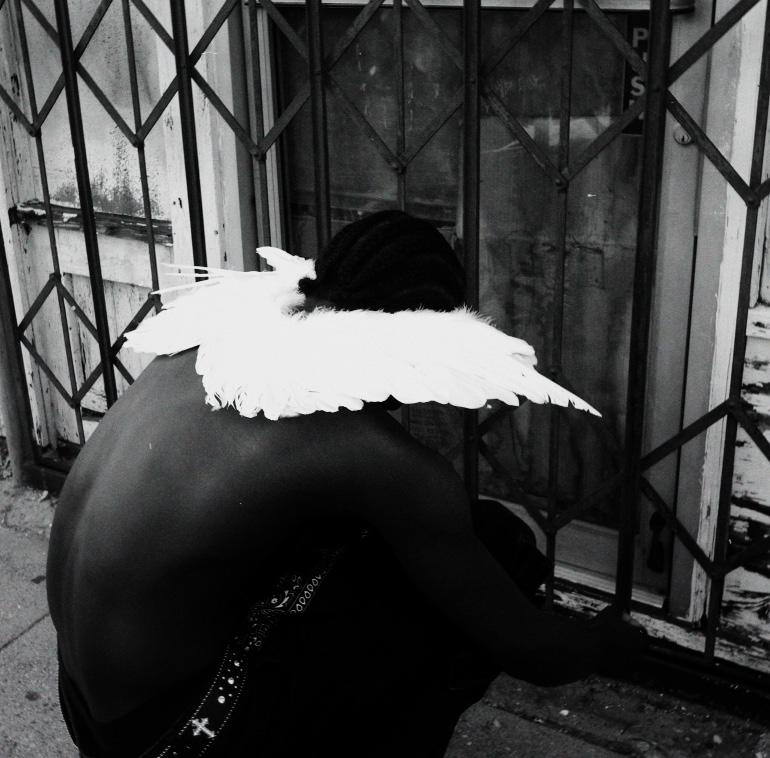
loudest I ever heard, how she was always something more.
Nothing is a thoughtful epiphany. When people look up as they express a thought, envisioning the space between conceptualization and speech, in reality, they look up at nothing. And in that same reality, they are holding the image of a revelation. The apparition of nothing. But sometimes people look away. They pretend to see nothing and to feel it. They say they are thinking of nothing without knowing what it is. They make nothing a problem for a later day, something they will not confront just yet but will or might. Nothing is something that I am too coward to acknowledge. It is nothing and so much more.
Nothing can be anything. I am afraid that one day, I will cut myself open and inside there is a pit like a black void. What I feel that I am, is true, and I will die with that fact. Or that the nothing inside me was always something that I did not know or believe in time.
Nothing is impossible. Nothing cannot exist if we exist. And when we do not exist,

something more always will or might.
I struggle with the many possible realities that I cannot live, cannot know, or cannot understand. That there are galaxies we will never be able to reach, that I am in a galaxy that cannot be reached. And maybe there is another world where my grandmother is alive and well. Maybe I will never truly be alive or well. But sometimes I am small, and I let myself run free in nihility. I waive my urge to know with my choice to be.
Everything can be something Everything can be nothing
We can spend our whole life waiting to be something and wondering if this is all there is. And if there is something after. Or if there is nothing after, as in something can be after or anything is after.
I am really good at not knowing but better at knowing nothing. I believe in nothing to protect myself, that is to say that I believe in anything to live. And, soon, I’ll be nothing again.
How profoundly ill-defined we are.


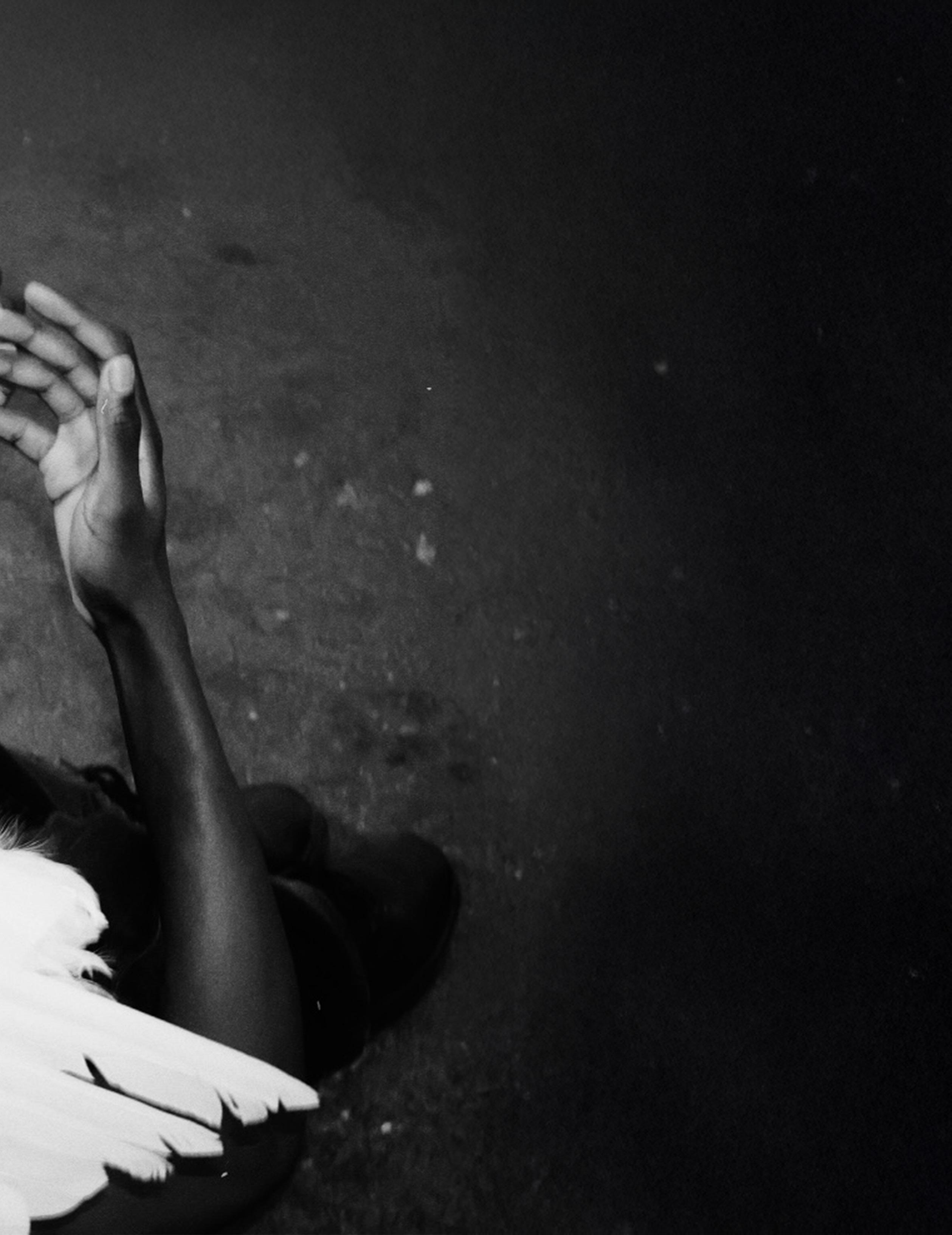
Sky Bailey is a writer based in New York and Los Angeles. She explores life and art through poetry, prose, and screenplay. Sky studies Neuroscience with a minor in Screenwriting at the Dornsife School of Letters, Arts, and Sciences, University of Southern California.
Venus Lordson is a filmmaker, performer, and creative director based in Los Angeles and Barcelona. As a Togolese and Argentinian artist, she seamlessly weaves culture and storytelling to create impactful, visually compelling narratives. Currently studying Film and TV Production at the School of Cinematic Arts at the University of Southern California, Venus is driven by a passion for using film, music, and visual media to bridge diverse perspectives and spark thought-provoking conversations.
Abriella Terrazas is a Bay Area and Los Angeles-based designer whose passions lie in experiential and visual design. Her work focuses on the intersections between aesthetic expressions as well as social and environmental empowerment. Abriella studies Architecture and Themed Entertainment at the School of Architecture, University of Southern California.
Model Dayan Robinson
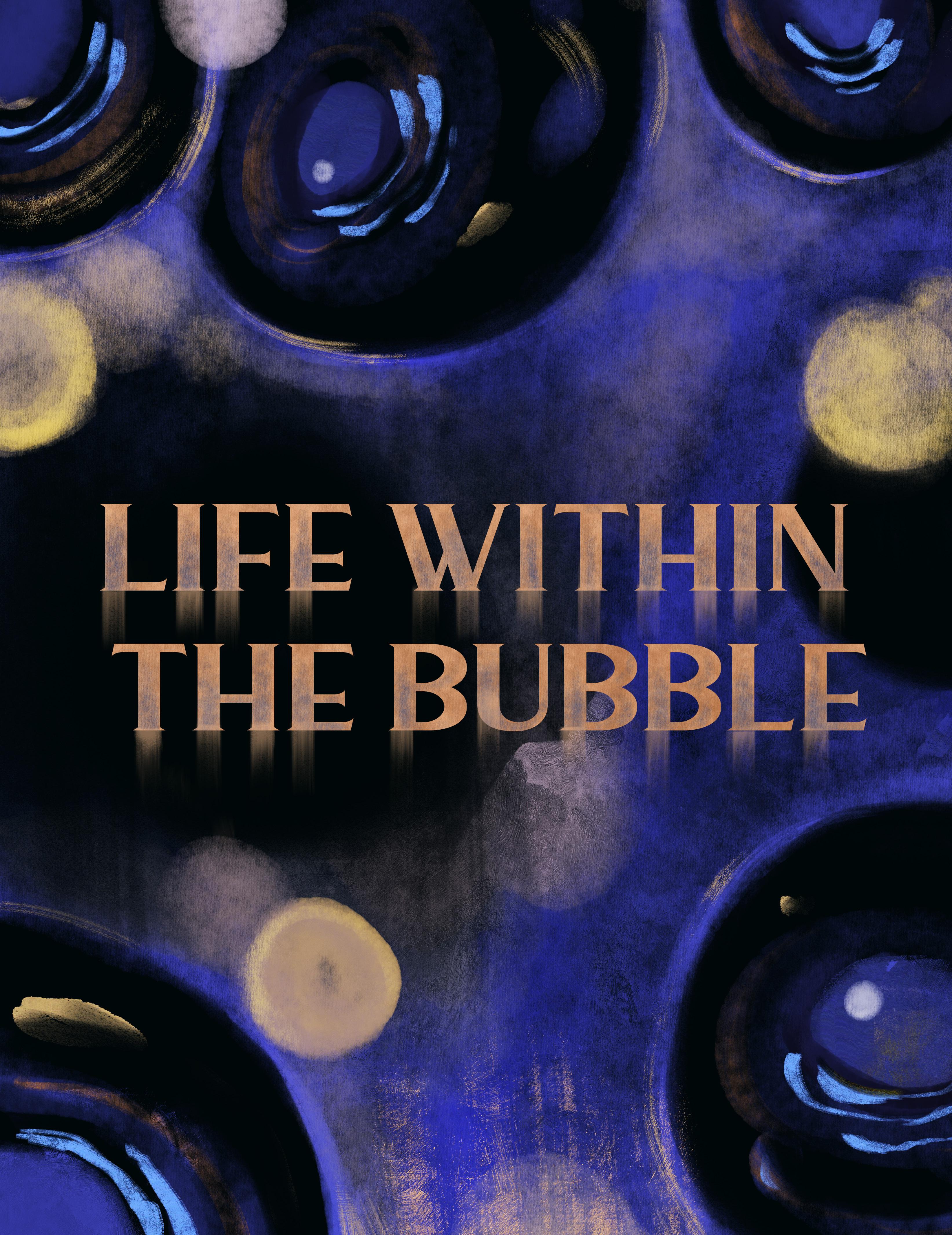
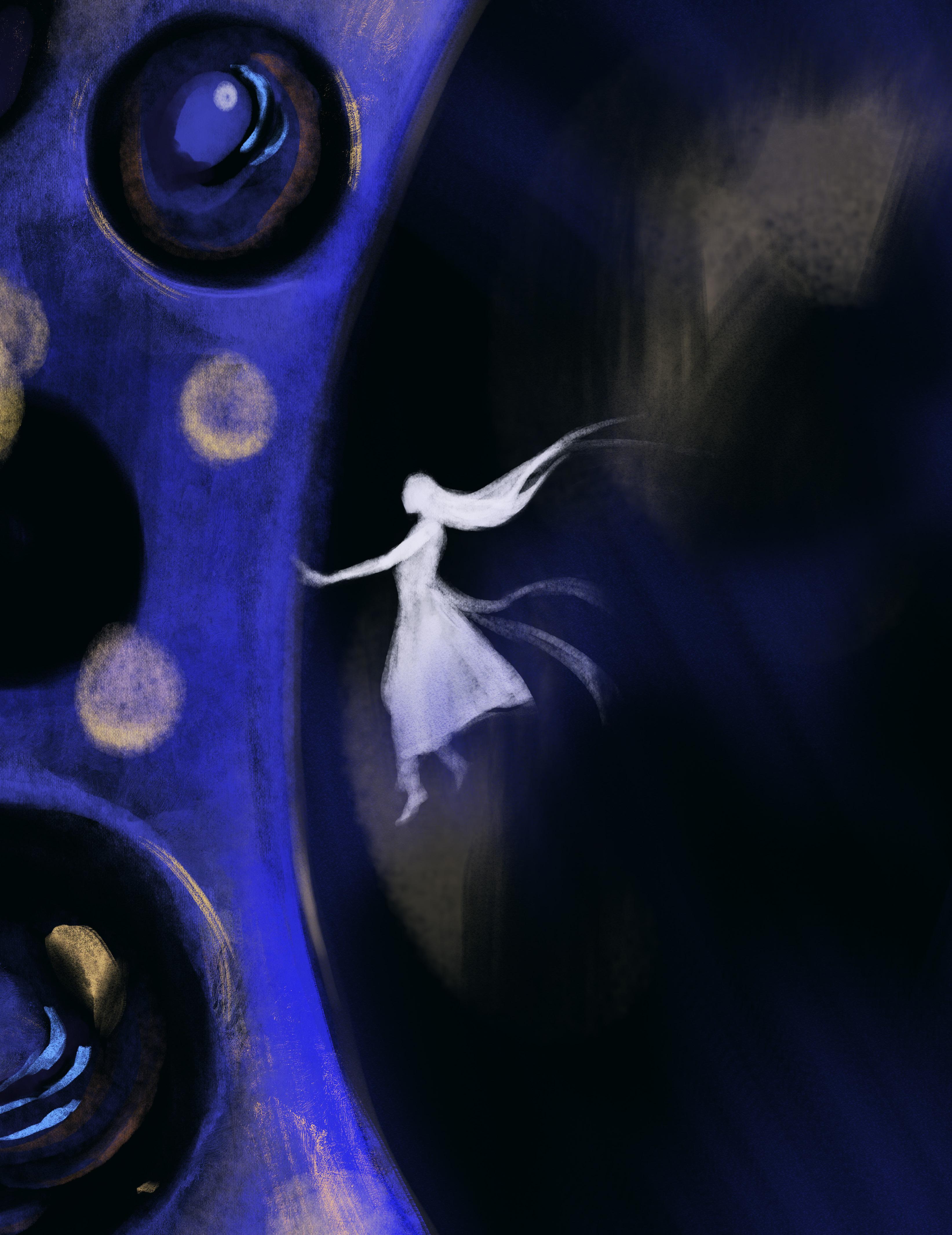

The young girl dropped down to kneel by the edge of the tall arched glass. Her elbows pressed on the sill, eyes glued to the night sky. A chilly breeze crept through the window, prompting the child to close the latch.
Today was the first blossom of spring, yet the winter chill still left trails of its last remnants, sweeping frosty winds across the Pacific. Amoromnia could see the aurora borealis from dawn til dusk, rain or shine, in the East and West; far away from Earth’s axis poles, where most people saw the lights. Whenever she blinked too fast, the iridescent electromagnetic waves would teasingly vanish — like the mirage of the moon rippling over the sea. The way waves lap over the moon’s reflection through the night, distorting its luminosity until the form is no longer distinguishable to its owner.
the world is but a looping sphere, held together by powerful forces that pull beings together closer to their gravitational core, toward their hearts

Ever since Amoromnia was born, her senses were strangely unique. Whenever she heard music, color prisms flashed in her peripheral. She perceived landscapes in ultraviolet light and could detect living beings at night with infrared vision. During the times she swam in the ocean, her echolocation ability helped her navigate the murky waters. Amoromnia is an enigma beyond human capability. Her creation a mystical phenomenon. She sees what others cannot, a gift to experience the world in its entirety.
Tucked in a lush meadow, fireflies glow one by one, then ten, and twenty. Expanding across the fields, the creatures light up clusters of enchinaceas, lupines, and filipendulas. Amoromnia stood in the center of the clearing, entranced by the bioluminenscent hues of violet blue, lilac purple, and rose pink that animated the wildflowers.
we see the world as light refracted in a bubble prism snowglobe kaleidoscope light reflecting back truth hidden in plain sight
The warmth emanating from the fireflies appeared as dull scarlet streaks contrasting against the cool, dark atmosphere. Each generation, we evolve from our cells to our technological advancements. Humans learn to live longer. Amoromnia cupped her hand to catch an insect’s landing, imploring nature’s servant to give her an answer. She couldn’t fathom her own existence and what it meant for mankind. After a few beats of stillness, the firefly flitted away.
Amoromnia peered up at the sunset’s complex ombre and pondered its resemblance to a shaken snowglobe. The sky was a glass casing of colorful light refractions — an entrapment confining inhabitants involuntarily by its thick surface; or perhaps a protective barrier that is selectively permeable to keep the void away. She thought, “what is the role of human existence?” Compared to the symbiotic relationships between the beautiful flowers, insects, and birds around her, she felt that humanity could destroy as easily as build and with much more devastating harm than good. As she matured, Amoromnia’s rich sensory experience made her question the world’s truth beyond what she believed science could uncover. Curiosity grew into jaded wonder over time.
the world is designed from what our stars our planets our bodies our cells our atoms decide to love
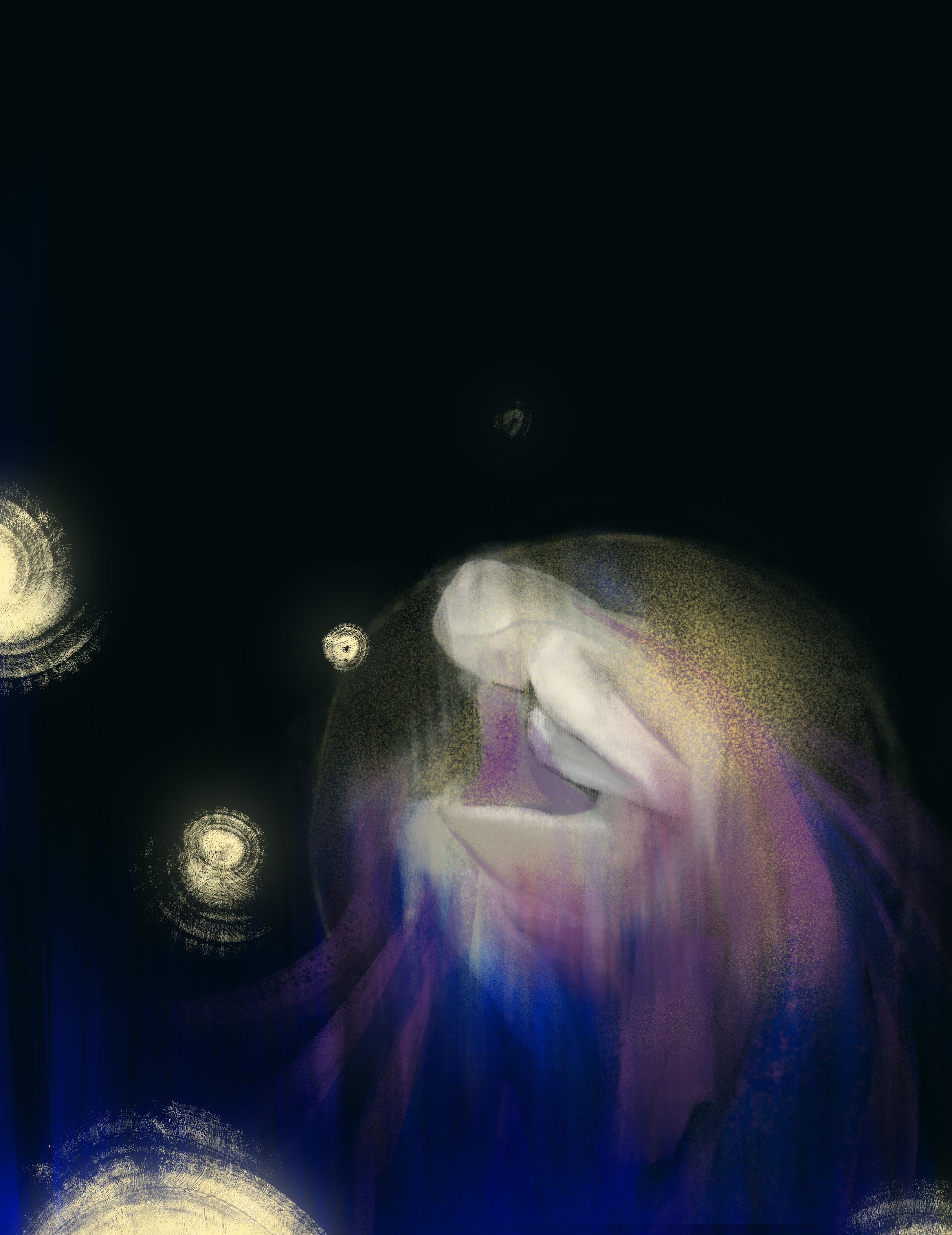
LISA DANG
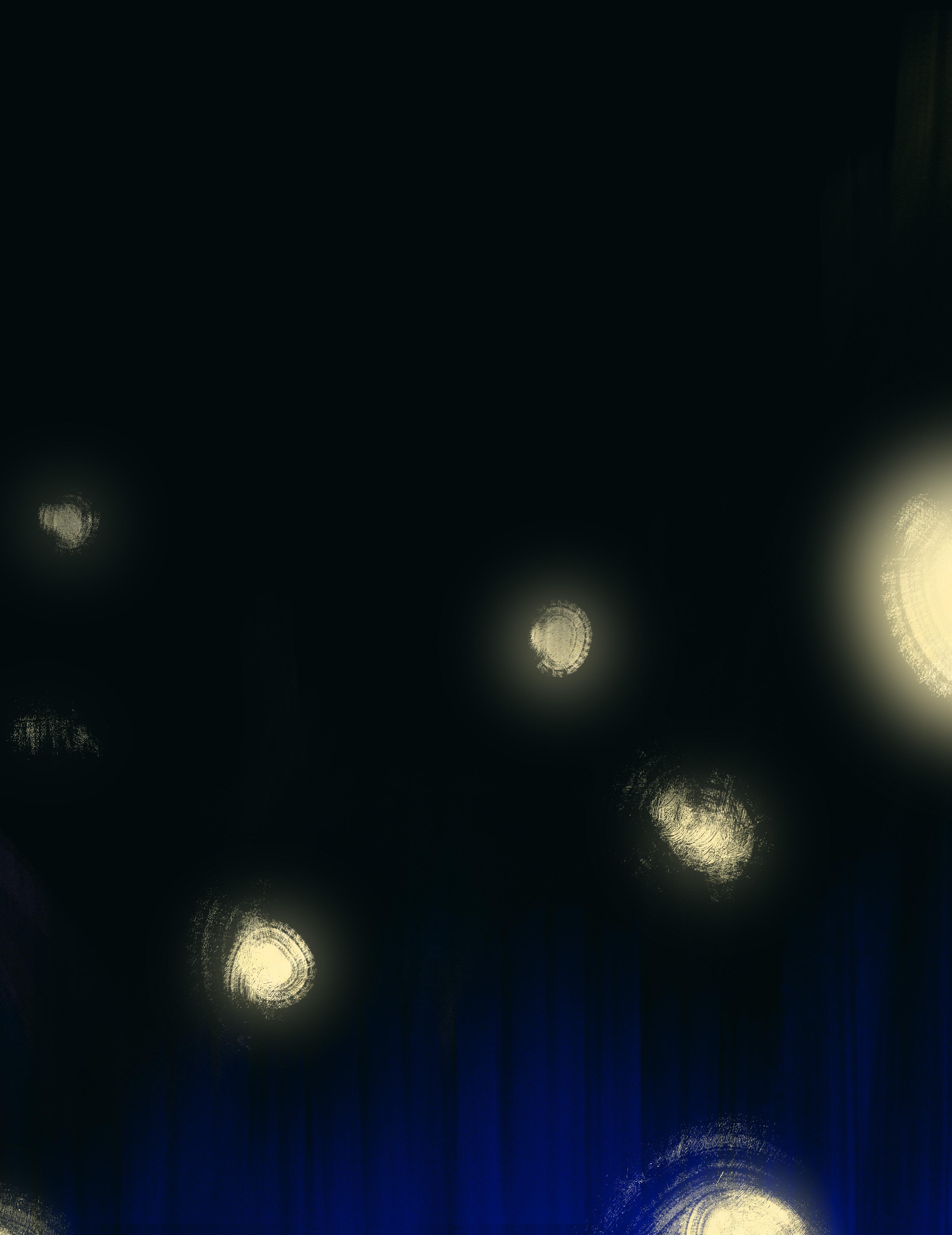
...until the day it burst, the way a submarine implodes ten thousand miles beneath the ocean surface. Wiping all life and proof of flesh. A fraction of a millisecond. Erasure. Amoromnia felt grandma’s fall in three vibrational rings. The impact of her knees buckling to the ground. Her ceramic mug shattering across the surface. Her skull fractured on the hard floor as her frail body collapsed on top of the shards. Amoromnia ran inside from the gardens but could no longer see any animated warmth. Obsidian flooded her peripheral; grey matter replaced light. Grandma, gone. She was found face down, blood wine pooled around the tiles. Floral blue splinters punctured her wrinkled, vein-embedded skin like thorns of a rose. The same flowers lined her casket one week later. Amoromnia grieved, replaying her last captured memory over and over again.
Her grandma whistling on the porch, grasping the coffee mug — alive. Calling her name, watering the mint plants — alive. Softly cupping her cheek, smiling proudly at her — alive. Before she tripped coming inside. Before she left the world carrying Amoromnia’s dreams, fears, admiration, and love. Before Amoromnia forgot how to breathe without anguish. Taking away the seed that nurtured her granddaughter, leaving the child deserted on barren soil.
Amoromnia lost all light, color, sound, and feeling in the world. the world is a cell an atom comprised of art creation life a unit of god
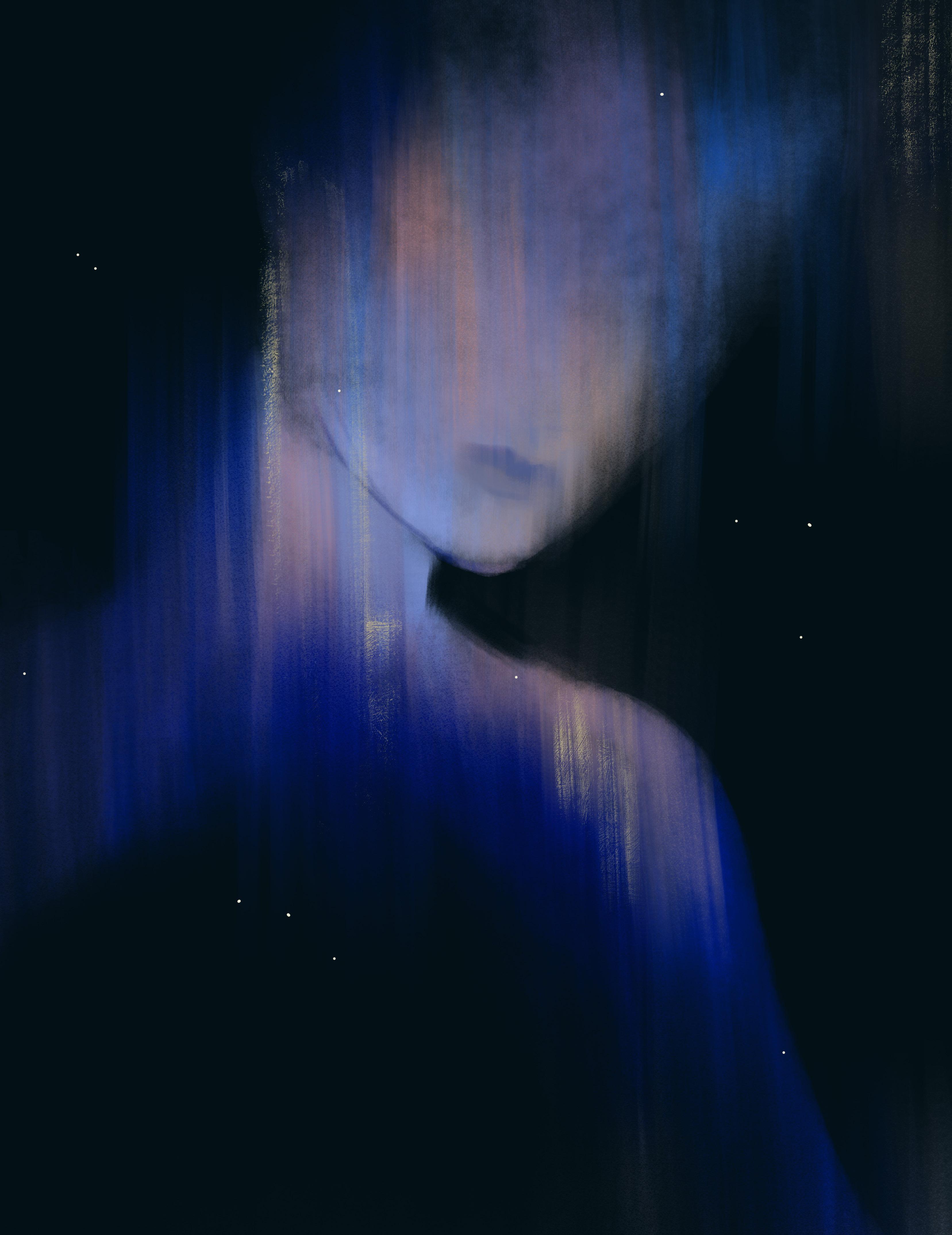
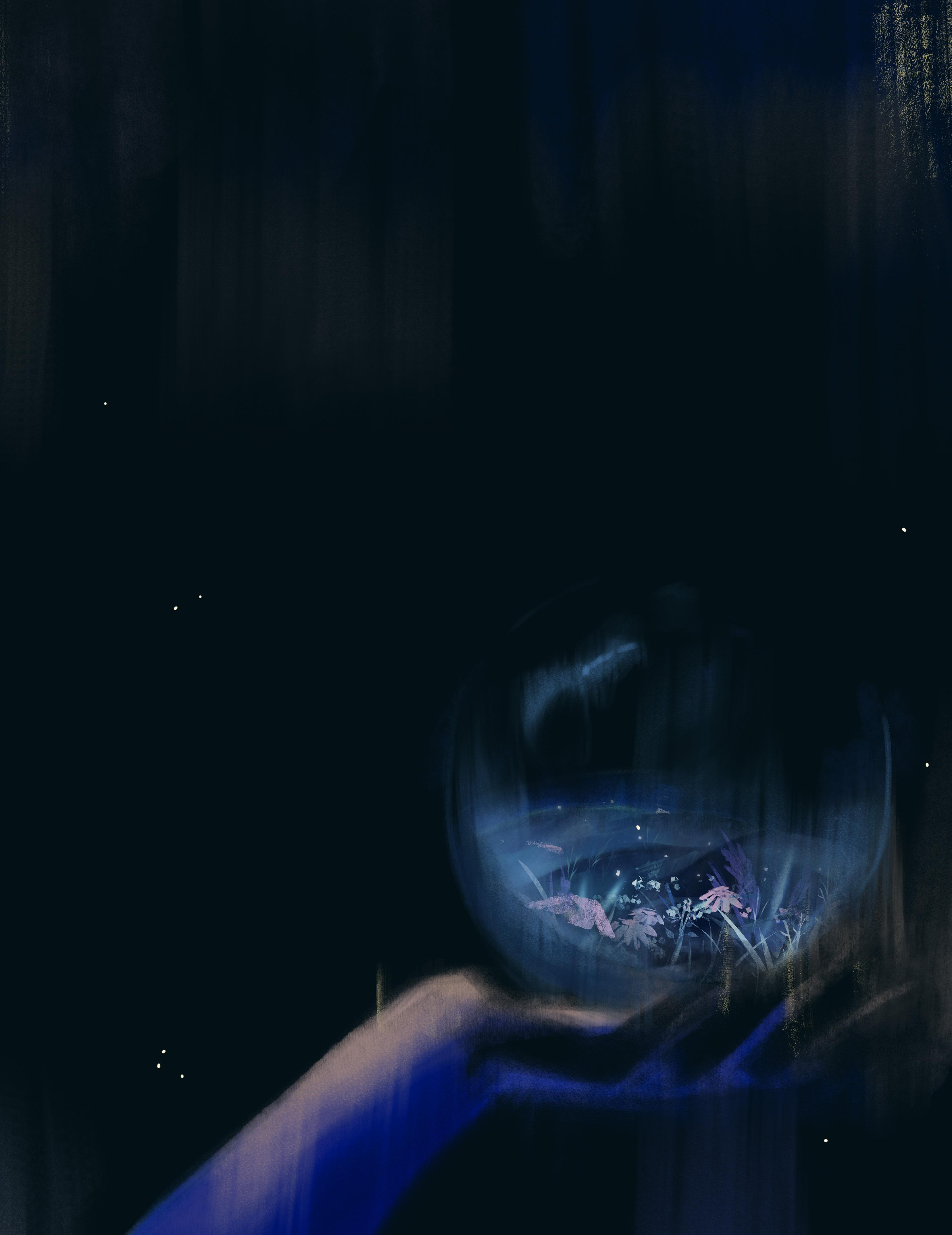
You are Me
You are Me
You are Me
Amoromnia gasped as she woke up, slamming herself up from the wooden desk. The digital clock flashed 8:11 in red. When did I fall asleep? The image of God’s ethereal presence towering over her had faded, but his eerie message echoed in her mind. She trembled and rubbed her head with her hands. Her heart palpitated uncontrollably, processing her unidentifiable emotions. Shock, awe, terror, comfort, grief, love? God, is she with you now? Let her be at peace, one with you.
Some time passed before Amoromnia returned to the meadow. She ventured into this hideaway to enjoy observing other biological beings interact in their micro-ecosystems — a cheeky escape from a day full of man-made stimuli. Despite wearing a delicate tulle skirt, she promptly laid herself on the bare ground, slightly damp from the night before. Bits of chlorophyll and dirt particles clung to her fresh white garments. Amoromnia seldom cared for what was considered proper so long as she was having a good time, yet her late grandma’s voice whistled in the wind, “Oh dear, watch out you’ll get dirty! Your dress will be ruined, please stand at once”. With no intentions of moving, the young maiden smiled faintly down at Mother Earth, thankful nana’s presence was still within her.
as part of his cell his body his heart humans are loved by god
Amoromnia, again a child. She swirls the soap in the bucket, excited to blow bubbles. Her breath gives life to form and shape, yet she cannot control where it goes or when it dissipates. The iridescent dream floats freely in the atmosphere, guided by the light breeze. A kid runs by, gawking at the light reflected inside, then reaches up and accidentally bursts the tension. Its twin rises into the distant sky and becomes no longer visible, but Amoromnia knows it will eventually cease. These fragile spheres are not capable of surviving the atmosphere for more than a few mere seconds. Even so, she smiles proudly at her beautiful creation — grateful it made her happy for a fleeting moment. *Pop*
Amor Omnia,
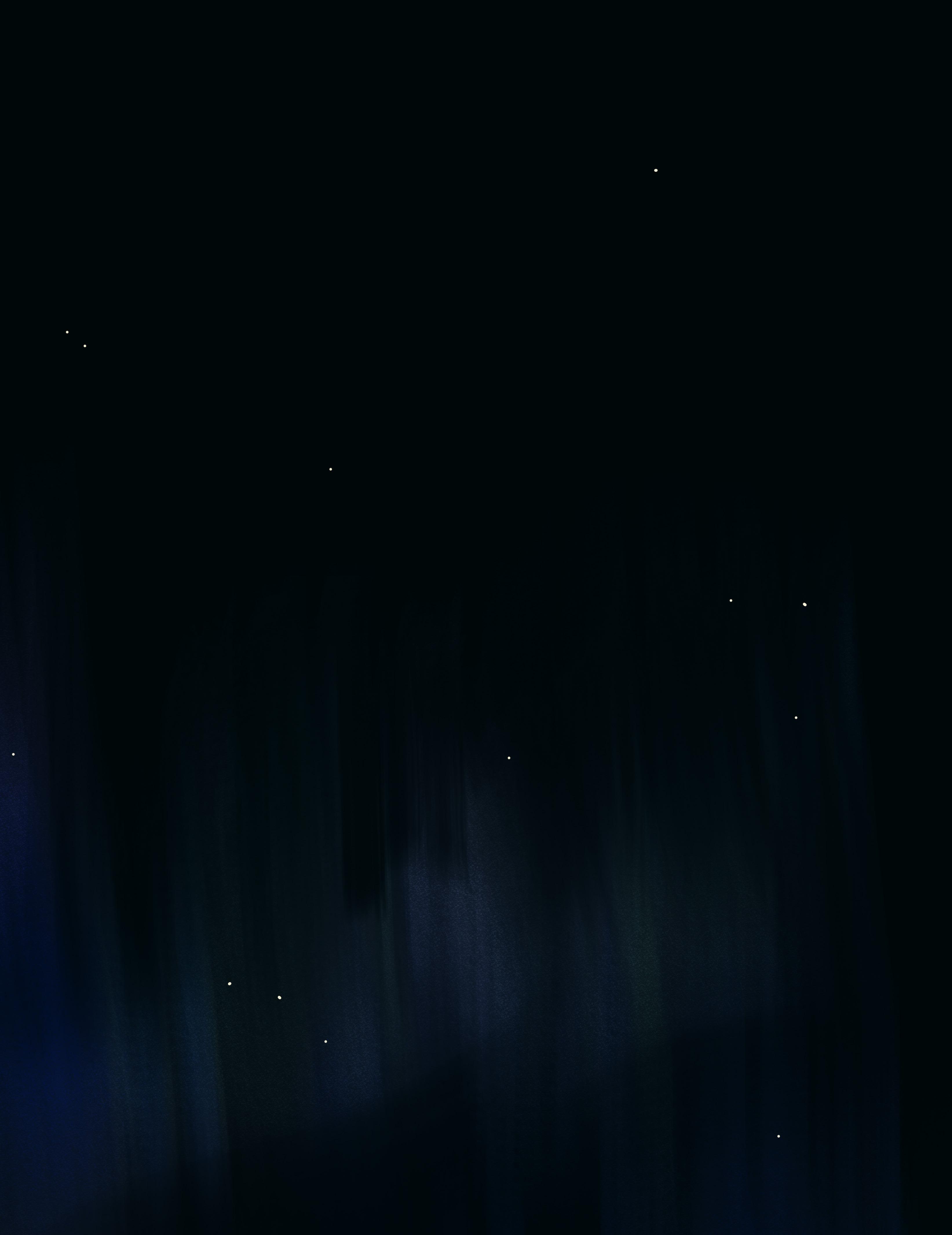
—Love Conquers All
Annie Yan is a Los Angeles-based artist focused on graphic design and the visual development of games and films. Annie studies Game Art at the School of Cinematic Arts, University of Southern California.
Lisa Dang is a Los Angeles-based writer interested in creative writing and directing. She creates stories inspired by scientific theories, metaphysical senses, and religious beliefs to explore the bounds of the universe. Lisa studies Business Administration at the Marshall School of Business, University of Southern California.
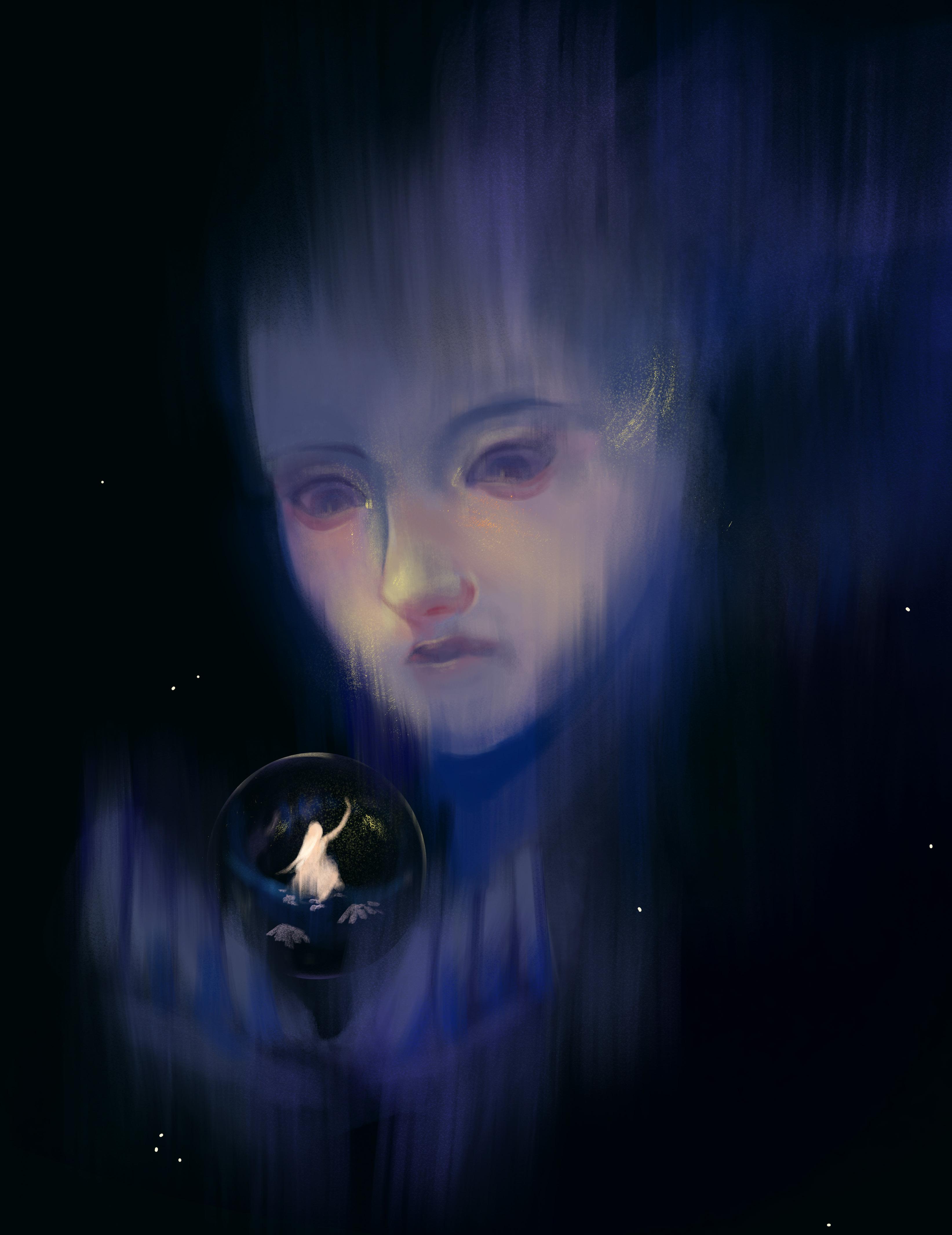
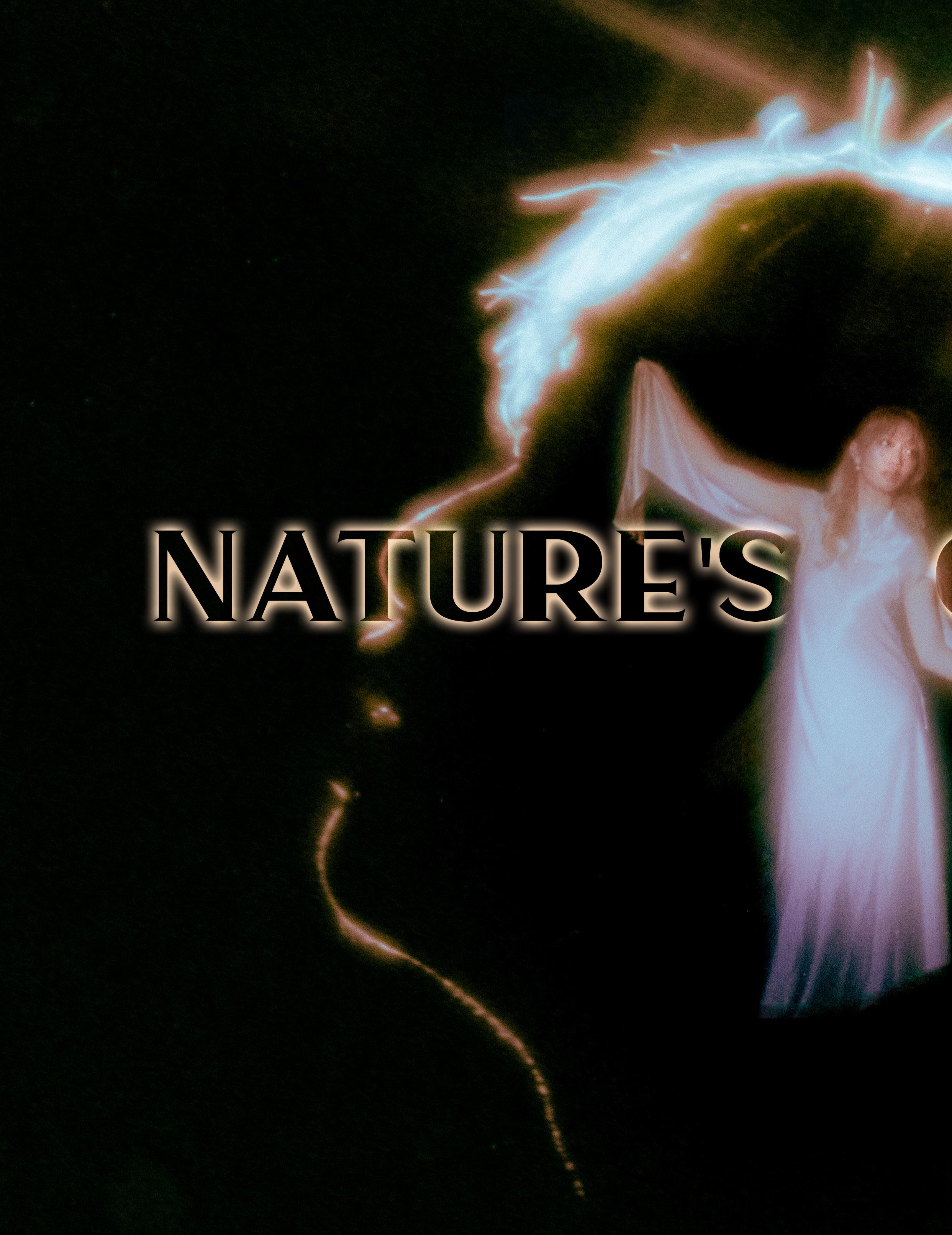
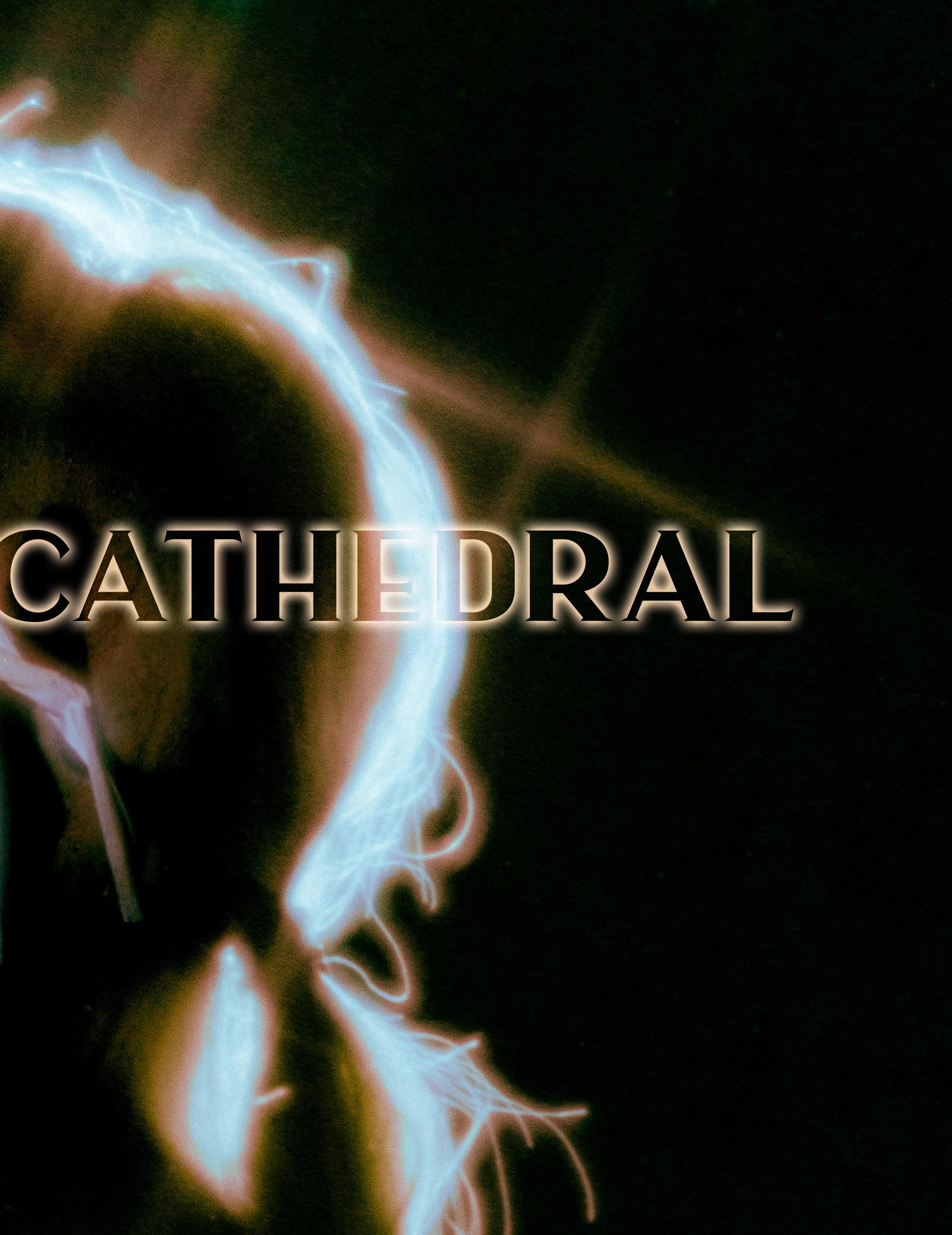
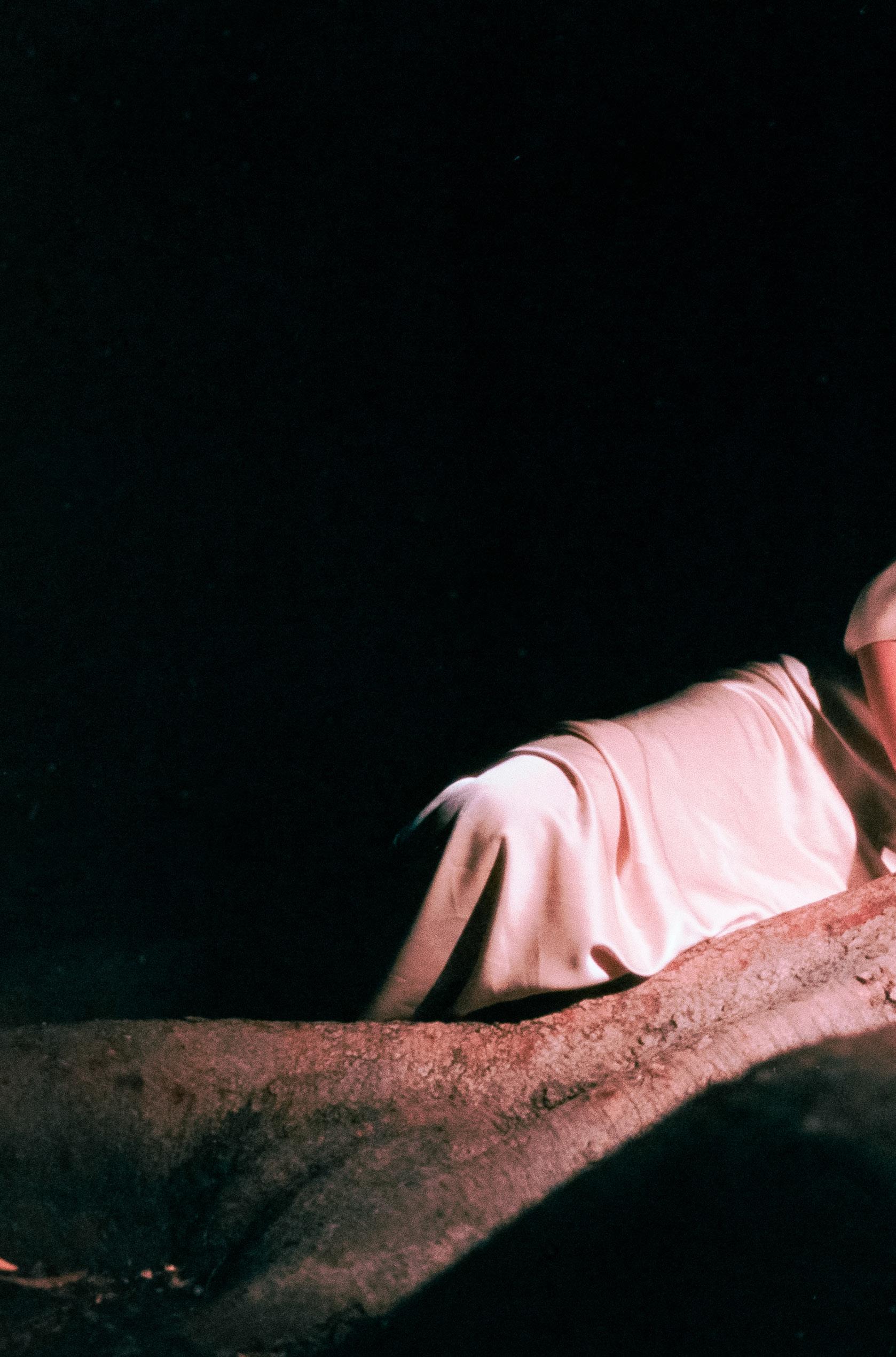
Of the many hikes my family goes on, very few are without a body of water. After a long, grueling trek through the wilderness, it’s exactly what we need to rest before the dusty journey back. Creeks, rivers, ponds, waterfalls, lakes—we don’t discriminate in our sigh of relief at the respite and beauty the water has to offer.
We peel off our socks and outer layers on a rock near the water’s edge. My siblings haphazardly toss them to the ground as my father and I, two birds of a feather, place them neatly in a strategic nook where they await our return. We wade, then leap. Sometimes it’s overcrowded, and silt kicked up by careless feet clouds the otherwise clear water. Other times, we are so far off the beaten path that we’re mildly surprised to see another human being. It’s these instances I crave most.
In these places, the soundscape of pure nature presses in thicker than the noise of urban life, rich and textured and crisp. Tinnitus doesn’t seem to affect ears here. Zero cell reception works wonders on the incessant urge to pick up the phone. As I float in the glacial water of my favorite alpine lakes, I suddenly want to go John Muir and live out here forever.
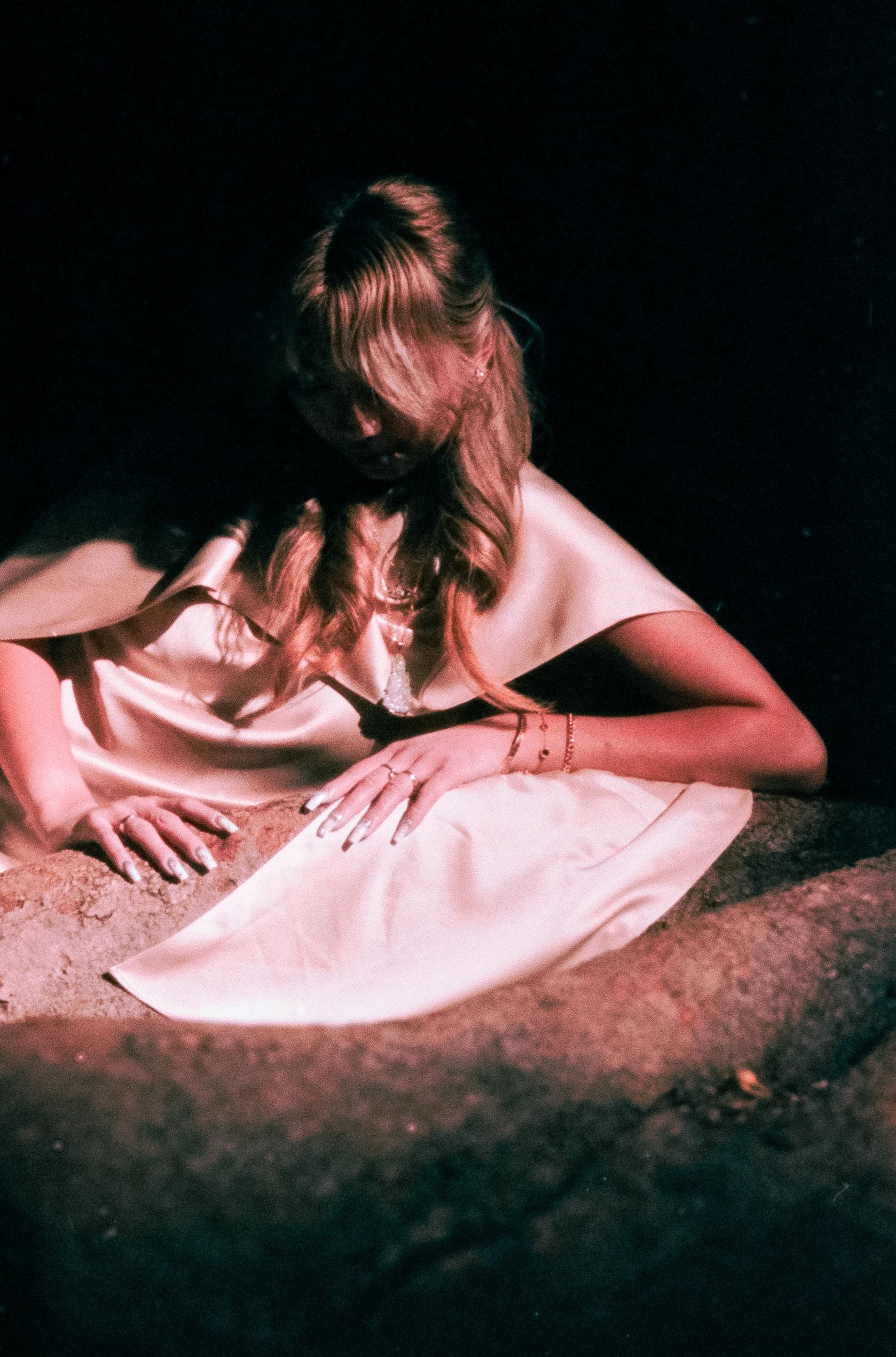



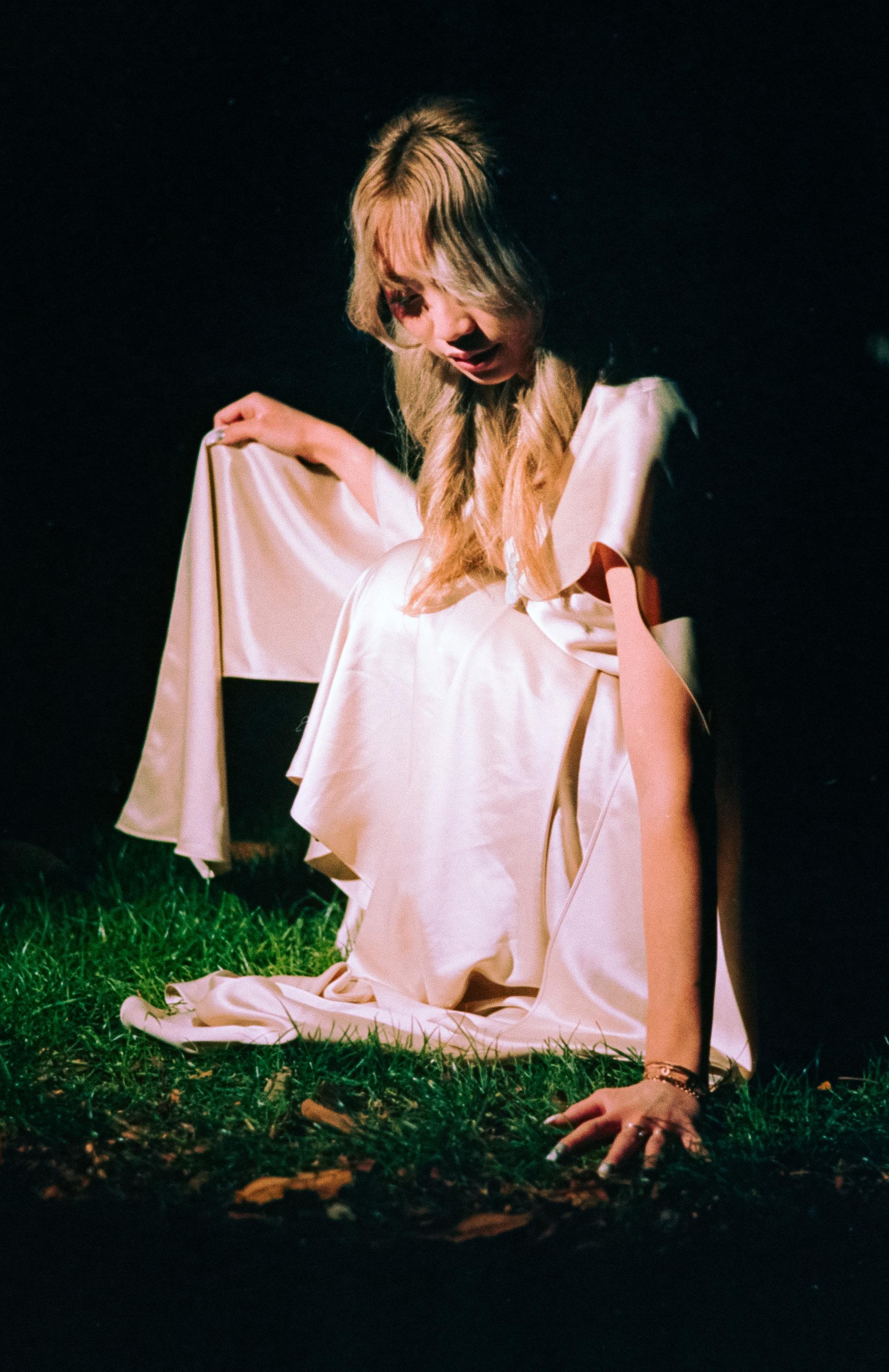
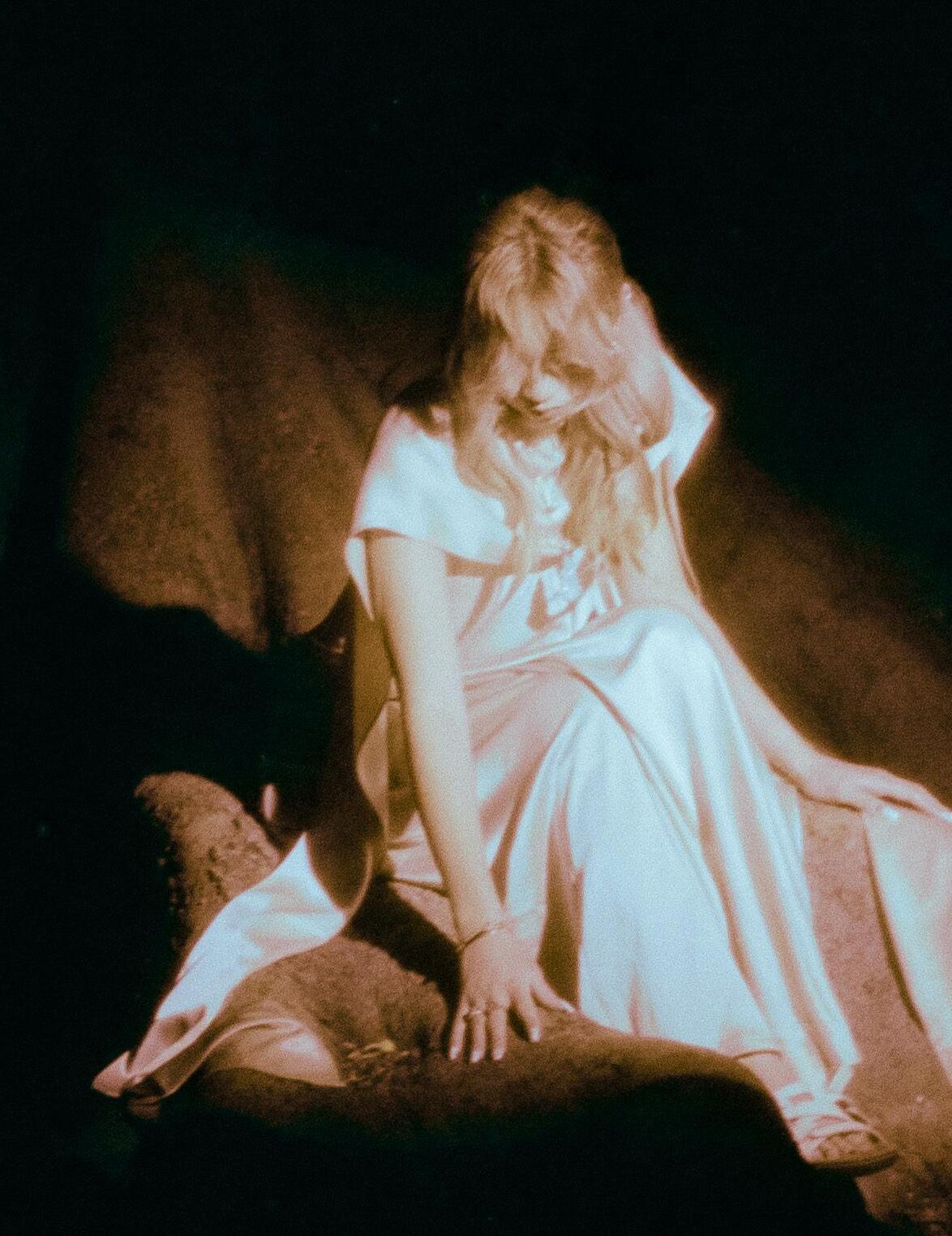
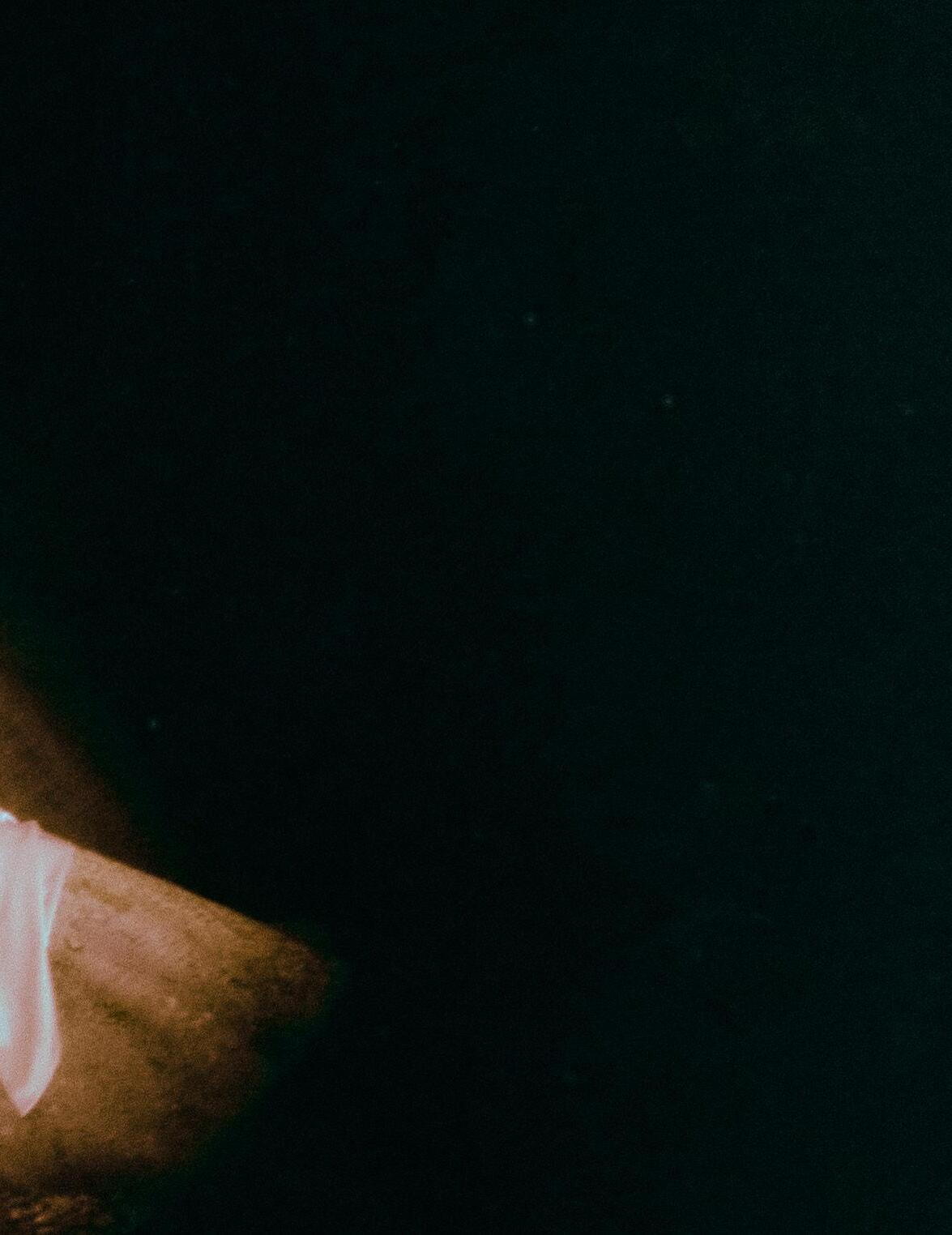
I’m one with the ground that shifts underfoot and tumbles down a hundred-foot canyon, and the grime from hours of climbing granite mingles with the melanin that makes way through the woodwork of my skin. Compared to the sacredness of this wilderness, the comfort of the concrete jungle we call home itches on my skin like a sweater that shrunk in the wash. I often startle from the monotony of daily life to find myself yearning for the many landscapes of California.
Some call this need for nature grounding. Others call it the universe or a life force. But even from my limited traverses through creation, I know it is exactly that - creation. Being in nature is being close to God. It was when I drove through the Wawona Tunnel for the first time that I understood. We’d taken the five up to the 99 through Fresno to go up some more, through hours of rolling hills dotted by stunted brush, through slanted mountain roads overlooking miles of temperate forest. We’d pulled into the mid-afternoon heat rising through the thin air and walked to the edge to take it in: Yosemite Valley. The monolith of El Capitan, Bridalveil tucked away to the right, and the North Face in the hazy distance. How could anyone look at this and think there isn’t a Creator?
There’s been many moments of pure awe, of reverence akin to worship, merely as I walk through the chaparral of SoCal. My mind always wanders but returns to one verse: If these were silent, the very stones would cry out. The nature that so many flock to is a testament to the faith of many, living breathing evidence of our smallness and His greatness. As I sit to rest on the wooden pew of a fallen log in the cathedral of nature, I can hear the wind singing His praises.
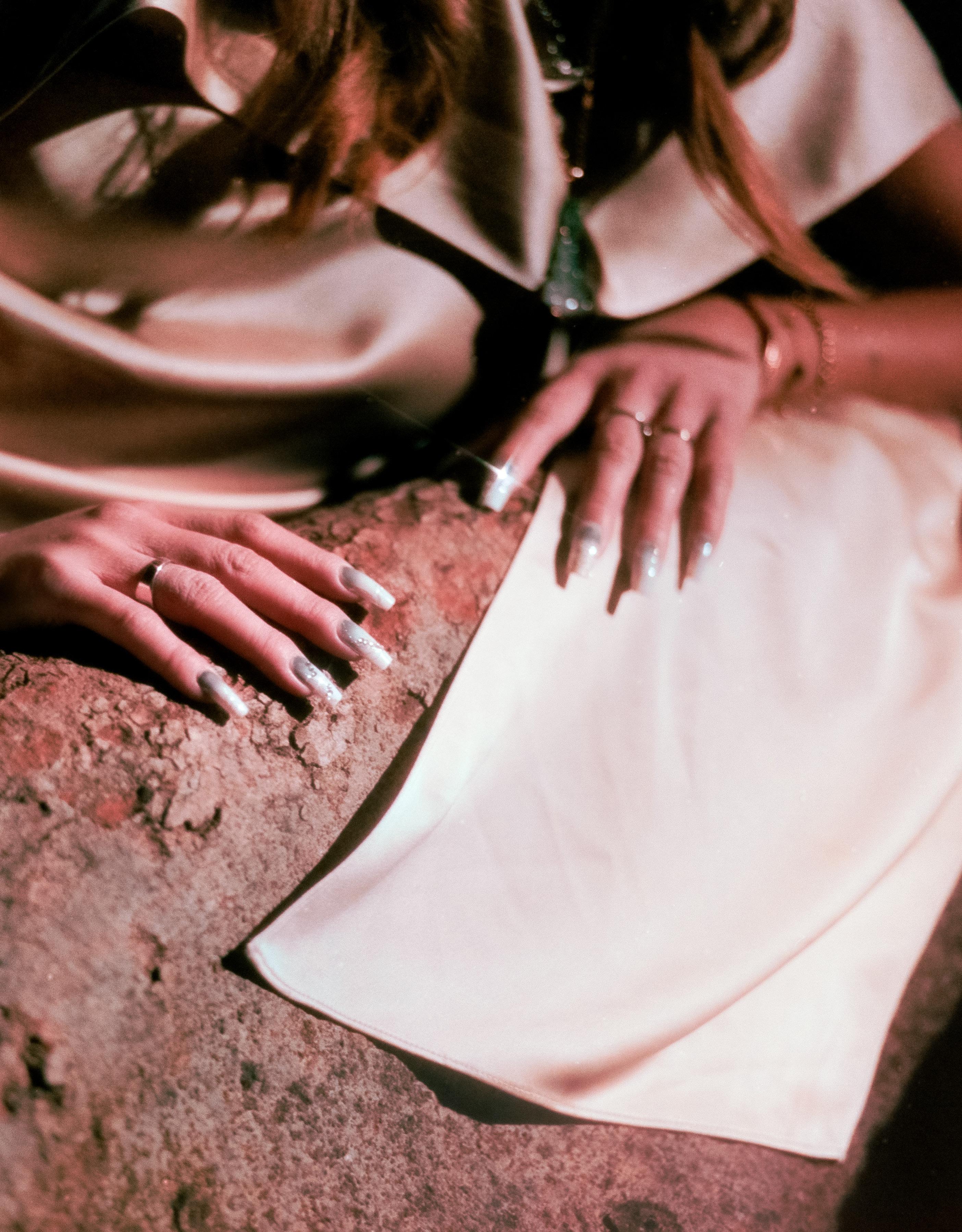
Natalia Rocha is SoCal native who loves to write essays and creative nonfiction. Inspired by the literature of greater Los Angeles, her work often explores the nostalgia of life in the San Gabriel Valley and relationships shaped by their cultural and geographical landscapes. Natalia is studying Narrative Studies at the Dornsife College of Letters, Arts and Sciences, at the University of Southern California, with plans to complete a Progressive MA in Literary Editing and Publishing.
Andrew Woo is a photographer from Palo Alto, CA. He has been shooting street photography for two years and utilizes surrounding environments and resources to communicate themes in his work. Andrew Woo is currently studying Cinema and Media Studies at the School of Cinematic Arts, University of Southern California.
Mustafa Chattha is a Pakistani visual artist and graphic designer based in Los Angeles. He uses his creative work to explore themes of intersectionality and advocate for social issues, particularly those affecting women in third-world countries. Mustafa studies Media Arts + Practice at the School of Cinematic Arts, University of Southern California.
Model/Stylist
Trinity Nguyen
Photo Assistant Brandon Woo


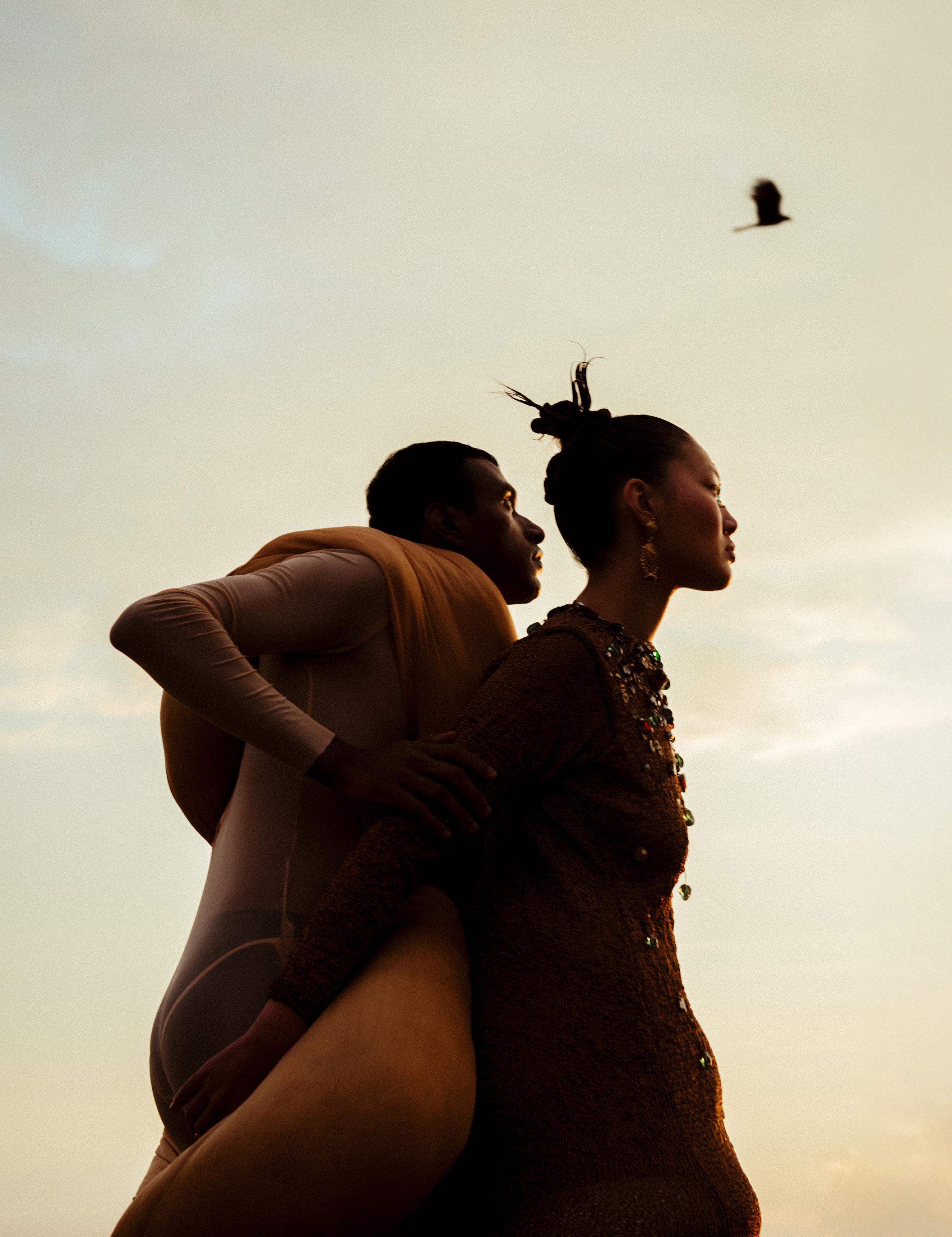
The mother thought it was strange how her reticent boy had grown to be exactly the man she thought he would be, but not in a way that made him familiar to her. When her son was six she would take his fraying nails before he went trotting off to school and clip them until they were neat and immaculate, just like the length of his hair and the shine of his shoes. Something about him now—nails flecked with last week’s polish, hooded lids smeared with eyeliner—made the mother feel impossibly distant, as if she was watching a character she did not and would never truly know. She receded further and further away until the auditorium became a screen she could turn on and off at will. Perhaps it was something in the way the child always placed his soul at the tip of his tongue that made the mother offer hers on the car ride home.
Ten years prior, the mother had other concerns. Just yesterday the child said that he was an American. An American! When he spoke, ate, and breathed Chinese! The mother wondered what she had done wrong. The children would occasionally gorge themselves on greasy American slop, but only when she was bone-weary and could not lift the ladle. Otherwise, every day she would cook them the dishes of her homeland to embed the essence of Shanxi in their marrow. Their household was not like other households where the mothers got lazy and let their
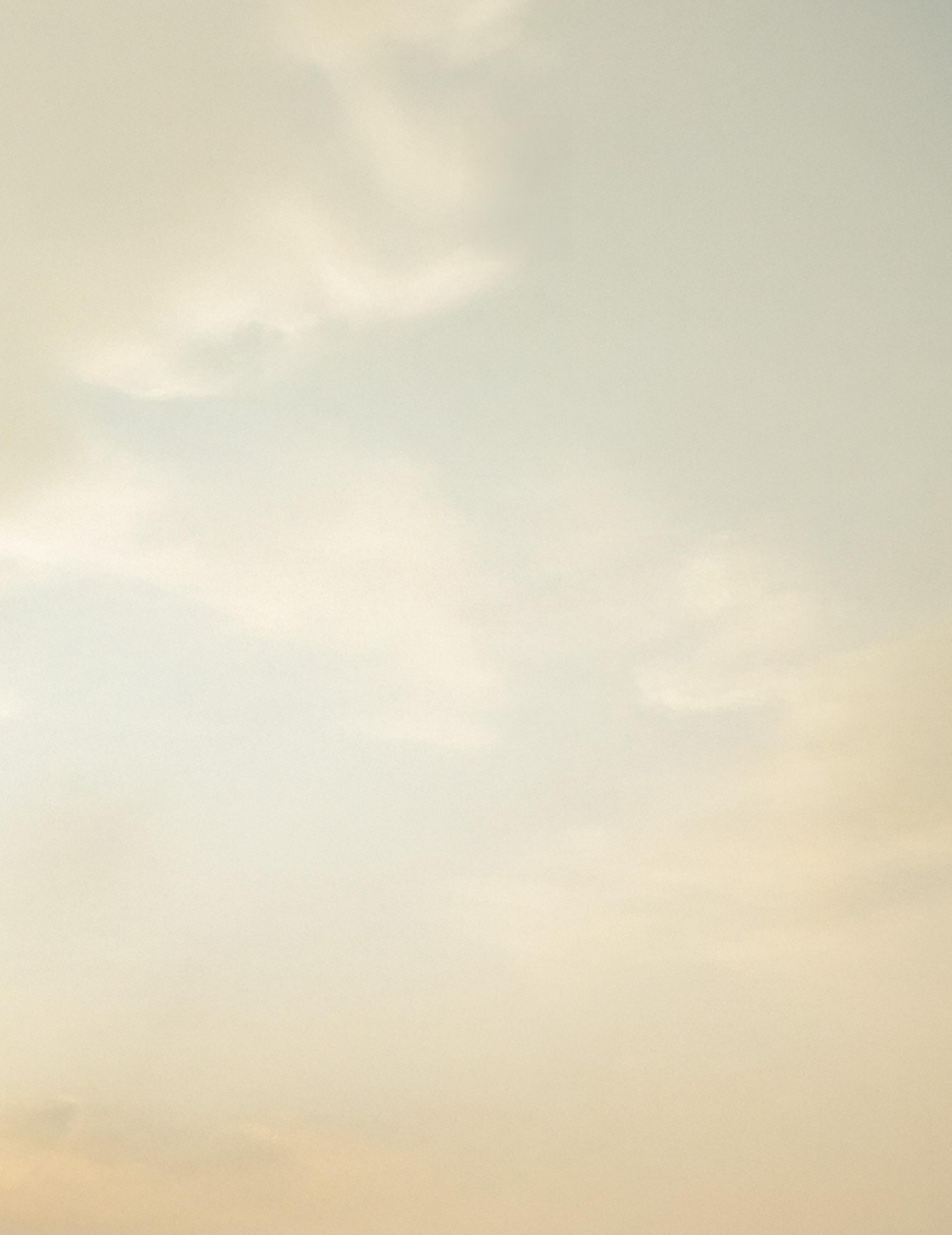
children speak English. No, no. Theirs was a household that remembered its roots, because memory was one of the only ways they could show gratitude to the accumulated toil that allowed them their present privilege. The mother decided the child must go to líulǎoshī’s house every Wednesday for remedial Chinese lessons. It was there, shifting restlessly on a plastic folding chair, that the child listened to líulǎoshī explain in a careful, measured way that Chinese people believed themselves to be descendents of dragons. They wanted to see their children, especially their sons, rise above and bring honor to the family name. Thus, the idiom: wàngzǐchénglóng to wish your son to become a dragon.
The child couldn’t remember if the mother ever explicitly said she wanted him to become a dragon, but he could daily feel the weight of her immobilizing expectation. Even from an early age, he knew he would never be able to satisfy her insatiable hungering. He couldn’t articulate it he had no idea what the word gay meant until sixth grade but he did know his friends didn’t linger on comic book spreads of their favorite superheroes shirtless and corded with muscle, and he did know that he was doing something unspeakably shameful whenever he snuck a glance or two or ten at G—’s shoulders in the locker rooms—the smooth slant of his scapula… For a while he could not sleep at night
because he would spend hours pinching the underside of his arms, fathoming what it was to love a woman. He would clasp his hands together and pray that God would cleanse the filth from his soul to make him normal again—not because he wanted to be with a woman, but because he knew that his mother would be angry otherwise. And he didn’t want his mother to be angry. The days passed. He continued to sneak glances at G— in the locker room. He cursed god and became an atheist.
While the child would agonize over his dilemma, the mother would have just arrived from layout school and poured herself a glass of wine. After sufficiently intoxicating herself, she would go to bed with her body lying opposite to her husband’s, because they had long since passed the point of sleeping together for comfort. By the time she received her diploma and landed a job at AMD, she had gained fifteen pounds. Her slender figure was ruined but it was worth it, damn it, if it meant giving her son the family she never quite had. That was the point of immigration, after all a small prayer for upward movement, a perpetual overcoming for future generations. She consoled herself by dreaming of her son twenty years down the line, when she would have moved back to China, and he would be visiting with his children and wife. She would trace the lines of her own mother’s
face in the face of her granddaughter as she rocked her to sleep…
In response to his absurd predicament, the child wished that he could be resentful, yet he was anything but. The summer he came out broke something in him. It would have been so easy if he just didn’t care. For months afterwards he attempted to divine in the mother’s gestures an answer to the question he was always secretly posing, but her answer was always the same: (Am I your son?) No longer. It would have been easy if the issue was just homophobia, or a lack of equivalent terms across languages, but it was not mere prejudice he discerned in her eyes. There was no small quantity of despair, and aggrievement. He had wasted all of the xīnsì she poured into him so that he would become a proper dragon a proper family man. What was she supposed to do with a f****t?
Besides the obvious conflict with the mother, the child’s life was complicated by a stupid crush he had on a stupid boy in his track team. He had already been rejected by A—, but it was hard to distance himself from A— when they sat right next to each other in Japanese class. The child would extend a hesitant finger and press it on A—’s arm, and more often than not, A— would respond by leaning against the child’s shoulder. They would pass classes with their legs interlocked under the table,
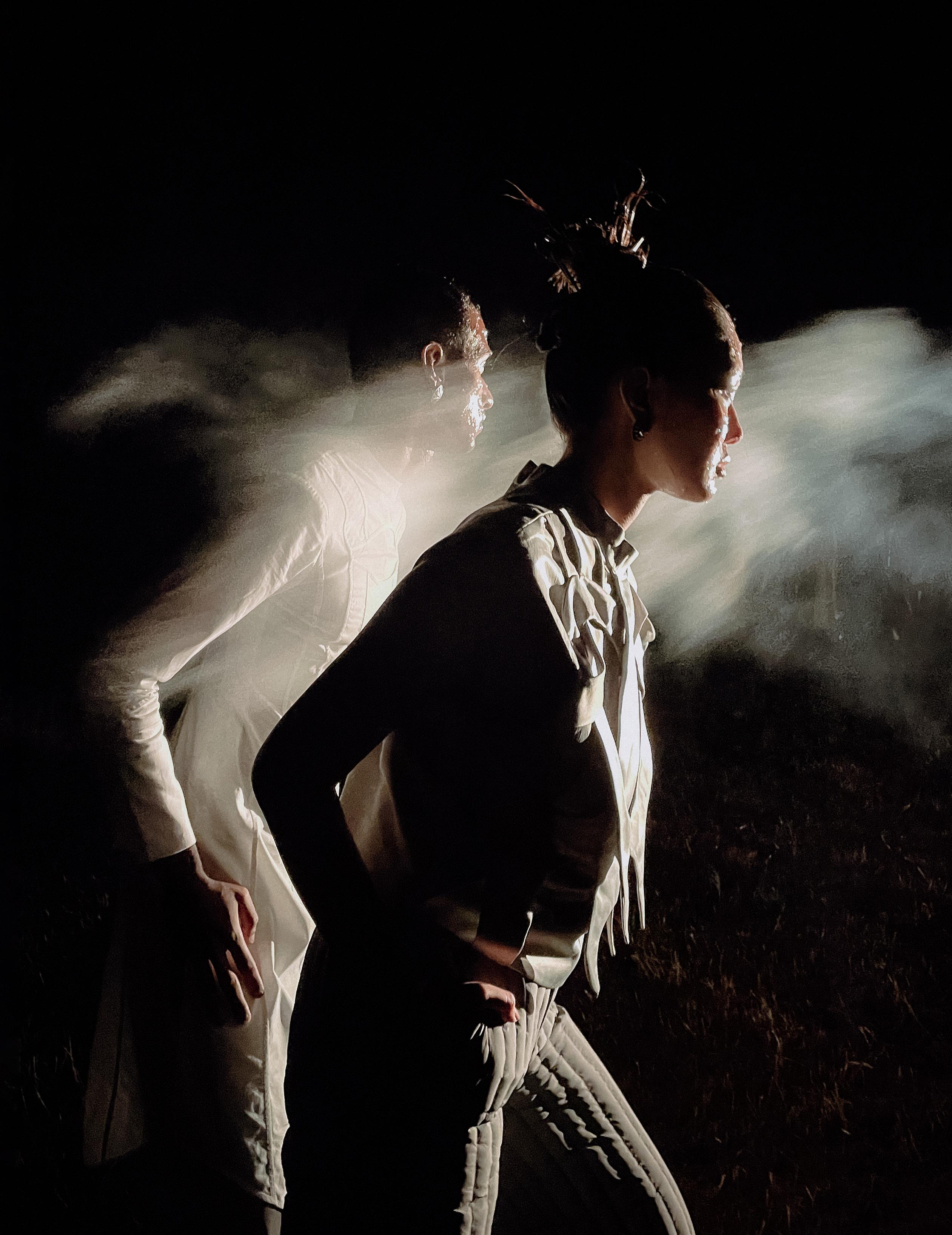


breaths mingling, and even though Z— two seats to the right stared at them with mock-revulsion, the child felt nothing but a warm fluttering spreading in the hollow of his throat. But A— did not really like him in the end. And that was that. The child wanted nothing so much as to be shucked free of himself come senior year. It wasn’t that he didn’t want to be gay no, he had long since reconciled himself to the unfortunate circumstance of his identity he was simply tired of Desire, and the way it transfigured him into a pathetic begging facsimile of himself.
He never took naps, but he often found himself collapsed on his bedroom floor, searching for a brief reprieve from the neverending tumult of his emotions. One night the mother found him there, splayed against the carpet, shirt scrunched and belly exposed. Stupid boy, she thought, he’ll catch a cold. She shook him awake and, in a rare moment of perception, pointed out that he would kill himself if he kept on pushing himself the way he did. She asked what he wanted to eat for dinner— she’d make anything he wanted and then scampered downstairs. The child gnashed his teeth at the softness in her voice. He knew how to bear under the weight of her disdain well enough, but what was he supposed to do with her concern this kindness? He gave up. He pretended not to notice the dark current roaring beneath them, and allowed himself the liberty of ignorance.
That was why he was so surprised when she asked him, Will you have a boyfriend in college? after a choir performance
the following summer. It was the first time in seventeen months either of them mentioned anything about his sexuality, and she had never breached it herself before. Always, it was the child knocking on the mother’s door, waiting with bated breath for the absolution she would never provide. He had gotten so used to preserving the lathered, saccharine nature of their recent correspondence that he shuddered. Recollecting himself, he calculated the response that would best appeal to her sentiments, and muttered, I don’t think I will. I want to focus on my studies instead. It was true he was tired of boys, their immaturity, bravado, and irresistible pull. But the mother pressed on. What matters most is discernment. They don’t have to be particularly rich or intelligent, as long as they have good sense and healthy habits. You need to surround yourself with the right people in life. Do you understand? The child realized then that this was not really a conversation, but a farewell of sorts – the mother’s final attempt to exert some semblance of parenthood before her son shook free and came into his own. He hung his head and let himself be her child. I understand. The mother nodded with approval, and they drove home in silence.
When the son exited the car, he felt light, as if his flesh was cotton. He would never become the shimmering mass of scales and feathers his mother wanted him to be, but he felt as if he should ascend to heaven at that very moment. Finally, the answer he had been waiting for: You are, you are, you are.
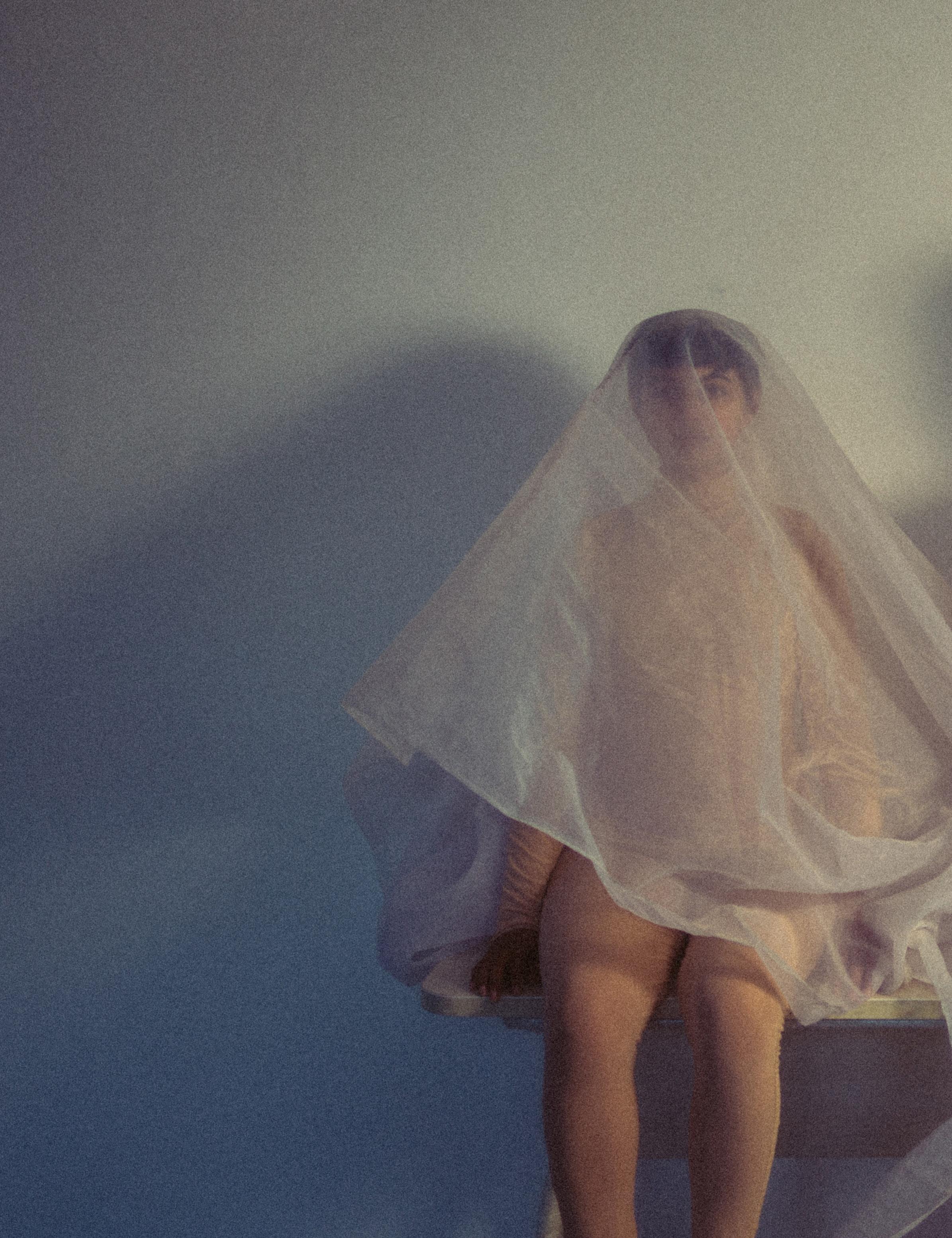
Rishi Raj is a self-taught Indian photographer whose artistic voice emerged from the banks of the Ganges, where calm riverside life met the chaos of nearby city streets. Rooted in honest storytelling, his work embraces visual contradictions and aims to evoke personal connection, rejecting overly polished aesthetics for something more intuitive and warm.
Models
Rahul Munda
Dechenla
Kumar Abhishek
Mira Ranhawa
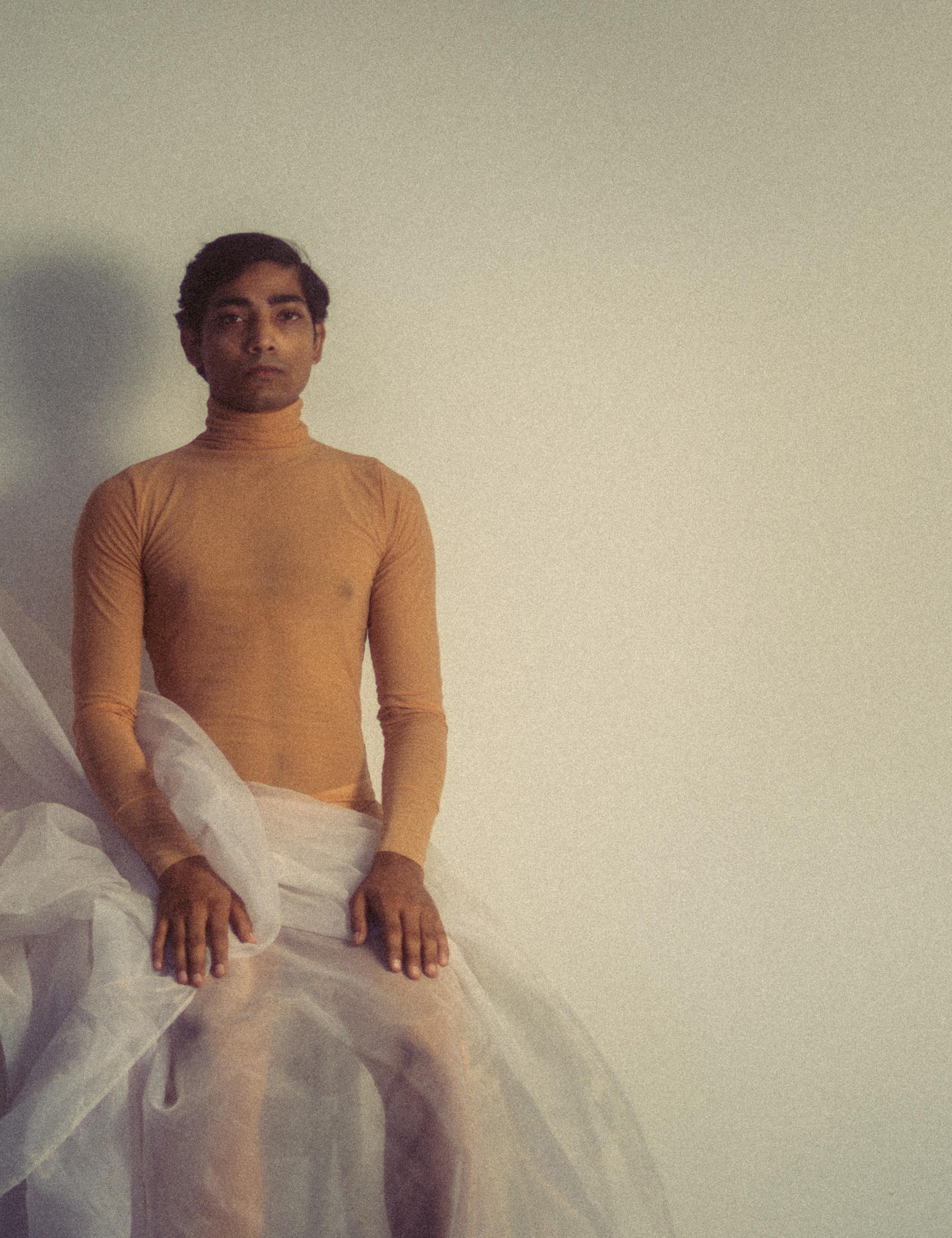
Hanwen Zhang is a Los Angeles-based writer specializing in poetry and prose. His work emphasizes personal truths while also acknowledging the multiplicity of perspectives inherently present in human conflict. Hanwen studies Neuroscience at the University of Southern California.
Abriella Terrazas is a Bay Area and Los Angeles-based designer whose passions lie in experiential and visual design. Her work focuses on the intersections between aesthetic expressions as well as social and environmental empowerment. Abriella studies Architecture and Themed Entertainment at the School of Architecture, University of Southern California.
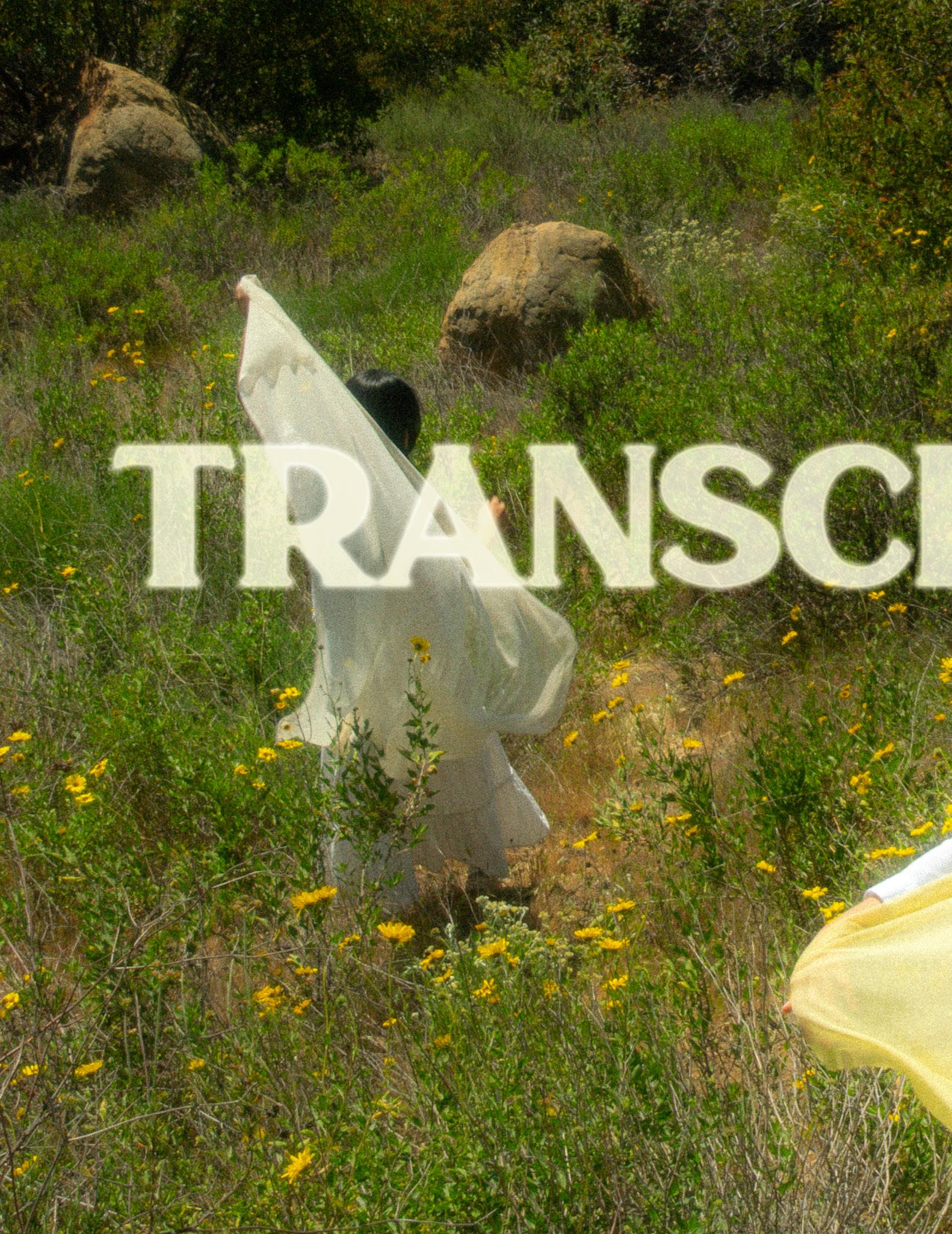
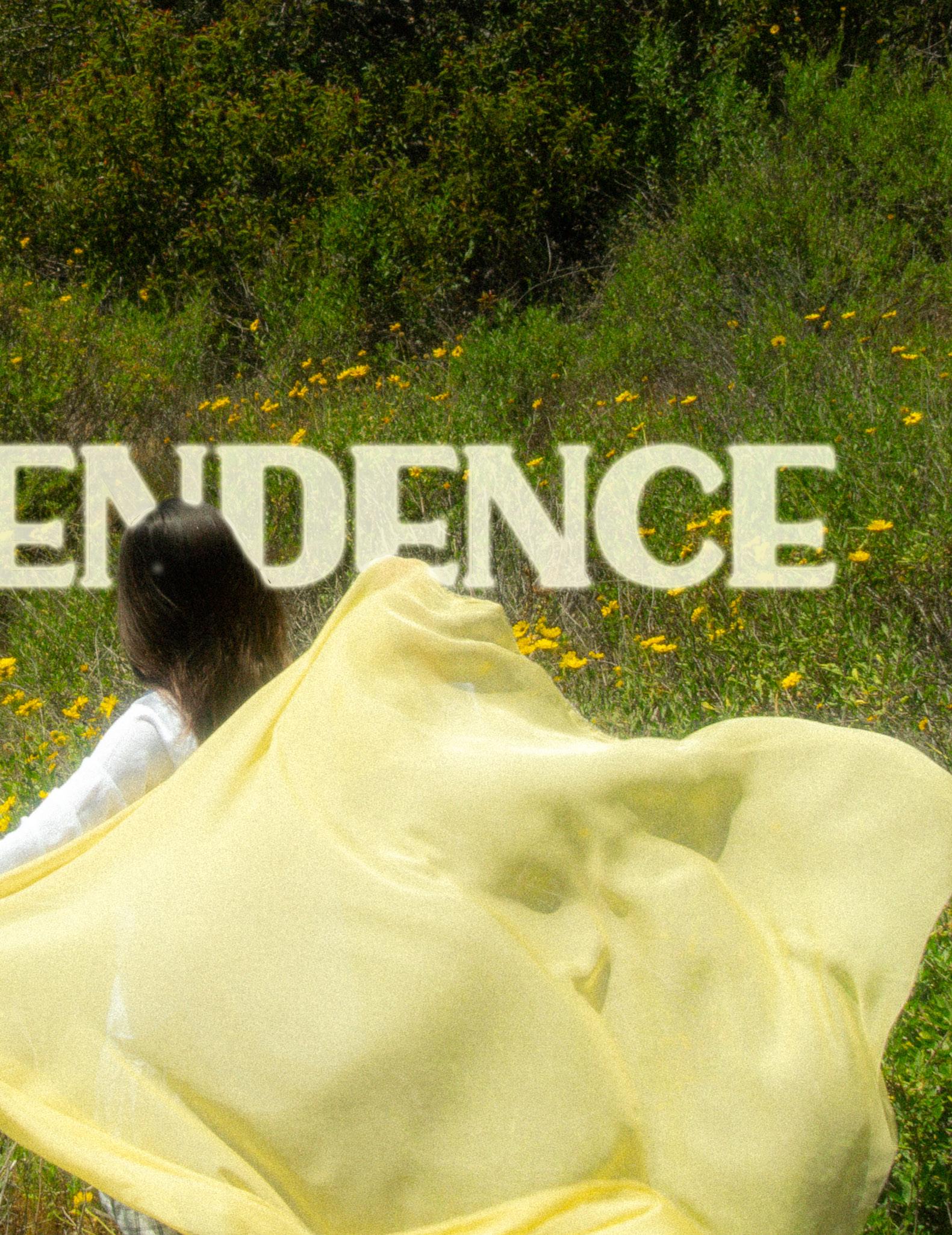

His space of devotion is a modest one – the forsaken portal between him and the beyond. It has grown quite worn and unkempt over the past few years, much like its devoted parishioner. The walls have cracks, chips in the paint that disrupts the natural order of the tiles’ ornate pattern. The edges of the glass panel have taken on an Earthly green hue, no doubt due to the recurring infestation of mold from past years. The tiles are a far cry from the chiffon white gloss that defined its prime; it now takes on a rugged sea salt aesthetic – a shade of ivory, perhaps, on a good day. It was as if the room itself swore a creed to asceticism, with austerity being a necessary sacrifice for the sake of divination.
Despite its clear signs of physical toil, this is the only space where his soul can truly rest. There is no distraction to deflect from his passion, no external force that yanks on his tethered mind. The acoustics of the hall reverberate in his voice, a two-way confession between his body and his spirit. Its exterior only stretches about 3 feet long and 2 and a half feet wide, yet is an open pasture valley for the heart to roam free.
This little room, this is his sanctuary.
The sanctuary – it is a place of solace, of warmth, an escape from the horror that is the metaphysical world. It was one thing to be embalmed in consecration, to ignite a connection between one’s soul and the personal principles we strive by. He has explored these vows in decades past, lived by them, swore by them, spoke every syllable of their gospel as truth. However, his soul still could not shake off his Earthly tether. It was not a fault of the vows, which were pure in intention and truth. Simply, the soul yearned not for an answer to its woes, but an embrace.
Ultimately, each attempt to unearth his soul and understand his purpose on this Earth had left him weary, batten-down. That is till one occasion, where the soul would emanate from its rugged shell and radiate a warmth so tender, so sacred. It was like a single sunray beaming down on a flowerbed – harsh upon first contact, yet over time the exposure grows on you, welcomes you, invites you to bask in it a little longer.
The warmth from his soul was a craving he sought time and time again. There was nothing tangible or thought-provoking about the warmth itself – it simply beckoned for his attention and he followed. The light from his soul’s warmth could only be tapped into from one location – the sanctuary. In the now-decrepit washroom, he begins his daily ritual.
The sanctuary’s ritual rites are a simple process. First, one must disassociate from their corporeal being, temporarily releasing the baggage of the metaphysical plane. His palm rests on the faded silver knob as he gives it a gentle turn right. His frail hand
faces resistance from the knob, a cruel taunt about his venerable age from the physical plane. He takes a pause before placing both hands on the knob, and lets the water flow through after one swift pull.
The droplets first speak in a cacophony of scattered notes, no cohesive pattern or alignment behind their rhythm. He stretches out his arm into the waterfall’s trajectory, taking in the bitter sting of the stream as each droplet crashes against his skin. Soon, the waterfall becomes subdued in its onslaught, the droplets now resting on his fingertips, lingering for a split-second before trailing off, as if it seeks to prolong its descent into the drain below.
After he submerges himself fully into the deluge, he takes a moment to empty his thoughts. Anointed by the waterfall above him, the water vapor’s steam soon rises and creates a thick shell separating him from the outside world. The heightened sense anxiety for what lies in the future swirl amongst regrets of the past, before slowly fading off. In their place lies the steady hum of the water droplets – the disjointed scattaco rhythm in the background now evolves into a chorus as they crash against his back.
Finally being able to pierce the bridge into the spiritual, he begins the next step to venture into his soul. He takes a glance at the edge of the wall tiles. The edges, an ashy gravel-coated pathway between each off-white matted bath tile, follow a straight route before they meet a conjunction. They then break off into another pathway, then again, and again. Visually, this unremarkable grid pattern offers nothing of substance, not even in aesthetic.
To his soul, this is the convergence of life’s pathways, the infinite choices that were laid throughout his mundane lifestyle; they represent the embodiment of possibility, of chance, the forever unanswered question of “what if.” These parallel lines all trace back to one subject, and although these realities are mere figments of his mind’s


speculation, he can’t help but feel an ethereal sense of connection to them.
One of the lines, these parallel realities, will surely lead to the soul’s warmth he craves.
He takes his finger – wrinkly from both water’s overexposure and from age – and follows one edge across the wall. He slowly closes his eyes as he traces his finger across this line, stopping at every convergence point to take a new direction.
His present reality is no longer tangible. Every point of diverging life paths unlocks a new kindled light in him that brings him closer to his soul’s core. These paths take on the apparition of himself. They are him, yet they embody a natural, warm glow to their complexion. They lack the aged wrinkles of his face, they lack his hunched stature, they lack his disgruntled, neglected hair. They are flawless.
He bears witness to a reality of fortune, of a man who lives in abundance. A man who could want for nothing, for he holds the world’s material pleasures in his fingertips.
He bears witness a reality of wisdom, of a man who is renowned for his scholarly achievements. A man who knows his discoveries will be remembered long after he passes.
He has seen these apparitions before in past rituals, but each apparition brings about a tang of regret. He cannot help but reflect on his own corporeal existence, bitterly wondering if this is his whole life’s purpose. To be an archetype, a blank slate, forever written off as what could’ve been.
There is one apparition staring straight at him that stands out from the rest of these hallowed figures. It is a small figure, only about three feet high. A young boy, freckle
faced, beady eyed. He can’t dare to look back at the boy in the eye, ashamed of how his current existence has tainted this young child’s future.
The boy, almost as if knowing what he came for, stretches out his tiny hand to him. He follows.
The boy leads him across this enchanted realm of the mind, through the maze of apparitions. He begins to see that all of these wishes, these embodiments of a fulfilled life, stem from one core in the maze. It is the glowing, radiant light he has seen before.
As they get closer, his mind becomes more at ease. The apparitions around him begin to fade away, slowly losing their human-like shape before flowing into specs of sand that spread across the crystal-like ground below them. Soon, the scenery of the room itself begins to become engulfed in this warm, radiant glow – the glow he has been craving. The floor is now entirely engulfed in sand, while the light above him harshly beams down in a golden-orange glow. He stands so close to the soul that the rays begin to poke at his skin, sharp daggers that beat down on his spirit; he does not move.
The young boy’s grasp wavers and soon dissolves into sand. He stands alone now, facing the harsh light of the soul in full and looking it in the eye.
The soul’s figure that stands before him is his mother, standing full of vitality and life. He knows that he is just a stranger to her now. In the corporeal world, his mother passed away decades ago, and the memory of the son she knew died with her. She would not recognize the man that stands before her with gaudy bags under his eyes, with shriveled-up, dusty hands, with a hunched posture from years of toiling in manual labor. This version of him does not exist to her and never will.
She stands before him and opens up her arms in embrace, the glow of the soul now illuminating the entire vicinity. After a moment of hesitation, he joins her in an embrace. She will never know his flaws, his sins, or even his current existence. No matter his condition, she knows that their souls are intertwined, persisting after death.
In one split-second, he’s taken back to his birth – the moment he entered the physical world for the first time, seeing the harsh glow of the Earth’s sky and greeted by his mother’s embrace. All routes of his past, all his possibilities and dreams, trace back to this singular moment. He is one with humanity, sharing the innocence and purpose that all come into this Earth with – to appreciate the beauty of life.
Back in the single sanctuary, he stands in silence, eyes closed, mouth agape as the shower head continues to pour down. A single tear falls from his eye, lingering on his face before joining the shower’s dewdrops in the drain below.
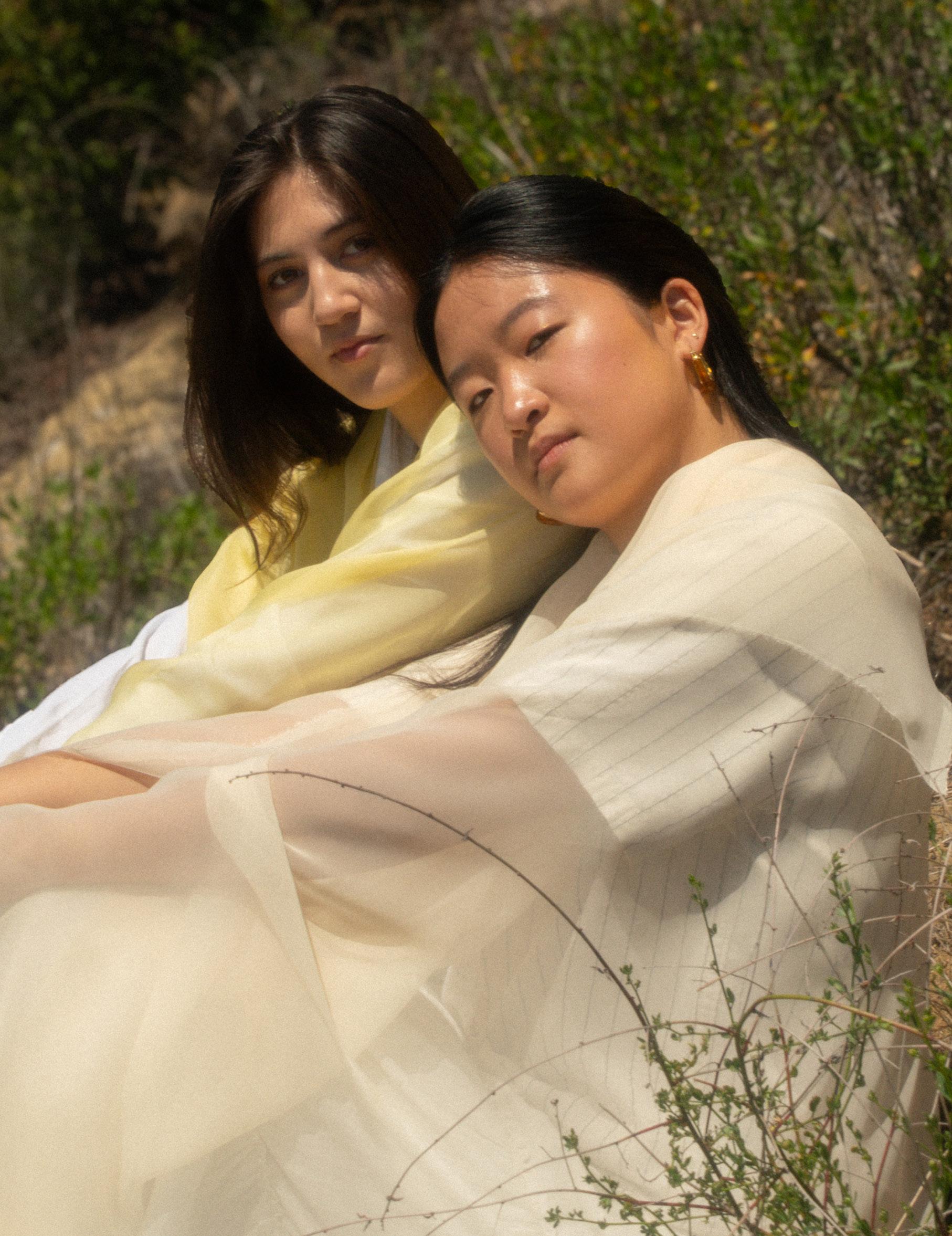
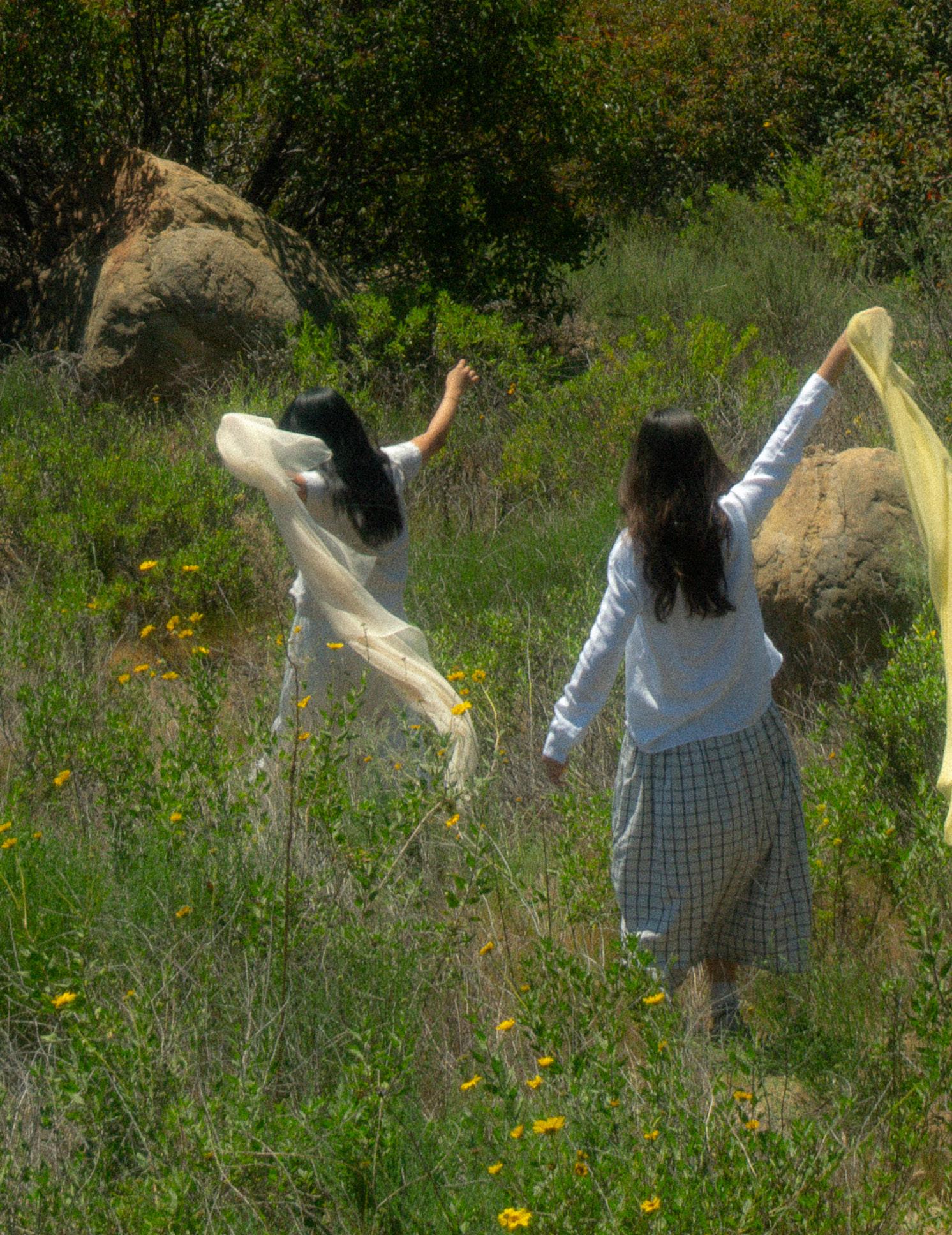

Hunter Black is a Los Angeles and San Francisco based writer. He seeks to utilize non-fiction storytelling blended with elements of creative prose to elevate stories of underrepresented voices on a wider scale. Hunter studies Public Relations with a minor in Theatre at the Annenberg School for Communication and Journalism, Univeristy of Southern California. He also serves as the Editor-in-Chief for Haute Magazine.
Winston Luk is a photographer based in Hong Kong and Los Angeles. He captures candid moments and sceneries to communicate connection and cultures. Winston studies Computational Neuroscience at the Dornslife School of Arts and Sciences, University of Southern California. He also serves as the Director of Photography for Haute Magazine
Natalie Darakjian is a designer based in Orange County and Los Angeles. Coming from an architecture background, she expresses her creativity in interdisciplinary ways. Natalie studies Architecture at the School of Architecture, University of Southern California. She also serves as the Creative Director for Haute Magazine.
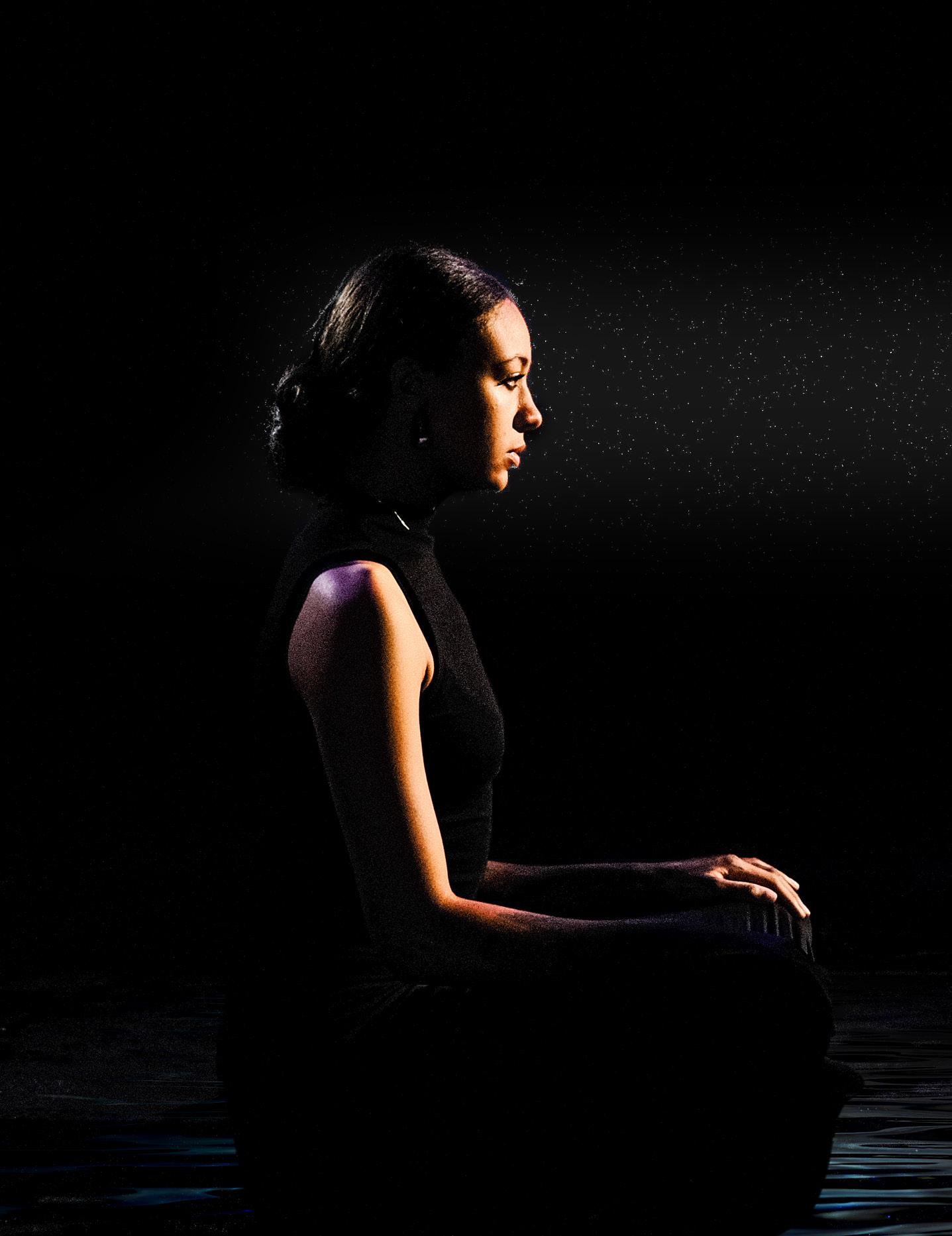
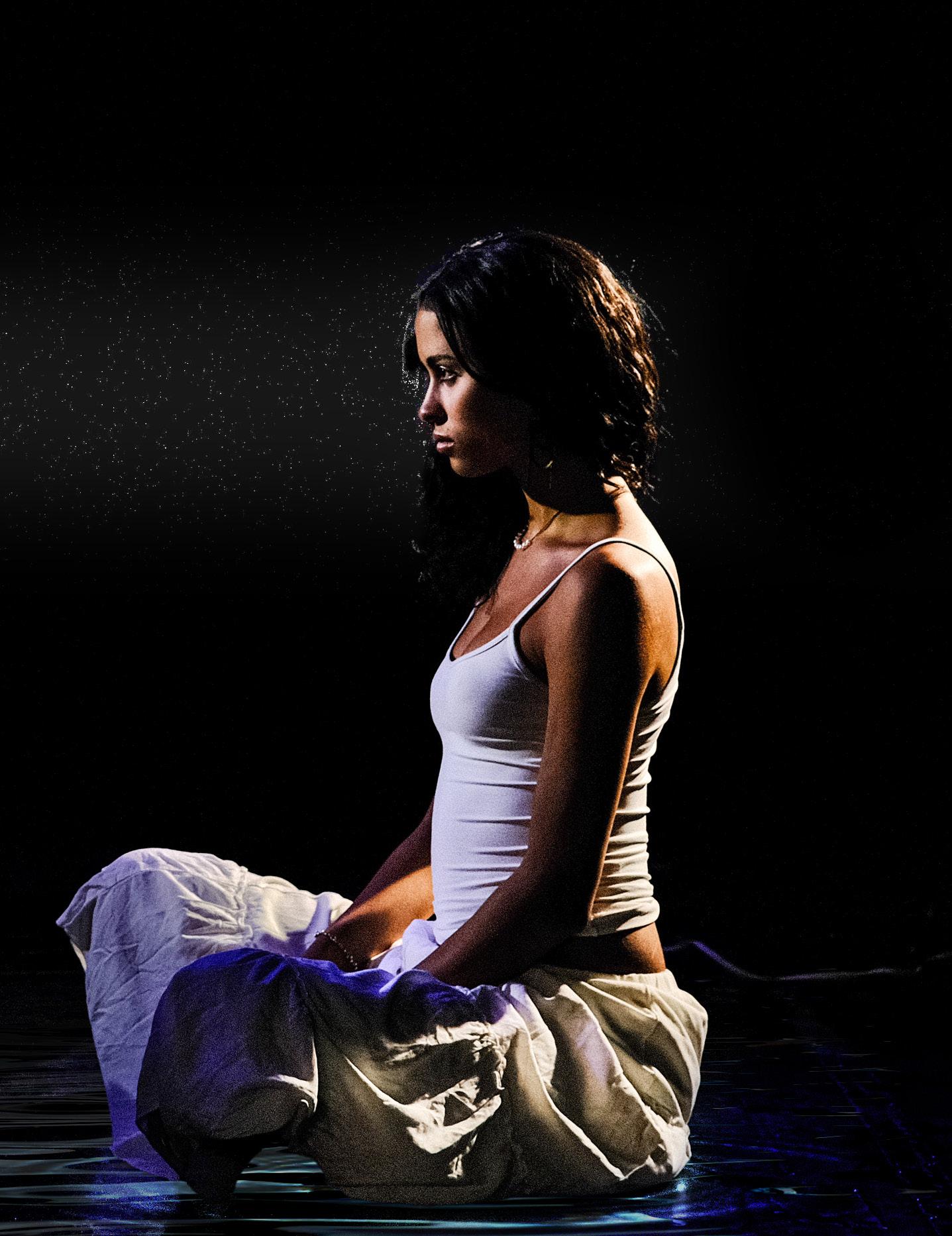

There are two floors in the Quietude Peace Studio in Brentwood. The first floor is for your typical Yin yoga practice where amateurs and Groupon users go to gently stretch the hamstrings and strengthen the upper core. The second floor, which is up a metal spiral staircase, that’s where I’m told the real yoga happens.
I remember one of my earliest sessions at Quietude two years ago. I was still on the first floor in a basic 50-minute Roll, Release, and Mobilize class. Over the relaxing waterfall ambient music mixed with occasional gong noises, I heard screeching from upstairs. Another Groupon user and I eyed one another as we lunged with our arms outstretched.
“You heard that too right?” She asked, her blonde ponytail jerking as her eyes darted around the bright white studio.
“I heard it too,” I said. I could have sworn the ceiling rumbled and some drywall fell over us.

But before we could investigate, the instructor bent down and said to us, “Ladies, you’re not paying to disrupt someone else’s nirvana are you?” And with a serene smile, she returned to a perfect lotus pose at the front of the room. I figured the screeching upstairs was sneakers squeaking against the polished floors. In fact, I distinctly remember driving home and picturing a pair of HOKAs squeaking against the hardwood. I immediately drove to Nordstrom and dropped my last paycheck on a pair.
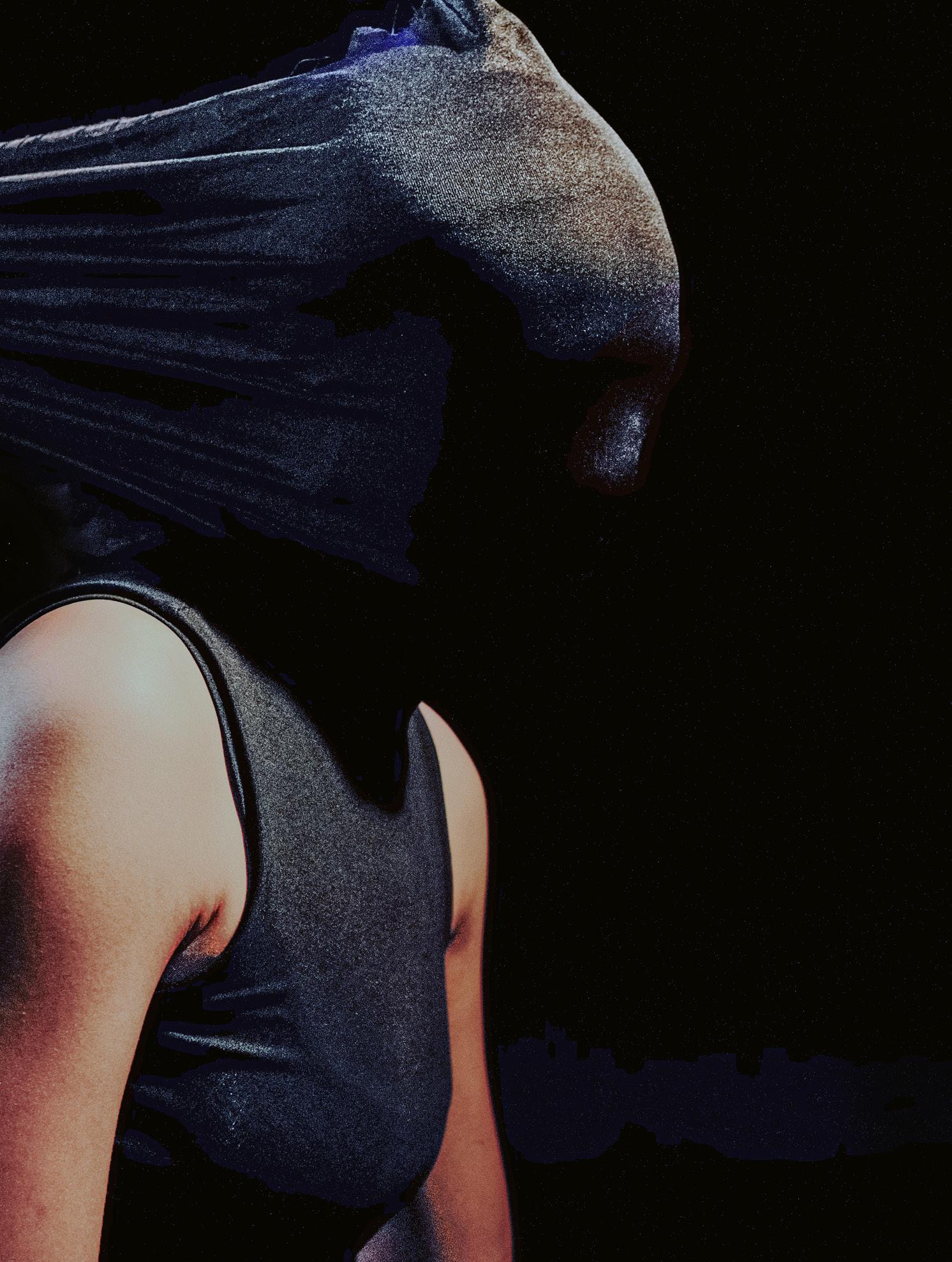
I met Chris a year after starting at Quietude. By then, I’d been going four, sometimes six, times a week. I hardly had the funds to keep going, but something told me I’d never regret investing in an optimized lifestyle. That’s what the sign on the door says at Quietude. Find your optimized lifestyle. And that’s what I did. I flushed out all the toxic sludge in my body with IV drips, washing away the filth in my veins. I scraped my insides as clean as a jack-olantern with various detoxes that left me standing from the toilet seat feeling tons lighter and decades younger. And every Thursday, I sucked all the moisture from my body in bikram yoga to ensure I’d properly sweated out all the filth I’d accumulated throughout the week onto the warm honey wood floors of Quietude. I perfected my compass pose, leaving all the Groupon bunglers in the dust. And I collected all the necessary artifacts to turn my apartment into a Quietude satellite house—designer zafus, expensive red light lamps, straps and beads and bells and grippy socks and jellies and cork wheels—all so I could practice yoga into the night.
One morning, during a 90-minute Spring Into Ayurveda class, my favorite instructor, Shelley, a blonde woman with a nose piercing and Nick Cave tattoo on her upper back, gripped my waist as I was in kakasana (crow pose) and whispered in my ear, lips nearly touching my face, “Hey girl, let’s get you upstairs to the big guy.”
“You really mean it?” I asked her and she wiped the tear that ran up my upsidedown cheek.
She smacked my ass. “Yes, girl.”
The first time I climbed that metal staircase to the second floor, Chris was alone in the studio waiting for me in astavakrasana. He wasn’t the first white guy with a grey manbun and shredded scarf over his muscle tank I’d met in Brentwood, but he’d be the first I wouldn’t forget. My first session was a one-on-one. Chris said he needed to ensure I was ready for a commitment like this, The Second Floor. But it didn’t take another word for me to know I was. When he put his lips close to my ear, he didn’t say words but a series of low-pitch clicking noises erupting from deep in his chest. The sounds, of which there are no known phonetic transcriptions, were similar to a whale call.
“It’s the Song of Yof,” he said, redoing his man-bun. “Have you ever had the feeling yoga was pushing you past the human form? That there was a next form waiting for you?” I instinctually nodded just to get him to keep talking. “If you choose, you can have a long future here.” And he made the clicking noises again. I couldn’t make the sounds back at him, though I resolved to one day be able to.
That day, Chris gave me a healing massage, rubbing my back with both hands, working the knots in my back and shoulders. And all the while, his chest clicked the Song of Yof.
“What is Yof?” I asked him after all my muscles had been wrung loose and I was a pile of flesh atop my purple yoga mat.
“I don’t like to reveal all my secrets to first-timers.”
I sat up as straight as I could, with my spine having jucified under his expert touch and all, and I looked him in his glossy eyes. “You can trust me.”
He hesitated. Then he got up to grab his water bottle from his bag and handed it to me. “Sip this first.”
It was my turn to hesitate.
“It’s just water.”
I didn’t exactly believe him, but figuring that whatever it was, the worst it could do was make me vomit—which believe me, I’d done—I drank anyway.
He was right. It was just water. I drank. And when I looked up, Chris was reaching over his head to a spot just under his man bun. And he zipped down his entire front side until his human suit lay split in half in a pile on the floor
and what was left standing was a creature made entirely of light. I squinted and saw the faint outline of a man with arms floating outward as if he were underwater.
“Yof?” I asked. It was my best guess.
“That’s right,” Chris said, his voice echoed as if he was calling to me from the bottom of a drained swimming pool. “Do you want to see how it feels?” He asked.
He grabbed my hand with his, which was made entirely of light. I felt no warmth, no fingertips, no skin. Just pure light, like he was a projection, like water vapor. I had covered my eyes completely to shield them from the brightness when he put my hand to his chest. I felt around but there was nothing to feel. Nothing to grab. Nothing to hold.
“I can’t feel you,” I told him.
“I know,” he said. “I have to put on my suit to even pick something up.”
“So you eat and sleep and live entirely in that suit? Why?”
“No, I don’t need any of that,” he said, floating to the ceiling. I began to back away. His voice was growing louder, almost angry. “I treated my body right and dedicated my life to striking that balance deep in my soul. I’ve reached Yof.” His light pulsed.
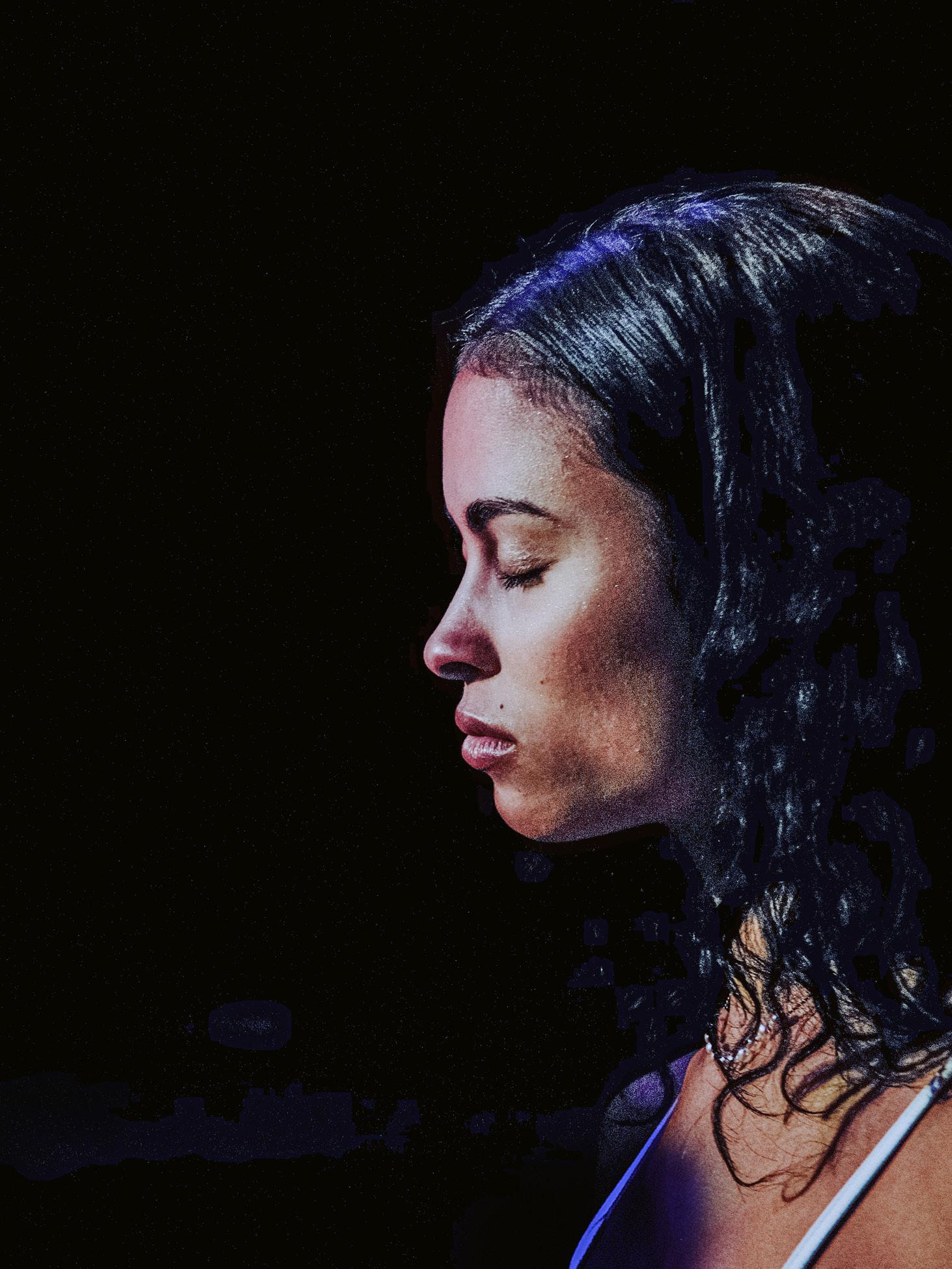
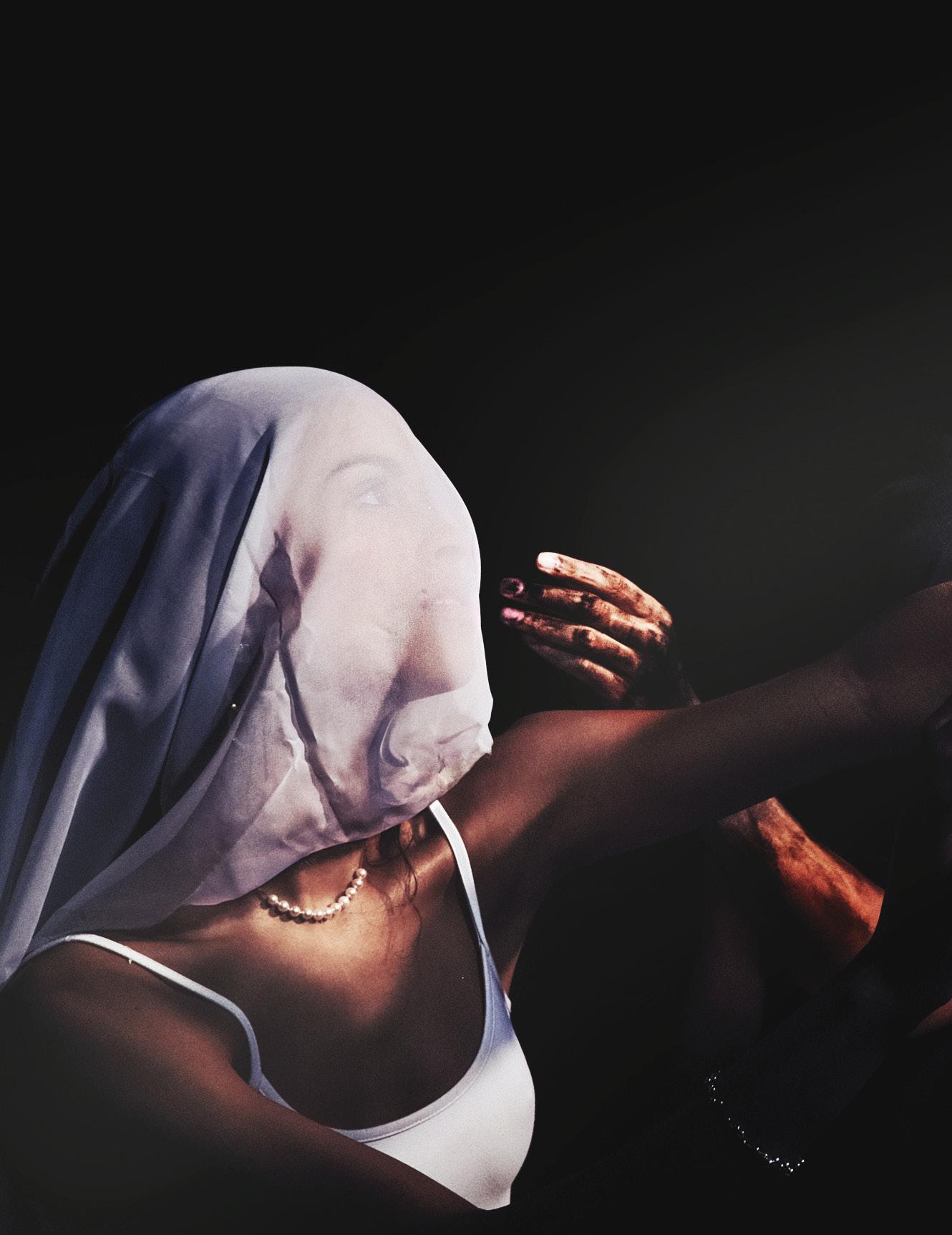
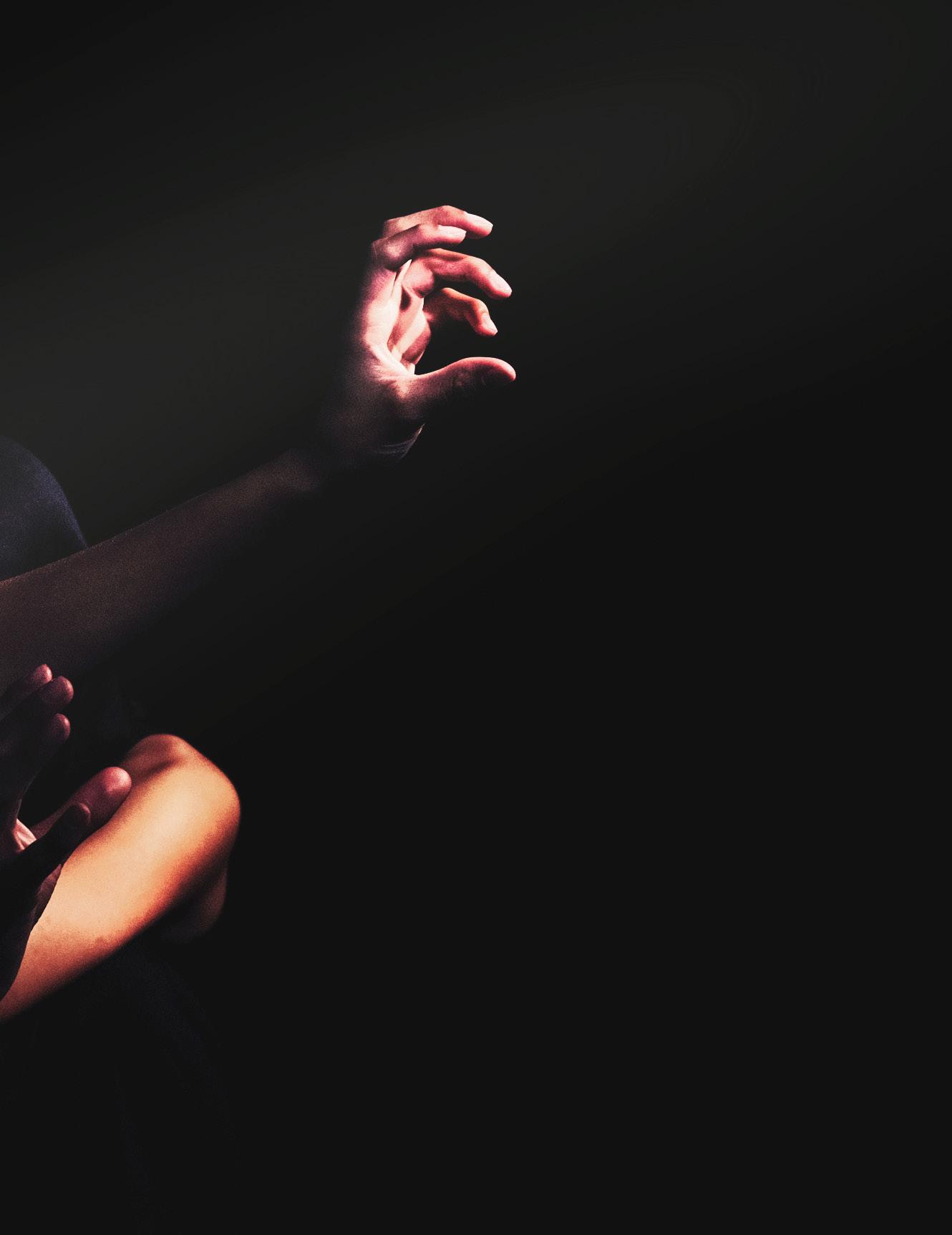
“No, I don’t need any of that,” he said, floating to the ceiling. I began to back away. His voice was growing louder, almost angry. “I treated my body right and dedicated my life to striking that balance deep in my soul. I’ve reached Yof.” His light pulsed.
“Are you the only one?”
“Hardly. We’re scattered around the world. And you can be here with me. Listen,” he grabbed my hands. “I see in you real potential. You could become Yof too.”
I continued to back away. I didn’t know if it was the detox shot or Chris’s aggressive light that made my head start to pound. But the next thing I knew, I was racing down the metal staircase out the semicircle doors of Quietude. Cars honked on the main street at the corner. Leaves swirled on the sidewalk and wind rushed through my hair. I stared up at the big, blue, real sky and felt the most relaxed I had in a year.
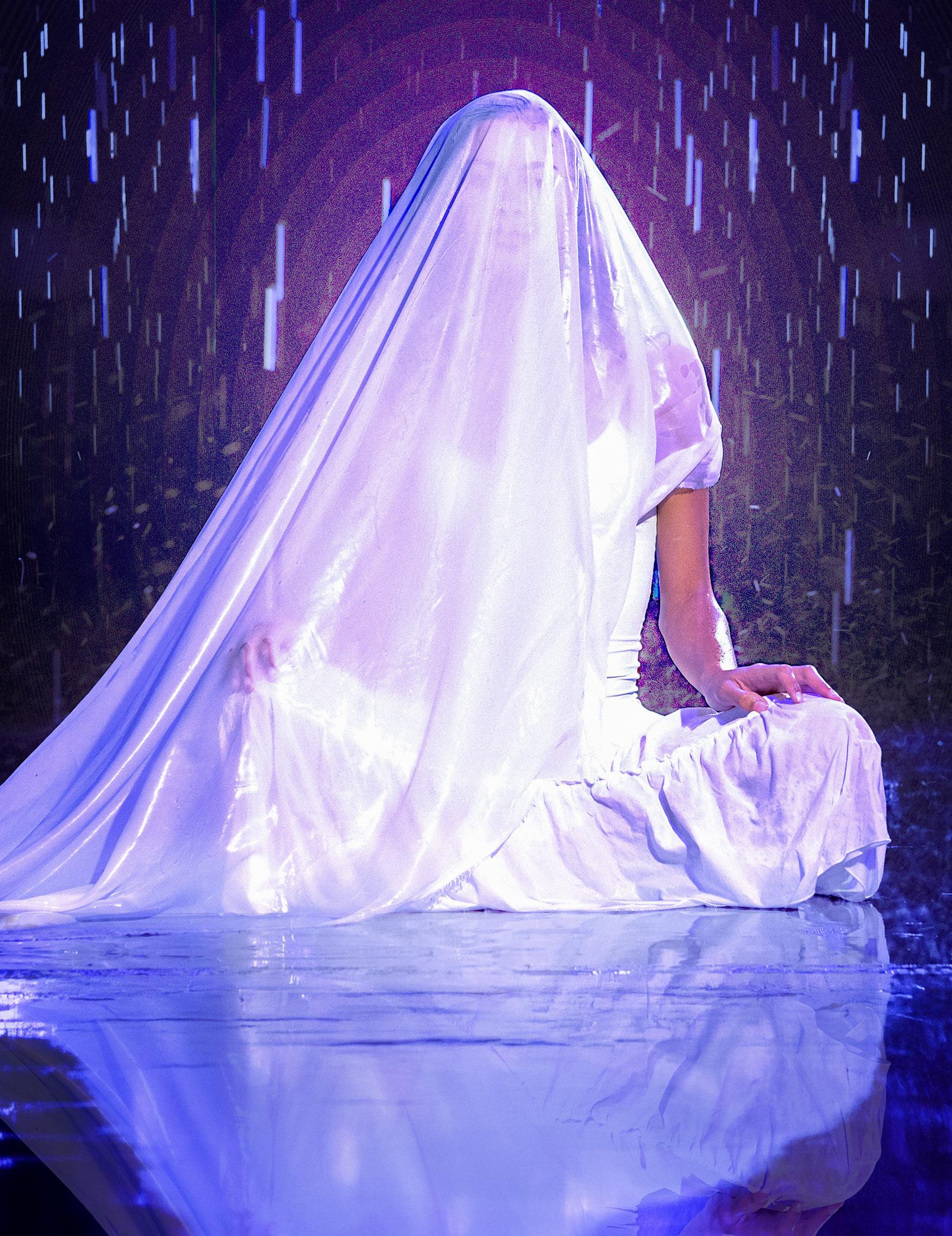
I came home to thousands of dollars of yoga equipment bathed in red light. Stepping over buckwheat cushions and throw pillows embroidered with foreign calligraphy I couldn’t decipher, I sank into my couch for what felt like the first time in months.
Later that night, Chris called me. “You should come back to the studio,” he said. I didn’t say anything. So he began listing all the benefits of being Yof. I’d never have to track caloric intake because I’d never have to eat. I’d never have to cancel plans with friends to do yoga because I’d never have to leave the studio. “You already spend so much time here. Why not move in?” He asked. And his question was what made me realize what a nightmare it would be to actually
live there, as well as what a nightmare it’s been having virtually lived there. After his laundry list was over, I still hadn’t said a word.
“I’m hanging up now,” I told him.
“Wait,” he said, his voice softer, unsure. We sat on the phone in silence as I tried to picture whether he was at the phone in his human suit or his truest form. Regardless, I pictured him sitting in the corner of that all-white second floor studio alone. On the other end of the line, I could still hear him breathing. “Are you still there?” He asked after a while.
“Yup.”
“Good,” he said. And I waited with him.
Alex Weir is a photographer based out of Atlanta and Los Angeles. He uses photography to explore deep, complex concepts and as a method of personal reflection. Alex studies Public Relations & Advertising at the Annenberg School for Communication and Journalism, University of Southern California.
Cici Fang is a Shanghai and Los Angeles-based designer passionate about painting and graphic design, advocating for social changes. She specializes in deconstruction techniques and bold color choices across posters, branding, and comics, currently exploring creative web programming. Cici studies Environmental Studies at the Dornsife College of Letters, Arts and Sciences, University of Southern California.
Models
Gia Parr
Chaundra Furin-Cambell
Lighting Scott Hills
Ashley Nguyen is a Los Angeles-based writer of fiction and memoir. She enjoys reading contemporary fairy tales and writing stories about very lonely and/or very brilliant people. Ashley studies Sociology at the Dornsife College of Letters, Arts and Sciences, University of Southern California. 170 ASHLEY NGUYEN + ALEX WEIR

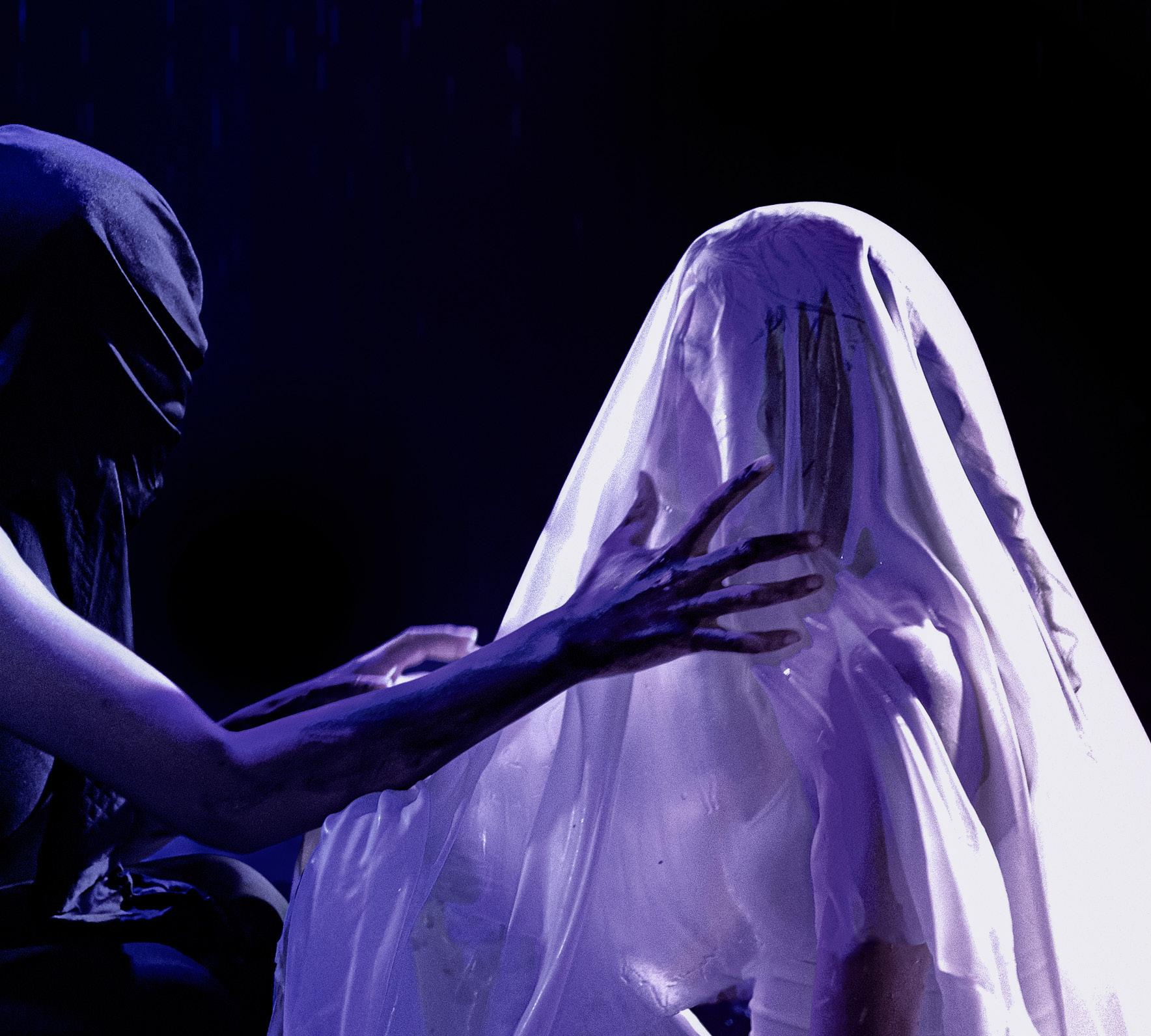

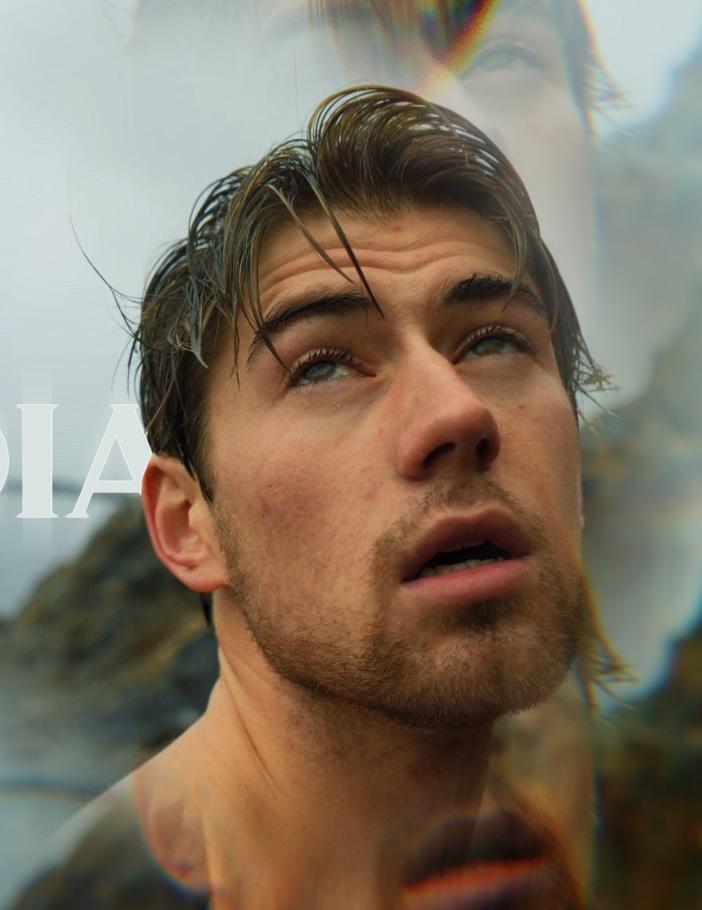
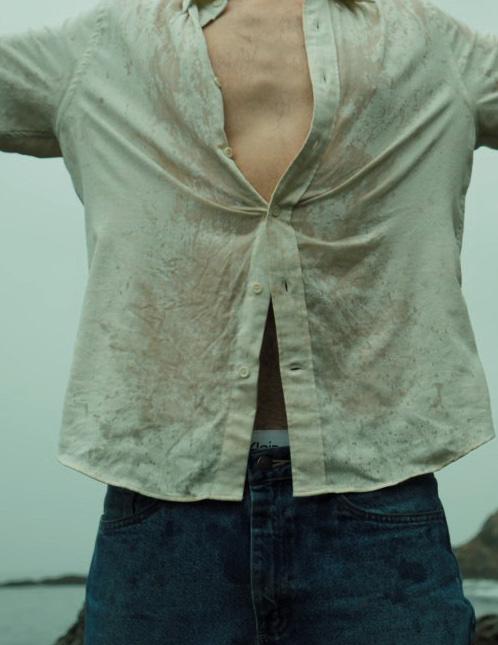
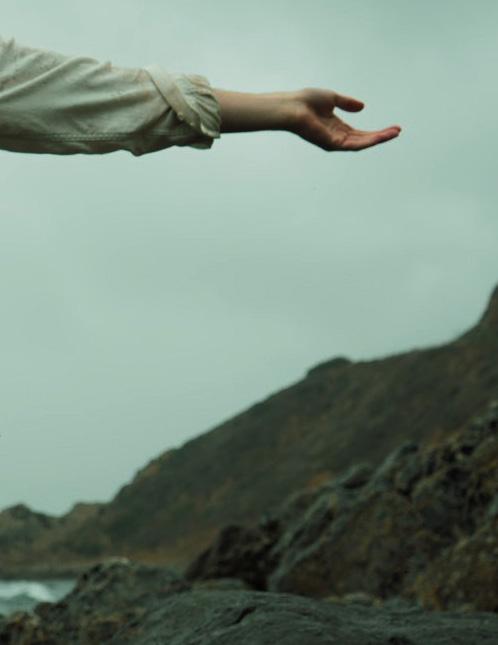
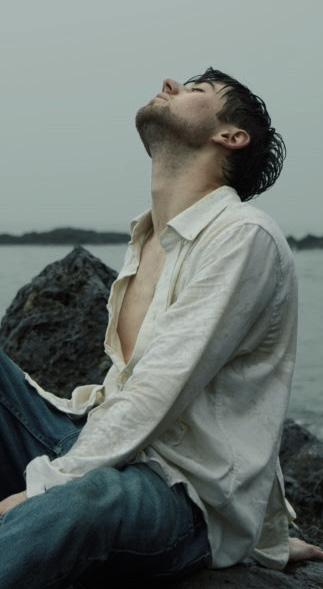

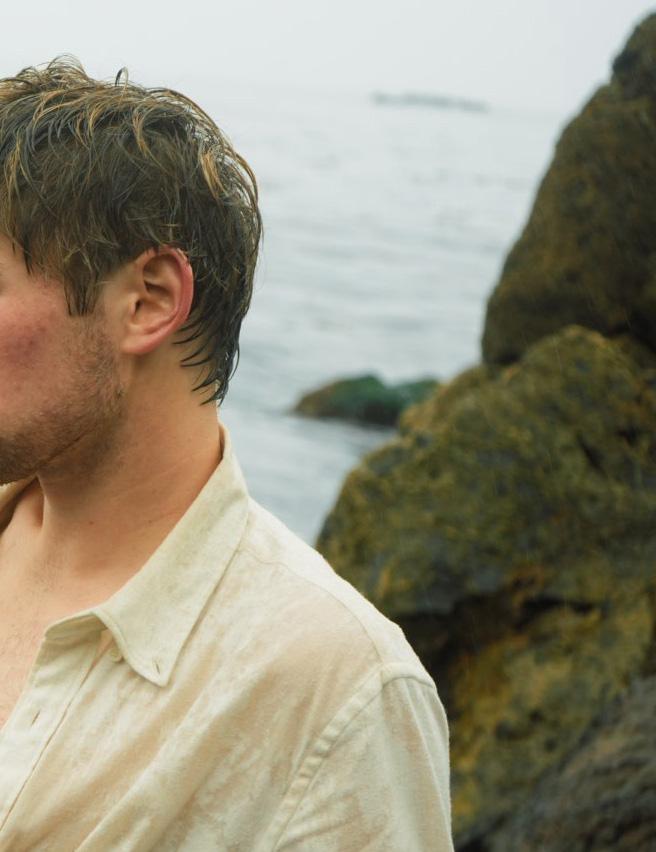


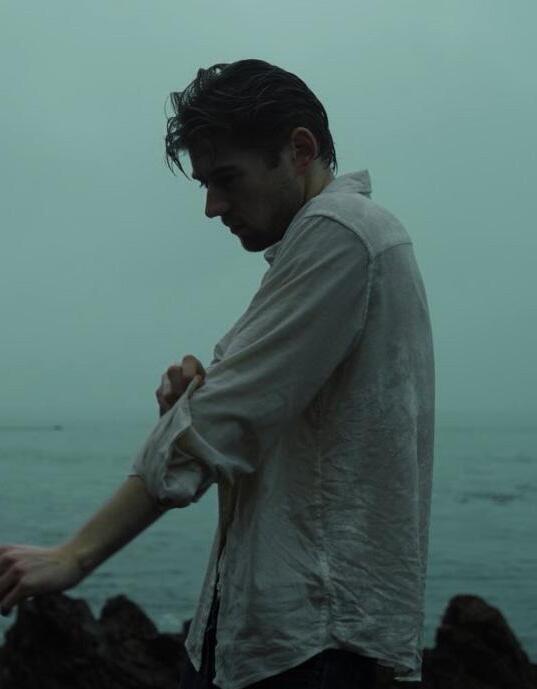


Catalina Palazio is a photographer based out of Miami and Los Angeles. She is highly inspired by nature and architectural forms which inform her visual narratives. Catalina is pursuing a Bachelor in Architecture at the University of Southern California.
Annie Kersten is a New Jersey and Los Angeles-based graphic designer and digital artist with a passion for visual design. Her design style is guided by an aesthetic and simplistic approach to enhance visual elements. She is currently studying Business Administration with a Marketing emphasis at the Marshall School of Business, University of Southern California.
Talent
Gavin Mark

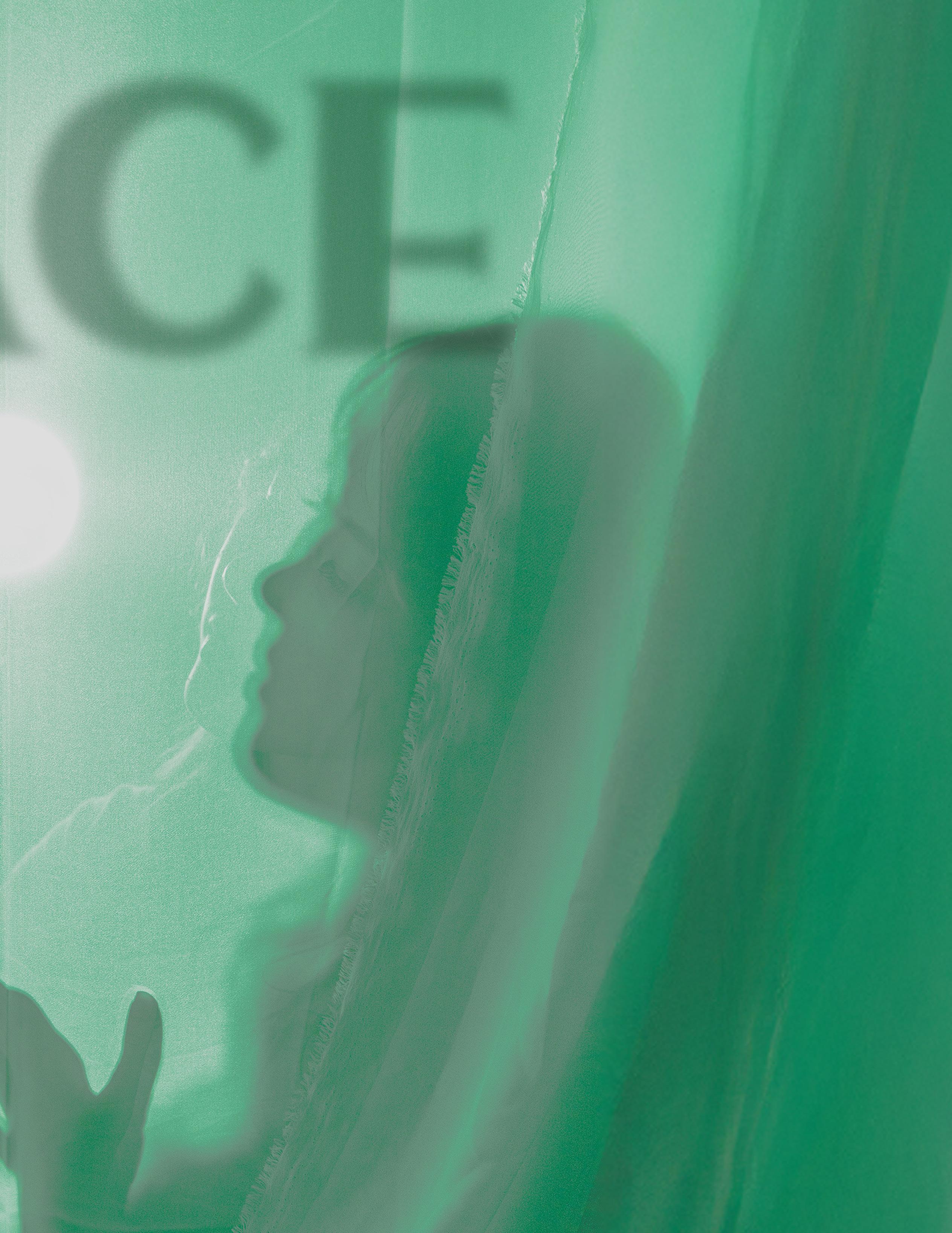


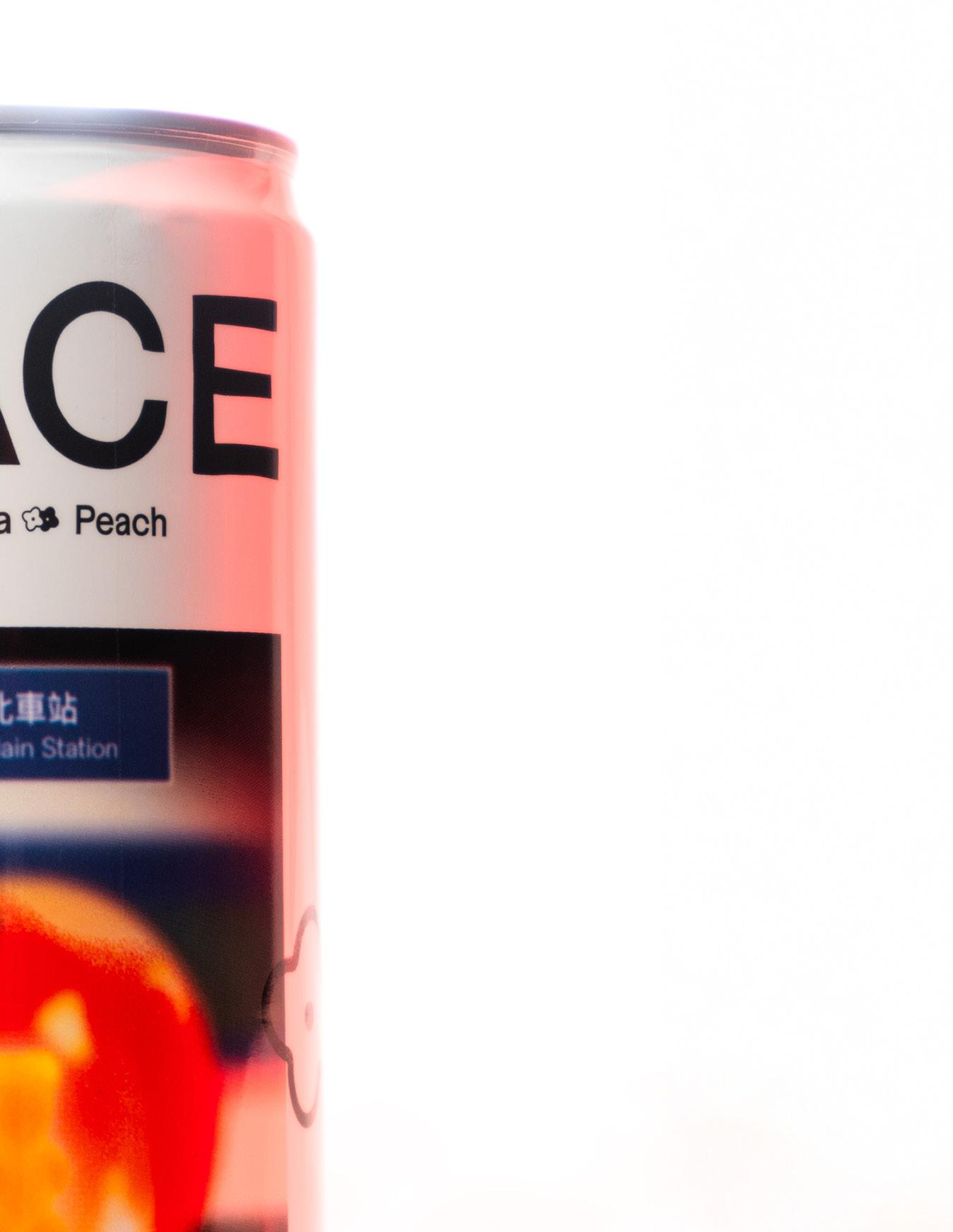


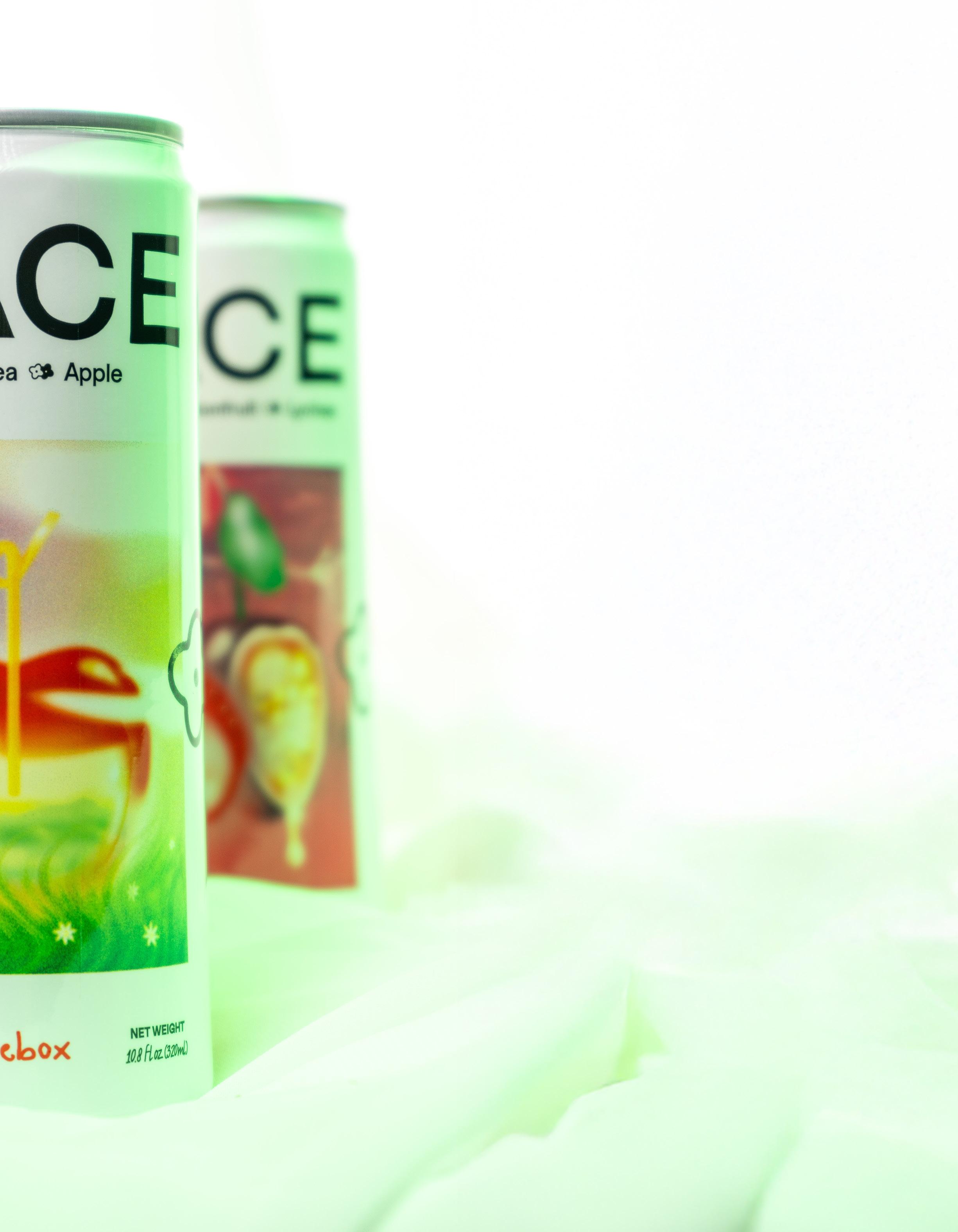

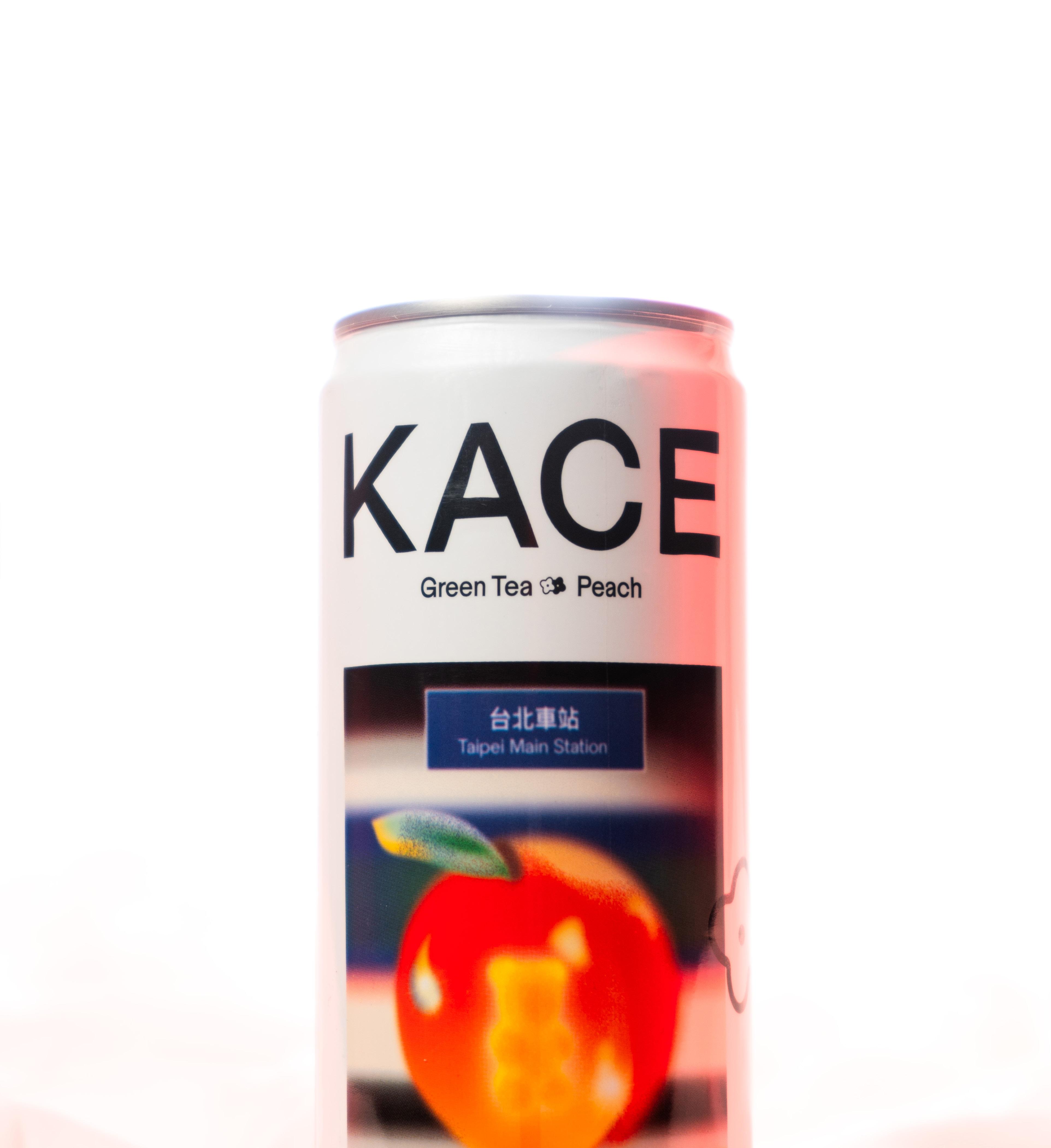
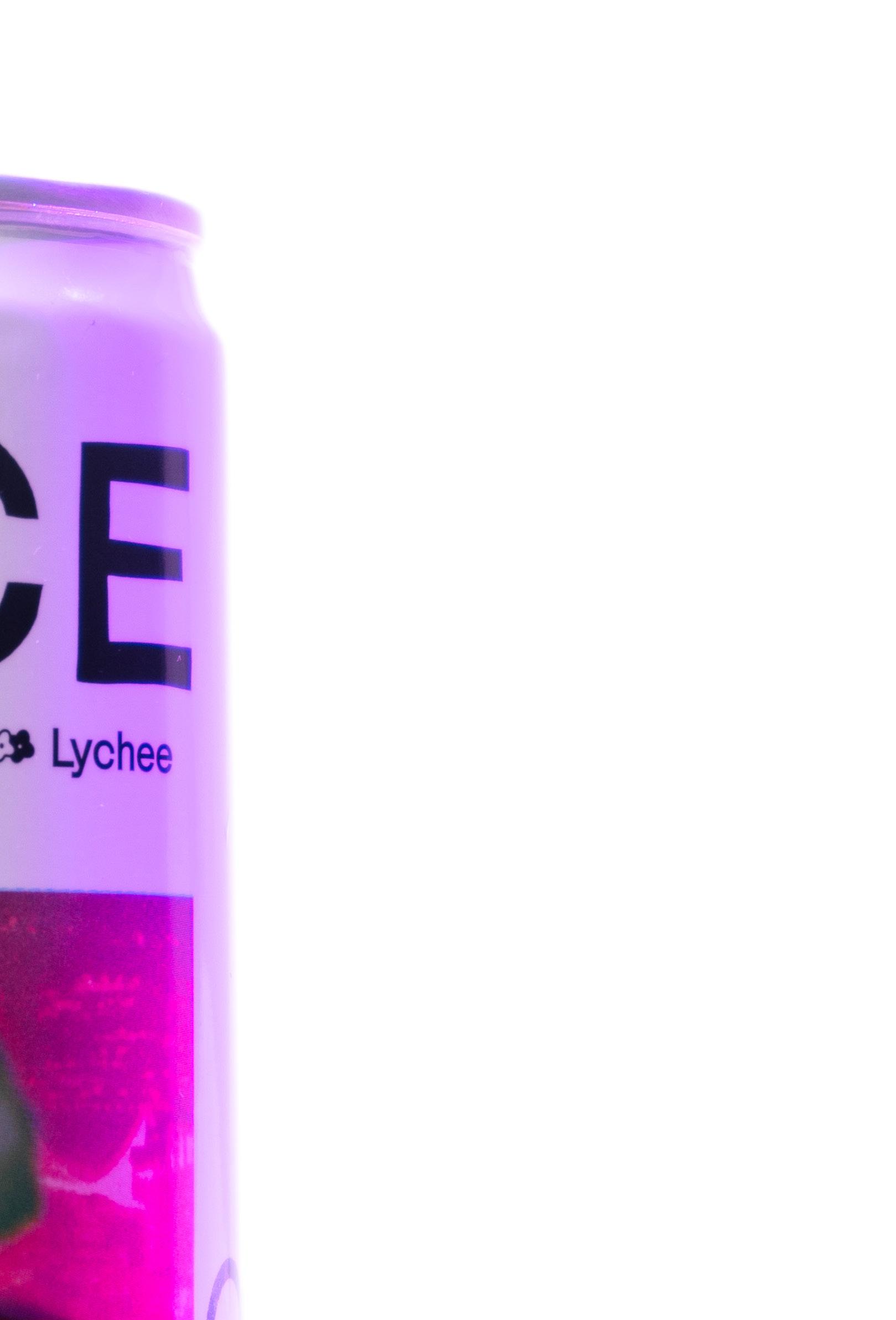
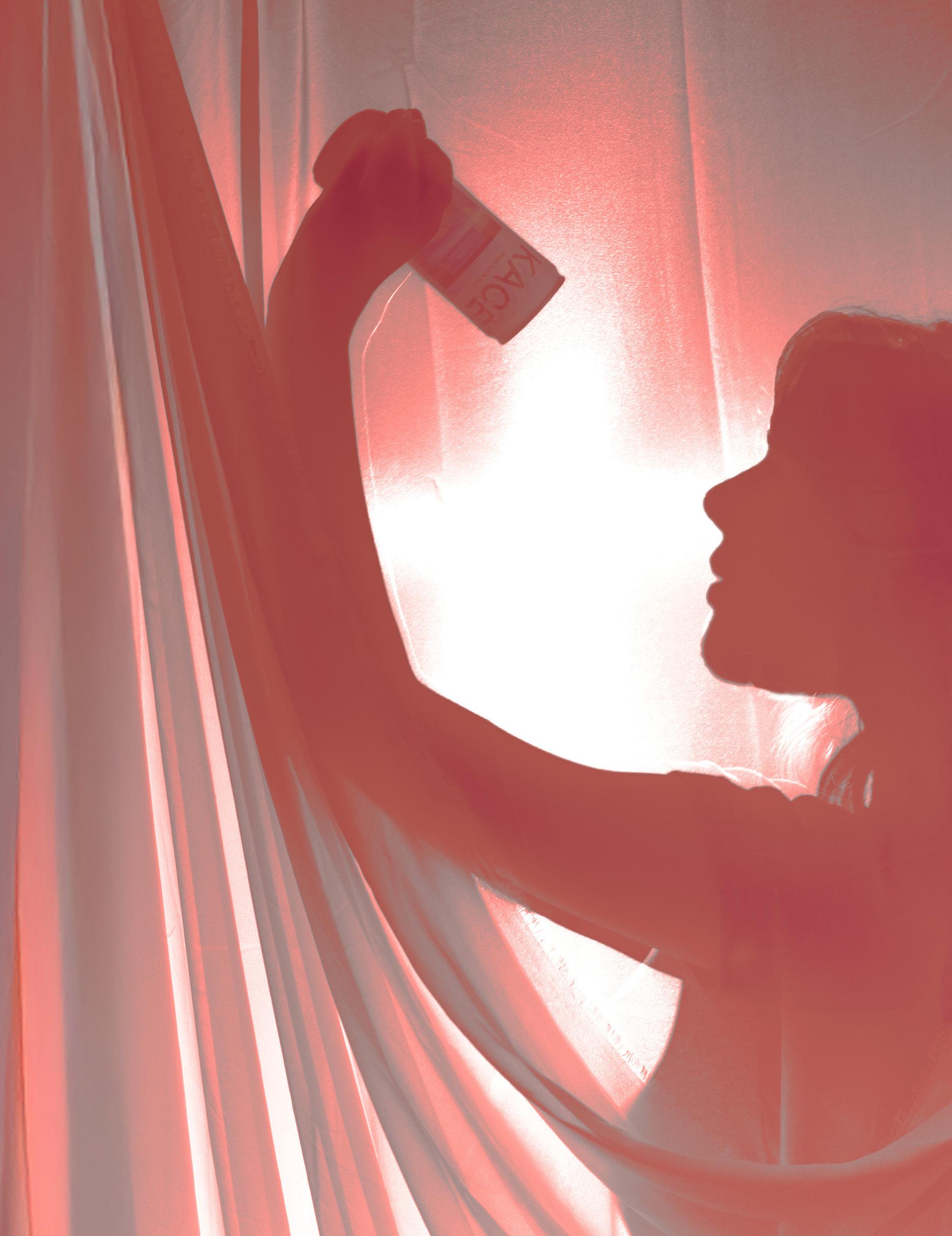
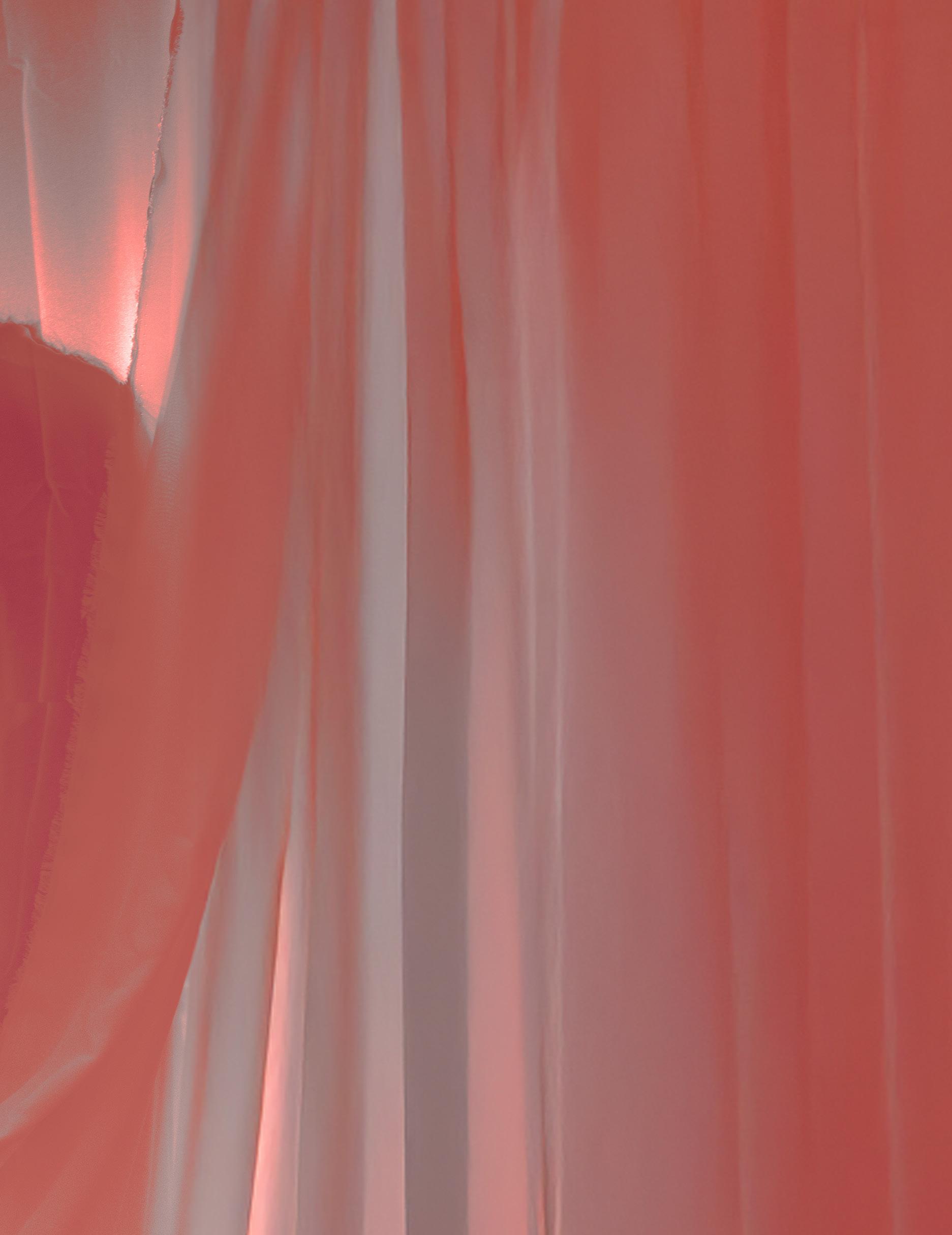
KACE Tea is a premium fruit tea brand inspired by Asian flavors and traditions, co-founded by Ashley Yao and Kyle Gillaspy to bring high-quality, wholeleaf brewed teas from Taiwan to the U.S. Each blend—like Passion Lychee and Juicebox—pairs bold fruit flavors with award-winning teas, making fruit tea an everyday essential. Rooted in culture and crafted for modern tastes, KACE is redefining what it means to sip tea.
Juri Kim is a Los Angeles-based visual artist, recognized by institutions like the National YoungArts Foundation and the National Scholastic Foundation of Art and Writing. Juri’s work has been exhibited at the Getty Center, Band of Vices Gallery, Affirmation Arts Gallery, and Glasgow Gallery of Photography. Juri studies Fine Arts at the Roski School of Art and Design, University of Southern California. She also serves as the Director of Photography for Haute Magazine.
Angelina Lyon is a Los Angeles-based designer specializing in graphic design and brand identity. She is pursuing a BFA in Design at the Roski School of Art and Design and a minor in Entrepreneurship at the Marshall School of Business, University of Southern California. She also serves as the Director of Visual Design for Haute Magazine.
Lighting
Mitchell Jung
Production Design
Harley Chen
Model
Lucia Mueller
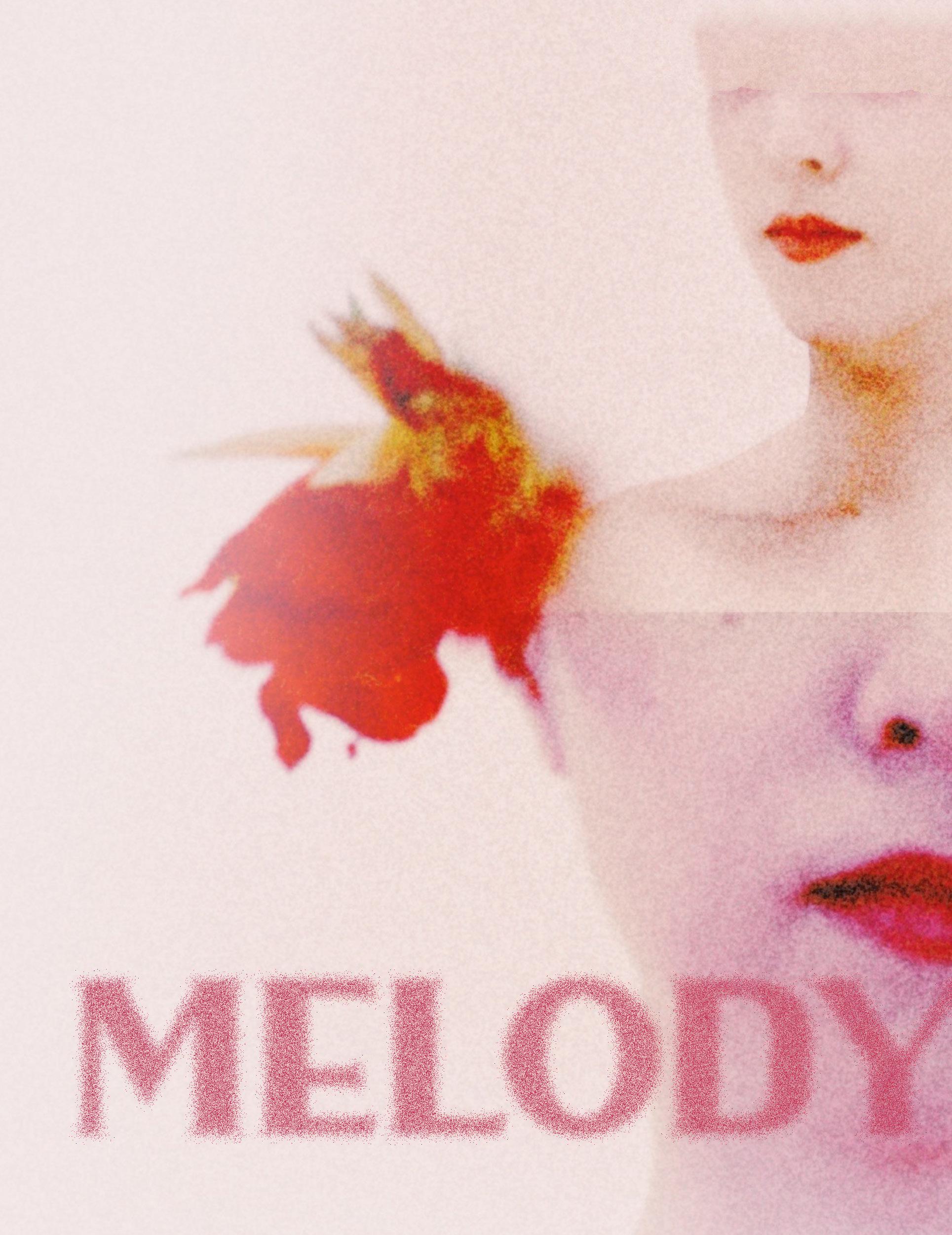
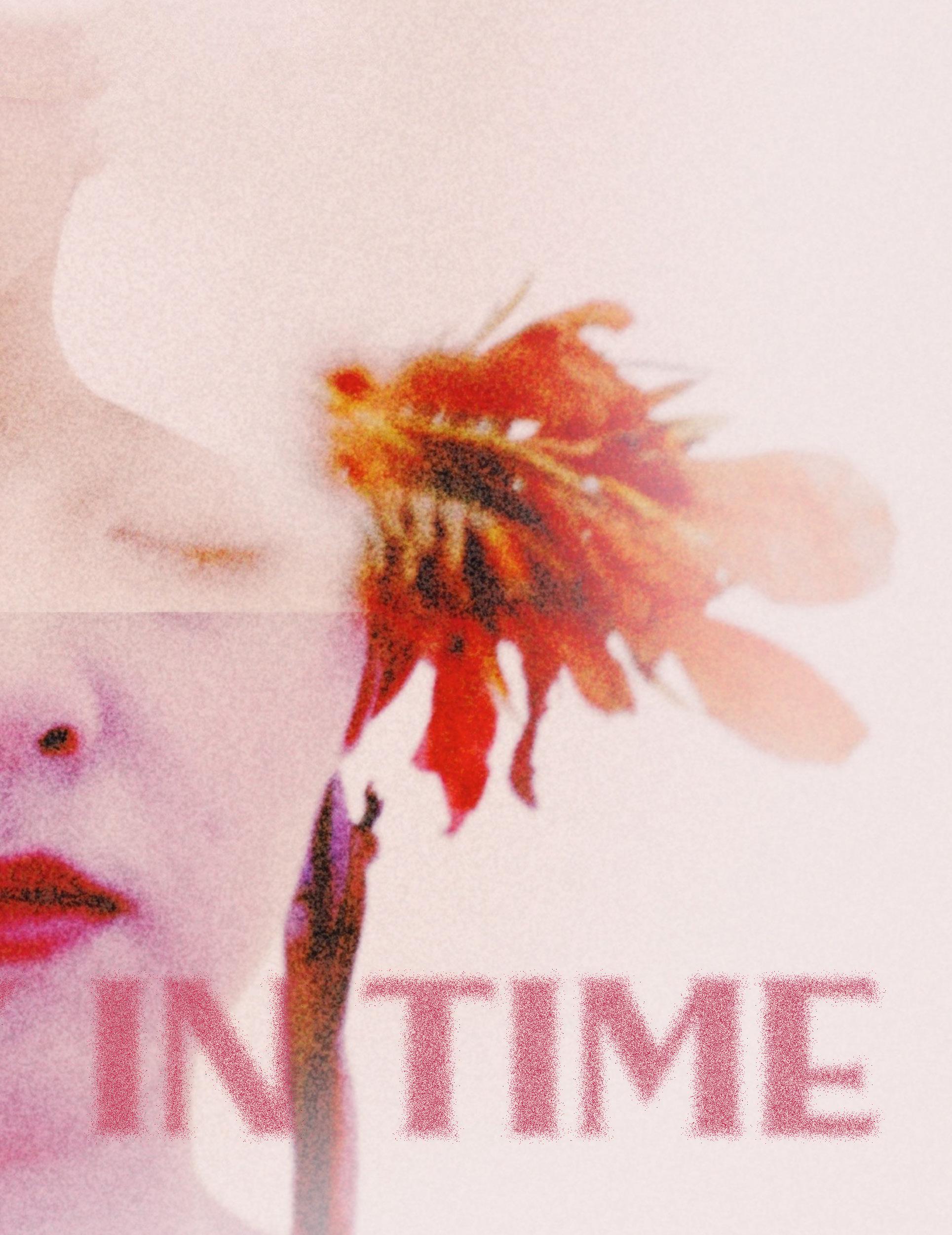
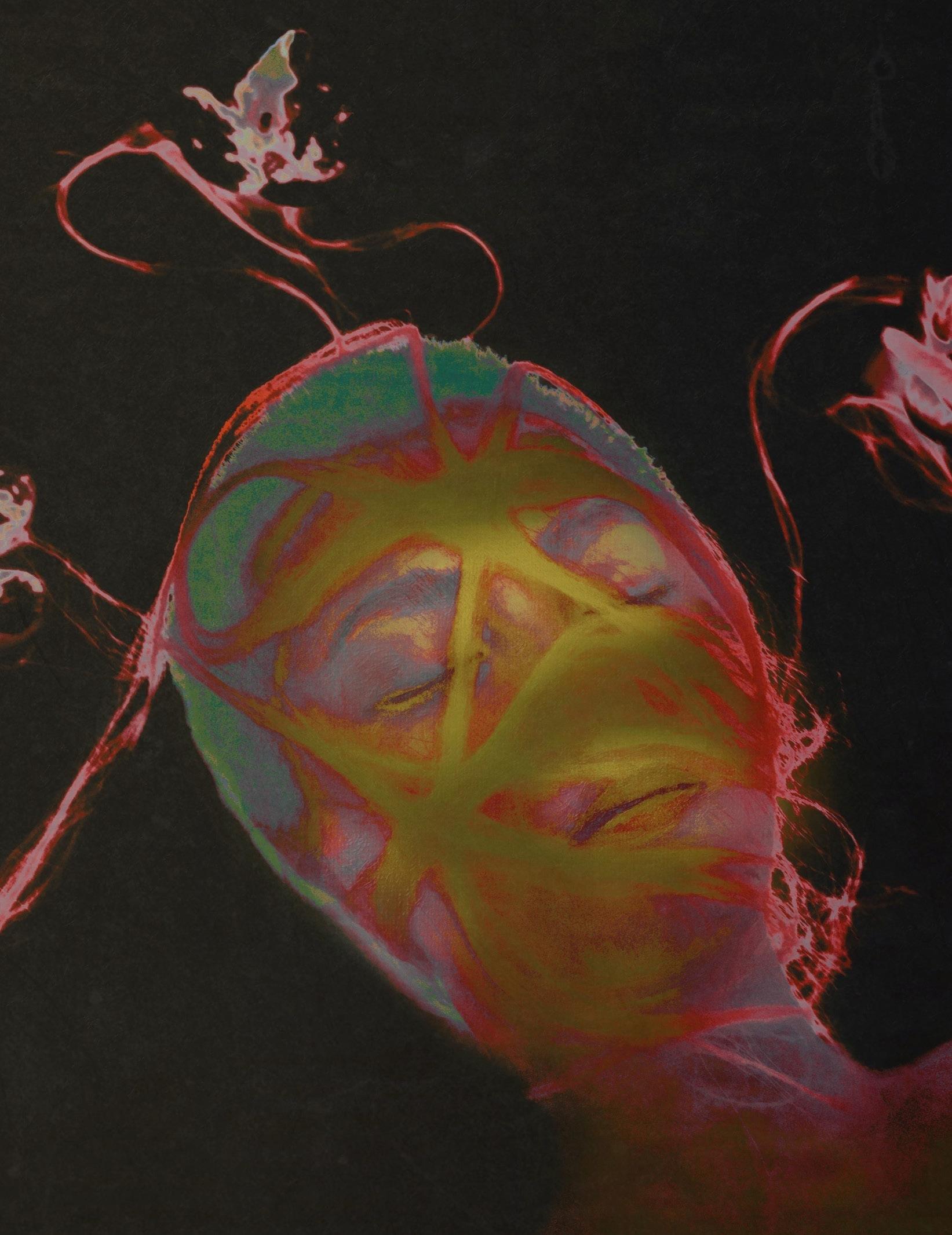
Dear Diary,
Can you believe it? I turned 80 today, something I never thought I’d be able to say. Time, in all her glory, gave me the chance to live, and she forever has my gratitude. Each decade brought about an era of change, a time of selfdiscovery where I learned who I am, who I never want to be again, and who I’m capable of becoming at the start of a new dawn. I channeled my inner Barbie through every decision, every event, and every thought that occurred. I say this here because I don’t want to lose these memories to the sea of time, so thank you to you too, for giving me this chance to document all of it. Here’s what I’ve learned:
A wonderful time, an embrace of childlike wonder and exploration of the unknown. That’s how I heard what childhood was supposed to be, but I can’t say that applied to me. I remember it as far back as the day I learned to walk. My favorite color was a soft pink, perhaps to illustrate my innocence. Mom said I was a fragile thing, someone who couldn’t even dare look over her shoulder to see the world behind her. She said I’d grow up to be a timid person, someone who must be coddled until the end of time. According to her, I immediately cried afterward—not only because I fell for the fourth time, but because it appeared as though fear struck my soul. I reached my arms out, longing for the safety and comfort of her embrace. She gave out a deep sigh, and said she’ll be back in a moment. She turned her back. Not on me, because she’ll show her love and care for years to come, but perhaps in that moment she needed a break. After all, she had been trying to get me to walk for years now. Maybe she’s tired, or embarrassed. It wasn’t until she turned the corner into the hallway when I finally stood back up and made my first step. In that moment, she knew me as her delicate and incapable child. Someone else might’ve perceived me as the go-getter four-year-old who never quits. I simply thought of myself as a disappointment, a perception I would harbor throughout my entire developmental years. It’s a bit doleful to look back at myself like this, especially when I was so new to the world. If I could, I’d give four-year-old me a hug from the love of thousands.
It’s also strange, truly, to have these thoughts as a child. It’s like the world had already begun deciding who I am and I simply let them. We all had our different perspectives of who I was at that time and who I would grow to become without giving Time a chance to speak her say. Thank God she did.
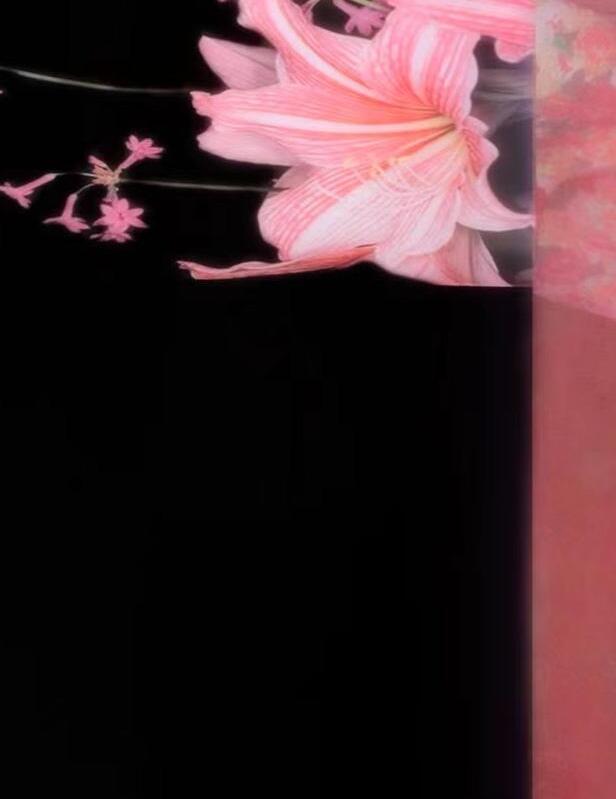
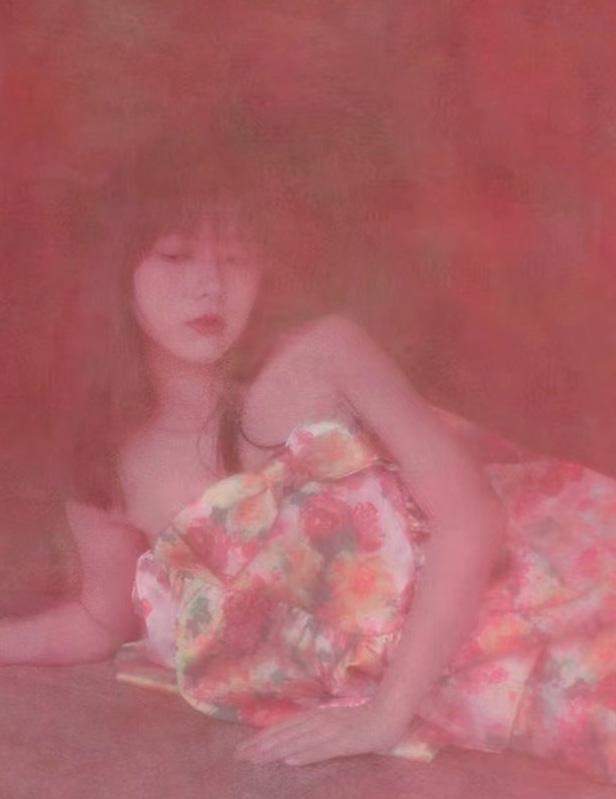

Adolescence:
Stillness lurks in the air with a faint whiff of something new. I’m 17 years old now with a newfound love for hotter pinks, an indication of the fire rising inside of me. And, if I’m being frank, the world’s my playground. That’s how I would describe this transformative time—the era of dependence and stationary, with a dim light of rebellion looming on the horizon. By this time, I was already immersed in the Barbie world. She became my idol: the one who I turned to for inspiration, for questions, for doubts, for reassurance, for clarity—the list goes on. She taught me to become confident in my abilities and to know that I was, am, and will never be a disappointment. I’ve climbed to new heights of my self-esteem, explored newer areas, slid down the slide of confidence and had to climb back up again, swung over creeks of despair (bullying), and jumped into a whole other vessel, becoming a new version of myself through every waking breath. This was an era of human firsts for me—my first crush, my first kiss, my first heartbreak—given to me by Time herself. I guess she had decided it was time (get it?) for something new to occur and began speaking growth into my life.
I remained the obedient child my parents were raising me to be—their future doctor or lawyer—striving to outdo all my peers and be the brightest student that high school had ever seen. I owe it all to my parents and overall support system, but to Barbie as well. She’s who made me want to do it all. And why shouldn’t I? It wouldn’t be so out of character for me. At this point, people know me as the overly ambitious senior, a “collector of accolades others can only dream of” (my professor’s words, not mine). And I didn’t have an issue bearing that title—I’ve grown to quite like it. Hmm…now that I’m actually reflecting on this from an older age, I could’ve been a bit more humble. I guess that’s what growth is for.
Adulthood:
Novelty at its finest, but it’s mine for the taking. A verbal encapsulation of the essence of adulthood, and Time gave me the chance to explore anything and everything (how generous of her). It wasn’t until I was 23 when I started loving even darker pinks, maybe because I found more maturity and sagacity in the deeper hues. 23 was also when I began the journey into my medical career, and while it was an experience I will forever be grateful for, some may deem it an unusual one. I mean, how many medical school students do you know also wrote for a fashion magazine? It was like I was an aspiring doctor by day, fashion columnist by night. Not many people from my medical space even knew I was pursuing fashion journalism, and nobody from my fashion environment knew of my medical pursuits. I was living a double life all at once, some people only knowing me for one aspect of who I truly am. Isn’t that crazy? How two separate Melody’s were existing all at once? But to me, I am simply Melody, a singular being capable of everything.
That was the exciting thrill of adulthood, being whoever and whatever I wanted to be. One year I was on a stage performing in the grandest European theater you could imagine, and the very next I’m back in America living a busy city life. I must thank Barbie for all she’s done for me—I couldn’t imagine the life I’d live if it wasn’t for her. I must also thank Time for her kindness because I met people from all over throughout those years who only know me for certain characteristics, and while some could argue that their perception of me is the “true” Melody, it feels as though Time is the only one who truly does know me. After all, she saw me grow up and become who I am today, who I was yesterday, and she’ll see who I become tomorrow. She’s one of the constants in my life that stayed by my side through thick and thin, her unwavering presence never shying away once. I’m practically her beloved, and she, my lover.
Now:
And so, here we are. A period of reflection, a moment of gratitude. The pinks surrounding me in my humble abode vary greatly, though I shall admit, even deeper ones have materialized into my life. Some people aren’t fond of the darker colorsthey think they emanate decay and darkness, but I think the poets would disagree. I believe they’d claim the darker hues add more depth to what was already there once before, as though a sort of molding took place—a metamorphosis—that brought new opportunities, new characters, and new meanings into the story throughout time. Speaking of Time, she’s still here. I see her in everything and everywhere, still here. So, future Melody, when you read this and you’re living a new life, always remember to be here. Be in the moment, be immersed in every waking breath that Time grants you the chance to live in. She’s already seen who you were before, and she can’t wait to see who you become tomorrow.

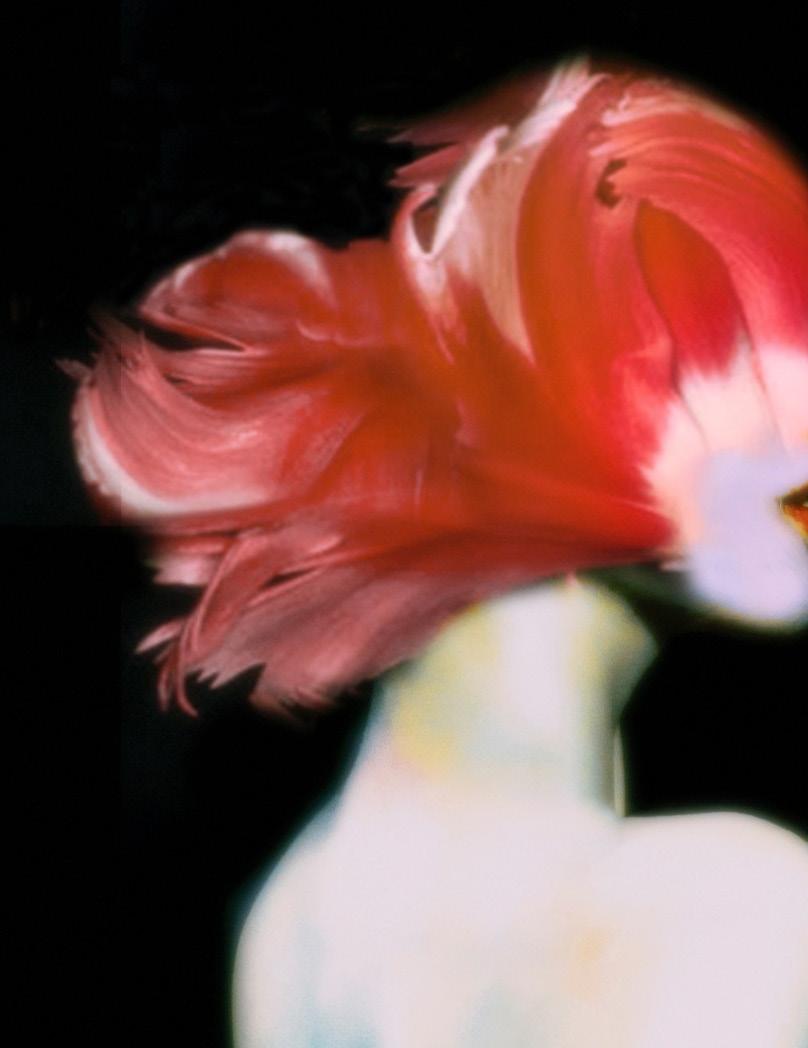

Sanyukoo is a Shanghai-based photographer whose work centers on editorial-style, imaginative collages that celebrate creativity and beauty. Through a distinctive blend of visual storytelling and dreamlike compositions, Sanyukoo transforms everyday moments into captivating works of art.
Christian Brown is an Atlanta and Los Angeles-based writer specializing in prose and creative fiction. He strives to utilize his love for narrative to cultivate conversations around introspection and encourage his readers to look within themselves. Christian studies Psychology at the Dornsife College of Letters, Arts and Sciences, and Dance at the Glorya Kaufman School of Dance, University of Southern California.
Angela Chan is a San Diego and Los Angeles-based graphic designer and artist. Influenced by both her design and visual arts background, her works focus on narrative and functionality. Angela studies Design at the Roski School of Art and Design, University of Southern California.


A flicker of light passes through the mist like a shooting star into the cosmos, and it’s almost visible. Our eyes capture the refractions that are moving at an illusory speed.
“Can you see it?”
I gesture to the grandiose darkness above– a scene that feels simultaneously continuous and stagnant, decorated by an abundance of what reminds me of fairy lights strobing across a bedroom wall. An arrangement of stars shine through in an order that feels untrustworthy.
“They could be planes, don’t you think?”
In that moment, I attempt to recall the distinction– flashing indicates an aircraft or satellite, moving swiftly across the ether, sometimes leaving behind a faint trail of light as an object of remembrance. The real stars, to the extent that one might assume of an urban climate, humbly drowned in artificiality.
“We experience far too much light pollution to see them in their beautiful glory. There’s a lot of them usually. Like the “baby’s breath” of the sky– so small yet so full, and it feels like they could rain on you if someone shook the atmosphere.”
Deception reigns over my consciousness as I grapple with the shifting tapestry. The many rapidly moving circles of light change location with each second that passes. It’s hard to know what’s real and what’s not. It serves as a charade that makes for a kind of guessing-game pastime as we stare off into oblivion– the masquerade of constellations drawing our eyes to the abyss above. The configuration is fleeting, different with every blink of the naked eye. In the few milliseconds it takes for my sight to regain focus on the night sky, the alignment of stars is now a moving portrait of a woman– a dancer with her arms stretched high above the now invisible clouds, and the draping of her dress appears sequined by the starlight.
“There! Can you see it?”



Conjured from stardust, the twinkling lights have arranged themselves to reveal a celestial routine, wherein for a brief moment she is frozen mid-motion. Then, ever so strategically, the dancer’s movements are nimble and orchestrated, like she’s practiced a grande choreography for a night performance in the theater of the starlit sky. Her body twists with impossible grace, as if borne aloft by the breath of the cosmos itself. The hem of her gown unfurls like smoke, trailing sparkles across the firmament. Her legs extend in yearning– an ache embedded in her arc, a silent plea to transcend the sky’s boundary.
“What do you think she’s reaching for? Perhaps a higher power? Though she seems to be one herself. A mystical woman, dancing about in the deep blue, and it seems she finds her position unfavorable– her artful movements craving something more”
She dances, not for the unexpected audience that stares at her mesmerized in this moment, but rather deliverance. Each gesture is a prayer cast into the void– perhaps up to the spiritual realm as a desperate “take me with you” plea. The stars at her feet pulse and disperse as she spins, a cosmic reflection of her desire to ascend. She appears to be stuck between beauty and vanishing, as if she is caught in a moment that transcends time and gravity. Her dance is a momentary expression of something more than form that vanishes as abruptly as it appeared. It is both resurrection and surrender.
“She is beginning to fade away…”
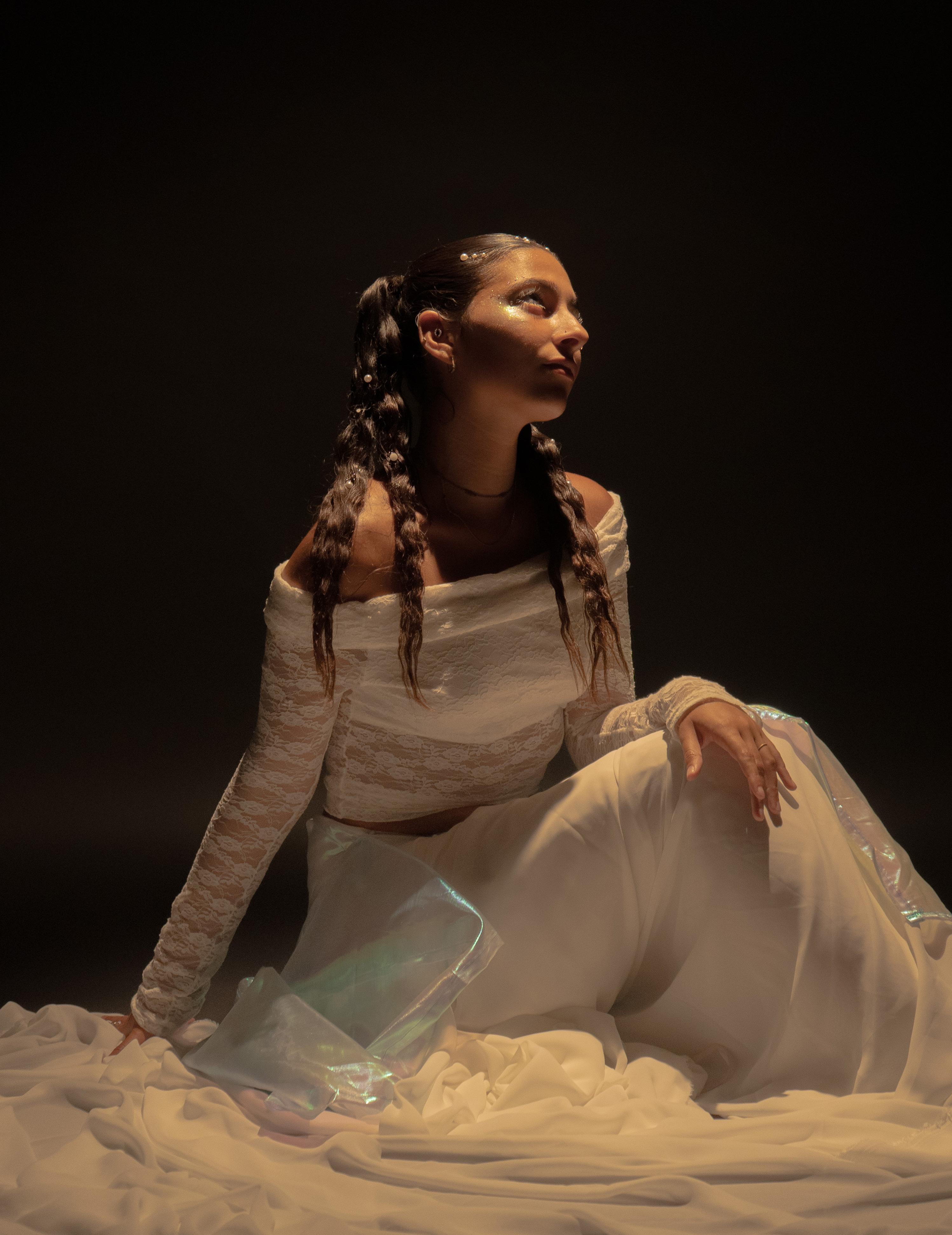
With a swiftness, I shift rapidly from a lying position to an upright one, squinting my eyes at the dimming light like a scene in a play coming to an end. Watching frantically, my eyes trace every adjustment in her posture, every nuance in her step, but everything slips away much too fast. The stars that shaped her limbs scatter back into disarray, like glitter shaken loose from memory. The sequins of her dress dissolve into static, returning to their original place in the ether, and her outstretched arms fall away into the void, claimed by the silence of the night. The dance ends with no final bow, no closing note—only the soft return of stillness, and the vague ache of something lost. A quiet blue, with a gentle hum of fake stars.
…
I exhale without realizing I was holding my breath. The night resumes its ordinary shimmer, but everything feels different now, as if some unseen layer has peeled away. I stare upward, searching for her, for any trace of her silhouette among the stars, but she’s gone.
“Reach out in front of you.”
I lean forward to make contact with the vastness that faces me– it mimics Michaelangelo’s Creation of Adam. The tip of my finger reaches a wall, a hardened barrier between me and the sky, and the reverberation sounds throughout the atmosphere. The woman I saw dancing above the clouds was a mirage—a luminous projection of all that stirs beneath the surface of my quiet, well-contained form. Her desperate elegance, her silent reach, her ache for the beyond—these were not hers, but mine. The sky, a mirror. She moved with my longing, expressing what I never could with words. Her twisting body, suspended in space, the outward shape of my own internal choreography: a yearning to rise beyond the limitations of the visible, of the knowable, of the weight I carry in silence.
The theater of the cosmos held up a mirror tonight, and for a fleeting second, I saw myself in motion– no longer tethered, no longer still. Transcending.
I lay back down, and soften the furrow of my brow. As I close my eyes, I can feel the light from the collection of stars above me grow brighter through my eyelids.
Virginia Akujobi-Egere is a Los Angeles-based writer with an emphasis on creative writing and storytelling. Her work demonstrates an adeptness to creative, non-fictional narrative through prose and poetic construction. Virginia studies Narrative Studies at the Dornsife College of Letters, Arts and Sciences with a minor in Songwriting at the Thorton School of Music, University of Southern California. She also serves as the Director of Writing for Haute Magazine.
Nicole Leihe is a 3D artist and designer based in the Bay Area and Los Angeles. WIth a love for storytelling, she aims to convey meaningful narratives through her work. Nicole studies Game Art at the School of Cinematic Arts, as well as Economics and Data Science at the Dornsife College of Letters, Arts, and Sciences, University of Southern California. She also serves as the Director of Visual Design for Haute Magazine.
Juri Kim is a Los Angeles-based visual artist, recognized by institutions like the National YoungArts Foundation and the National Scholastic Foundation of Art and Writing. Her work explores girlhood through a cinematic and unsettling lens. Juri’s work has been exhibited at the Getty Center, Band of Vices Gallery, Affirmation Arts Gallery, and Glasgow Gallery of Photography. Juri studies Fine Arts at the Roski School of Art and Design, University of Southern California. She also serves as the Director of Photography for Haute Magazine.

Producer/Lighting
Mitchell Jung
Lighting Assist
Maria Bautista
Styling
Ellie Rose
Styling Assists
Serena Weil
Angela Hsieh
MUA/Hair
Serena Hutchens
Mariana Yoseni
Talent
Angela Hsieh
Cat Gerbino
Kyla Kim
Simona Garcia
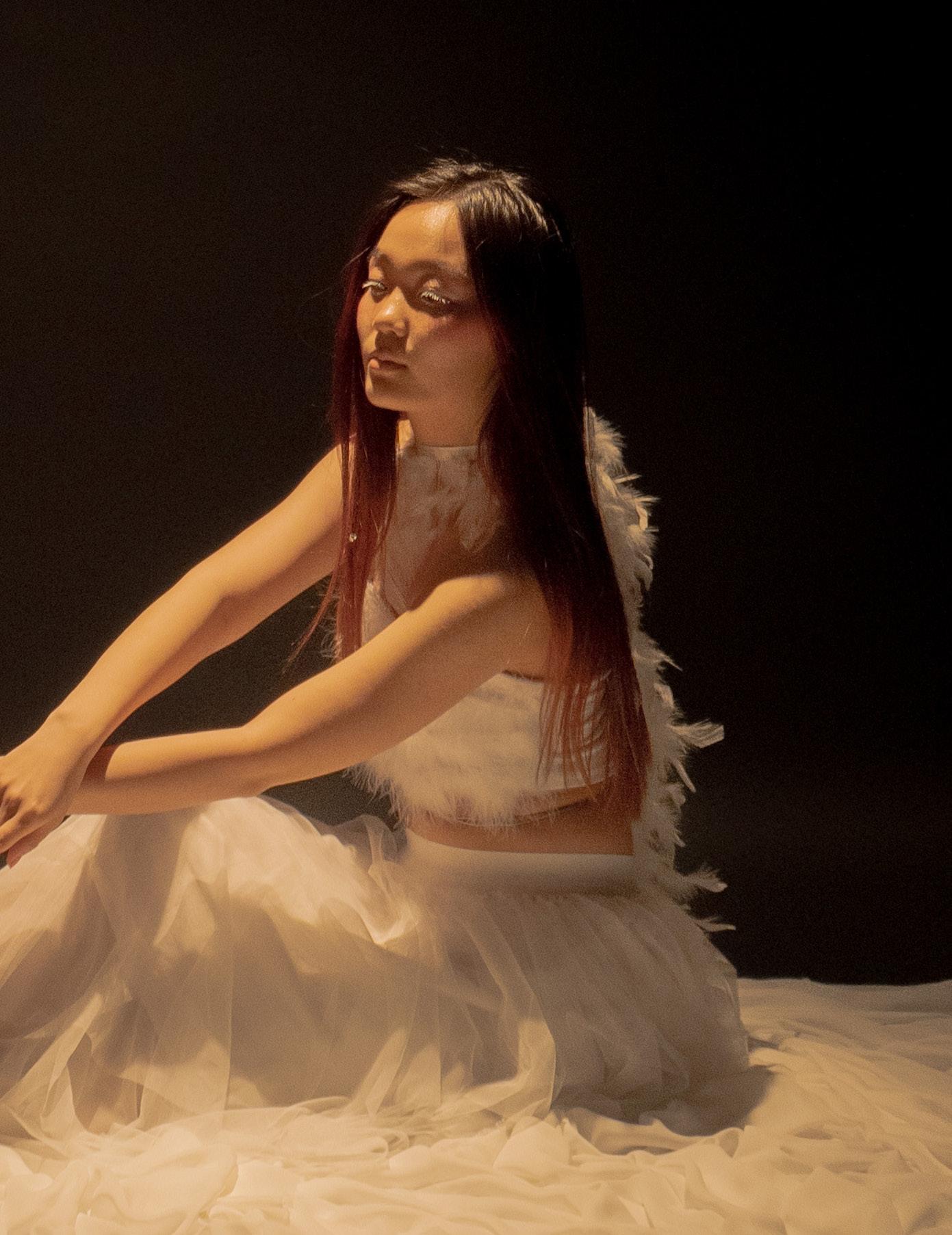
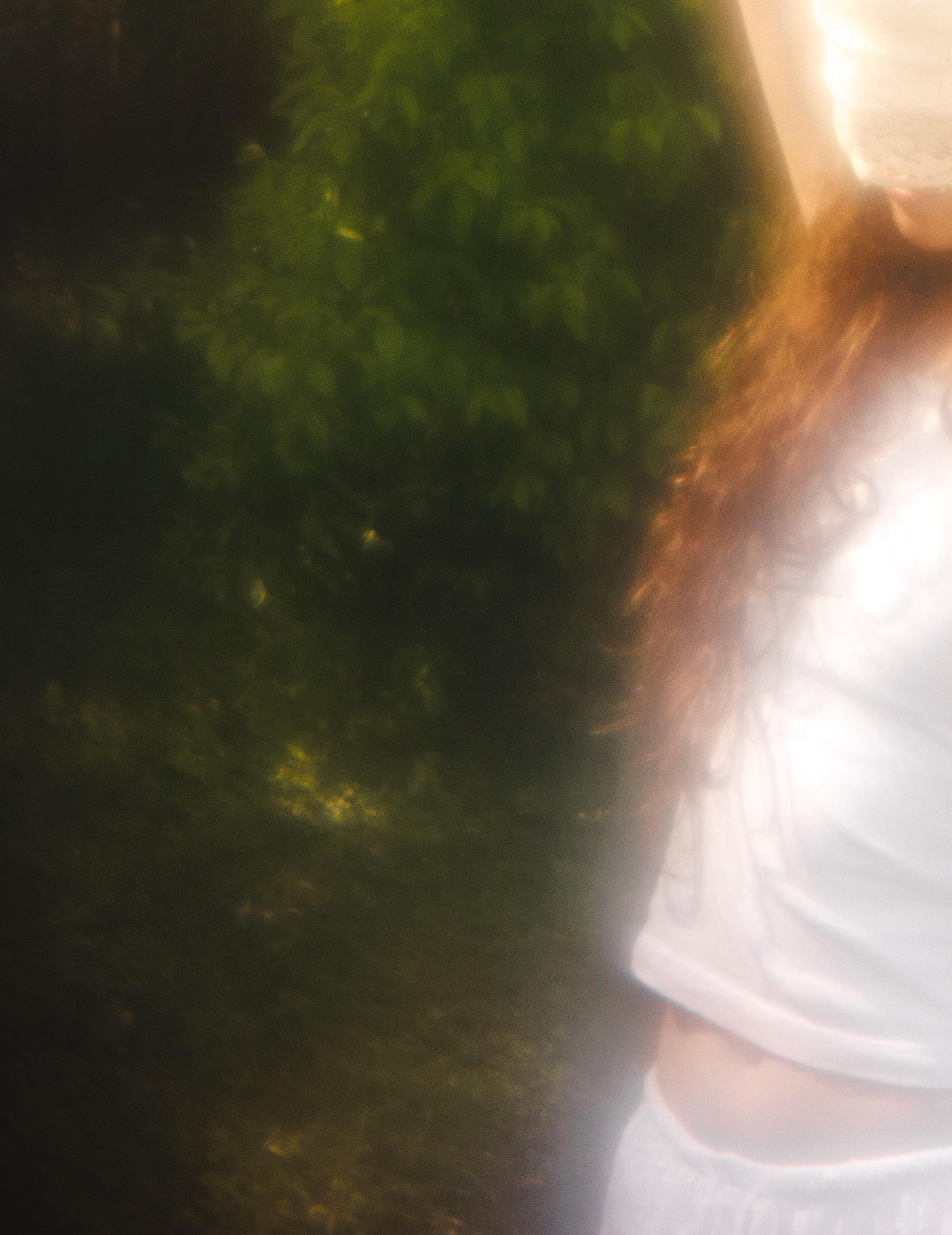




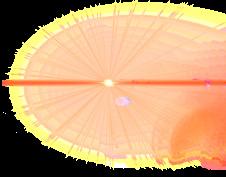
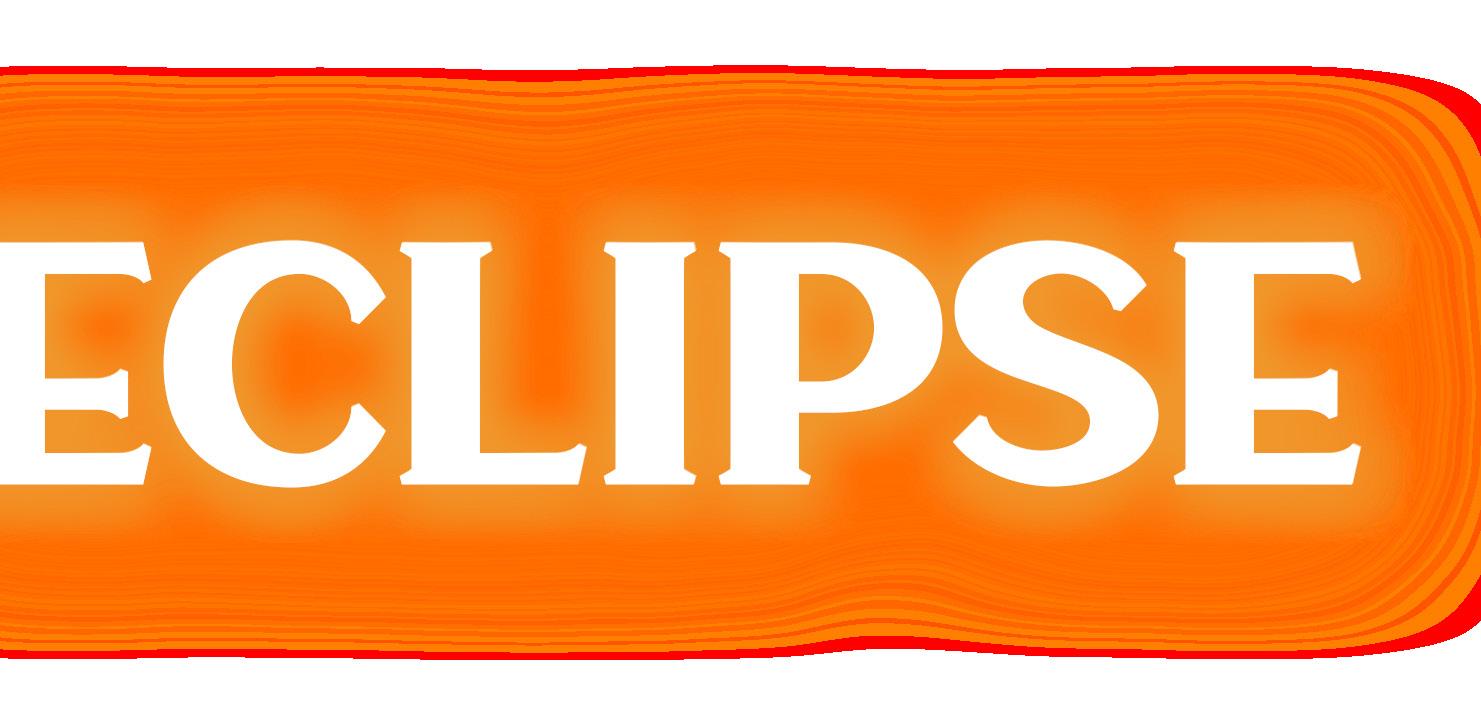
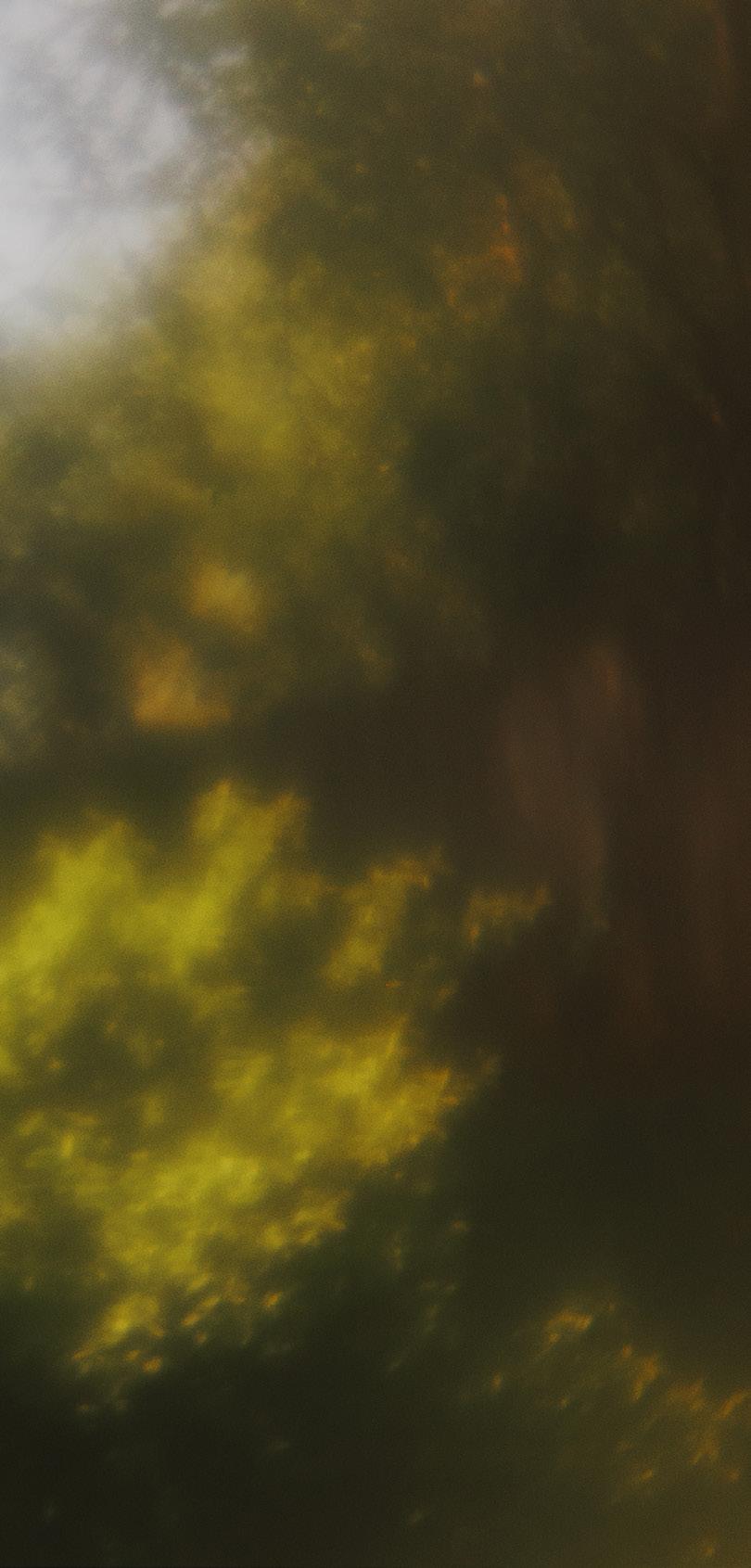


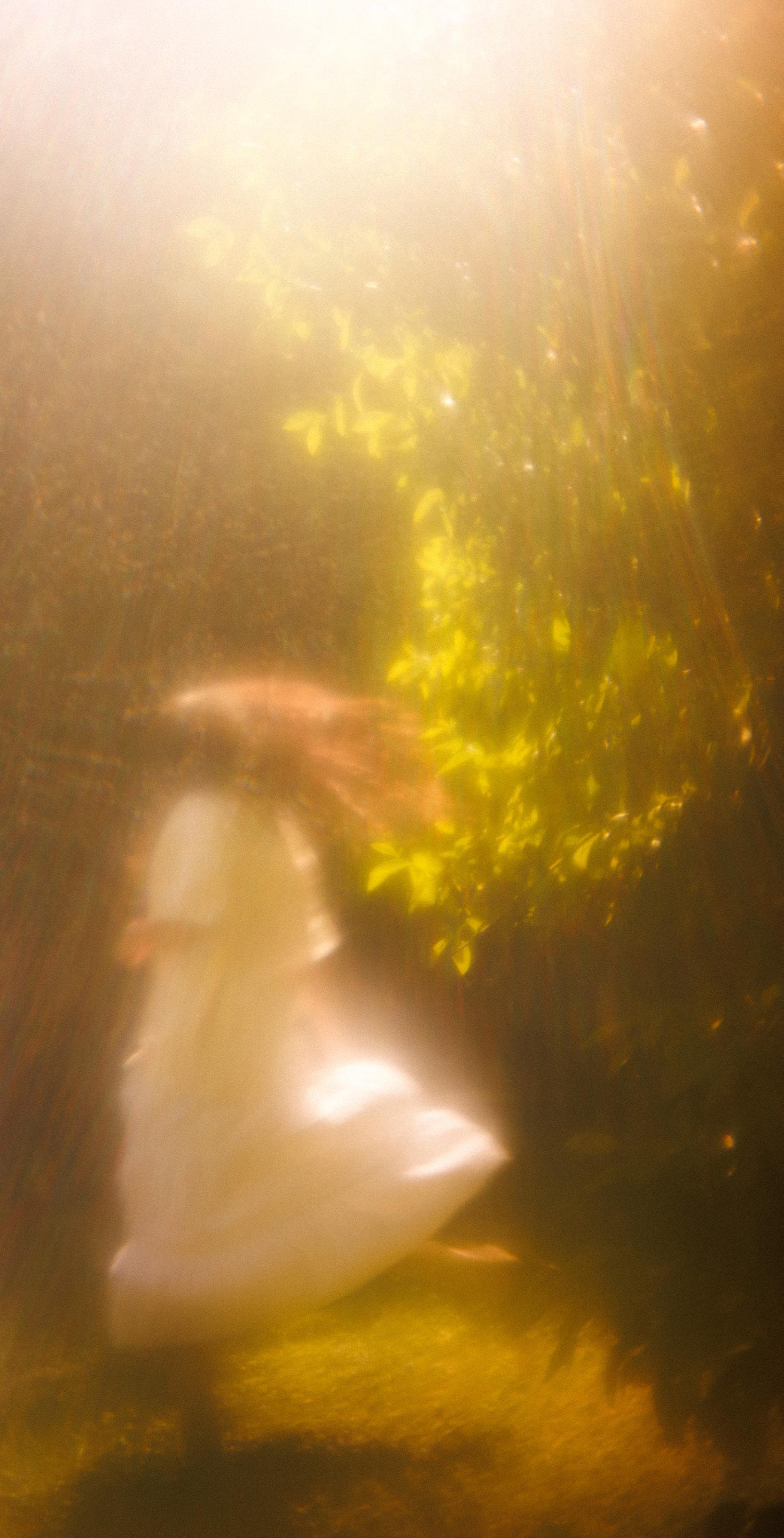
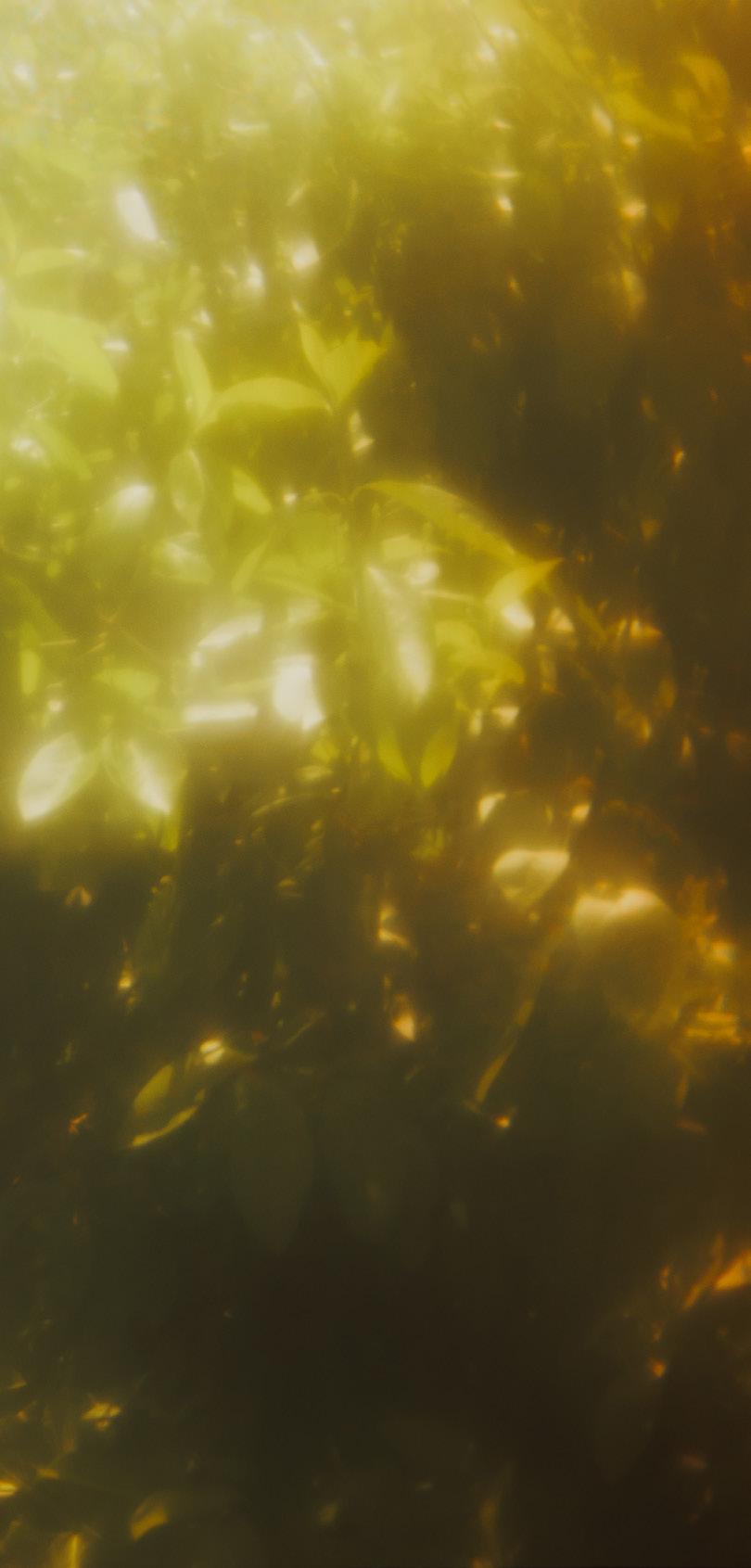

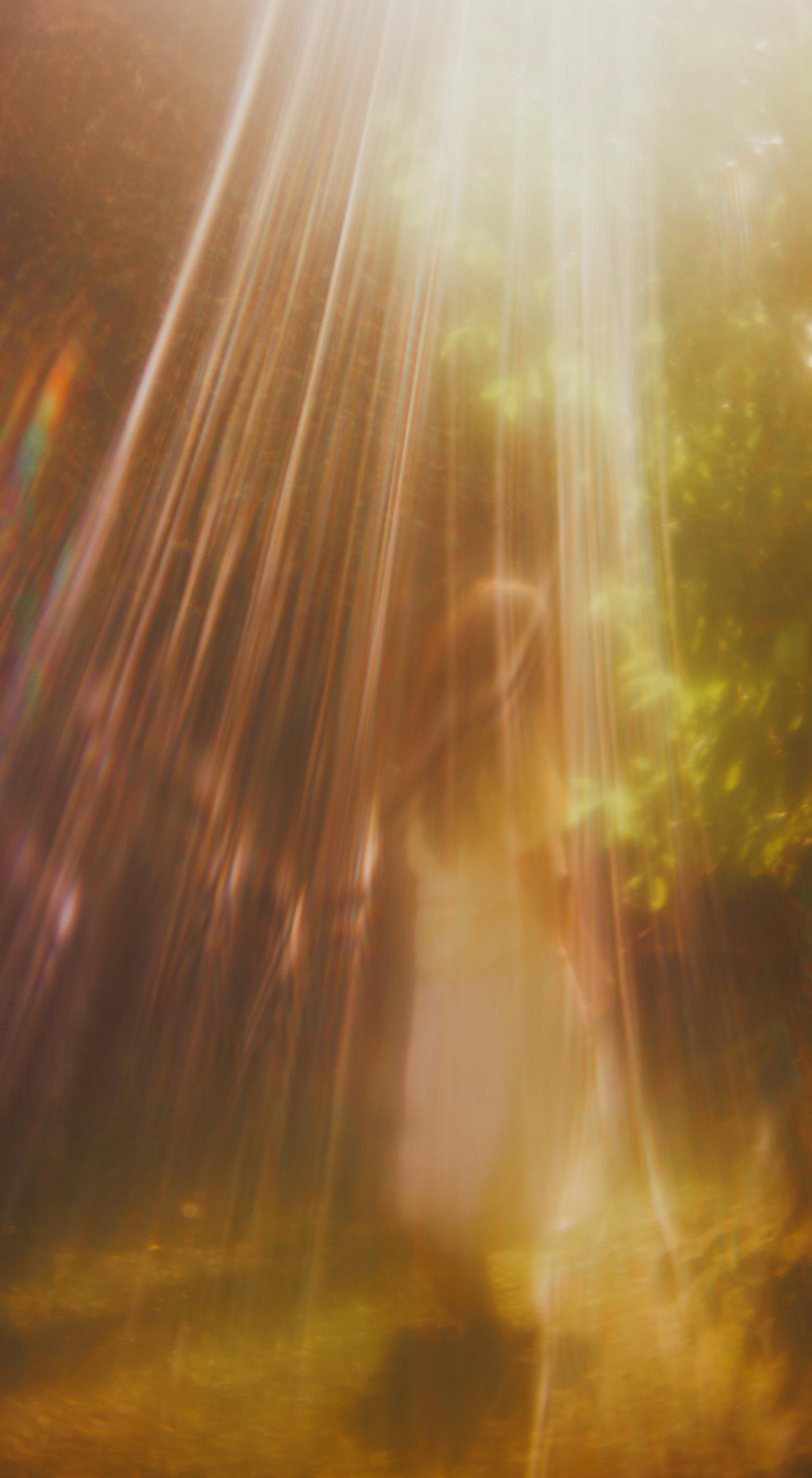
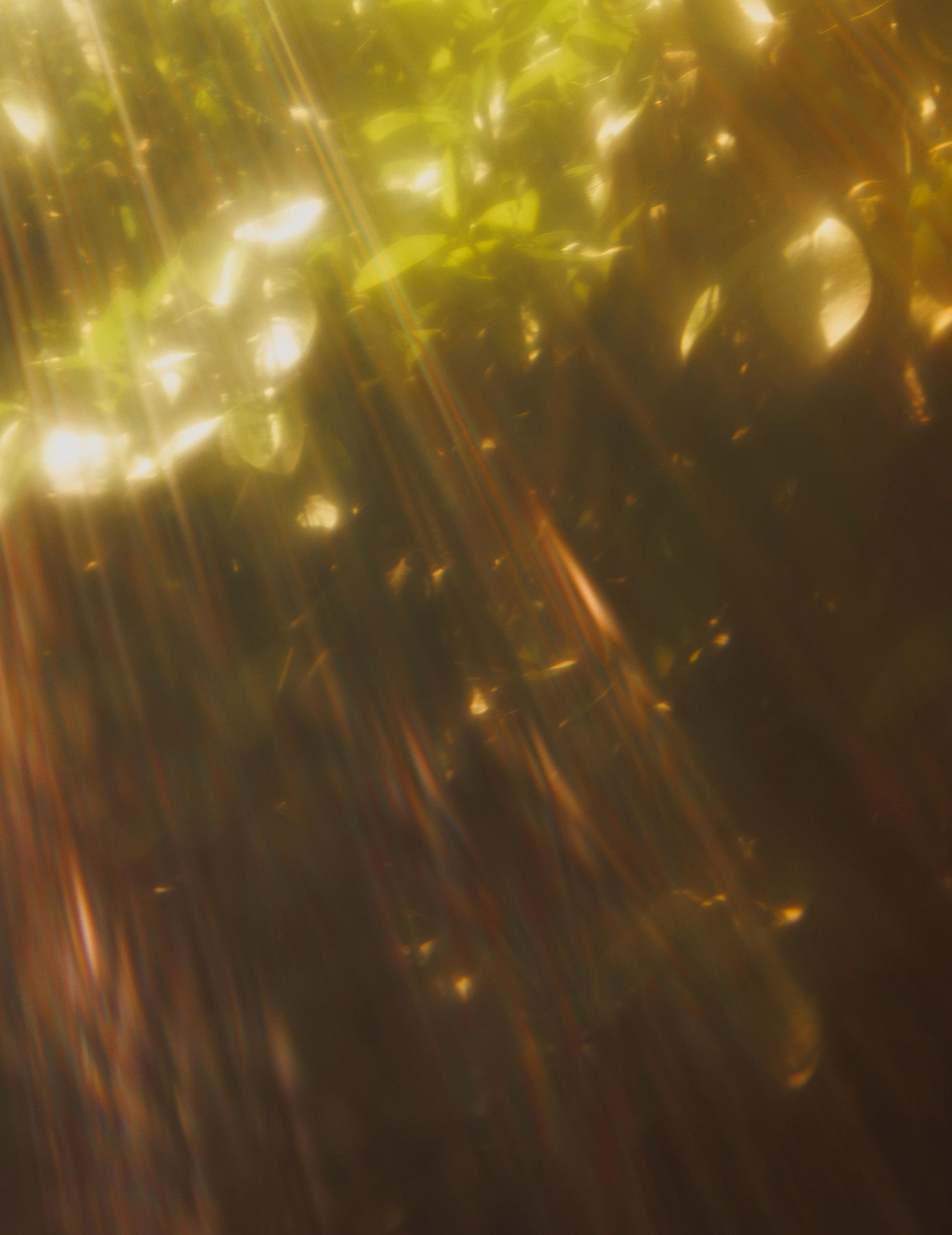

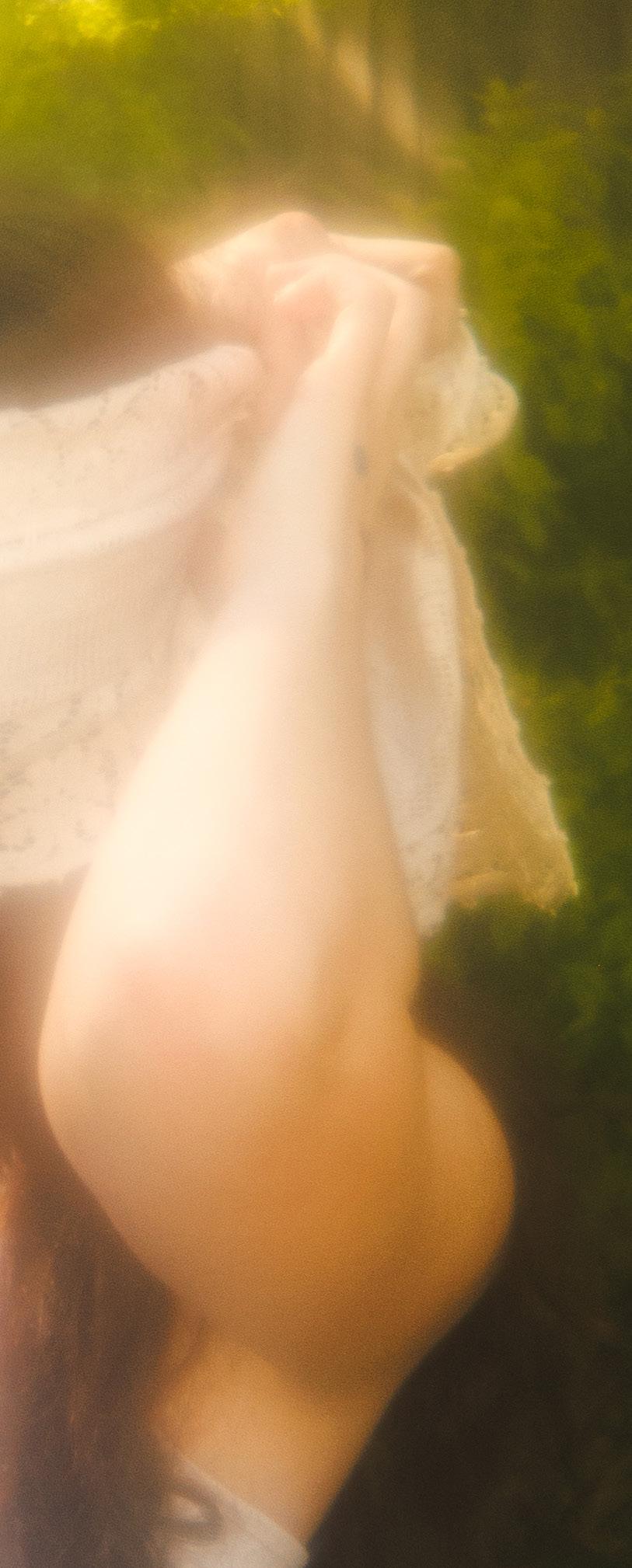
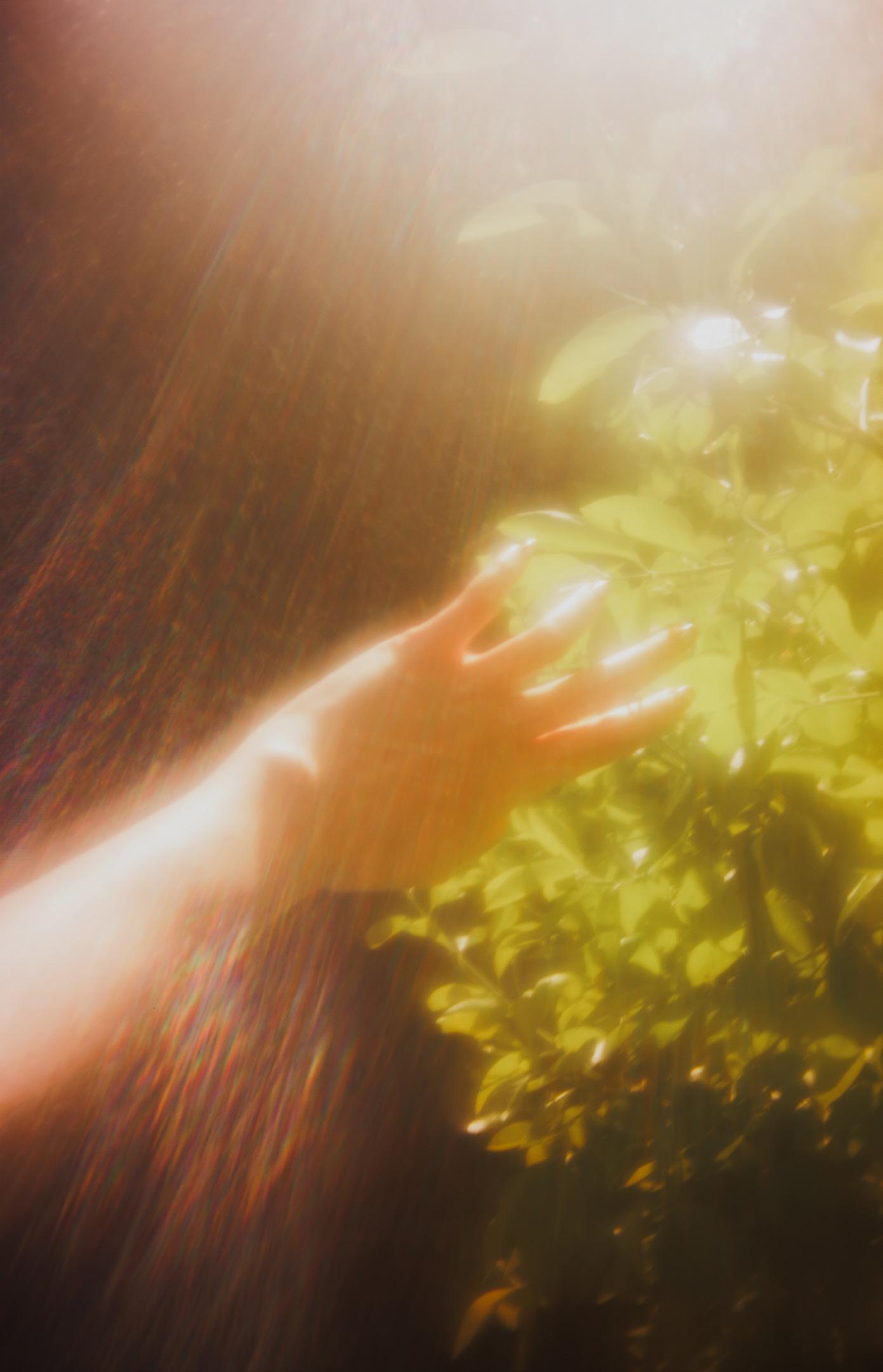

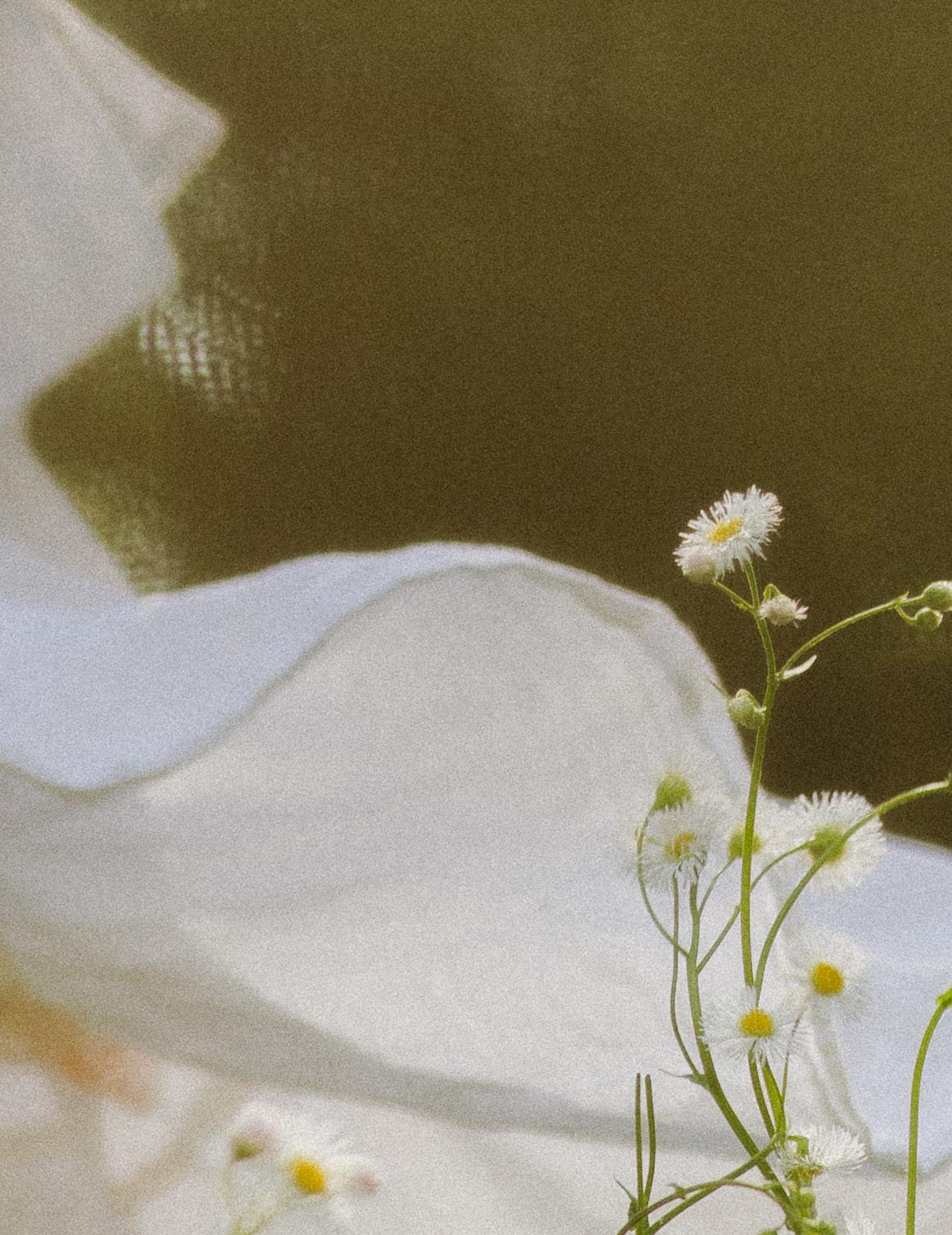
Summer Schantz is a dreamy filmmaker and photographer whose work is inspired by colors that are edible, places that hold memories, and light from a distant star. Her directing and photo work explore femininity, softness, and the place between reality and nostalgia.
Jaimie Liao is a designer and visual artist based in Los Angeles and New Jersey. Specializing in multimedia art, her work explores human experience and connection. Jaimie studies Architecture and Inventive Technologies at the School of Architecture, University of Southern California.
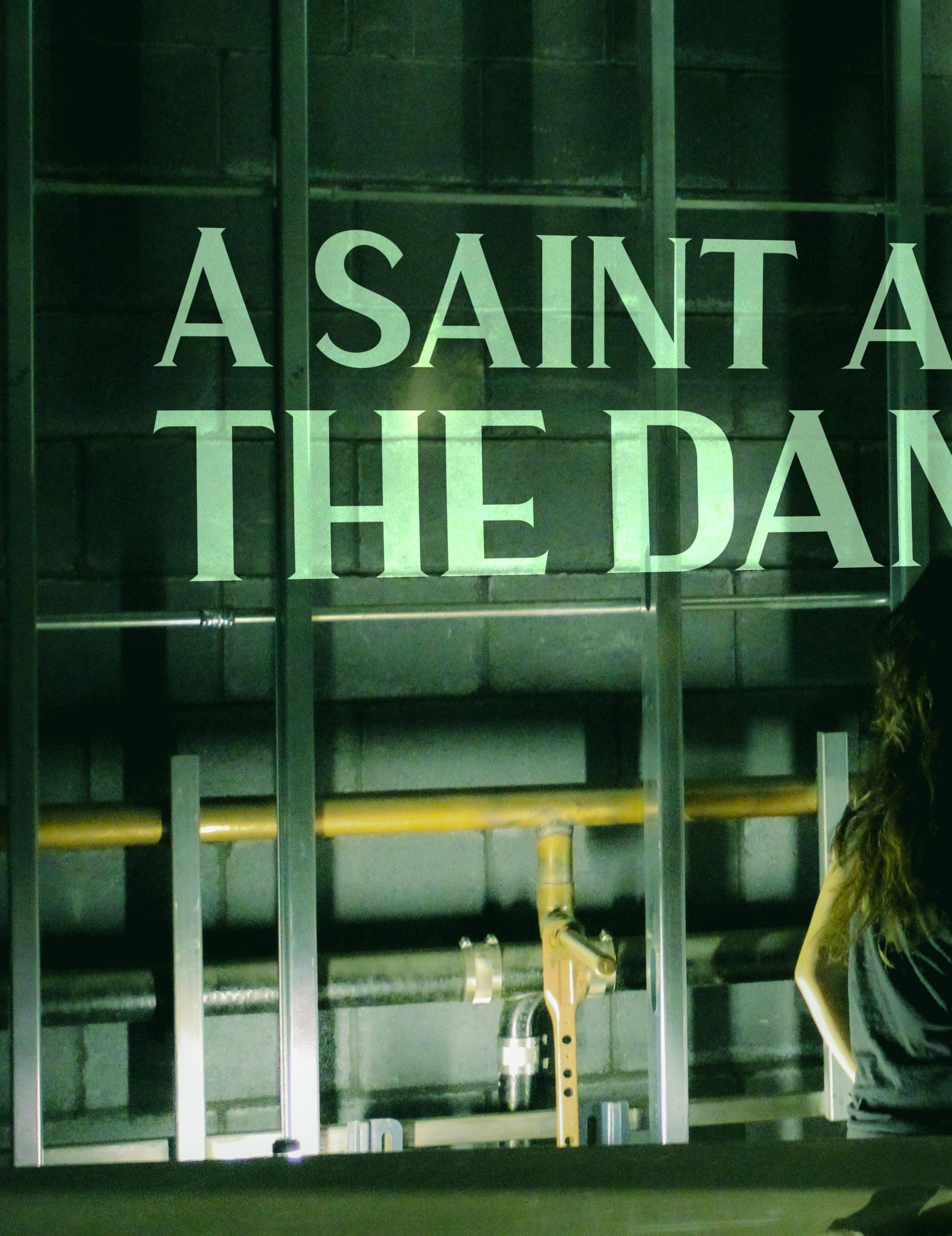
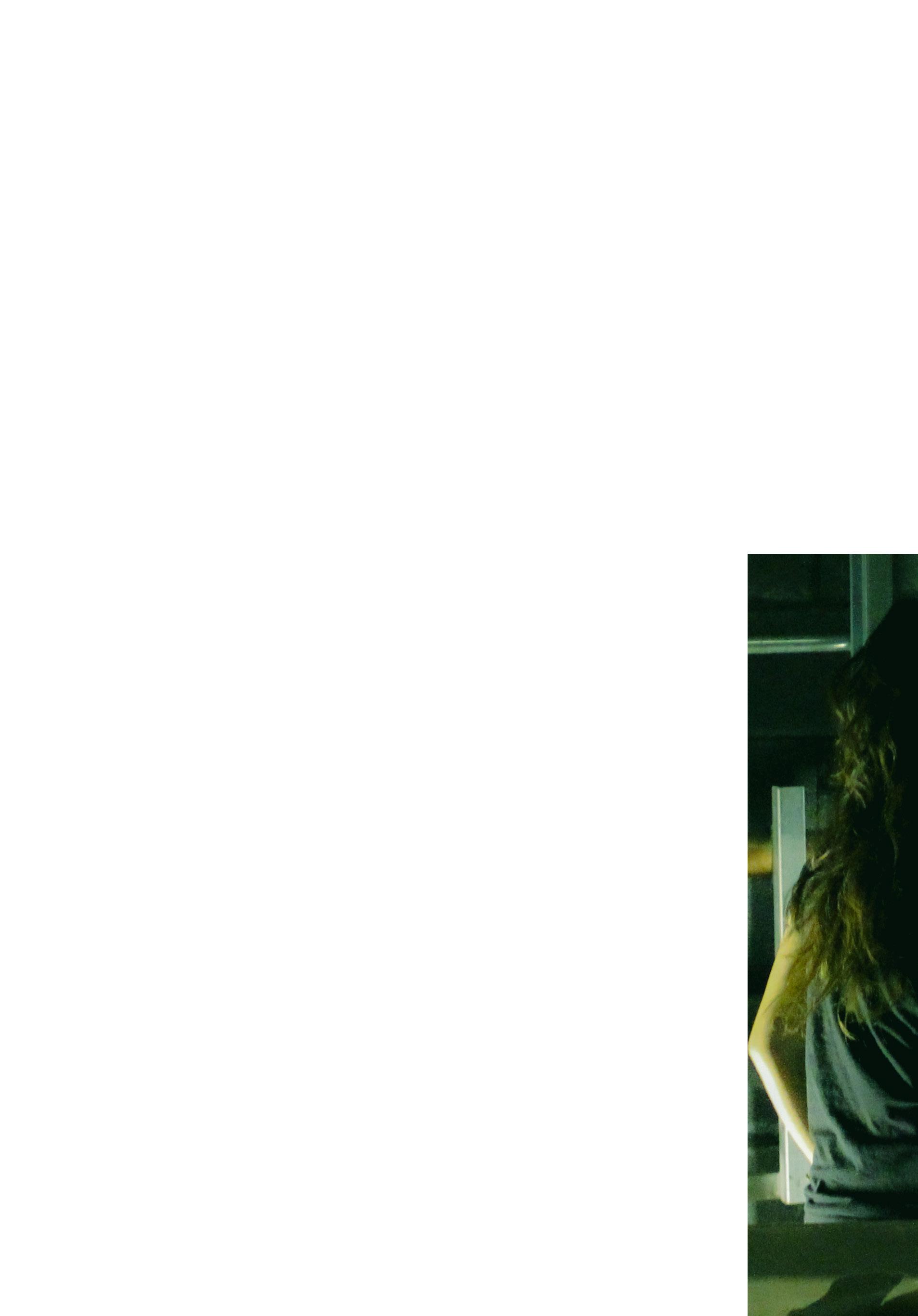
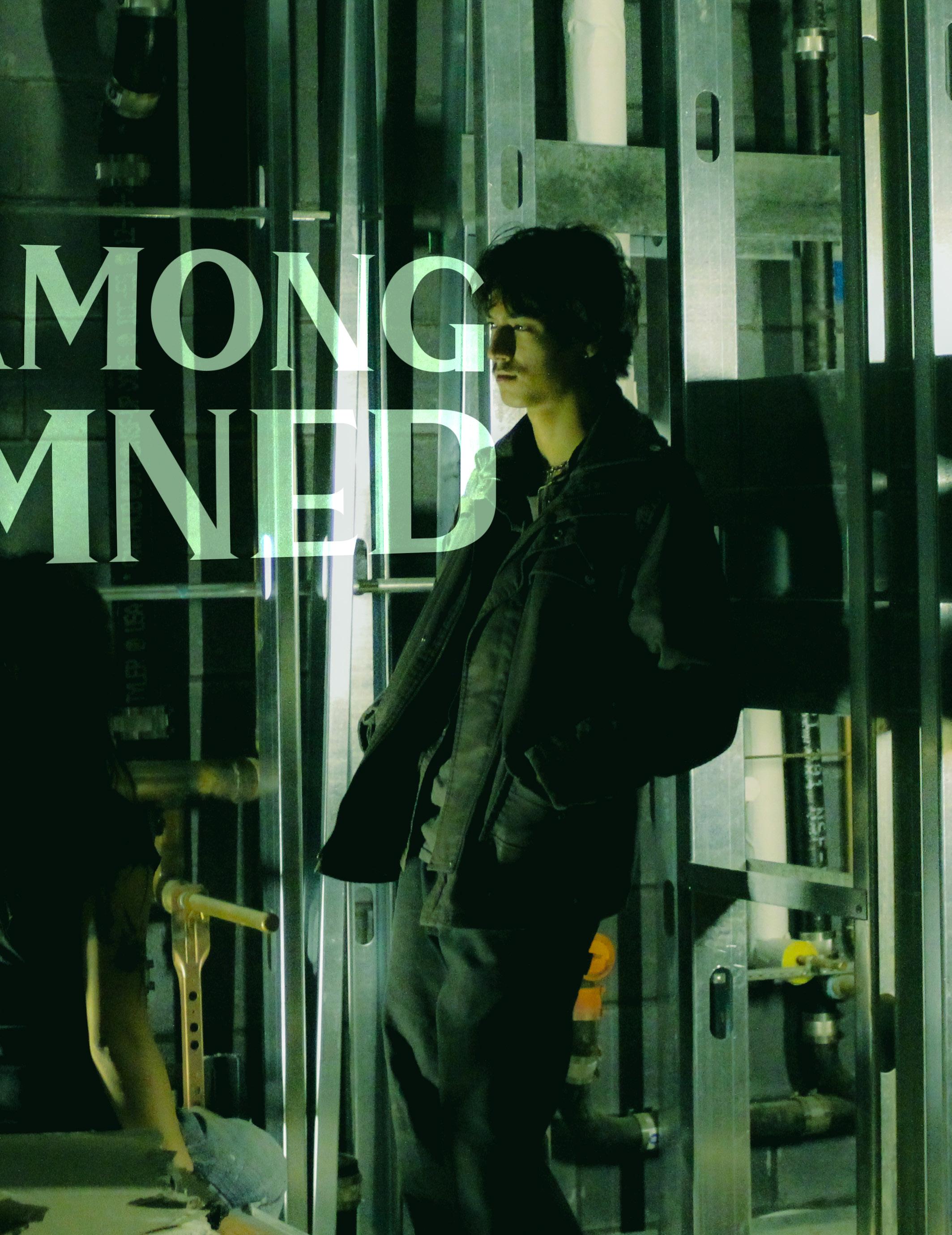

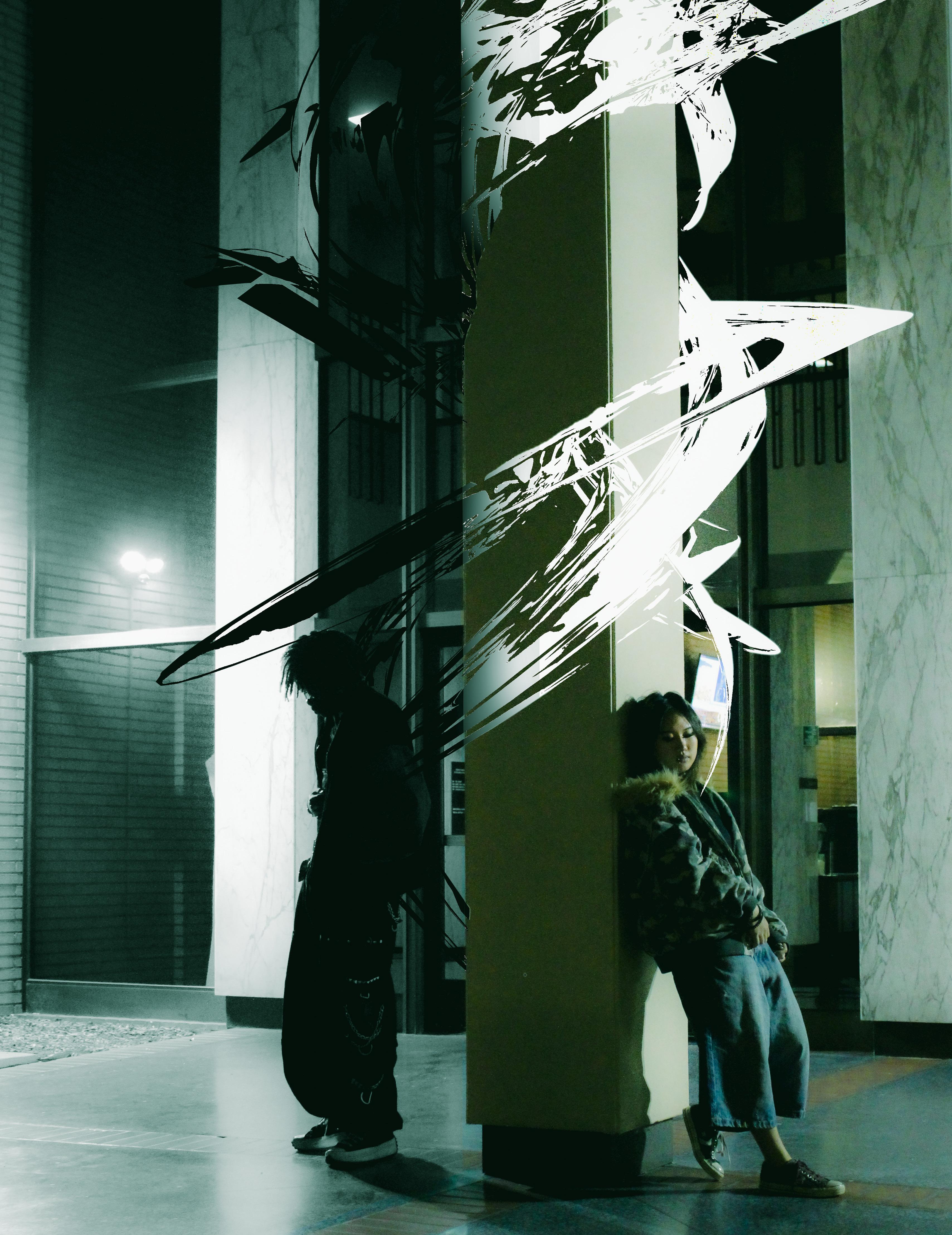
In a small town nestled between two ivory mountains, a priest stood at his pulpit practicing a requiem mass. His voice vibrated around the empty church, shaking the old paintings that hung around the altar. He preached while reviewing letters about the recently deceased, gaining only glimpses of who the girl had been. Words repeated themselves in the three short letters he had received—two from the girl’s older sisters and one from the Abbess who had overseen her stay at the orphanage.
Two hours past nine in the morning, small groups of people trickled into the pews. Their whispers were hushed and melancholic as they shared what little they knew.
“I heard she had a seizure in the forest behind the convent.” “No one should be in the woods anyway; it was her fault.”
“She probably scared herself to death.”
“Nothing good comes from being alone.”
The priest coughed, urging them to silence. Just then, the church door swung open, and two women with fiery red hair, veiled in lace, walked hand in hand down the nave. The sisters of the deceased made the sign of the cross at the altar, peering at their sister’s casket before taking their seats in the first pew. They did not speak, nor did they acknowledge the swell of rumors behind them.
The priest took this as a sign to begin his sermon.
“Lo, the fair Christina, in the bloom of but one and twenty years, hath been taken from this mortal coil by the cruel hand of affliction. Yet let not sorrow weigh too heavy upon the hearts of her elder sisters, who in their grief do keep her memory as a lamp unyielding against the night. We beseech the Lord Most High to grant her soul safe passage, that she may rest in the eternal peace of His mercy—”
Before he could finish, the casket top flung open and hit the altar floor. Gasps echoed through the church. Christina sat up. Her hair, as red as ever, glowed beneath the stained-glass light. She turned, her gaze intense as she met the eyes of those who had come to mourn her. The farmer’s wife was the first to scream. The others followed, fleeing the church like a flock of startled birds. Mothers tripped over daughters, fathers stumbled over sons, all desperate to distance themselves from the girl who had returned from the dead.
Only Christina’s eldest sister, Agatha, and the priest remained.
Christina rose from the casket and floated to the rafters. Agatha fell to her knees, whispering fervent prayers. The priest, trembling, pointed an accusing finger.
“You foolish girl, how dare you come back! Look at what you’ve done!”
He gestured toward the empty pews, the lingering echo of screams.
Agatha pleaded, “Father Xavier, please. My beloved has returned from the abyss where none return. She may have knowledge or grace to spare us. Let her speak unto us the truth.”
The priest ignored her, his voice a trembling rage.
“You are unnatural, a blasphemy undone! Come down and atone for the chaos you have wrought!”
At last, Christina spoke. Her voice was steady, neither mournful nor triumphant.
“Verily, I did perish. In the black abyss of death, I was cast first to the wretched pit, where the damned wail in unceasing torment. Thence was I lifted to the celestial halls, where the blessed sing in eternal light. Yet neither place was mine to dwell. For in purgatory was I set, between mercy and justice, and there I was given a choice—to linger in waiting or return to the sorrowed earth and suffer yet my days. And lo, though the weight of life be grievous, I chose it still. For in pain, there is purpose. In endurance, salvation.”
She drifted back to the ground, her gaze lingering on the painted Christ above the altar. The priest, speechless, clutched his rosary. Agatha’s lips moved in ceaseless prayer, sweat collecting at her brow. Christina turned toward the exit. Her steps were light, a waltz against the old
stone floor.
Outside, the townsfolk had gathered in fearful clusters. Their voices died as Christina emerged. She looked upon them and spoke.
“I have returned from death’s cold grasp, not for marvel nor mischief, but to walk once more the path of life. I wish thee naught but good and hope—hope that choice yet lingers, hope that fortune yet turns her wheel. So heed me not, as I heed thee not, and grant me but my peace, for that alone I do beseech.”
A shopkeeper stepped forward, venom in her voice.
“Thou art naught but a loathsome wretch, a shadow of sin cast forth by God’s own hand—a cursed thing, a bane upon this earth. Witch, orphan, blight of man, keep thee hence, lest thy foul presence taint the very air we draw.”
Christina did not flinch. Nods of agreement rippled through the crowd. She knew then that her place among them was lost.
And so it was that Christina returned, a specter draped in flesh, walking once more among the living. The town was not as it was, nor would it ever be again. The miller’s wife whispered of omens. The blacksmith crossed himself at the mention of her name. The priest called upon the faithful to turn their faces from the abomination in their midst.

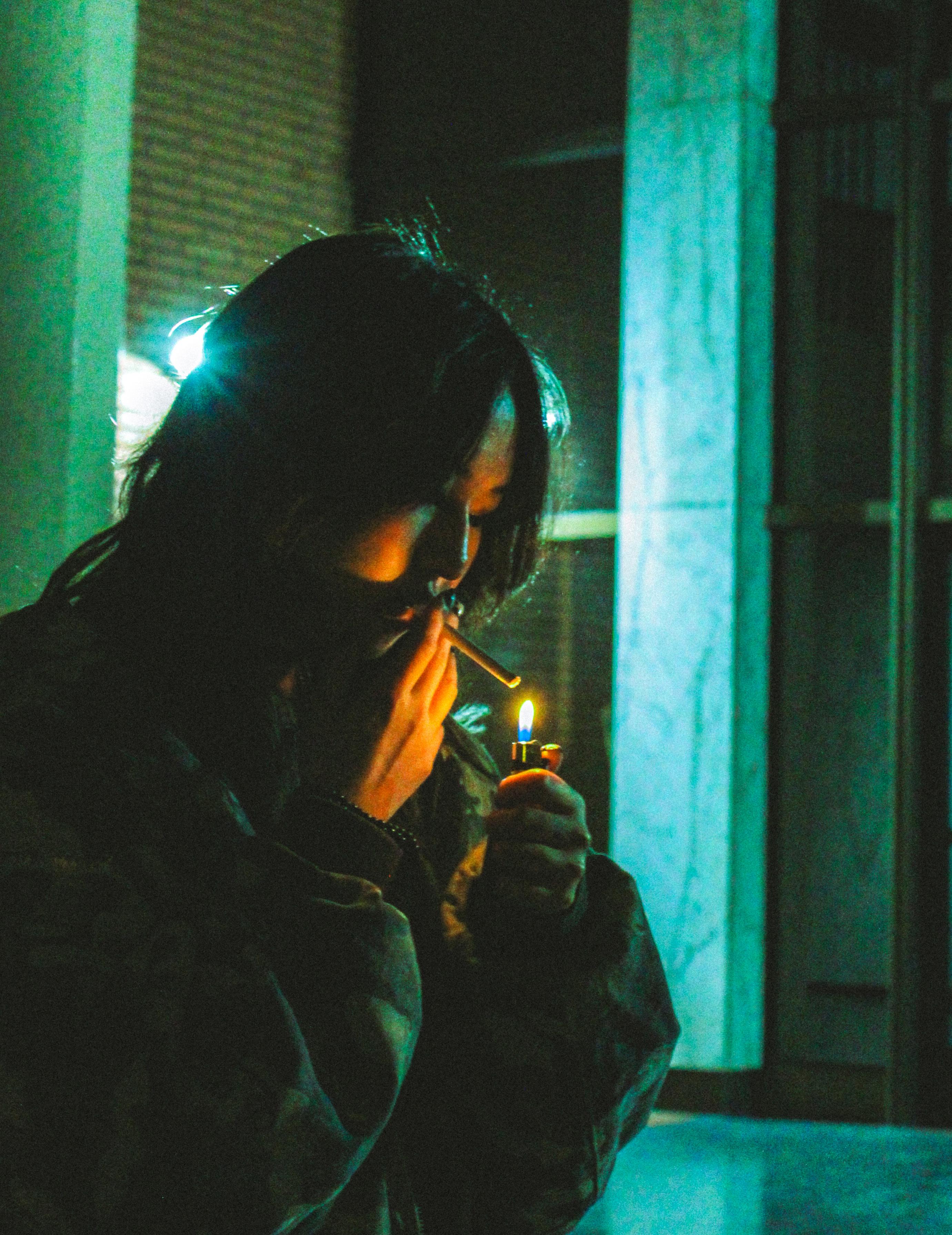
Her sister, righteous and full of grief, took to the convent, binding herself in silence, hoping through piety to cleanse their bloodline of the stain Christina had left upon it. But Christina lingered in the meadows and trees, glimpsed at dawn amidst the mist, her shadow stretching long across the hills. She spoke not, nor sought the company of those who feared her. Instead, she bent her head to prayer, to the rustling leaves, to the wind that carried voices softer than the ones that cursed her name.
But fear is a fire that feeds upon itself, and soon the whispers grew sharper, the stories darker. They swore she bathed in the city pond by the schoolhouse, that the waters steamed in her wake. They swore she reached into the blacksmith’s forge and held the flames as one might hold a child. Some even claimed she crawled into the baker’s oven, seeking refuge from the stench of sin that clung to those who crossed her path. The priest fanned these embers into a blaze, his sermons thick with warnings—this was no woman, but a thing that should not be. And was it not their duty to set right what had gone so terribly wrong?
So the town rose, as towns do when fear grips their hearts. They sought to bind her, to burn her, to purge her from the land before the heavens themselves turned against them. Yet time and again, she slipped through their fingers, vanishing into the shadows, leaving naught but footprints in the mud and dry
leaves scrawled with words no man could decipher. It was as though she had already begun to drift beyond them, beyond their reach, beyond their judgment.
And then, at last, she understood. The angel’s voice rang clear in her mind, as it had on the day of her rising. “You may seek your peace here, or you may seek it beyond”.
The choice had always been hers.
She returned to the lace where death had first come for her, the meadow where the earth had cradled her body in stillness. There, beneath the sky stretched wide, she laid herself down, her breath slow, her limbs at rest. The town searched for her, but none dared step foot into that hallowed field, for the wind carried a hush, and the trees stood as solemn sentinels.
And when the angel came, it found her waiting. It knelt at her side, golden-eyed and patient, and with a voice like the rustling of autumn leaves, it asked but one thing:
“Have you made your choice?”
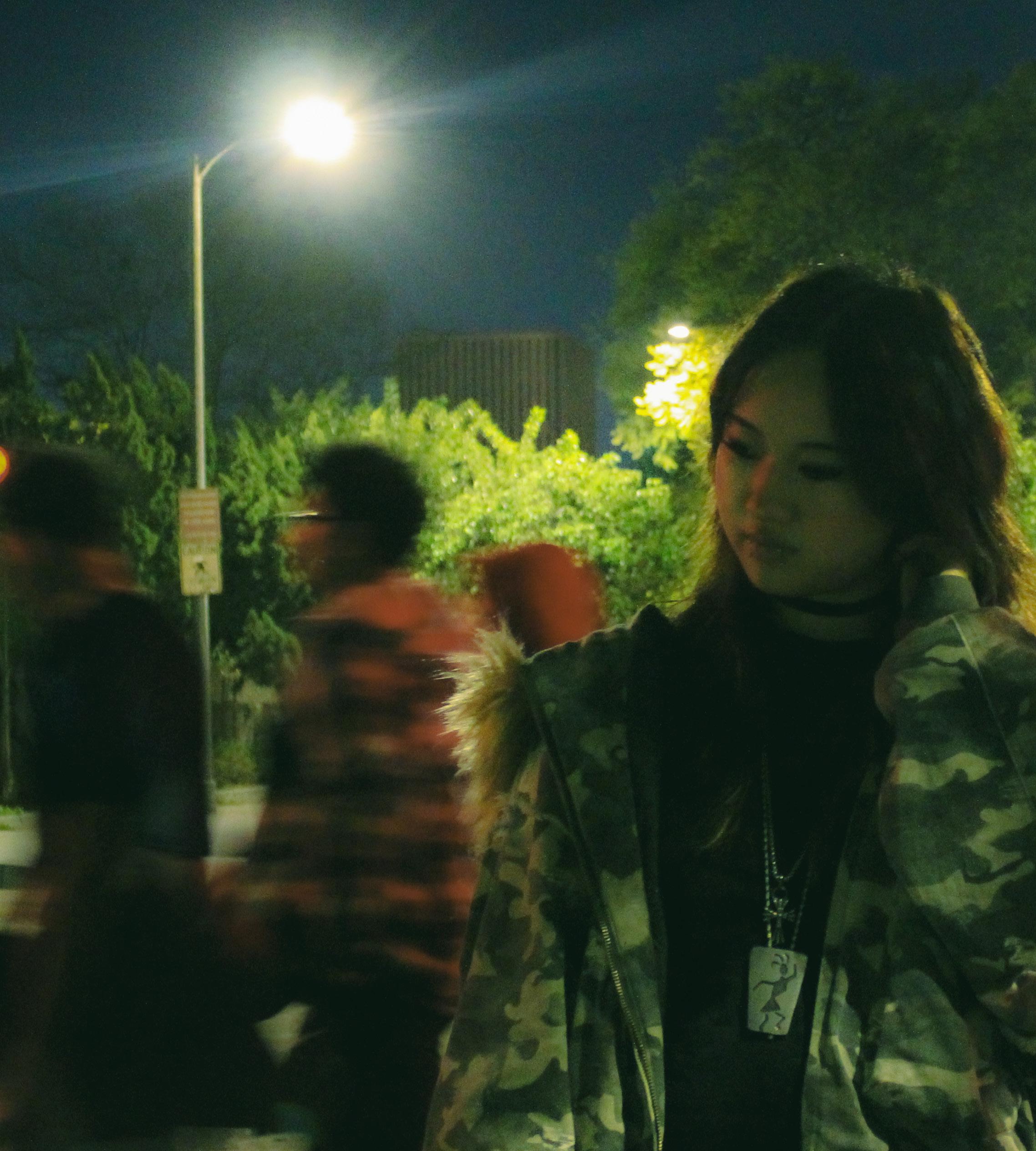

Michelle Kwon is a Los Angeles and South Korea based interdisciplinary artist specializing in visual experiences. Her work navigates the boundaries between fine art and design, driven by a fascination with all things creative. Michelle studies Design at the Roski School of Art and Design with a minor in Marketing at the University of Southern California.
Isabella Murray is a Los Angeles-based writer and communications student at the Annenberg School for Communication and Journalism at USC. She finds joy in the art of crafting narratives, often scribbling down bursts of inspiration in a tiny notebook she carries everywhere. Her writing is a bit like a whirlwind— unpredictable, spontaneous, and always led by the most unexpected narrators. Whether it’s a fleeting thought or an overheard conversation, Isabella delights in transforming the ordinary into something extraordinary.
Jay Adegoke is a Nigerian American photographer from Atlanta, GA. They like to specialize in dark grunge photography and heavy photo editing combining 3D modeling and photography. Jay currently studies Game Art in the School of Cinematic Arts, University of Southern California
Models:
Jay Adegoke
Anna Xu
Bryan DaSilva
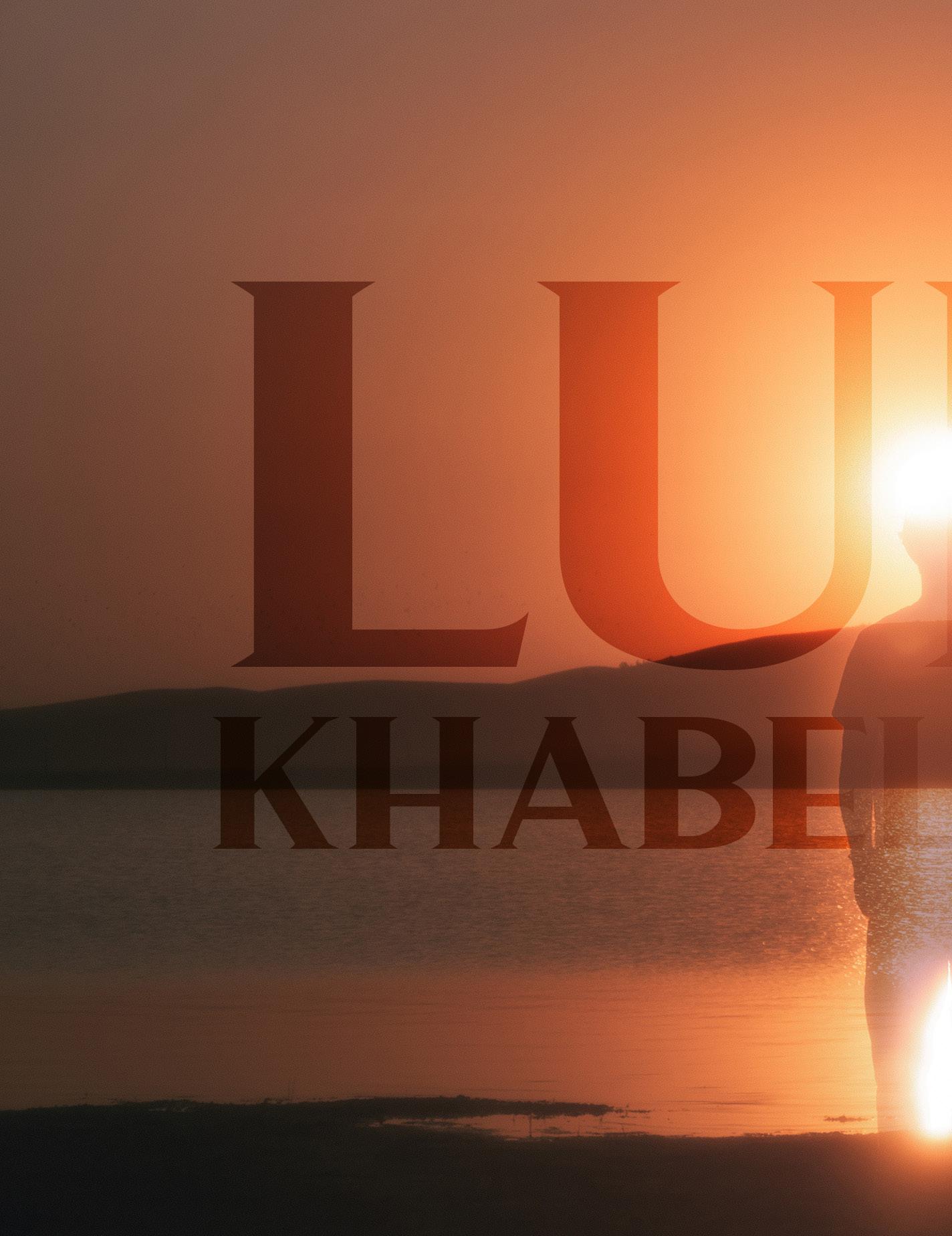
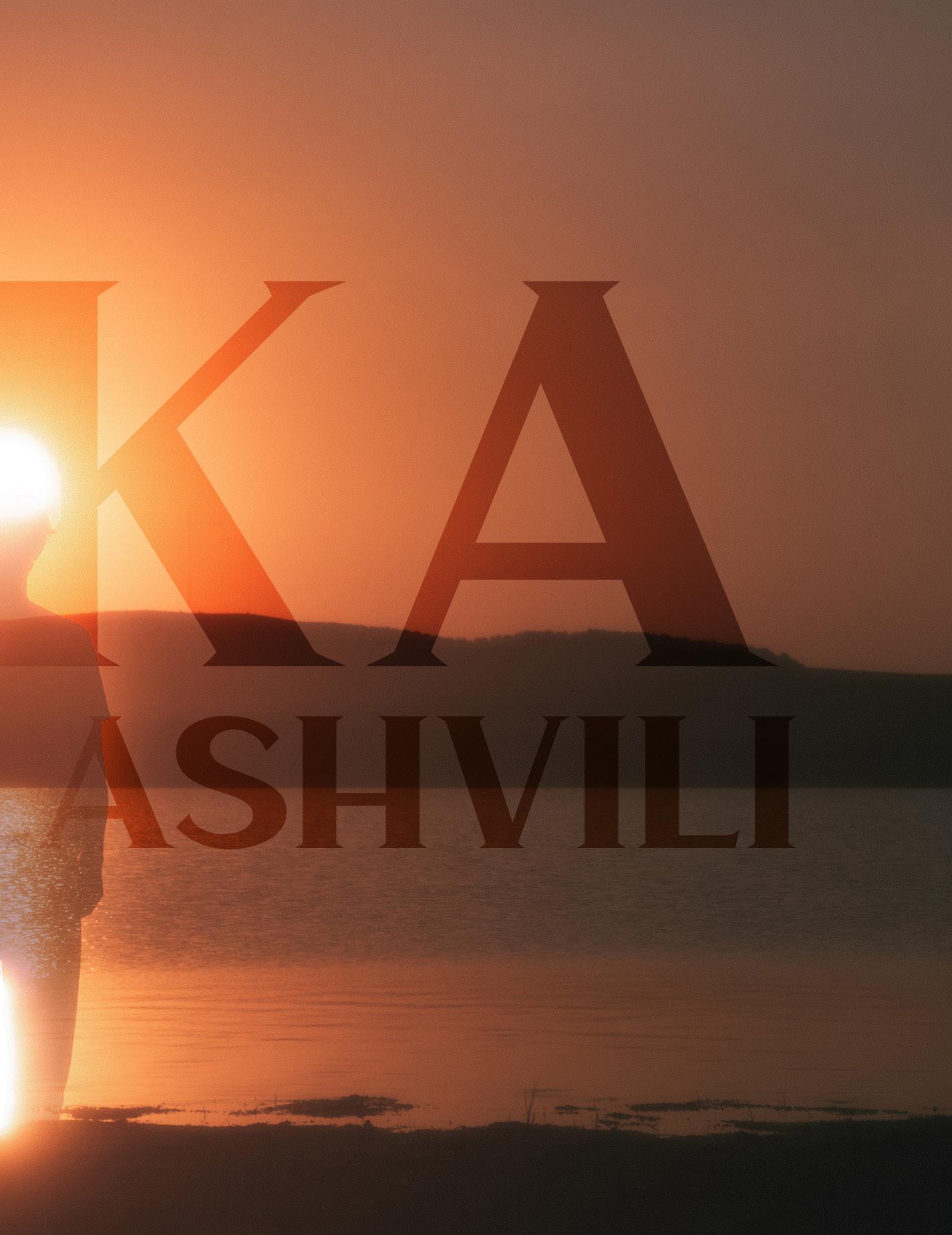

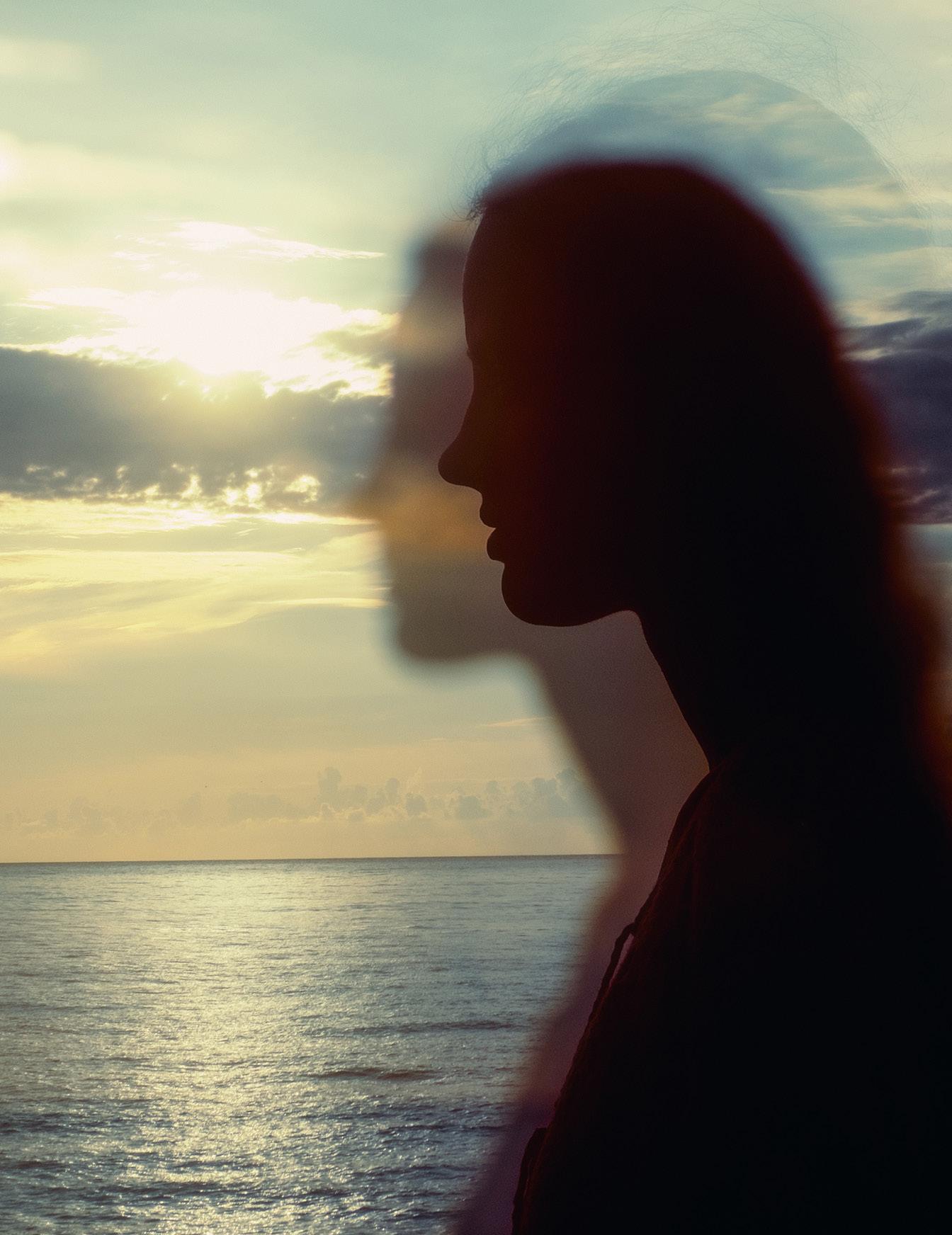
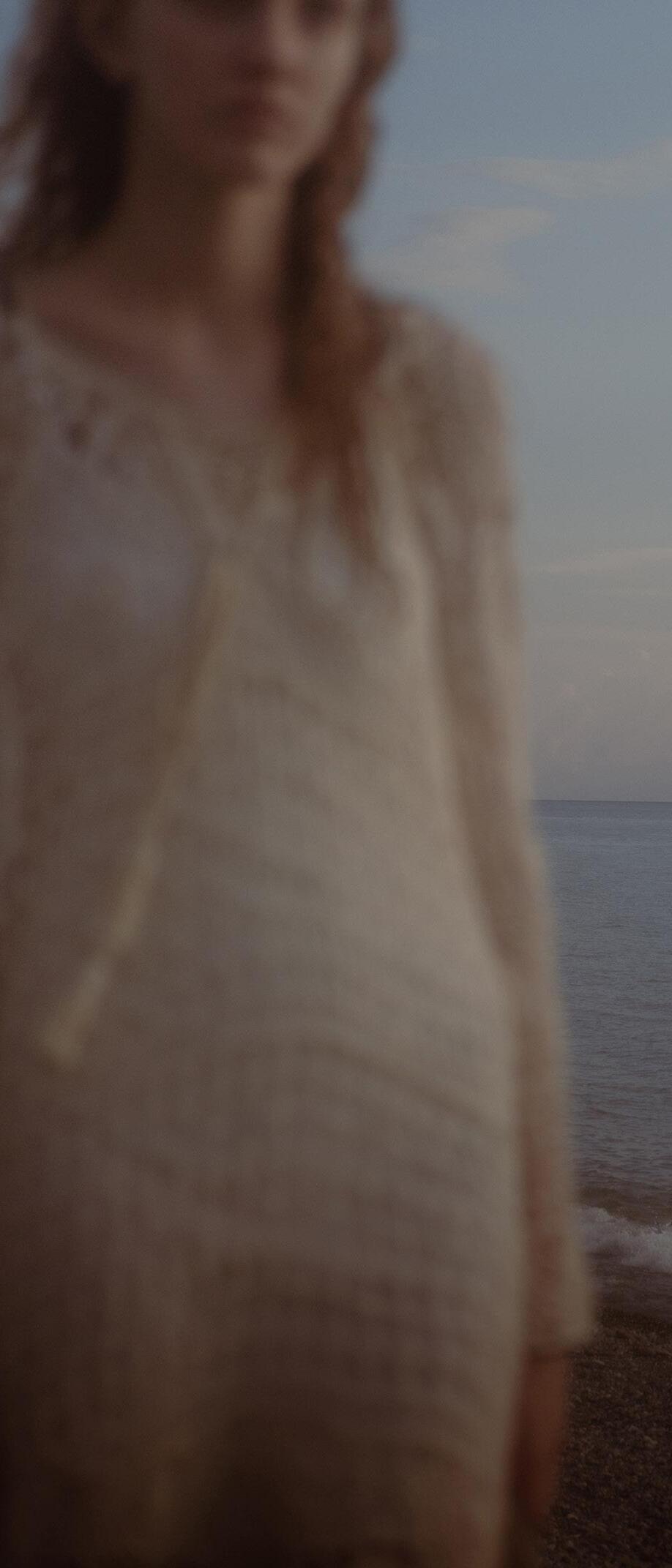


Luka Khabelashvili (b.1999) is a self-taught photographer from Gori, Georgia, known for his surreal, dreamlike imagery and digital manipulation. His journey began during a family trip to Turkey, where a camera gifted by his mother sparked a fascination with capturing and transforming everyday moments. Luka’s work blurs the line between reality and imagination, drawing inspiration from themes of inner awakening and spiritual exploration. Through his lens, he invites viewers to discover the extraordinary within the ordinary and glimpse the unseen layers of existence. You can visit his website at lukakhabelashvili.com.
Nicole Leihe is a 3D artist and designer based in the Bay Area and Los Angeles. WIth a love for storytelling, she aims to convey meaningful narratives through her work. Nicole studies Game Art at the School of Cinematic Arts, as well as Economics and Data Science at the Dornsife College of Letters, Arts, and Sciences, University of Southern California. She also serves as the Director of Visual Design for Haute Magazine.
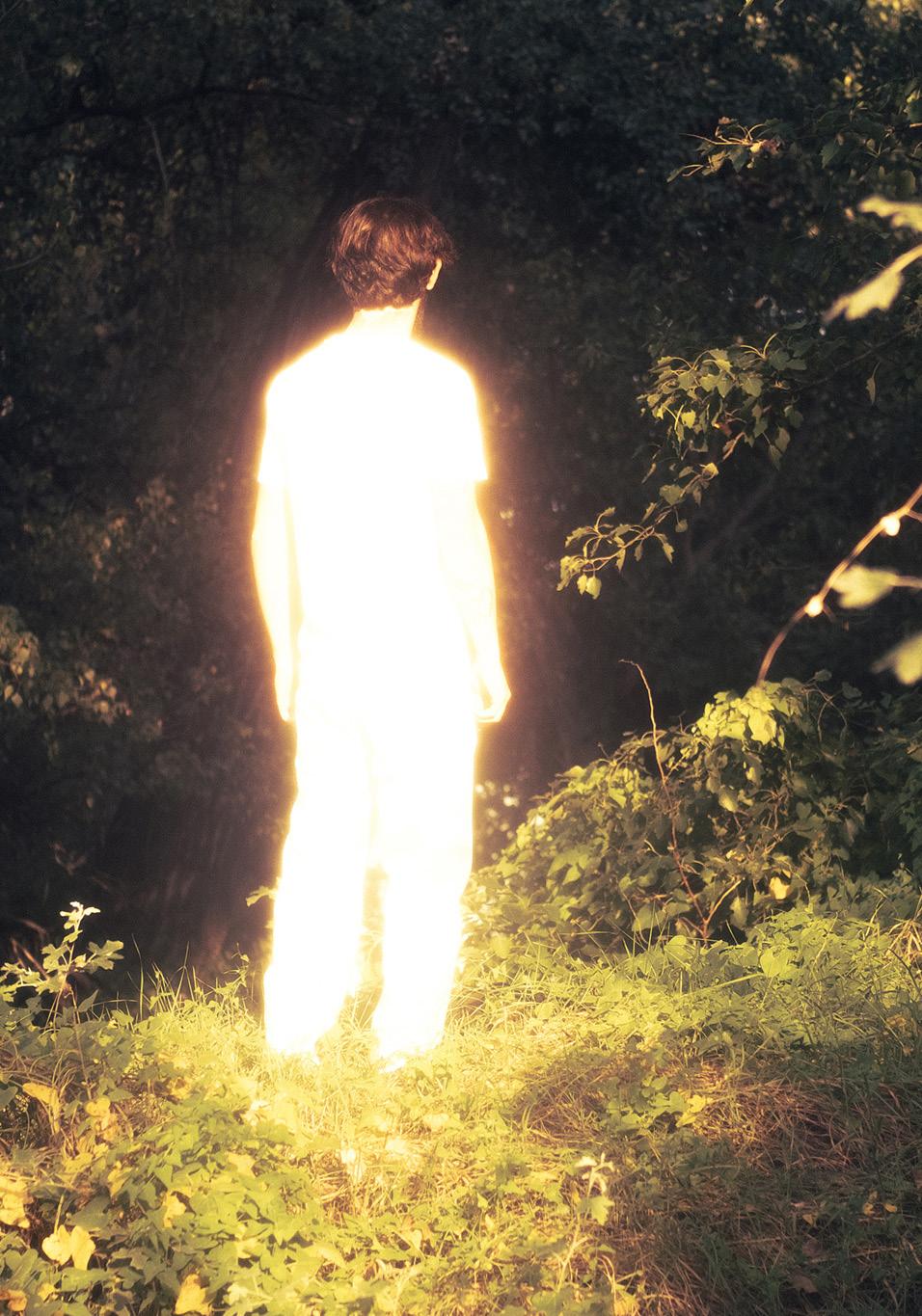



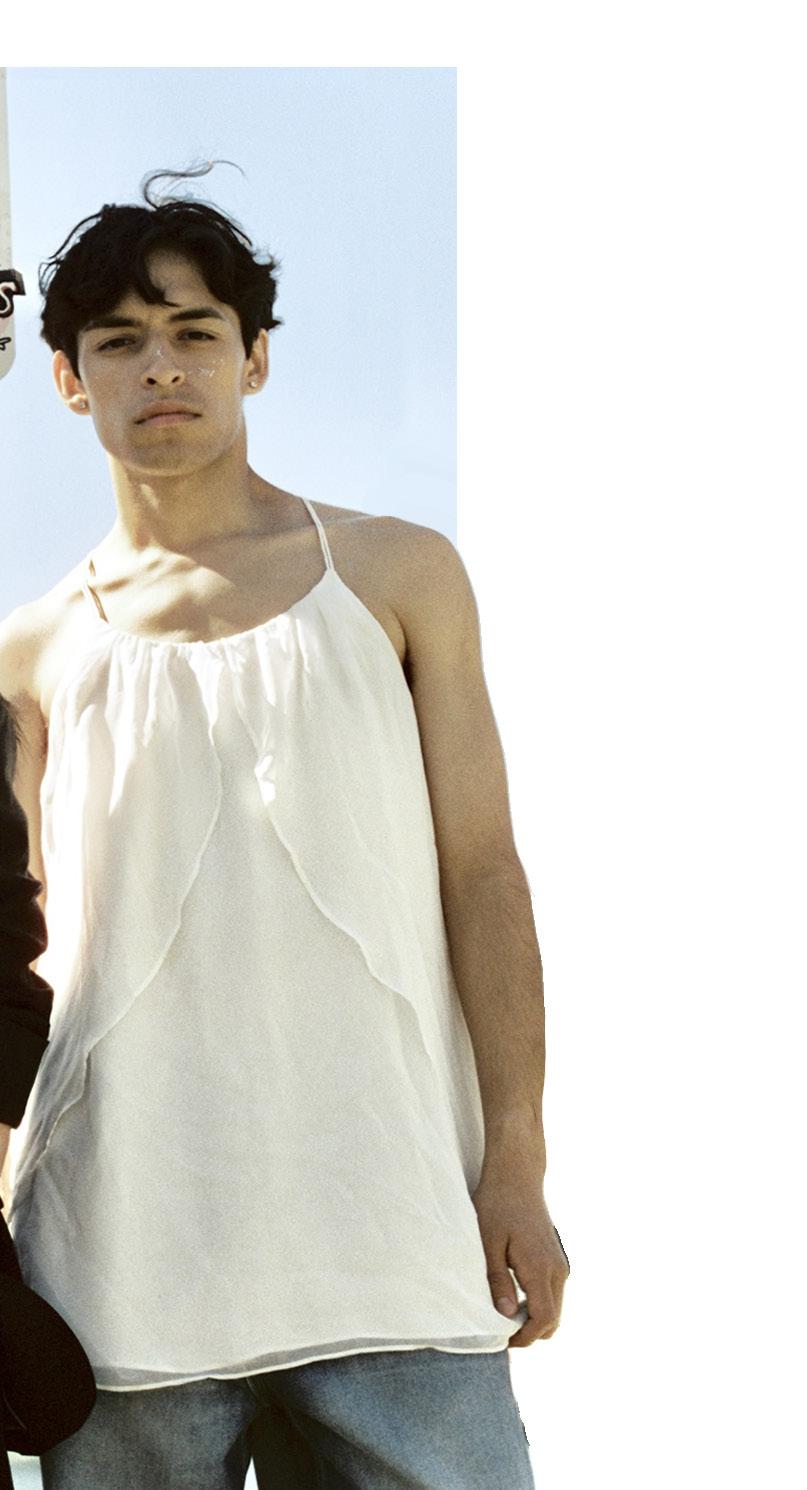
The taste of copper pools inside my mouth leaving me with
A flavor so entirely my own
Yet inherited;
For my tongue is as sharp as my mothers.
No way of knowing how to rid myself of it
Though I yearn for saccharine sentiments stuck in my teeth;
I always end up baring them.
A poet once told me it’s defeat that reminds me
I am young and swift of foot;
That a sweet life would only give me cavities, would never love me as much as defeat does
That a life full of light could never show me how to reach for it within myself
Nor drape such a cloak of devotion over me as the darkness does.
Do you mind telling Mother and Father that I had a dream last night?
A dream of a day where these generational curses no longer hang around my neck and leave me with
My chin heavy, eyes lingering on the ground like an ugly scorned dog;
A dream of a day where when I look in the mirror, I don’t see her rage lurking in the corner of my eyes;
A dream of a day where I don’t see his ancient grief worn by me like a once beloved hand-me-down.
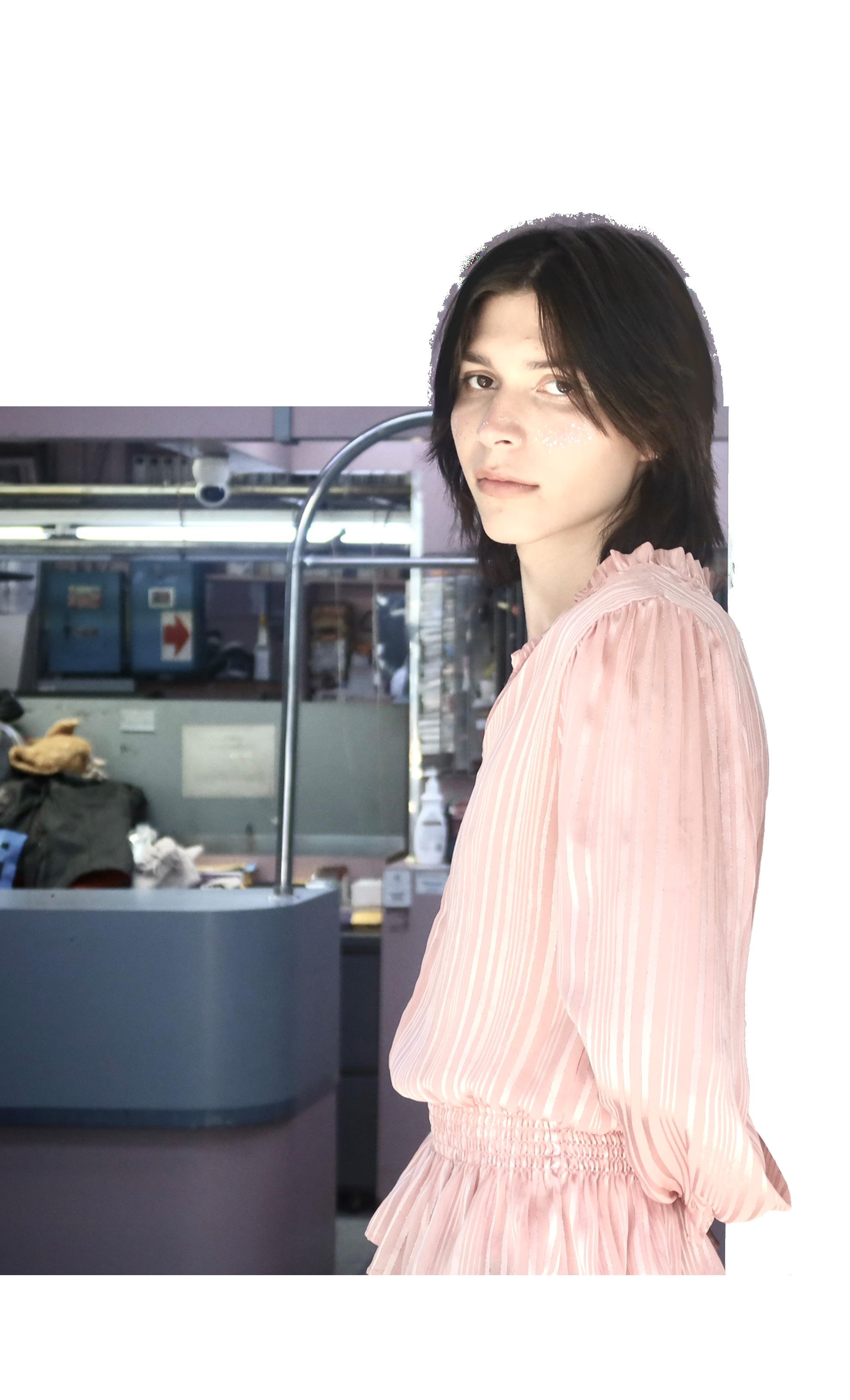


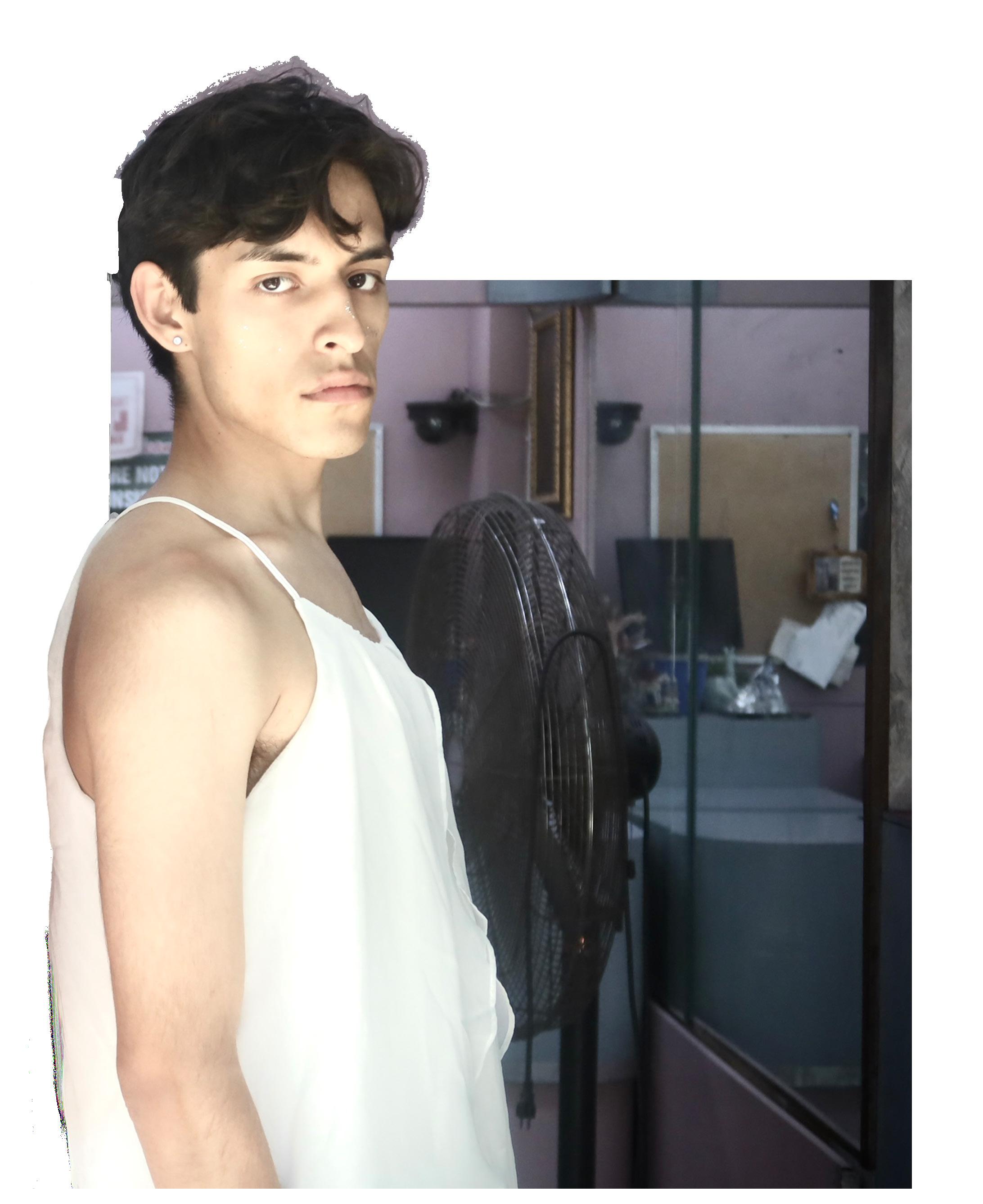

And do you mind letting Sister know that my fingers are littered with papercuts
For I’ve scoured the volumes of these books in search of our salvation.
Let her know all that has stuck with me is a poet’s demand to embrace the grinding of teeth and clenched fists and to greet it with a smile; Let her know that I’m bringing her with me once I’ve found a way to do so.
All my young life I’ve been forced to be both the matador and the bull; Seducing my despair and charging forth blind with red in the eye like a doomed brute. Yet somehow through this dance, Those poet’s words started to make sense, and I’ve learned that to win doesn’t have to look like a prizefighter’s raised limb, a look of relief on a dirt-caked face, marred with sweat
Nor does it look like a bullfighter’s sword splattered with the blood of it’s bovine opponent, While the area hollers with admiration.
No, through this dance I’ve learned that to win Is to find reason to yank one’s young life from the jaws of the world, that mad dog And to love it, live it, despite all the teeth marks on it.
To win
Is to find a revelation each time a desperation lodges itself in one’s throat Is to find joy in the fact that this life can still find ways to make you bawl like you had the day it breathed itself into you Is to be glad at the fact that this blood still courses through, warm and crimson and vigorous, despite a scraped knee.
Yea, that poet’s demand Finally makes sense, for the taste of copper that floods my mouth Cannot give me cavities.

Models
Eric Duran
Emma Yan
Patrick Kennedy
Assistants
Lucas Marcelo
Nas War
Karina Alvarez is a writer based in Los Angeles and Arizona, specializing in screenplay and prose. Through the medium of storytelling, she wishes to elaborate on the human condition with sentimentality. Karina studies Writing for Screen and Television at the School of Cinematic Arts, University of Southern California.
Tai Lyn Sandhu is a photographer based out of New York City and Los Angeles. She specializes in film photography, contrasting highly-stylized subjects with urban settings to draw attention to the dichotomies of life. Tai Lyn studies Film & Television Production with an Entertainment Industry minor at the School of Cinematic Arts, University of Southern California.
Brandon Taliaferro is a Portland and Los Angeles-based artist and graphic designer. Brandon creates vibrant, colorful works across multiple medias and currently studies Psychology and Design at the University of Southern California.
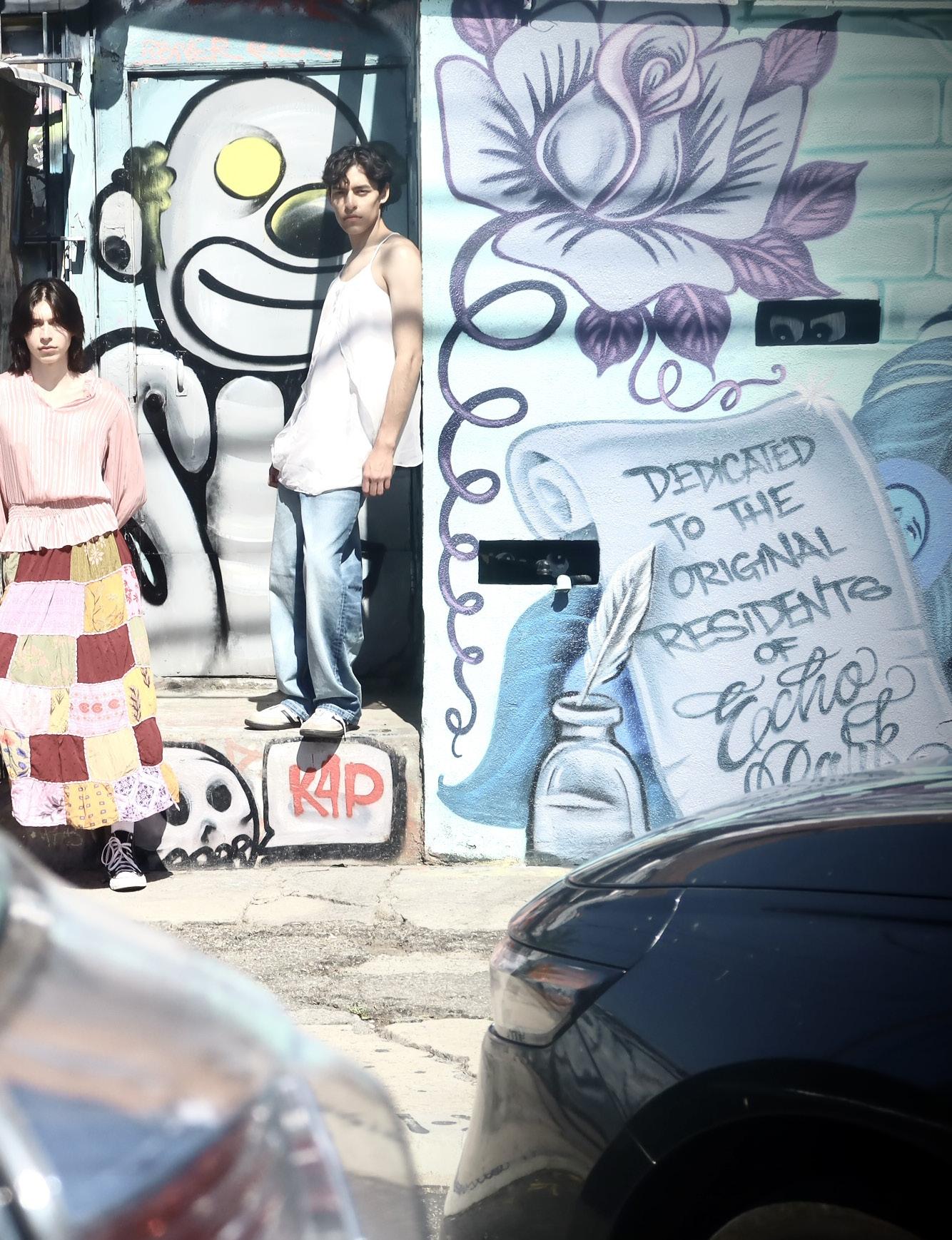
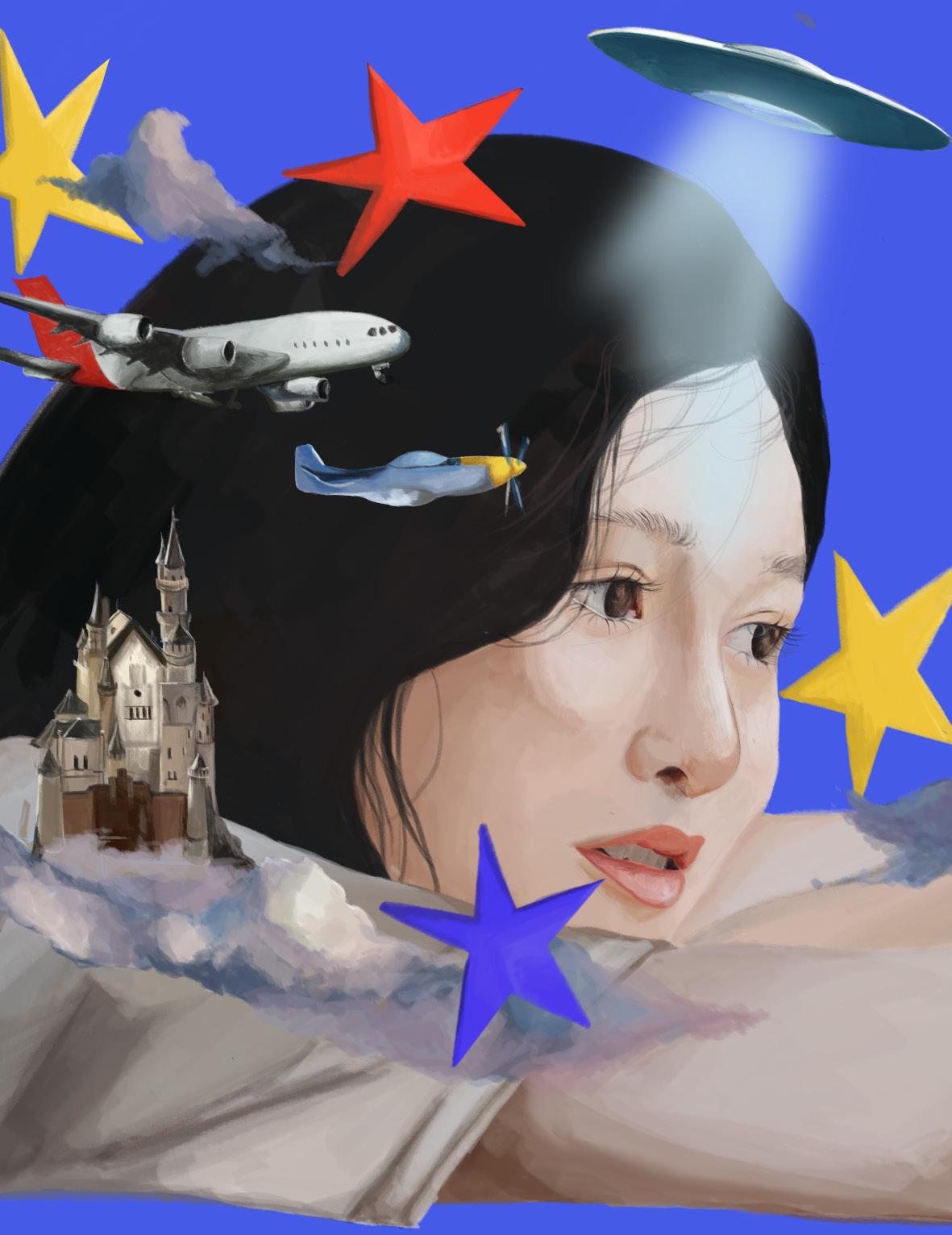
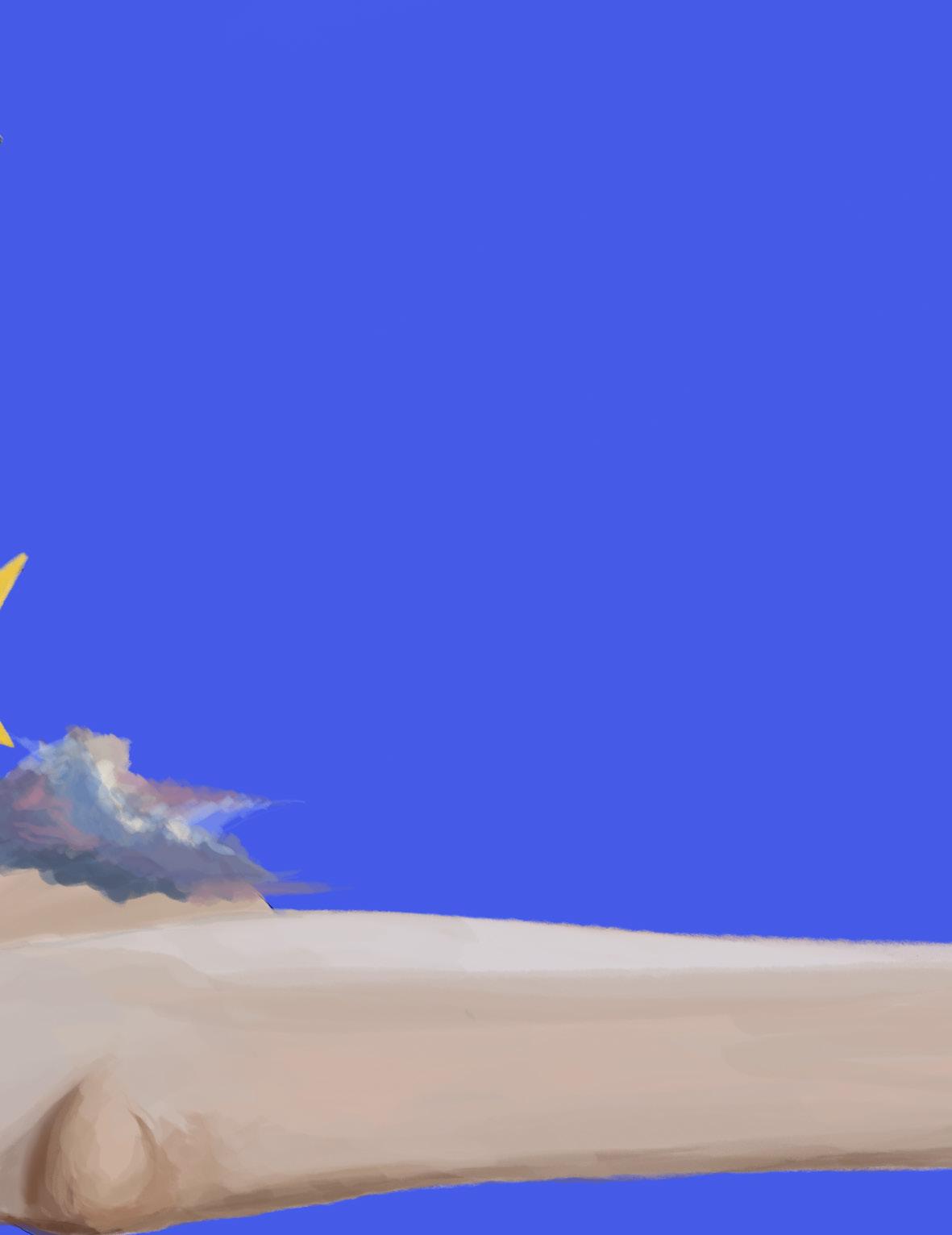



I returned to the aughts of my camera roll today. I needed a walk through memory lane, so I slowly scrolled through the awkwardly taken car selfies and the posed pictures with friends and family, texting some of the best to Elizabeth and Brooke. As always, I found myself feeling deeply grounded while I did this, as if I was returning to my most fundamental self. I really think I was my absolute best from 2011-2014.
Kindergarten.
My first Nutcracker. Lacrosse camp. The arrival of my sweet dog. Grand Cayman vacations.
I mean, come on. Those were the glory days.
I was a pretty fabulous child, if I may say so myself. I was such a tiny little thing, but I had the personality to make up for it. A chatterbox for the ages with dark curly hair and big blue eyes. Busy, even then. When I remember her, I remember a feeling of warmth and unbelievable happiness.

My chipmunk stuffed animal named Fluffy. The color yellow.
That thin black headband with a flower made out of rainbow jewels– the one I wore all the time. Disney World in January. The latest news on snakes.
That weird turquoise scarf with pandas and pompoms on it. My pink Paris-themed bedroom. Math class and Rubix cubes. The homemade lizard sanctuary.
I wonder where that headband went. It feels like a lost artifact of a time that no longer exists. It isn’t even in most of the pictures I have on my phone, either. None of these are, actually. It’s what I remember, not just what I have evidence of.
I feel like everyday that passes takes me further and farther away from that version (which is arguably the best version) of myself. In my weakest hours I mourn her- her freedom, her sleep schedule, her smile. So much of her has been lost, molded by the passing of time and the pressure to grow up. I miss her pure, unashamed curiosity, and her confidence that Mommy would always have the answer to every question.
I miss even more her absolutely unwavering self confidence. Somewhere along the way that assurance was called “cocky” and “conceited” and beaten into submission. I miss her belief that there was enough time to do and be everything. The older I get, the more I feel the limitations of time and place weighing upon me. I miss her skill for math daily, along with her choice to read over spending time on my phone.


I miss her total lack of embarrassment and her early bedtimes. I miss her beautiful, unaffected heart that trusted everyone entirely. She had absolutely no reason not to.
And yet, it’s a loss that feels incomplete. When I think enough about it, it feels silly and self indulgent to even think about it as a loss. Real loss is permanent and life-changing and deep. This? This is just the way life works. Time passes. People grow up. So what? By all conceivable measures, I am still the “same” person- same parents, same hometown, same DNA. Right?
Right? It’s just that the terms have changed.
Late night car drives and my personalized license plate. Mixed metals.
How I Met Your Mother.
Diet Doctor Pepper with a shot or two or three on Fridays. Writing essays and not liking them. My Naked Wolfe leather boots. LA.
My gold lion door-knocker ring on my left hand. My silver snake ring on my right.
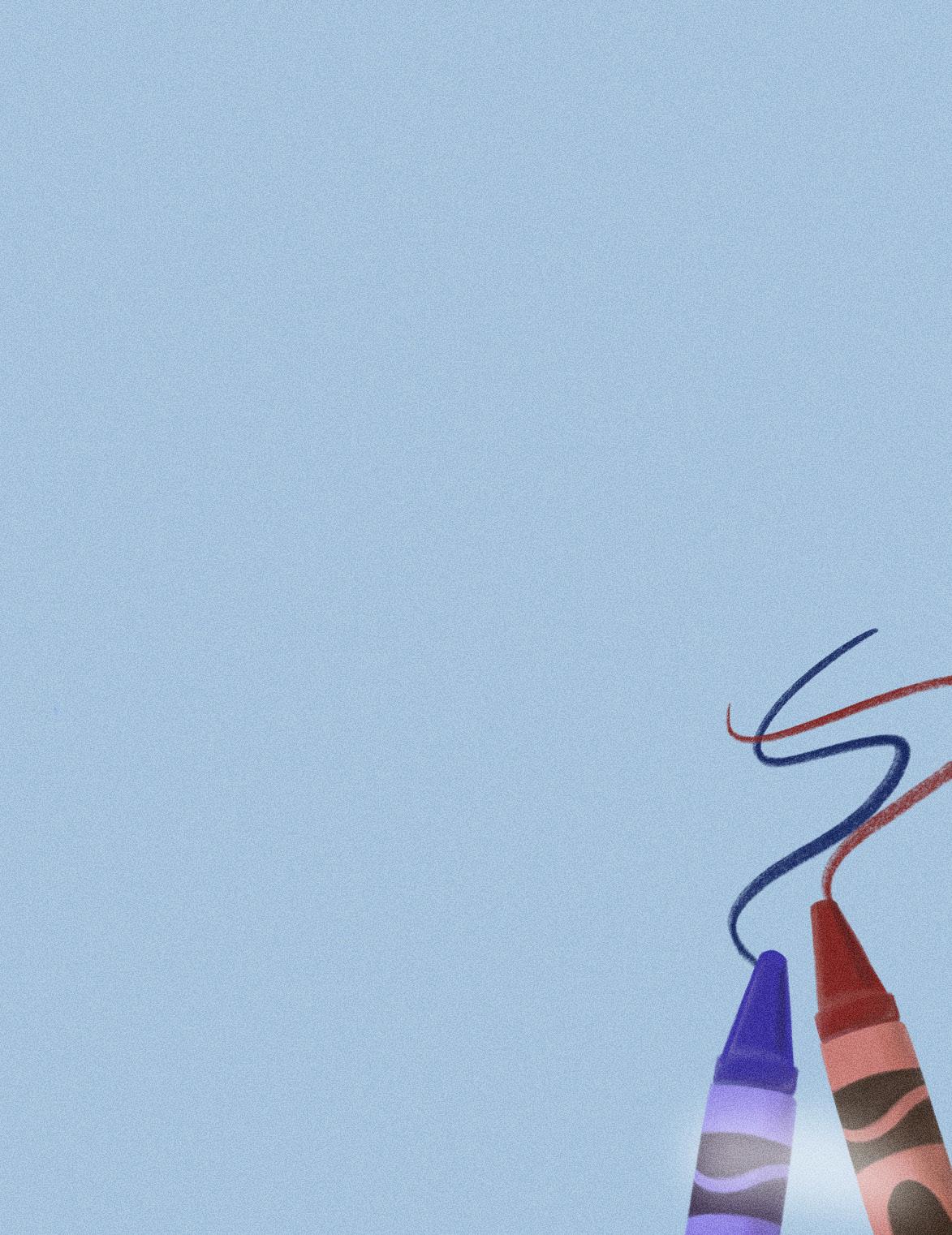
The cracks between these things are still filled by my love for tiny trinkets and shiny things. I can’t deny the psychological need to accessorize every outfit. The passion for dance and the creative soul. The expressive eyes and the super curly hair, even if I straighten it most of the time.
I never really stopped loving sparkles or stuffed animals or books or fancy nail polish. Like that new glittery blue suitcase that I just picked out- young Ava would have loved that. And my “big girl” stuffed animal collection with the Jellycat pug and peanut and bouquet of roses. She’d be disappointed in the measly one book I’ve managed to get through this calendar year, but some new ones are on the way. And when I get my nails done next week, I’ll get a bright color, no more “boring” white, as she always used to say. I ask myself what she would do when I’m scared to make the wrong decision. She was never scared like that- she just did what felt right and never questioned that it would work out for the best. I’m trying.
I know this feeling of missing that version of myself isn’t going away, and it probably never will. It’s a privilege to love childhood enough to miss it like this. I like the idea that I’m bringing her with me. We aren’t so different.


Lucy Chen is a graphic designer and digital artist born in Shanghai, now based in Los Angeles. She aims to use her artwork as a platform to advocate for social issues and share the stories of marginalized communities. Lucy studies Journalism at the Annenberg School for Communication and Journalism in the University of Southern California.
Ava Zinna is a bicoastal writer and student specializing in rhetorical criticism and creative ideation. She seeks to present issues of self through a lens of imagination and honesty. Ava studies Communication at the USC Annenberg School for Communication and Journalism.

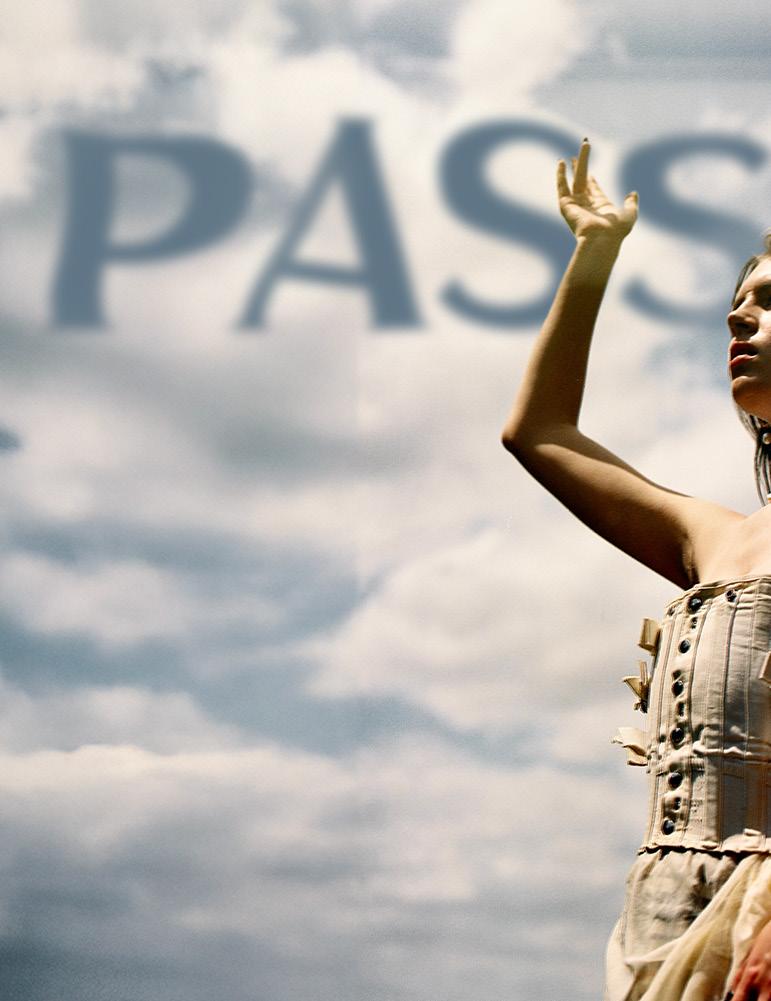
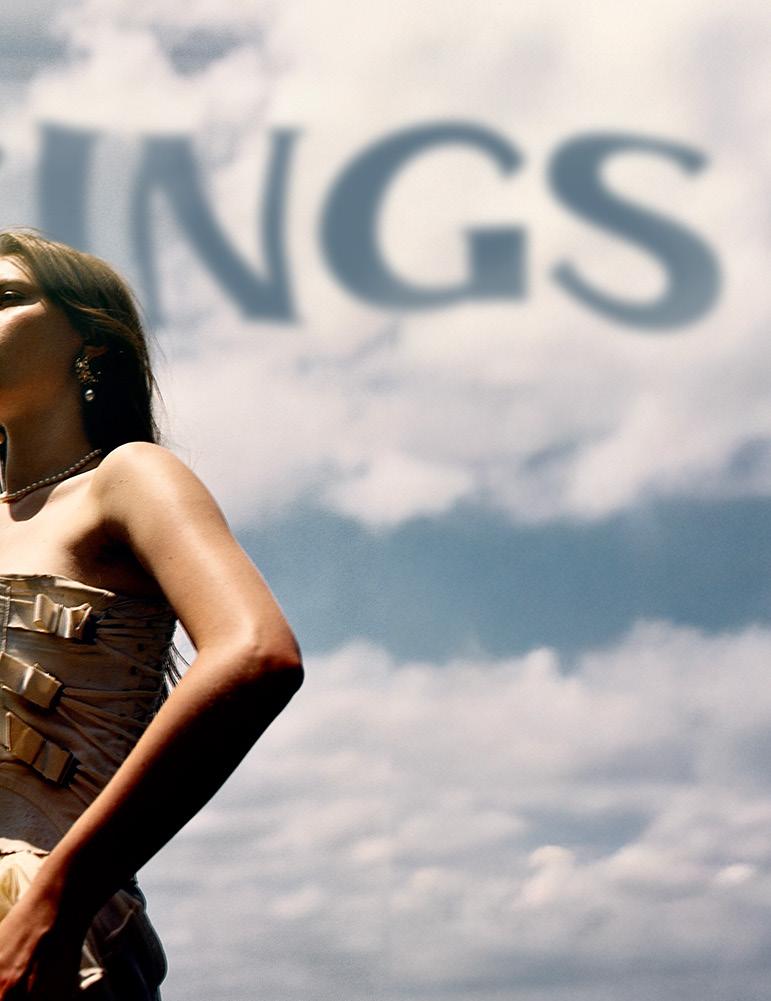
For Rob (2000-2021)
1.
And some nights it grips me—hot bubbles popping inside of my heart. A twin-sized bed can feel like an ocean. A weighted blanket can drown like waves.
It was called Dauphin Island but there were no dolphins. Just dark waters and whispers of words left unspoken. Me (and the promise to myself), broken.
And some nights I think I can hear you underneath the mattress, calling my name. You reach out your hand and you want to be rescued and I flip the pillow and pretend not to see it.
Remember how cold it was. Remember the flashing lights. The numbness. How it lives on in me. How I too gasp for air when the sunflowers and headphones etched into my ankle fool me into thinking that you never left.
All the small ways you told me you loved me. Maybe that’s what you said before your head went under. Maybe I chose not to hear it.
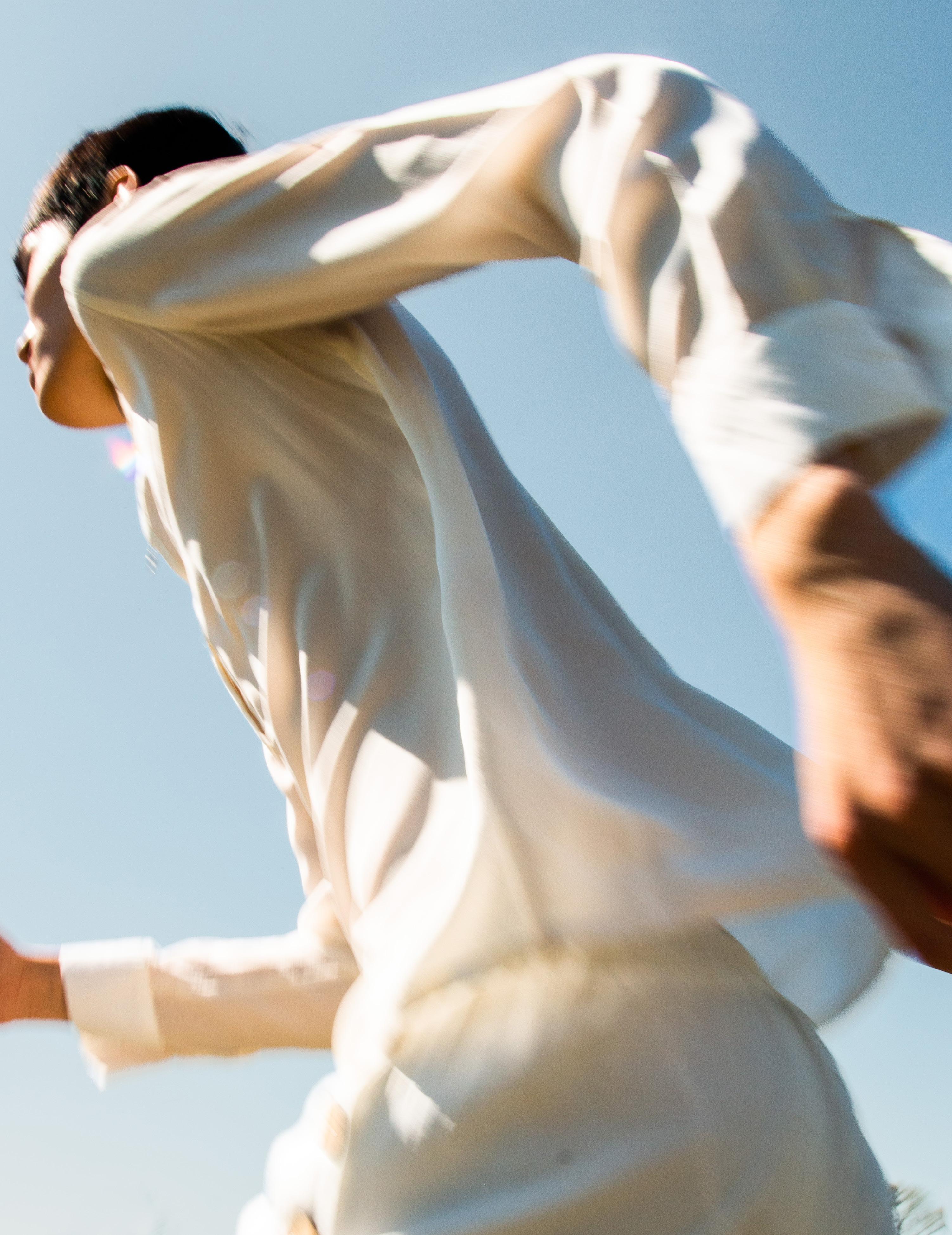
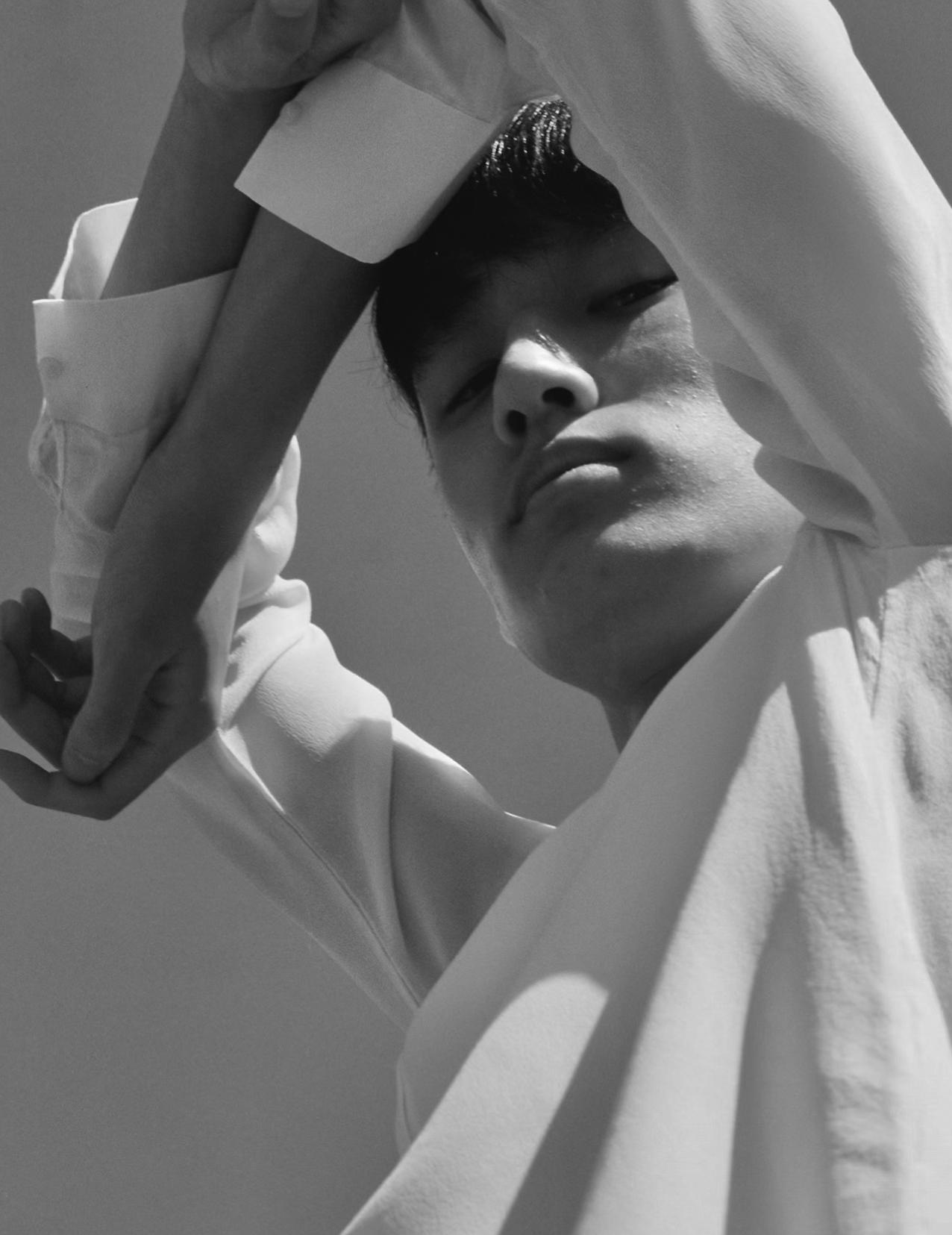
2.
My beers and my tears and the fireplace screaming. If only this rage was a reincarnation.
If I am slowly sinking, could it be into rainbows? Because, like all good people, I suffered in silence and I should be rewarded for that. A kiss, a cleansing, a cardinal destroying its nest. I used to pluck cigarette butts from off the back porch and blow as if wishing on dandelions— seeds flying away furiously. And I’m punching the pools each time that I swim, each time that your body is found off the beach, each time the water seeps in.
3.
the Alabama sunshine until the dark blue.
the sand beneath our feet until it wasn’t.
the six miles you floated until they found you.
the power of prayer until you are breathing.
the plastic flowers (on your grave) until they’re real.
It’s a puzzle: each breath, each wave when it hits me.
And did you know that on my first day of PT school we cut open soles?
(Of feet, I mean.) The lab was cold, and the cadavers didn’t look human.
Face down and gray, cloth over their heads, I felt nothing… What color were you when they found you? Three whole days of searching. You were here. Then you weren’t. One empty seat on the car ride home. Me, a broken girl. Me, on suicide watch. And our friends didn’t keep in touch. They stopped (reaching). And Sarah Mitchell lives in Houston now.
And I text your Mama on your birthdays (still).
And I should’ve kissed you then, but there’s a new girl I like. And her eyes are like oceans, and I’m trying to move on. And I’m trying and moving. But, now, my eyes—oceans.
And I’ve never told you this before, but on that day I wanted to go too. My chin like a lifeboat, I asked God to take me. But I know better now: sometimes you can’t stop the flailing. And the West End Beach is still just a beach even if the seagulls and white girls still sound like graveyards.
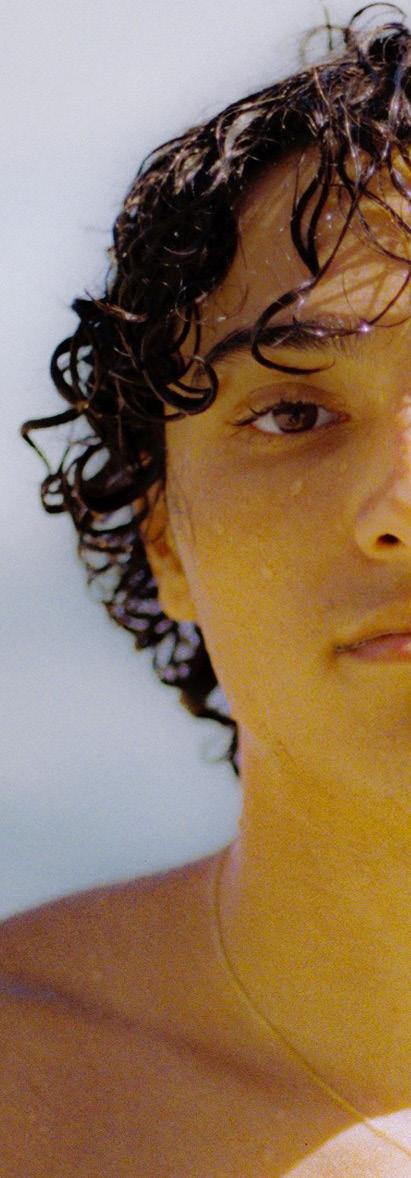

5.
My brother Max and I took a day trip to Hattiesburg, back to the college town where I learned what it meant to lose. The humidity— a hug that lasted too long. It squeezed me tight and I swear I was floating, my pain slipping off like sweat. The bookstores, the bars, the alleyway pocket museum— reminders that life will go on. Max had a staring contest with a giraffe at the zoo, and he loved every second of it. The rosary hanging on my rearview mirror catches the light sometimes. And when we go to the beach, let’s say it’s Florida (let’s say it’s Pensacola), I will tell my brother not to go out too far. I will watch from the sand and sift through handfuls of my heart, the tattoo on my ankle burning in the sun. I will see your face when the jets cut the clouds, and the waves will sound like a song on repeat, like something you could learn to love.
Maximus Allen is an actor, writer, and poet from Brandon, Mississippi. He is a current senior at the University of Southern California studying Theatre and English. Maximus seeks to provoke, interrogate, and inspire his audience with authentic portrayals of the human condition, whether that’s through performance or the written word.
Cole Willis (De Martin) is a Mexican-American visual artist, photographer, writer, and student at Columbia University. Based in New York, Willis is a 2023 National YoungArts Finalist in Film, and U.S. Presidential Scholar in the Arts. This visual art travels between photography, filmmaking, and multi-media work, representing sensual landscapes that he imbues with emotion and spirit while embodied through the union of fine art, fashion, and abstraction.
His work has been recognized by the San Francisco International Film Festival (SFFILM), i-D Magazine, LA Shorts International Film Festival, New York Latino Film Festival, Breckenridge Film Festival, Mix Creative Space Exhibit, and Basta Magazine.
Angela Chan is a San Diego and Los Angeles-based graphic designer and artist. Influenced by both her design and visual arts background, her works focus on narrative and functionality. Angela studies Design at the Roski School of Art and Design, University of Southern California





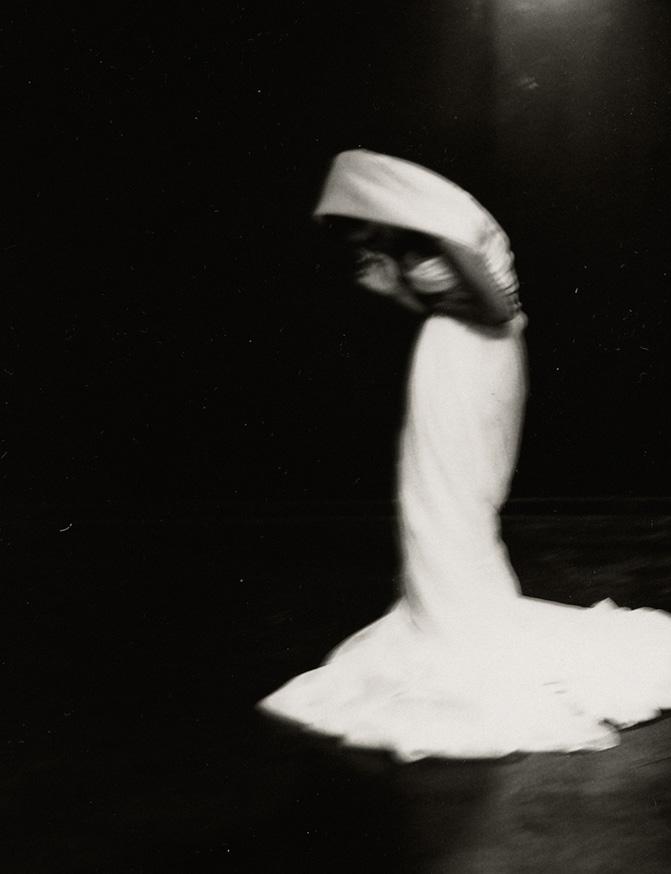
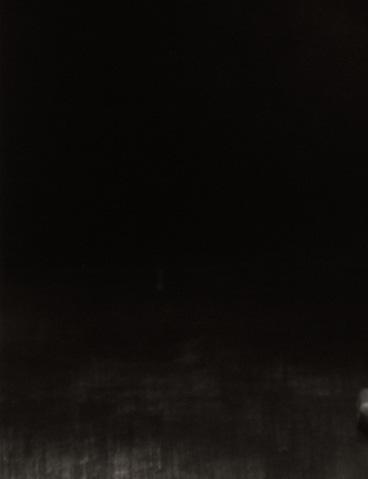
Her shadow spills from her palm as she lays with her stomach flat on the grass; hand hovering just above the yellow-green blades now turned olive under its obscure. She clutches a superhero figurine, slowly moving it from side to side, imagining a city below her fingertips. As the hero soars, its shadow follows. She raises her hand further from the ground to let it encompass a larger area of the imaginary city. Scrambling ant colonies disperse, escaping the daunting overcast. Her attention is interlocked with the movement of the figurine, imagining the malleable world at such heights.
I’m suddenly called back to the bustling scene of the park when a warm breeze of street tacos and coconut-scented sunscreen skims my nose. I realize that for a moment I was as lost in the girl’s gaze as she was in her fictitious city. Two vicarious moments had created a domino effect, unbeknownst to the girl a few picnic benches away from me. Her parents are preoccupied so she makes use of her superhero figure, becoming fully absorbed in the shadows she creates and the world she conjures up with them.
A few yards further a man and woman sit next to each other on a bench. With imaginary blinders, I focus only on their shadows, leaving room for my imagination to interpret what facial characteristics paint the blank canvas of their silhouettes. The tips of their noses pointed towards one another. His mouth opens to speak but only in brief spurts every few seconds. Her head remains still, not breaking the symmetry created by the opposing outlines of their two faces. Several moments pass in which he doesn’t speak. Her face falls, breaking the symmetry.He raises his hand and it seems as though he caresses her face but I can’t tell. The two silhouettes have become one: a nonsensical shape that has distorted the once mesmerizing artwork of two separate but intimate shadows. I look up from the ground to the man and woman. He wipes tears from her face, and I realize my hopelessly romantic foolishness. She stares at him but her focus goes beyond him. Her gaze is lost in the words that he had an imaginary bubble that her eyes dare to burst but can’t. So she cries.

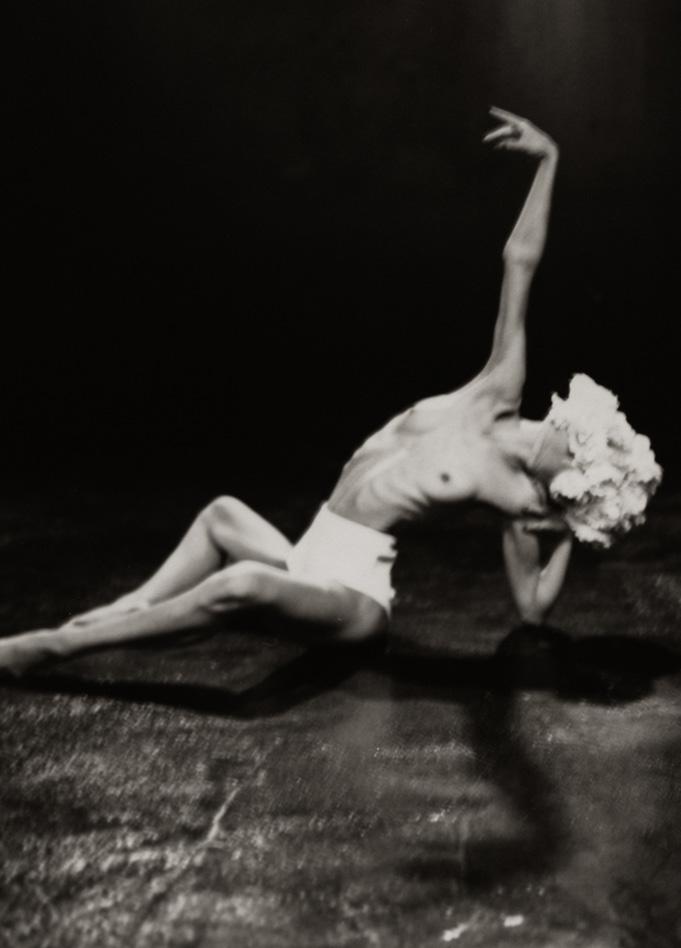
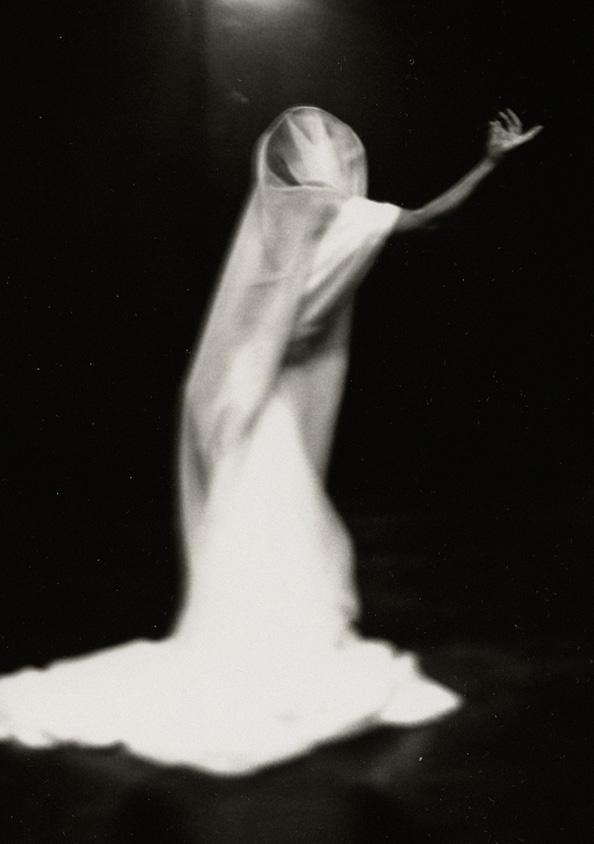
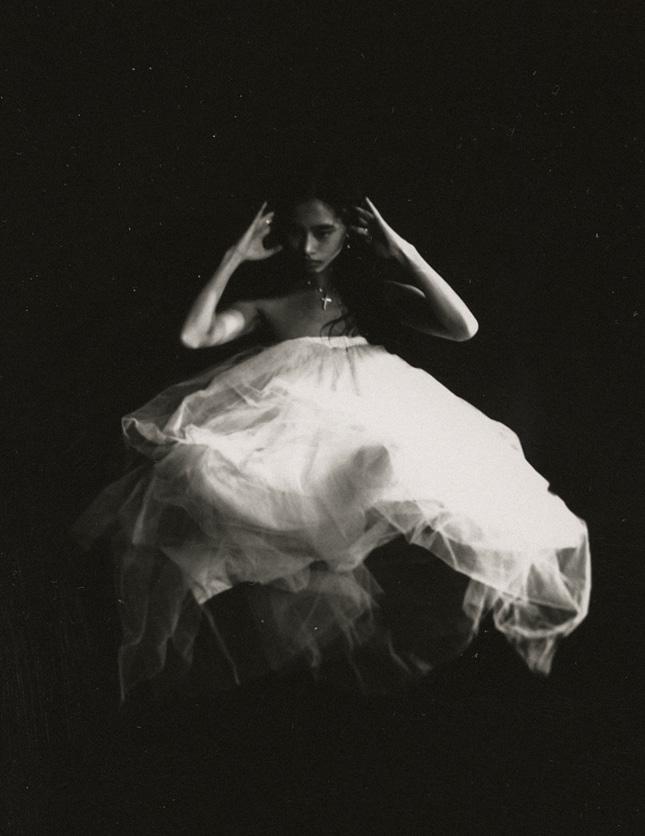
If only they could go back to the symmetry, to the silhouette projection where tears are too miniscule to appear. The simplistic display of their beings was far favorable to the regret I feel now. As foolish as it was to be so absorbed in these strangers’ lives, I find myself pitying their situation and longing for the reality that they could have lived. How can their silhouettes create a whimsical replica of such a tragic reality? During my momentary oblivion, I had discovered a reality that could have been—revealed by the puppetry of two shadows. The puppets defy the physics of actuality. They morph into new beings in blank spaces on a sunny day, becoming three times our size with the right angle of light. They fuse borders with each other to create shapes that don’t exist in real life. And they defy emotions and burdens that do exist. There are no tears, and no such thing as betrayal. Their presence is a recreation of reality in its simplest form.
I notice my own shadow as I stare at its elongated presence, extending from my feet at the bench that I’m sitting on. I look at it for long enough that it feels as if it returns a stare. I’ve suddenly lost my solitary escape in this crowded park to the mocking gaze of my own shadow. The what if’s were replaced by what is, and what once was a girl whose aspirations consisted of becoming a superhero is now a girl who’s lost in contemplation of what is supposed to be. There will always be another route, another outcome, another reality looming. To think that the power to determine those outcomes lies in my own hands, is unsettling to comprehend. My mind has spiraled to a point where our shadows have become a reminder of the roads not taken. I’ve caught a glimpse of two parallel realities, imagining a life in the silhouettes we walk amongst.
Lola Hugas Moran is a multidisciplinary creative based between L.A., London, and Barcelona. Rooted in early memories of drawing at Tate Britain and studying her mother’s architectural models, her work explores texture, memory, and challenges design embedded within everyday life. She currently studies Design at USC where she’s creating immersive stories through brand, editorial, and visual design.
Kiyomi Miura is a writer based in Tokyo, Japan. Her work often utilizes lyrical prose to portray the imaginative and yearning nature of the human psyche. Kiyomi is pursuing a degree in philosophy, politics, and economics as well as environmental studies at the Dornsife College of Letters, Arts, and Sciences, University of Southern California.
Xenia Leti is a traditional black-and-white photographer and darkroom printer. All of Xenia’s work is printed by her in the darkroom, with all manipulation occurring either in the camera or during the darkroom process. She studied traditional photography at the International Center of Photography (New York), and her work has been exhibited and published worldwide. Xenia’s major inspirations are psychoanalysis and philosophy. In her work, she explores her inner world, the metaphysical side of our lives, and the human psyche and emotions in general.


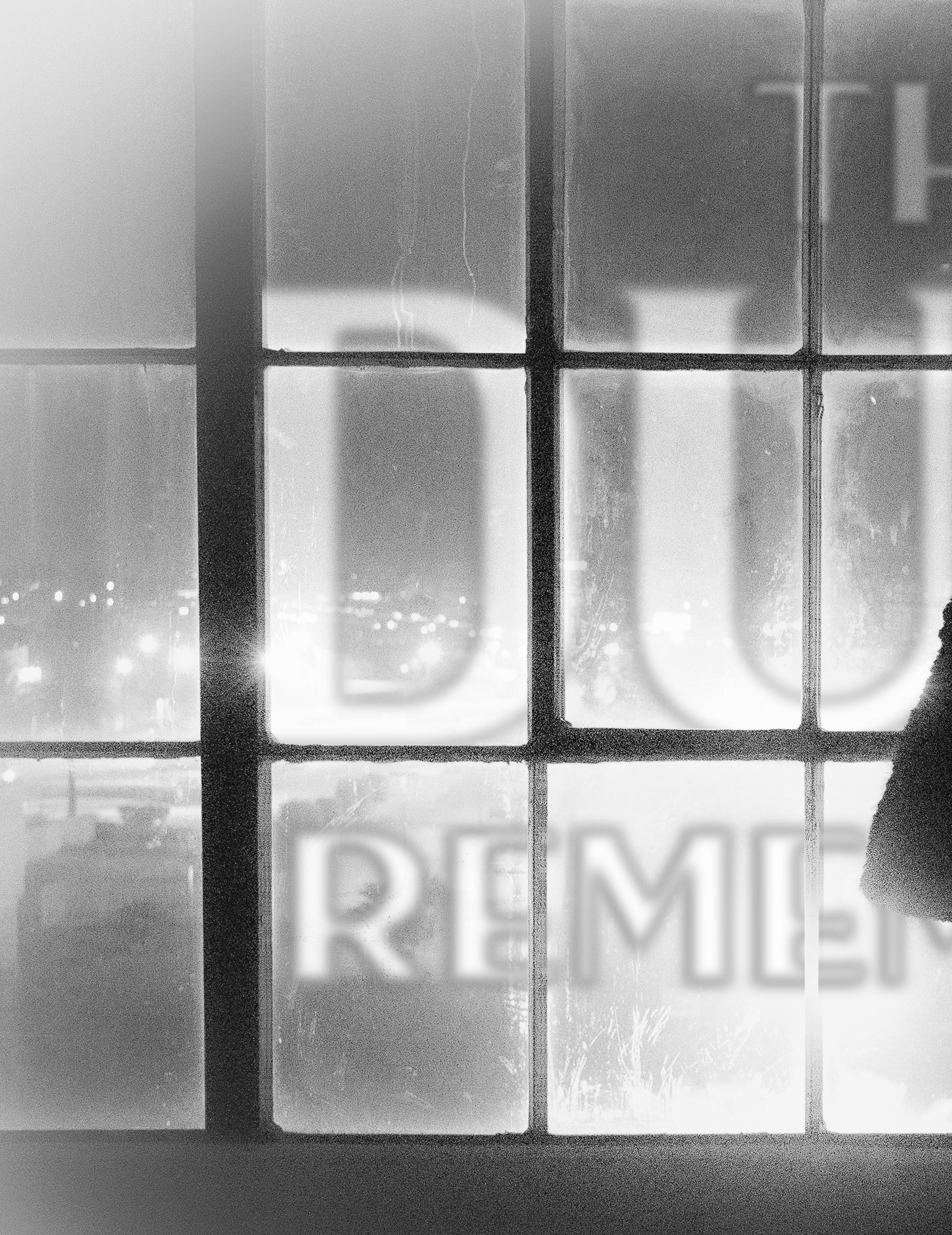
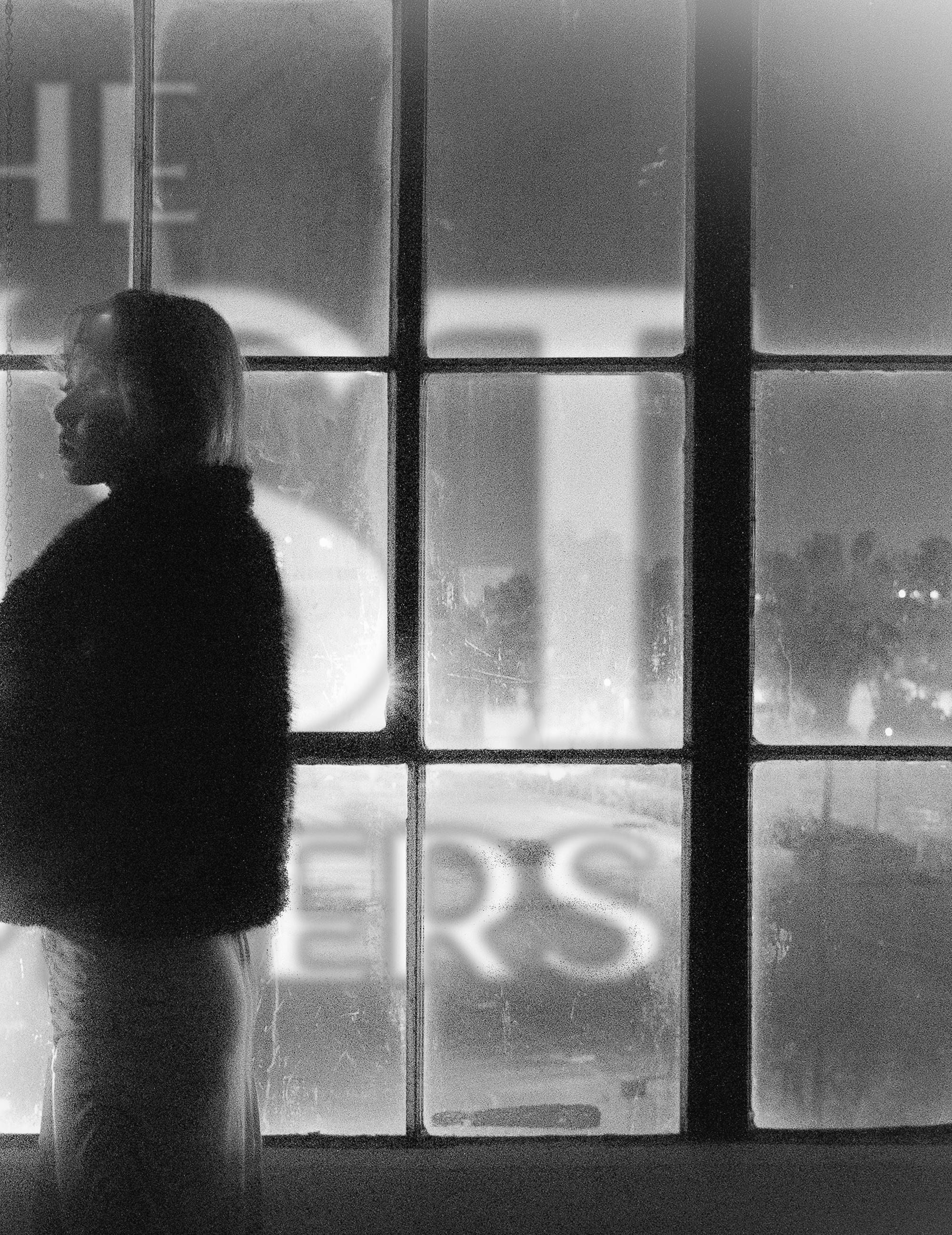
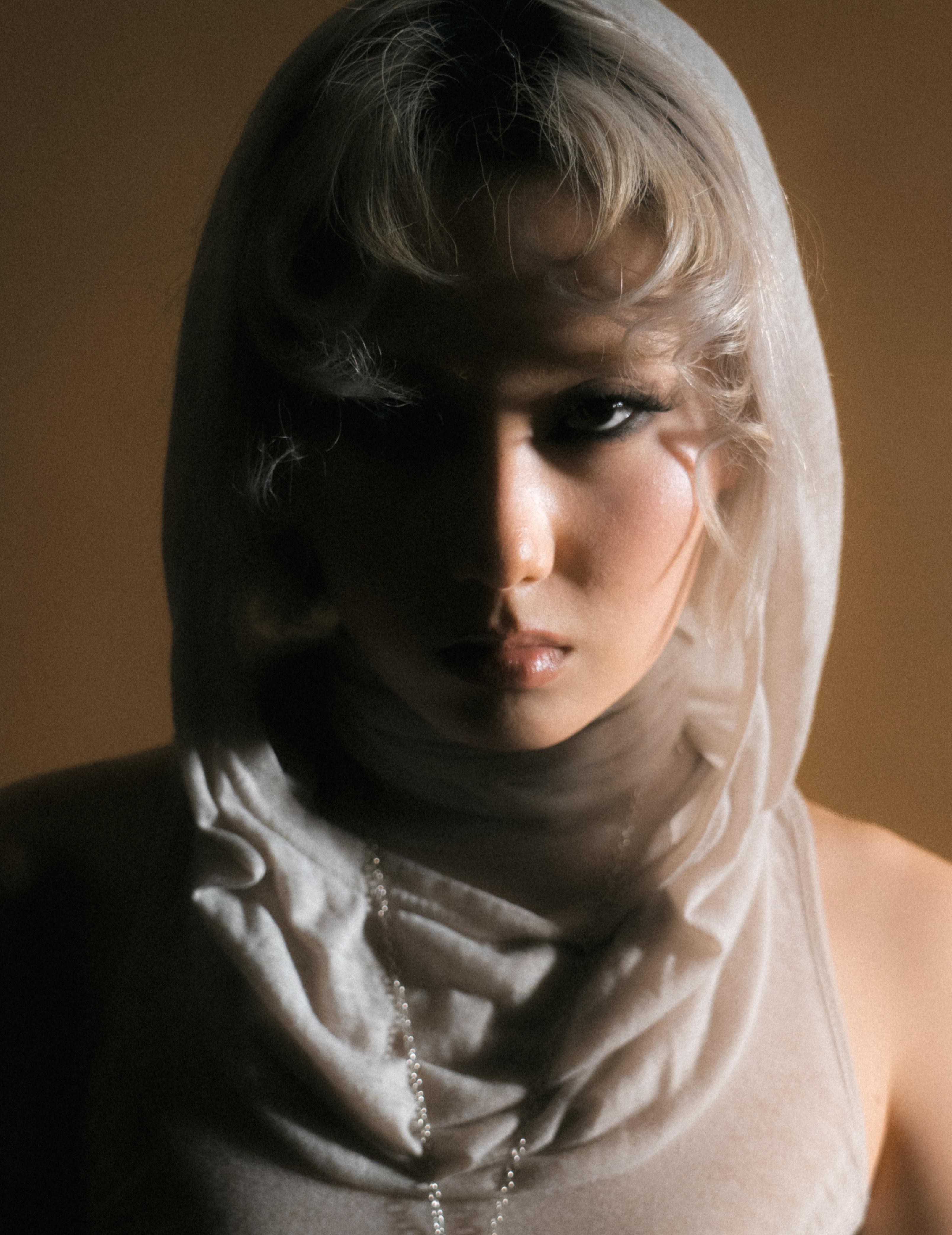
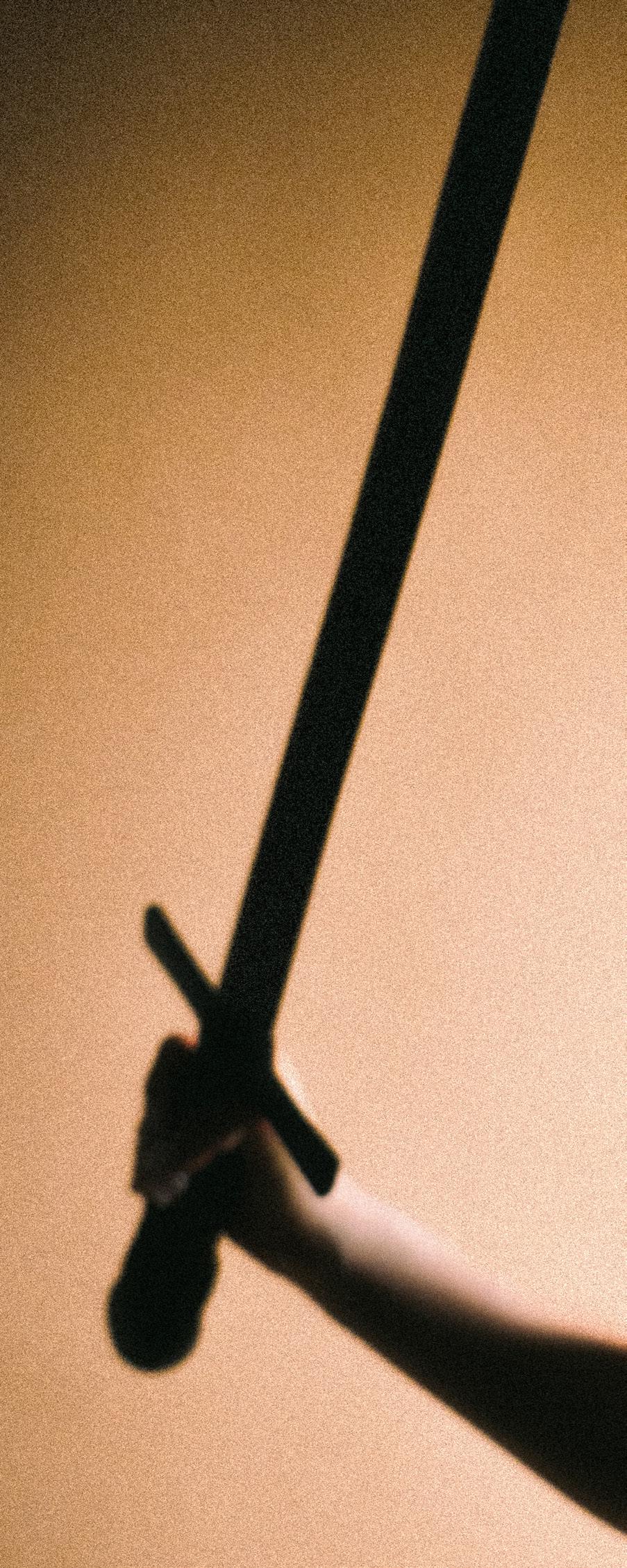
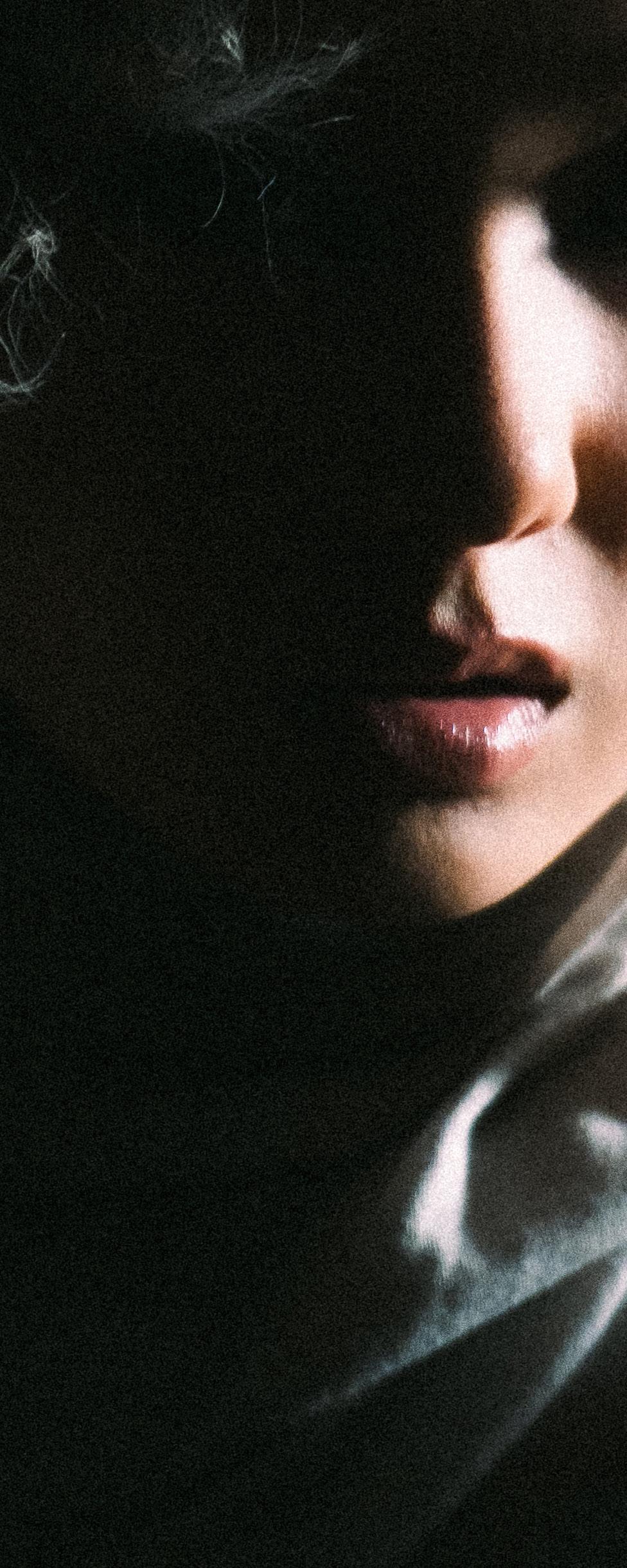
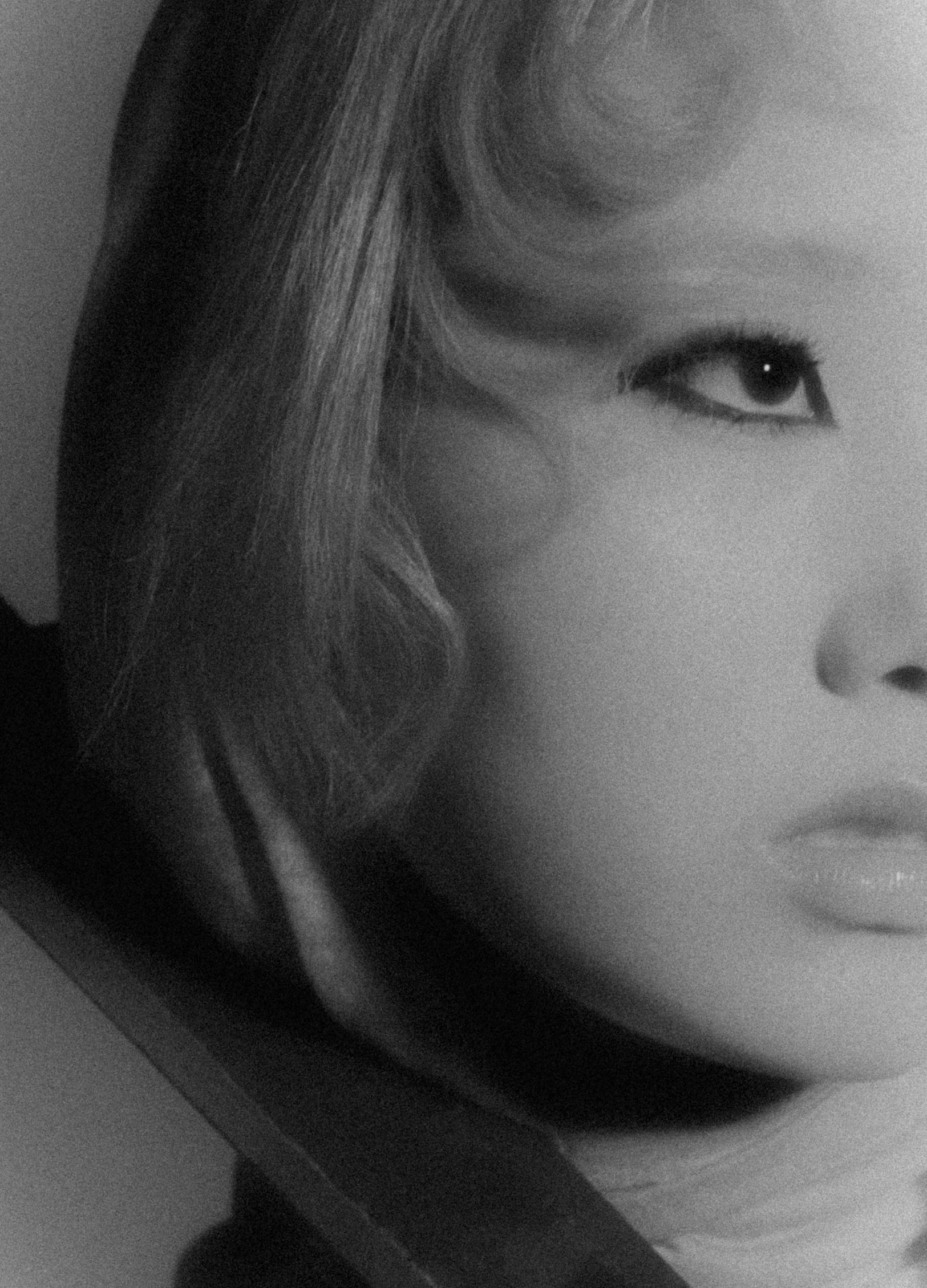
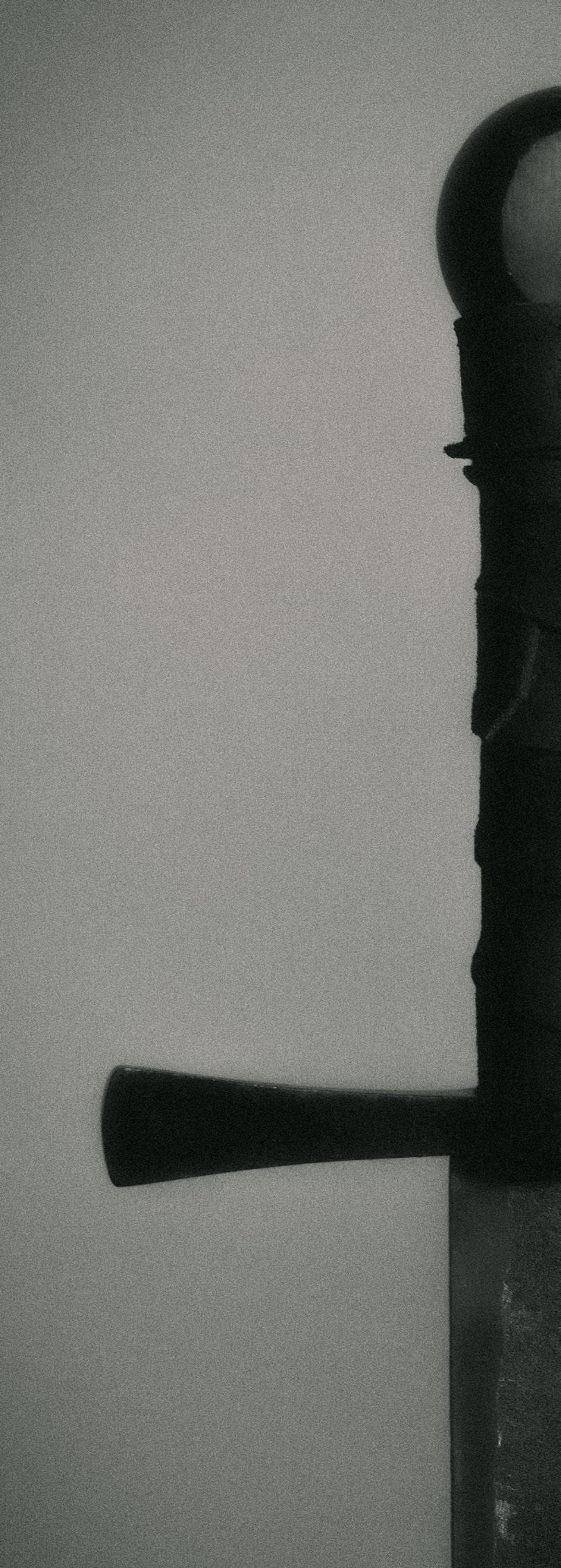
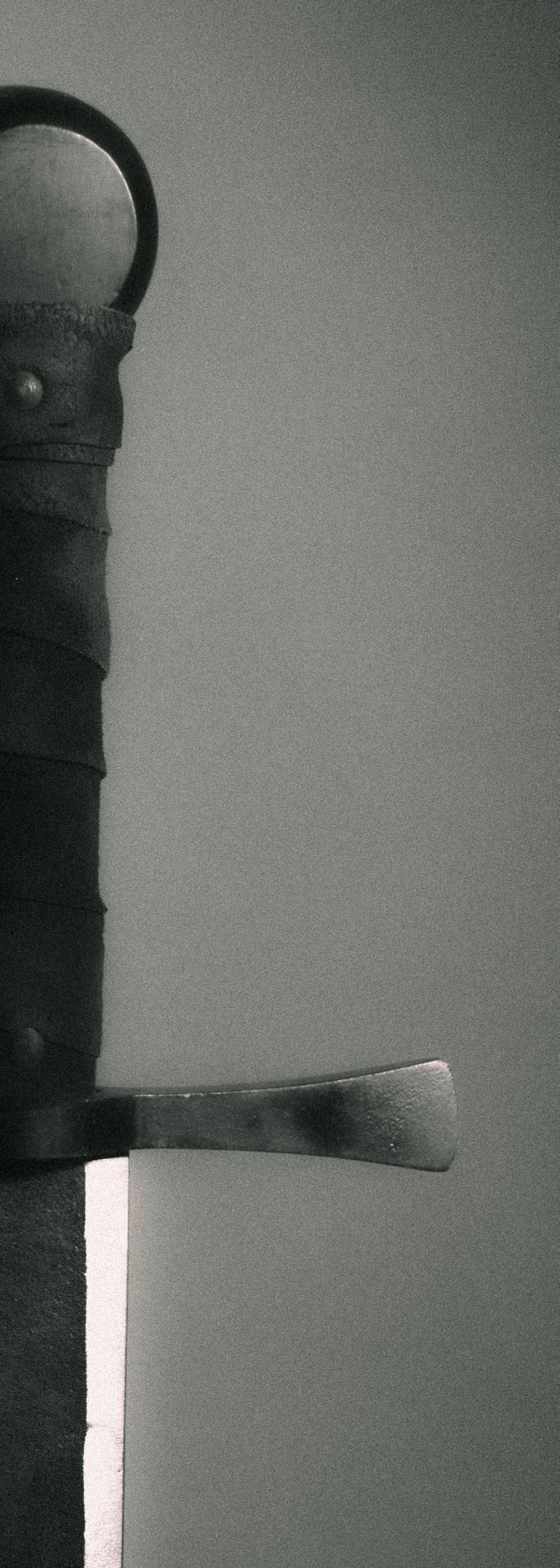
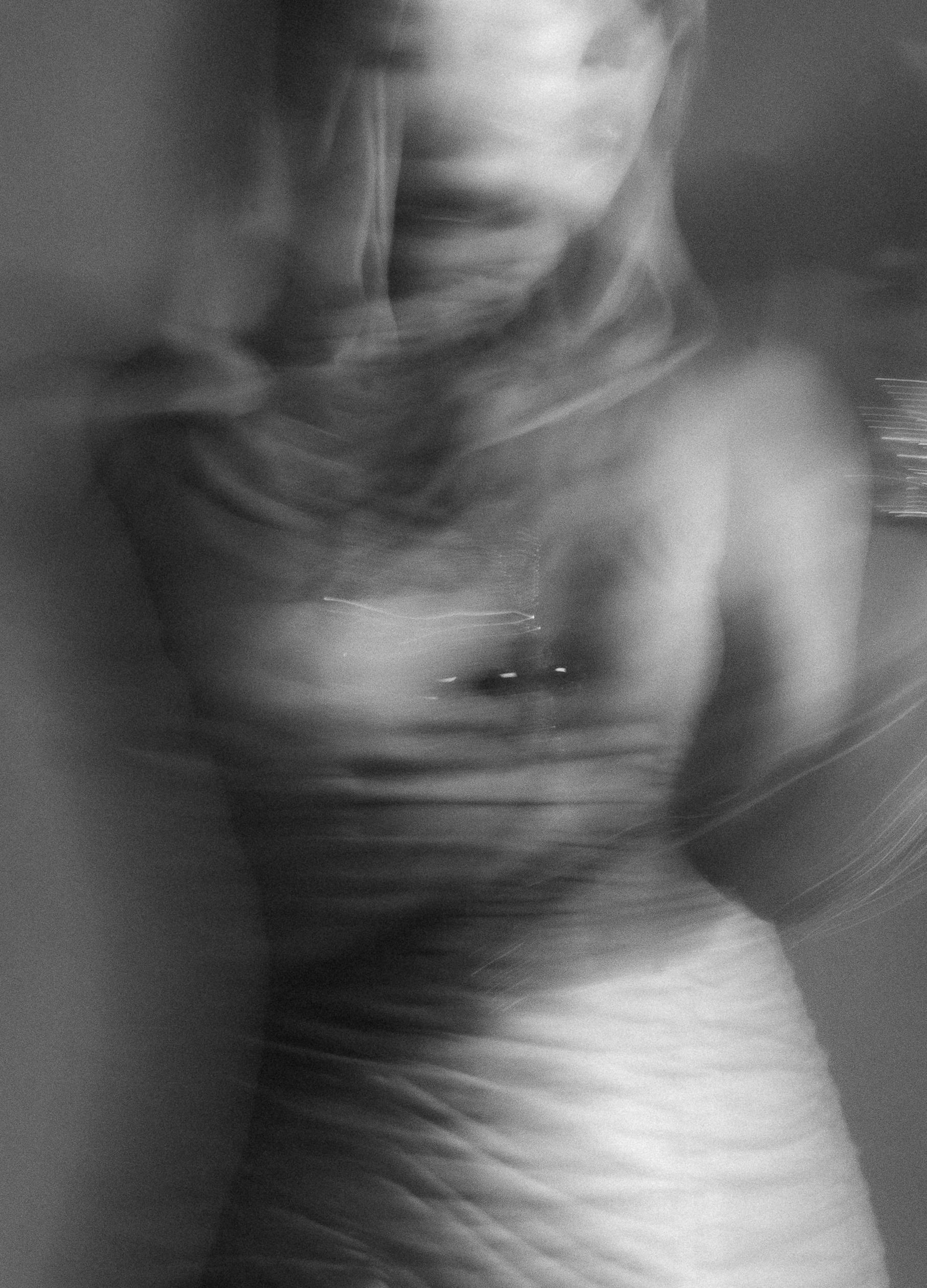
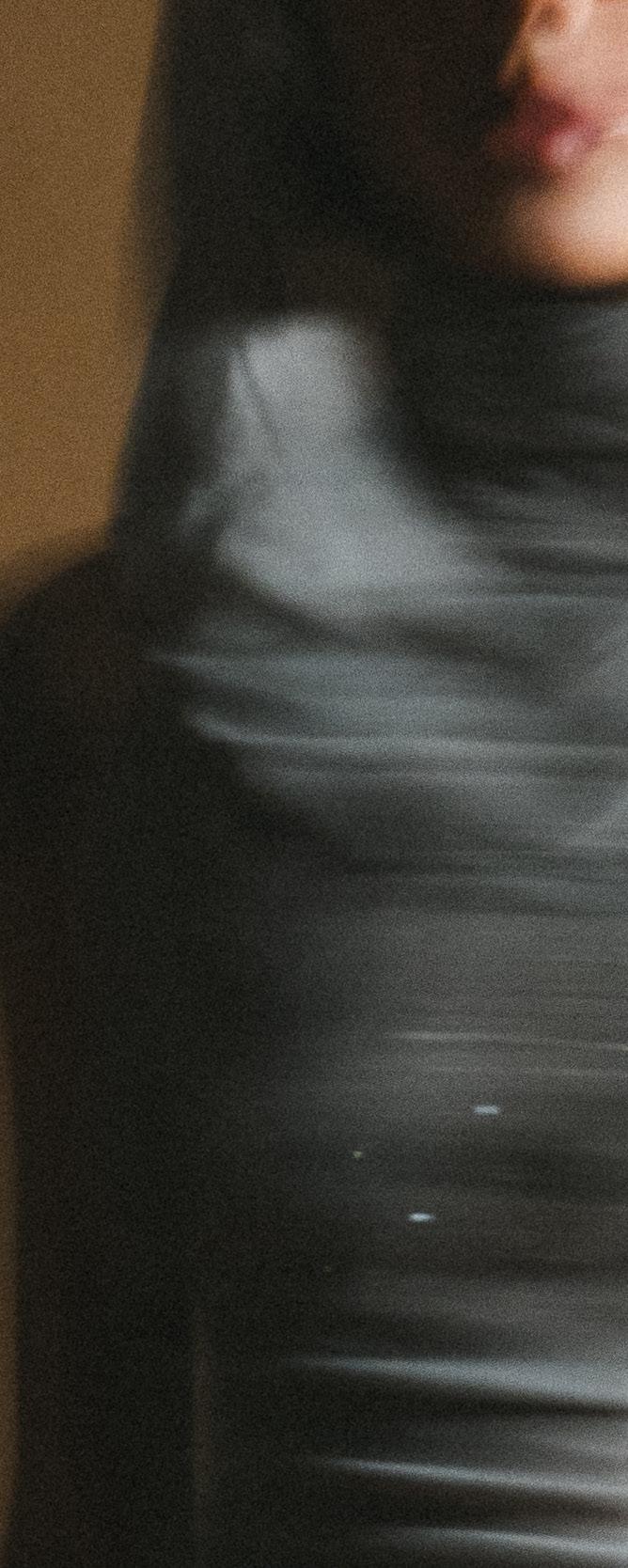
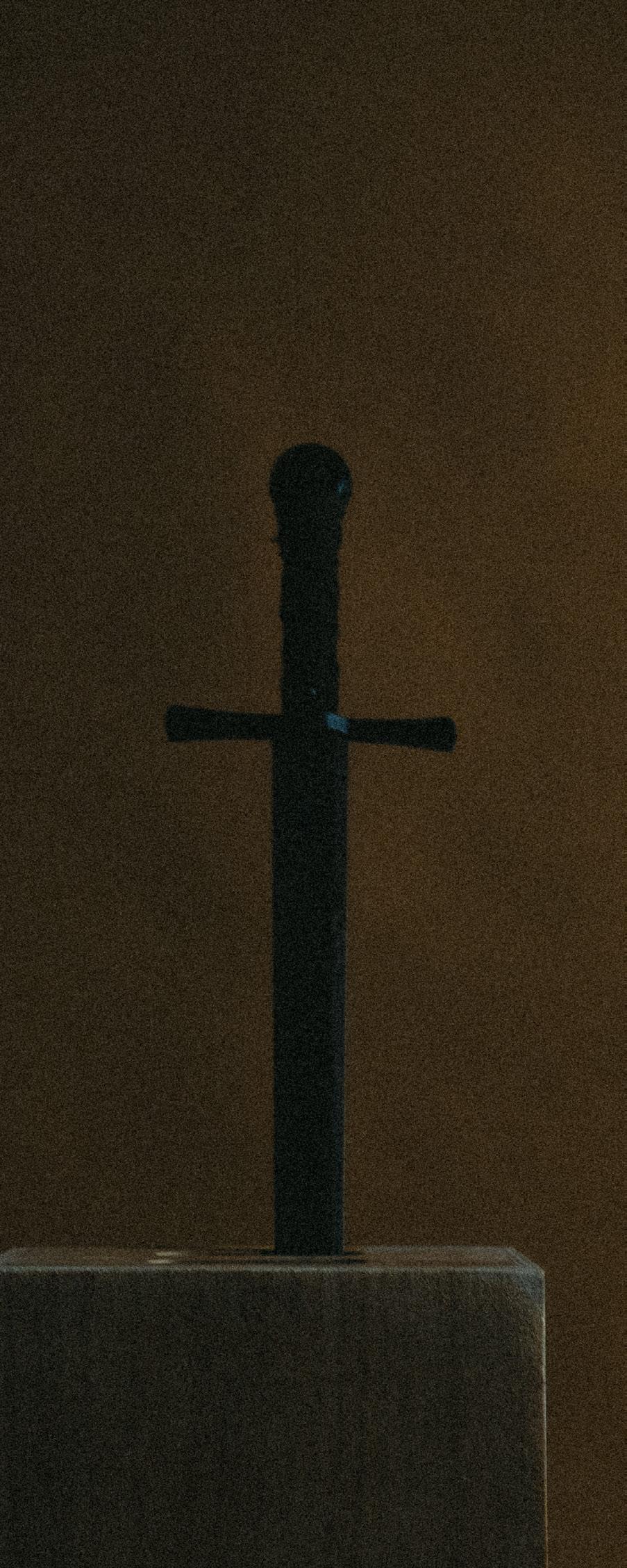
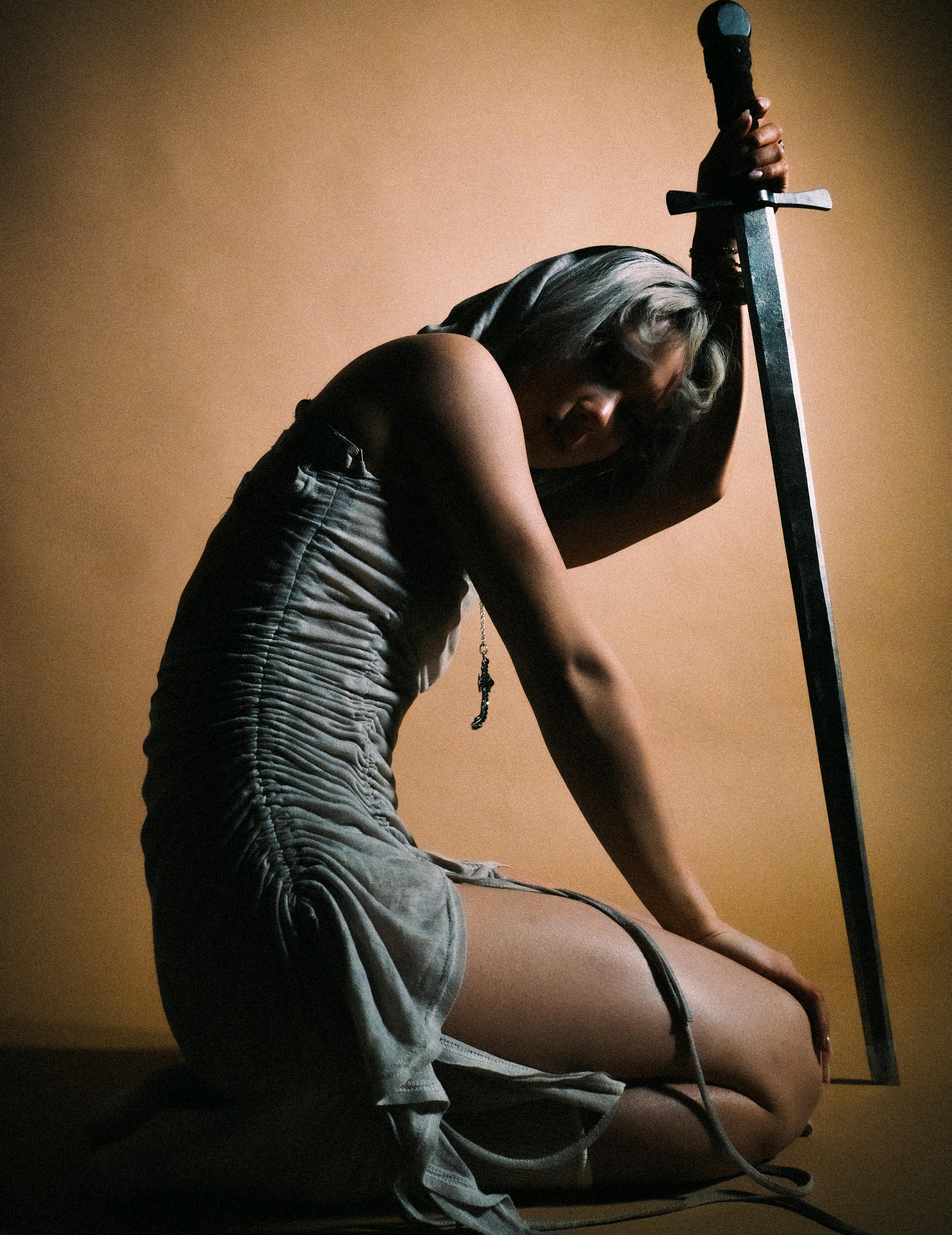
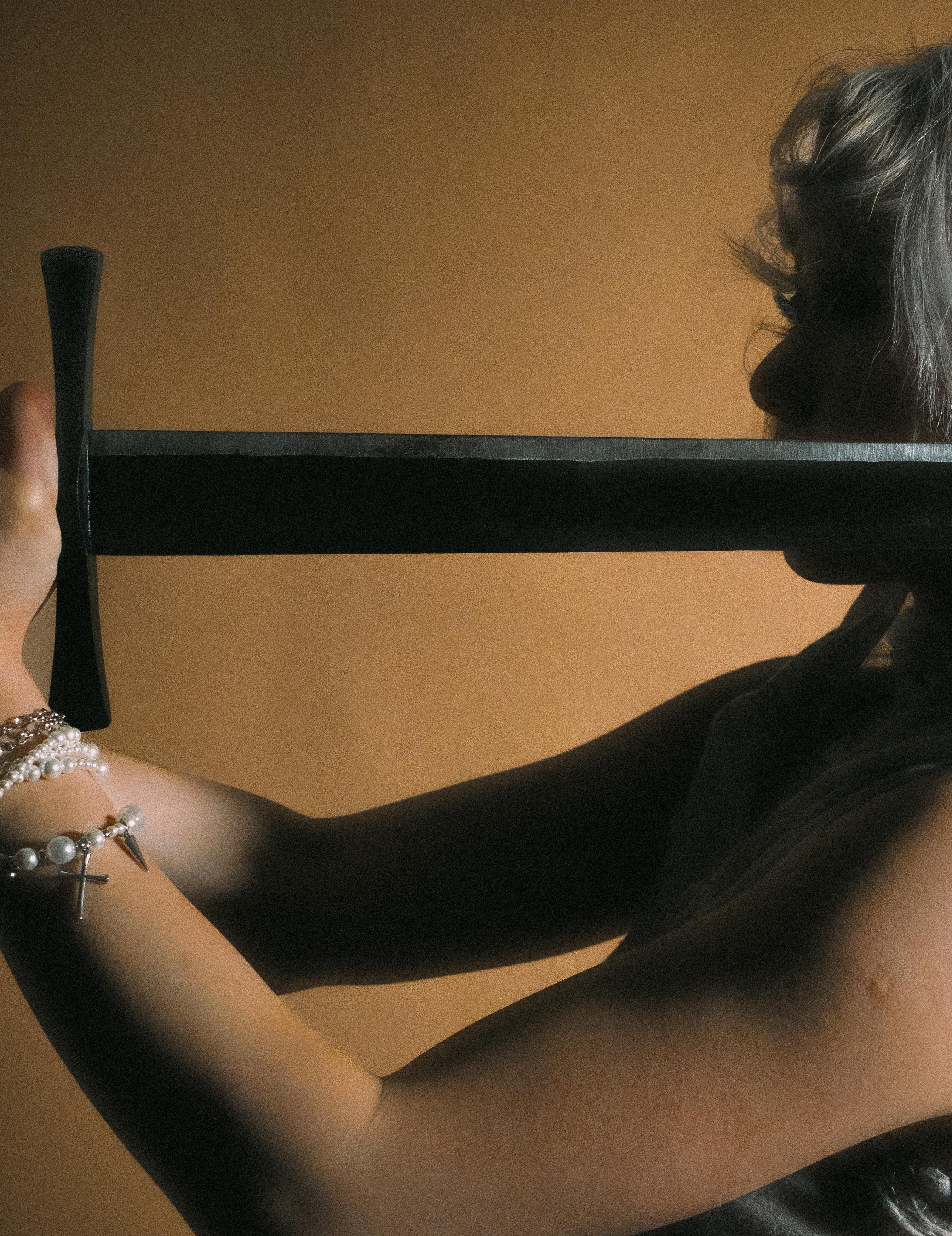

Robynn Shen is a photographer based in Shanghai and Los Angeles. Her work blends design, photography and storytelling, exploring themes of identity and social changes. Robynn studies Business Administration at Marshall School of Business, University of Southern California.
Annie Gu is a multimedia artist based in Los Angeles and China, specializing in visual storytelling and interactive media. Her work explores the intersection of technology, culture, and identity, blending graphic design, motion graphics, and emerging digital tools. Annie studies Media Arts + Practice at the School of Cinematic Arts, University of Southern California.
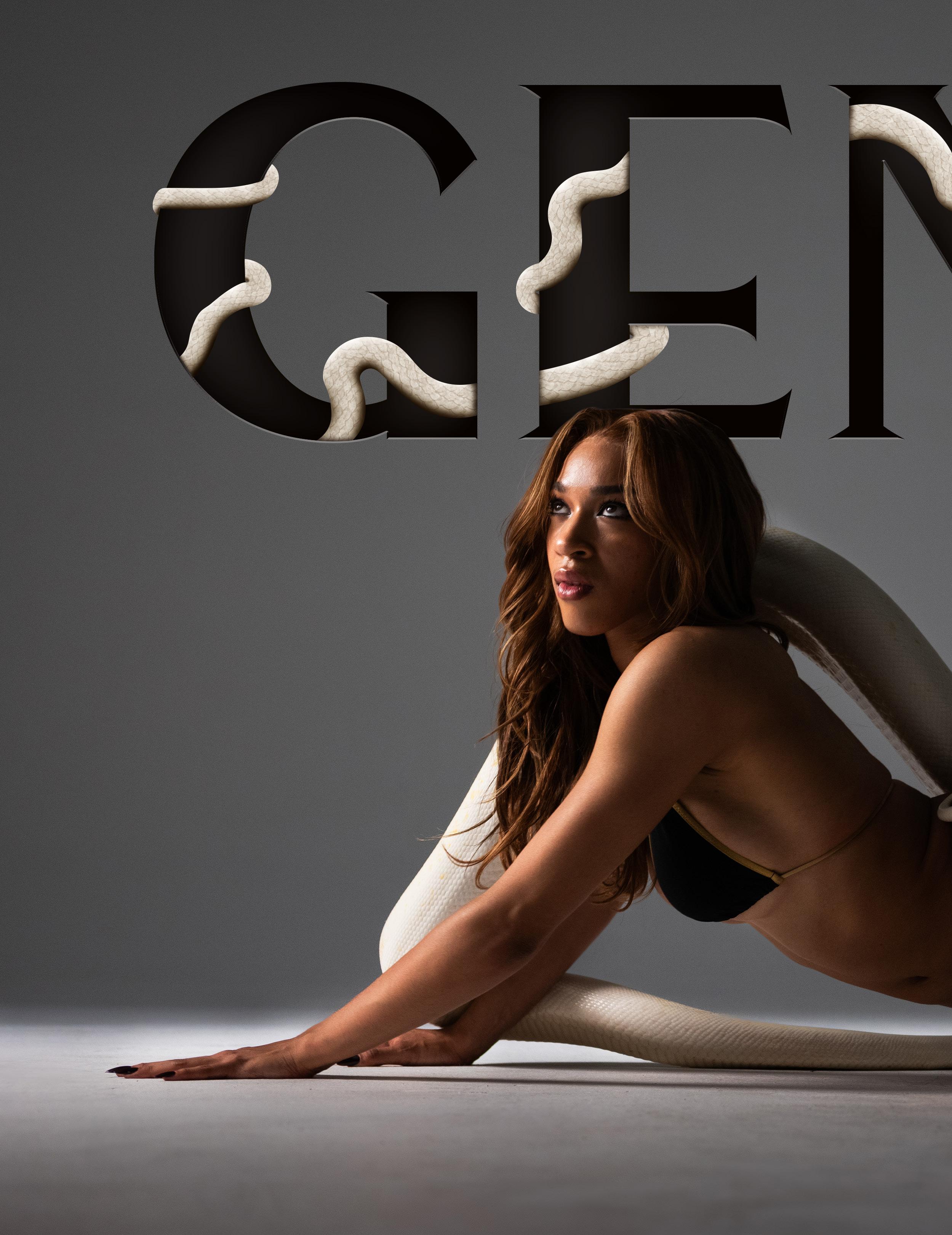
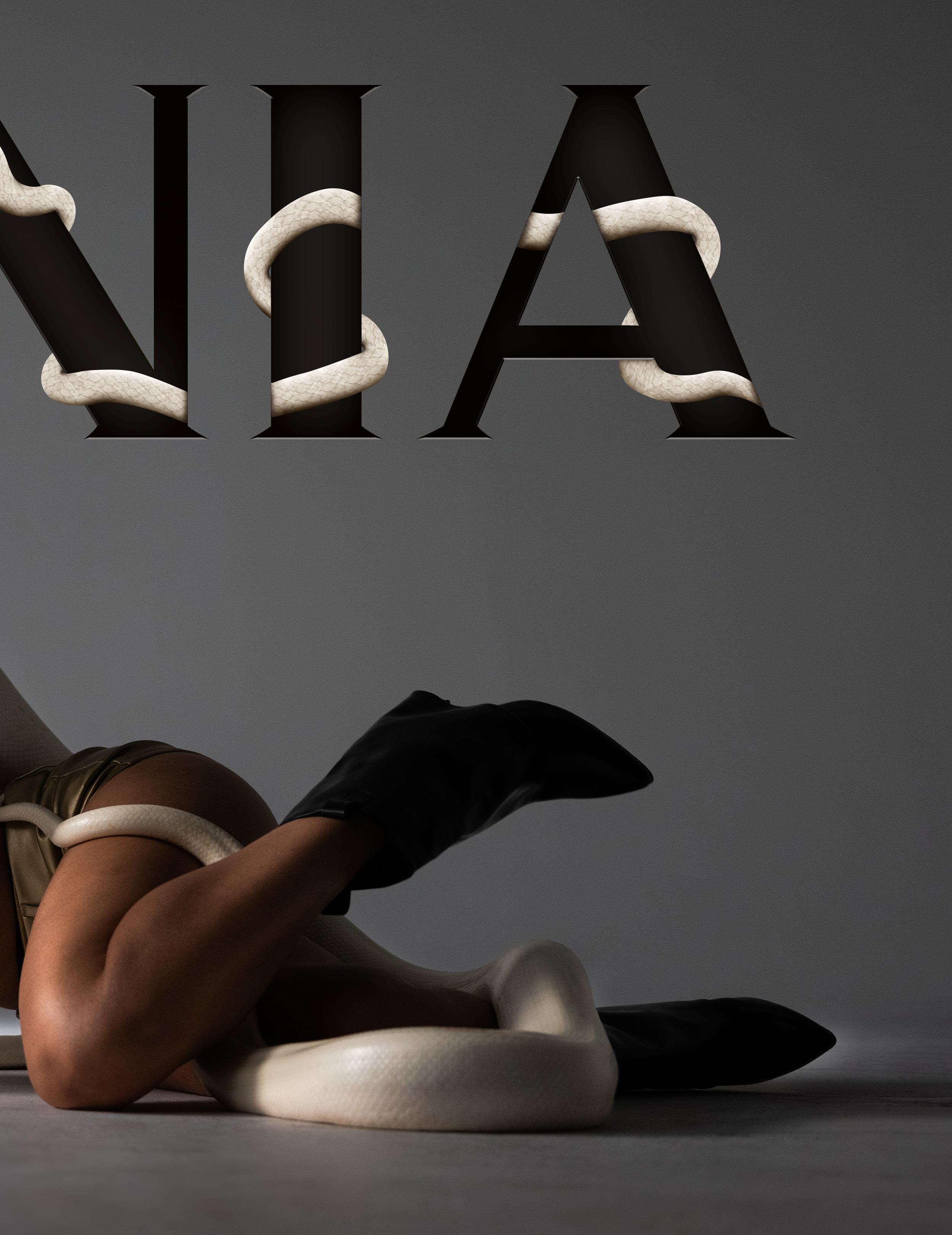
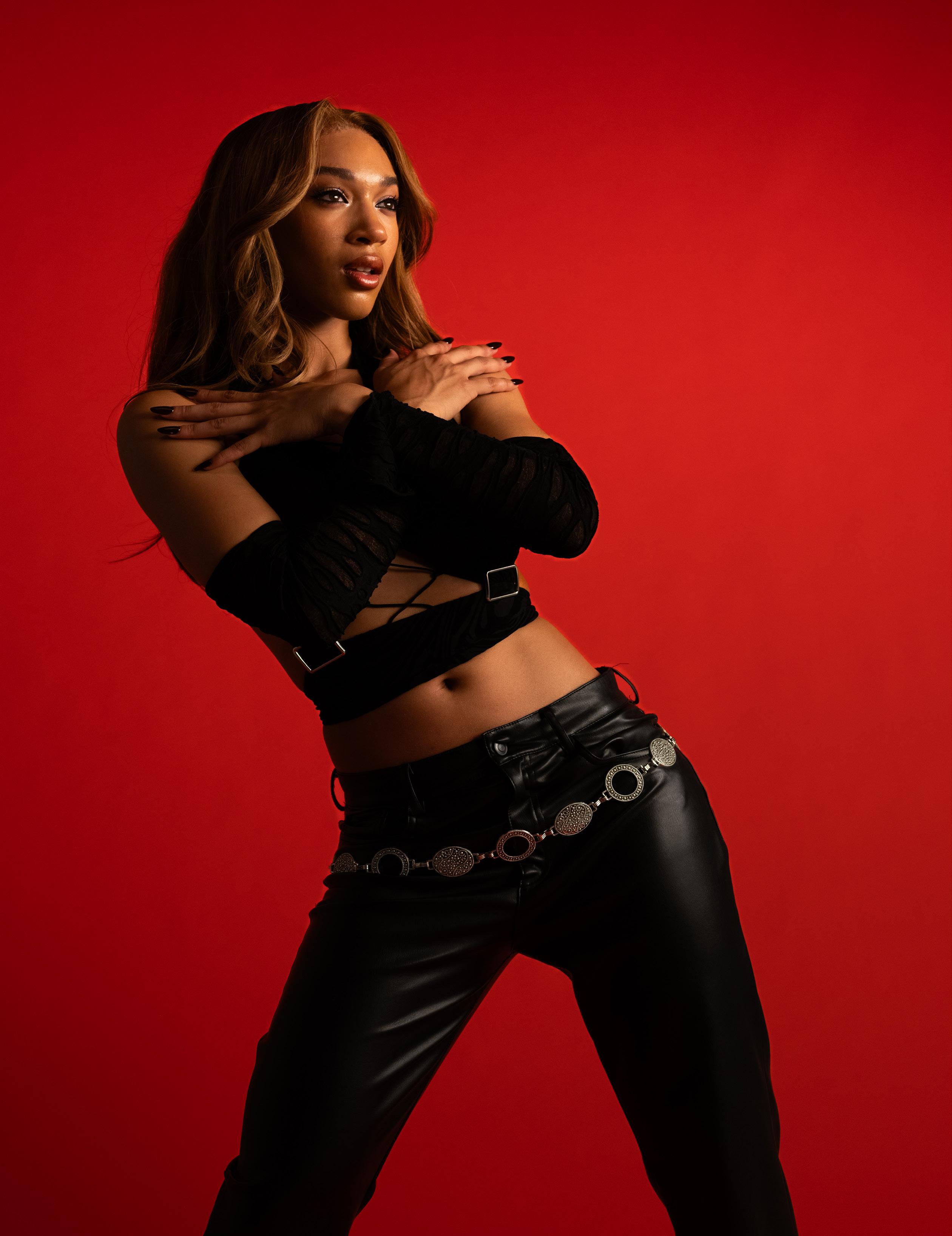
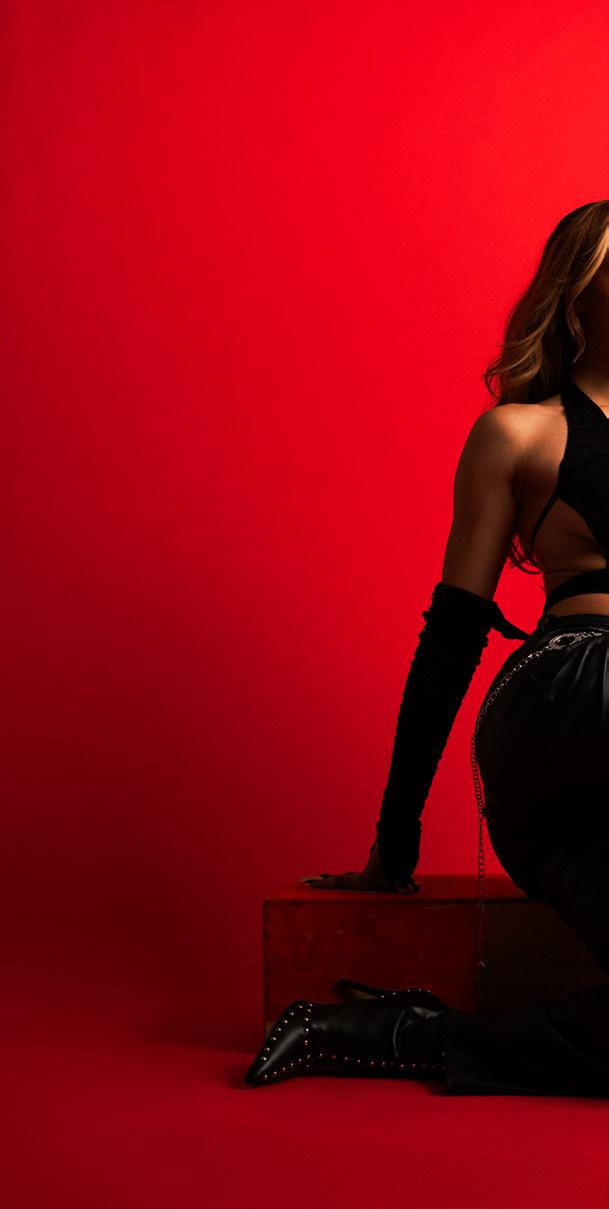
Hailing from Victorville, California and now based in Los Angeles, rising pop star Genia is fearlessly and carefully shaping her own lane and becoming one to watch. Known for her raw attitude and emotionality, Genia is cultivating a deeper sense of artistic identity and a fiercely loyal fanbase she proudly calls the G-Unit. After powerfully introducing herself with two emotionally-compelling and raw EPs in 2023 and 2024, Genia is letting herself free and uncovering a new bold era. Her latest run of singles showcases her versatility – from hard-hitting, high-energy bangers like “Give”, “Damage”, and “10 out of 10”, to softer, heartfelt tracks like “Crush”. With every track, the Def Jam artist uncovers a new side of herself and aims to make people feel—and just when you think you know what’s coming next, she flips the script. If you think you know what Genia has in store... you don’t.
How is Genia the artist different from Genia the person? Has she helped you learn more about yourself?

I feel like Genia, the artist, is very, very open. Just a ball of energy. If I’m being honest, whenever I get on stage, or whenever I’m making music, it’s almost like it’s still me - but there’s a part where it kind of feels like it’s an alter ego. On a day to day basis, I would probably never say or do the things I do on stage or in my music videos - I’m just back home, in my shell, very chill and laid back. I like talking to people, but I can be a bit shy at times. I think that when people only see the artist part of me on social media or through performances, they assume maybe the opposite.
Embodying my artist persona has helped me on a day to day basis. When I was growing up, I struggled with public speaking and just talking to people or opening up, in general. I struggled being able to say when I did or didn’t like things. However, I think over time, when you play this character, it starts to transfer into your everyday life, even when you’re not performing, you’re able to speak up a little bit more. I’ve gotten way better at my public speaking and just being able to light up the room a bit. So I would say there’s even things that I take from being an artist into my day-to-day life that I’m using all the time that have nothing to do with my music.
You described your previous 2 EPs as “a total release of emotions and past experiences that shaped me,” and you mentioned how healing it was to put it out into the world. How did that process of letting go through music shape your perspective on what came next? Did releasing that project open creative or emotional doors you hadn’t expected?
I always say that my first two EPs, they’re always going to hold a special place in my heart, because that was sort of like my self discovery as an artist. When you’re an artist and you first start, you grow, and as you grow, and eventually your sound develops, you want to talk about different things, but the first thing that I really needed to do was just let go of that pain. I was holding on to it for so long. It was a lot to carry, and [putting it into my music] was the only way I could really move on as not just a person, but also as an artist. I never could imagine myself putting out “Give”, “Damage”, or “10 out of 10” back then because I had so much pent up trauma and pain inside. I had to let it out. That’s not to say that in the future, I’m not going to be more vulnerable. There’s still things that I carry, which I will choose to talk about when I’m ready. For the most part, I got a lot of that shit out and killed it over
time. So, those two EPs hold such a special place in my heart, because it was almost like a diary for me.
Although I made this big transition, it’s still part of me. I know it caught some people by surprise, but for me, it wasn’t a shock. It felt natural for me listening to so many different types of music and being inspired by so many artists. I was just like, “fuck it. I’ma do it”, and that’s it. As long as the music sounds good. At the end of the day, the first EP was a building block for me to get to where I’m at. I don’t think I would have ever been able to get here if I didn’t make those records. Even if it’s not what I would identify with as an artist right now, it’s still something that got me to where I’m at, and I have to appreciate it for what it is.
About your last two EPs—they were emotionally complex and visually carried a darker, nighttime aesthetic. What inspired this direction for the early stage of your career, a phase that’s so instrumental in shaping your artistic identity?
It was all based on the environment I grew up in. All of them are based in my hometown, Victorville in the high desert. I just wanted to capture something dope and beautiful in a town that many people don’t even know fucking exist. Every time I tell people I’m from Victorville, they’re like, where, where? When you grow up somewhere, you don’t really see the beauty in it. You don’t appreciate it. Victorville is just in the middle of fucking nowhere. When I came to LA, I realized how fucking unique it is. I’m just saying you can name a lot of artists that are from LA or big places, but like from my hometown, it just felt so special to do something that was based on that environment. I wanted to direct it in a way that people could look at it as if they were looking at the memories in my head. When you watch these videos, you’re watching actual time capsules. You’re watching something that did happen in real time, and that’s just a vulnerable thing in itself. I would say my main thing for those EPs was just to capture what it was like growing up in Victorville, and that took a lot of storytelling.
Before developing your musicianship and artistry full time, you were pursuing a completely different career path around the time of the pandemic. What motivated you to pivot in terms of career path? Was it a matter of weighing passion versus duty? What influenced the change?
When I graduated high school, I felt stuck. There were no real resources or platforms for artists where I’m from, and I couldn’t afford to get to LA. I was honestly depressed. I tried to do the “right” thing – I ended up


going to school to become a nurse and working long hours at Walmart during the pandemic—getting up early, greeting customers, checking receipts. This was back when Walmart would also be open 24 hours - I went through hell at that job. I’d sneak in one earbud and daydream about making music while standing at the door - creating songs in my head. It was draining, and I felt disconnected from what I really wanted. I hit a point where I asked myself, Will I regret not going after this? And the answer was yes - I couldn’t live without chasing my dreams.
So I turned to what I did have—TikTok—and started posting covers daily. It didn’t get many views originally, but eventually, a Deborah Cox cover blew up, and that opened the door. I was so confused, and remember running inside the house to tell my Mom - it was my start. It wasn’t instant fame, but it was my first real stepping stone. Everything since has been brick by brick. It’s been hard, but having your work seen and felt is just so amazing and such a blessing.
As artists, despite how much passion we have, the process of crafting work can sometimes drain us—whether it’s struggling with how to start, dealing with burnout, or hitting creative blocks. You’ve been incredibly transparent about your process, yet you’ve continued to put out full, high-quality tracks consistently. How do you keep yourself inspired? When you do hit those walls, what helps you break through them?
I keep myself inspired by just living life. I’ve had my best ideas in the middle of a grocery store while shopping or while sleeping, and wake up like, here’s the melody. It’s just random times where I’ve had the best ideas, and when I try too hard, it doesn’t come. I really don’t know how I come up with half the shit I come up with, but when I do, it’s great. Also, going back home every other week, and just being able to see my family really inspires me to keep going. It reminds me of why I’m doing it. I won’t speak for other artists, but me in general, as a human being, there are times where it’s just hard, and faith in self can be very shaky at times. There are days I wake up like, I’’m the fucking best. Then there are days where I don’t know what is happening, and I just have to show up, even if I don’t feel like I’m the best artist. So, going home has kept me grounded, and I remember how that little girl from Victorville would have given anything to have the amount of listeners that she has now. I think that sometimes you get lost in the sauce. You just have to remember where you started. That’s how I keep myself grounded, just remaining humble, remembering where I come from and just living life day by day. I just remind myself that, at the end of the day, even if you’re not the biggest artist right now, you are getting there.
In a Galore interview, you mentioned that a viral video helped open doors you might not have accessed otherwise. Your discipline in self-promotion—posting five videos a day—is truly inspiring. In an industry where success can hinge on social media algorithms, how do you stay committed to promoting yourself without feeling overwhelmed? Do you ever experience burnout, and when you do, what helps you push forward?
So what I’ll say is social media can’t be your life. I treat social media as a tool. There have been times where I’ve been a victim of scrolling too damn much on social media, and when you do that, or the times that I’ve done that, you see other people, you see their life, and you’re like, “Damn, they’ve got this, they’ve got that - I’m not this.” You start comparing yourself, and it’s not even like a thing of jealousy or envy, it’s just human. I had to take a step back and just think, my socials are just a tool.
As for the consistency, for me, it’s not hard to stay consistent. I’ll just pre-plan when and what I’m gonna post, or I’ll text my manager and ask for thoughts on a video. Then I’ll just put it up and log off., I just try not to stay on there too long and use it as a tool - it’s a really great one when utilized the right way.But also, there are times where you might get worried or not feel content with the numbers, likes, or the views. In the industry, it’s tough because it’s all really based on your following - everything is just in your face, and it’s hard to cut through. I keep telling myself every day, keep posting, keep doing your thing, keep doing whatever you can. That’s the thing. It just has to do with consistency and having faith that the people that will see your shit will see it.
One way we think about transcendence is the idea of constantly evolving— reinventing yourself and transcending expectations. I’ve noticed a clear shift in your recent singles, with a more high-energy, pop-driven direction, contrasting the introspective and emotionally raw feel of 4 AM in the Ville. What inspired you to take this leap? Was this a natural evolution for you, or did you consciously want to push yourself in a new direction? Why do you like keeping people guessing?
I needed to challenge myself. I was very bored, and that’s not a good place to be in when you’re an artist. It’s that state where you don’t feel excited about your stuff. I honestly knew that this transition was gonna confuse people, and I honestly like that shit. It made me really excited to do it, but also unsure whether it would confuse everybody. What if everybody hates it? My first EP is really fucking different. Then I thought to myself, who cares? I’m just trying to make it, and I’m going to keep doing what I like and being authentic to myself - making the music I want to make. I told myself to not be indecisive. Either you’re either going to do it or you’re not. You can’t be in the middle because then you’ll stay in that loop and you’ll never do anything. So it was just like, “God, should I do it?” Yeah, gonna do it. Who cares? But it was definitely hard at first. I definitely caught some people by surprise. But I have nothing to lose. So, now I just have this fuck-it energy right toward everything I do.

How has the process of making these recent singles differed from the last two EPs?
The EPs started off as diary entries and became songs. Most of those songs were things I was genuinely going through in life, like every heartbreak song you hear, I was really going through that. As for these

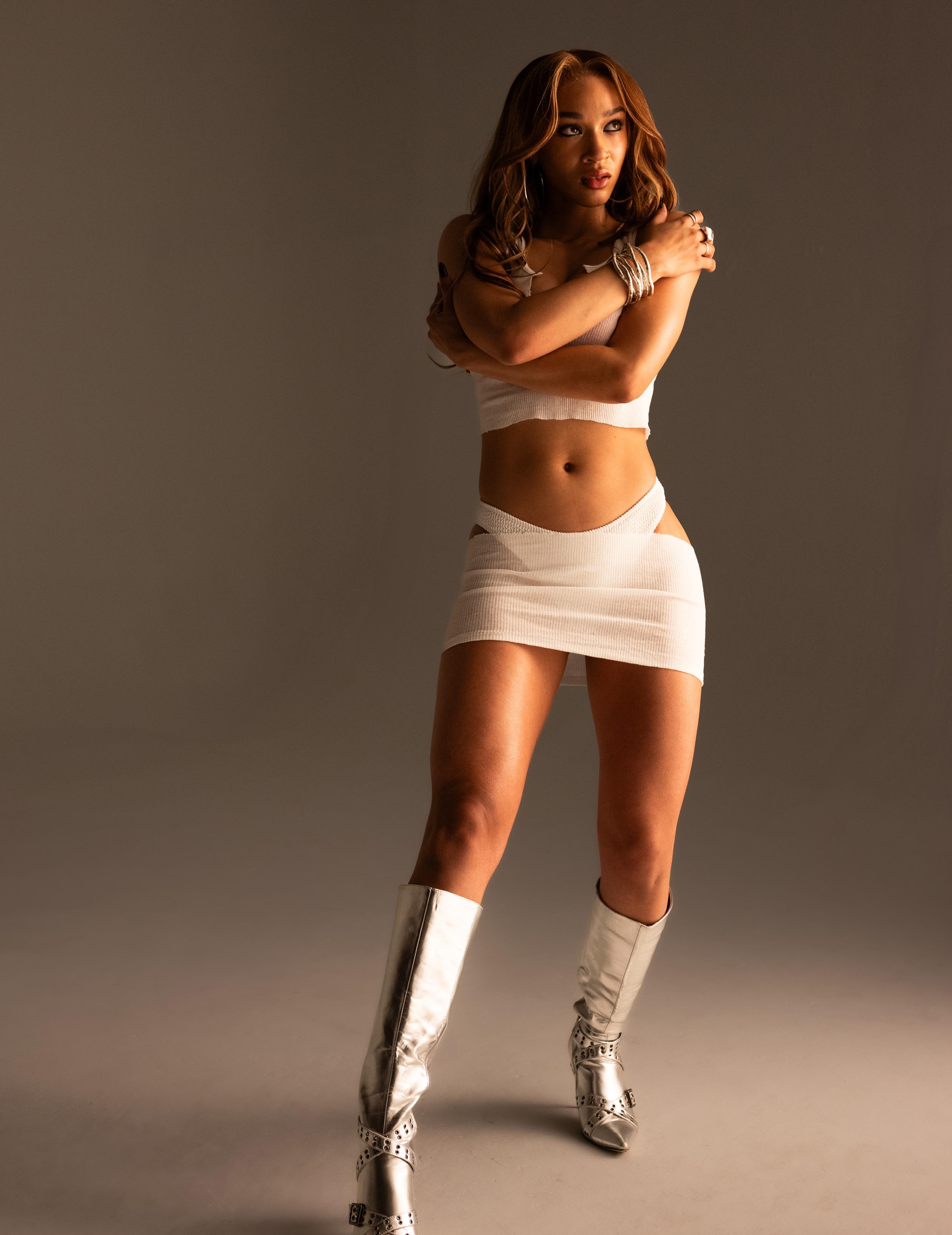
new singles, there’s still a piece of me in there. I mean, I’m writing them, right? First EP Genia was just telling her story. It may not be the music I’m making at this moment in time, but that EP, it’s beyond just the sonics. If you really listen to it and read the lyrics, you will know who I am as a person, and I think over time, that was my goal. These recent songs are Genia, the artist, the character, or alter ego. With these new singles, I’m sort of manifesting and trying to create this world, and it’s fun to create that separate world that I’m currently living in my music. That’s not to say it’s fake, but I need something to separate from who I am everyday versus who I am musically. I needed that for my mental health, for so many reasons. It helps me to create a character, because it gets a little harder to make music just for me. So I would say these singles, and the future project is definitely artist Genia.
I loved the behind-the-scenes video showing the creation of “Give”. Watching that process unfold was seriously fascinating. Can you take us deeper into what went into making that track? Were there any unexpected moments in the studio that shaped the final song? What is that moment of “oh, this is it!” like for you?
With each song, I have a moment where I sit there, listen to the track, and feel out what I’m working with—like, okay, what does the beat feel like? What’s the bounce like? The first thing I do is I put the headphones on, head to the booth, and I start top lining, basically mumbling the entire time, finding different melodies. I’ll usually do two takes, but for these songs, it honestly only took one melody pass for me to be like, “Whoa. That’s it.” Then I go back in, sit down, we listen, and it’s a light bulb moment when you realize it’s catchy—even without words, just from the mumbling. That’s just how I do my songs. Something I love with each of these songs is how much fun I had making them - the energy in the room is just amazing. Also, these songs were made so quickly, and not in a lazy way, but because we’re having so much fun doing it, and the beat is hot, the lyrics and cadence are getting put together, that you just finish it in no time. You’re like, “Damn, I made a hit.” And if I’m still playing that track in my car over and over? Oh yeah—it’s a hit. The process isn’t as intricate, but it’s just literally a moment in my head where I’m like, “Yep, that’s it.”
Your music isn’t just a space where you’ve found empowerment and self-discovery—it’s something you’ve intentionally crafted to give your listeners that same sense of freedom. In your INTERSECT interview, you mentioned wanting everyone to feel free when they listen because that’s how writing this music felt for you. Can you take us deeper into


that? What does freedom through music mean to you, and how do you hope your listeners experience that liberation in their own lives?
Taking it back to my first EP, it was really deep stuff. Everybody assumed that I was just sad all the fucking time, but I can be vulnerable at times in a different way. There’s many ways to be vulnerable, not just talking about the things that you go through, but just vulnerable - talking about love, swinging your hips and wanting to be free, all these different things. I felt like people had this ‘hard shell’ perception of me versus who I am – a very free person, and I don’t mind talking about love like I do on “Crush” - which I hadn’t really done before. I really don’t. For so long, I thought that if I started showing that part of myself, maybe people won’t think it’s cool. I started to realize, this is me at the end of the day. I can’t hide who I am. Despite people being shocked, when it all comes together, I know I’ll feel comfortable singing these songs live, and my fans will know who I am. It’s all about showing my personality and for my fans to get to know me, and for me to get to know them. It’s for me to be able to get on stage and just be my authentic self and know that it matches what I’m talking about.
I love the new direction your music is taking—it’s different from your last and keeps me guessing. What is the end goal for these singles (“Give”, “Damage”, “10 out of 10”, “Crush”)? What are you aiming to achieve? What’s next for Genia?
The overall goal for me is definitely to put out a full body of work, whether that be an EP or album. I’m not really sure yet, but I am stacking up on a lot of music - so much music in my phone. The purpose is to just continue to build my fan base and get my name out there. When I drop my project, I want it to be the right time, and I think I’ll know when it’s the right time. But right now, I feel like people are still getting to know me, and I still have so many new listeners that keep on coming, so I’m just trying to build off of that and and continue to put out singles that define me. My goal right now is to just show people that I’m versatile. So when you get this project, don’t think you know what’s coming. That’s what I’m kind of just getting my audience ready for. The opportunities are endless, and I’m just trying to start my own wave, and make sure everybody knows who I am as an artist. So I think these singles are just the beginning, but the final product is definitely a project.
This issue is centered around transcendence, particularly the idea of “rising above.” As an emerging artist navigating different stages of the industry and your artistry, how do you rise above the challenges
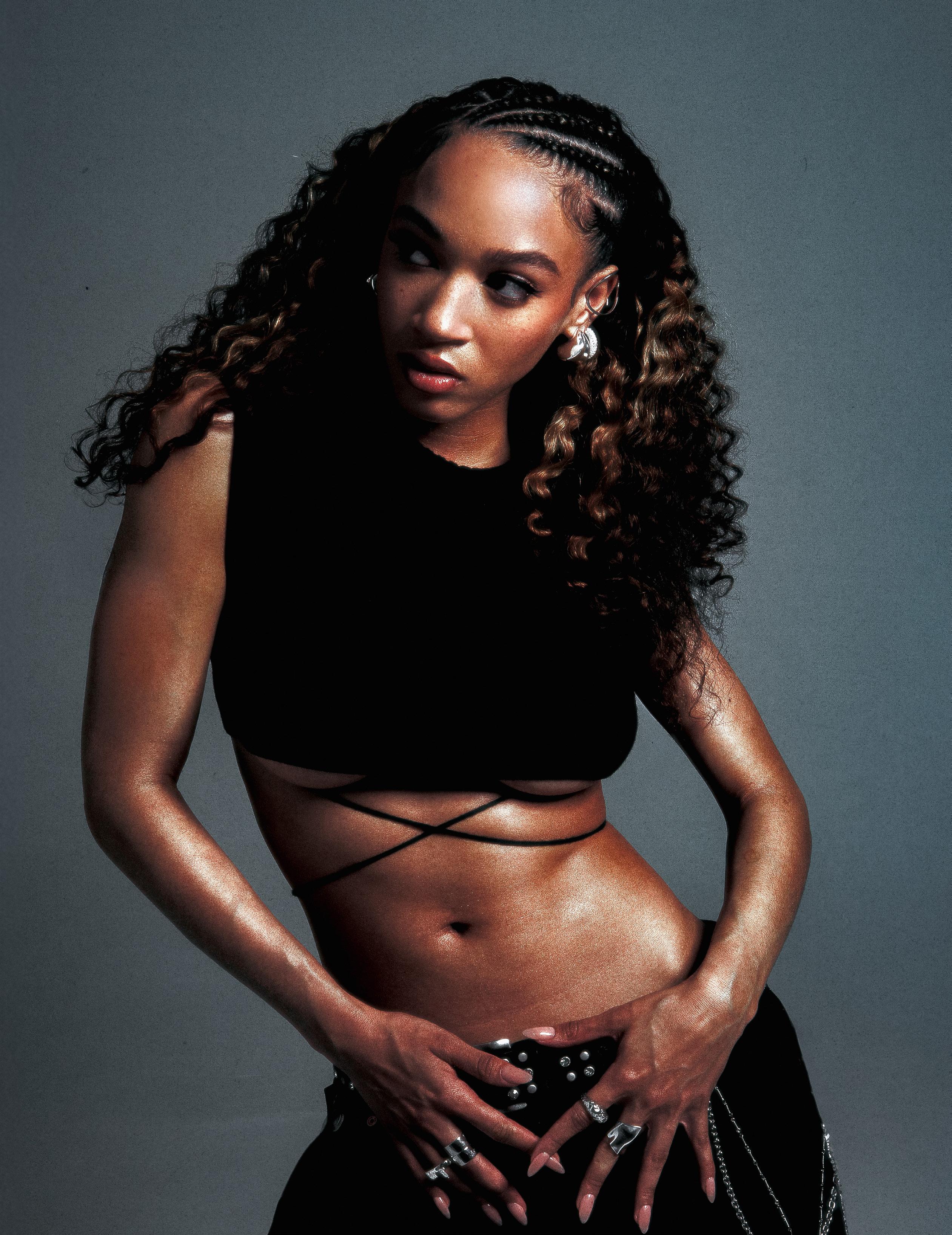
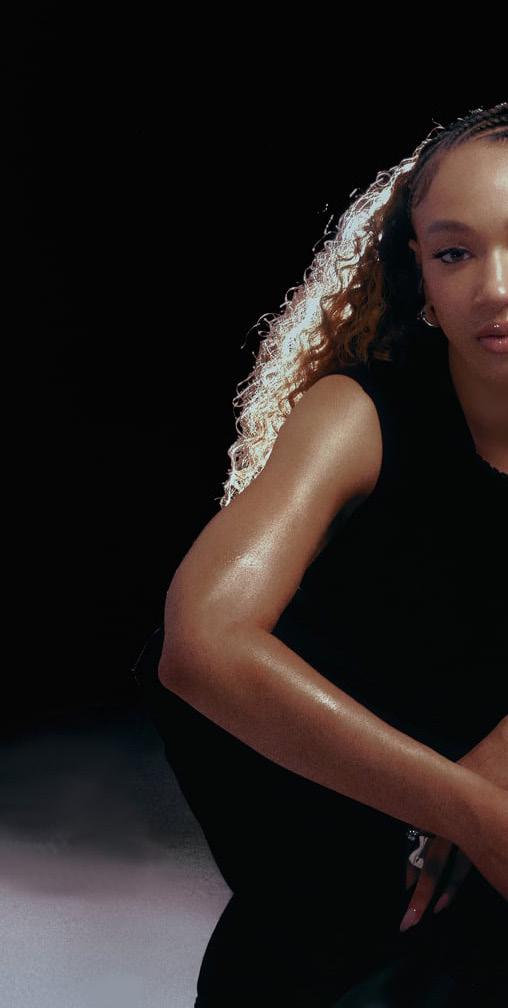
that come with it? How do you keep yourself affirmed and stay true to who you are despite any external pressures?
I always remind myself where I started and how I wasn’t in the industry the way I am now. I mean, I’m not fully yet, but I have sort of an idea of what it’s like. But back then, it didn’t matter, and I just had fun. There was a moment where I moved out here and it started getting a little too industry, and it took the fun out of it. It was to the point where I thought about not doing music anymore because I was so overwhelmed by it. But also, then you’re surrounded by different things that you never used to think about - like views, content, etc.
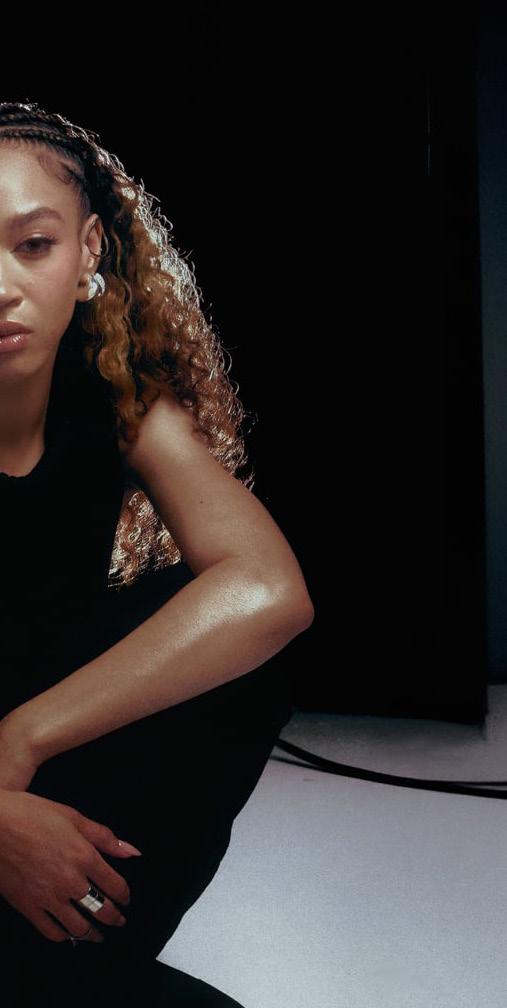
Also, I had a different team when I started, so I didn’t have the full freedom to do the music I really wanted to do in the beginning. It was hard for me to make music that way because imagine doing something that you use as therapy or as creativity, and someone’s telling you how to do it. They’re not letting you do it how you want to do it. It gets lost. It’s not fun anymore. It’s just, it’s just a fucking job at that point. So step one for me was getting rid of the people that didn’t want to let me be me. Step two was remembering where I came from, and the fact that I made a promise to my family to see this shit through. So I would say that’s what really keeps my feet on the ground.
I saw the video you posted of you with your Grandma, manifesting that you’ll win a Grammy someday. That really resonated with me because, for so many of us, making our family proud is a huge driving force—especially when they’ve invested so much love and support in us. As you continue to establish yourself as an artist, how has your family and community been a key force in keeping you grounded and confident in your journey?
I’ll start with my grandma. She believed in me before I even fully believed in myself. She literally carried a camera with her everywhere—church, the grocery store, anywhere—and would say, “Sing!” She never once told me I couldn’t do something. If I said I wanted to sing with Beyoncé, she’d say, “Don’t say you want to—say you will.” That mindset is what built my confidence. When things were tough growing up, she gave me something to focus all that emotion into. I’m just so grateful that she gave me that and that she continued to motivate me and believe in me before she passed away. Losing her, especially right after I moved to LA and felt blocked in my music, was one of the hardest things I’ve gone through. But it also reminded me I had to become that voice for myself.
My mom, too, has been such a strong force. She didn’t always understand the music industry—I’d say something like, “This playlist added my song!” and she’d say, “What does that mean?” But she’s always had my back. She reminds me to have faith, and she’ll randomly text me like, “I just know your song’s gonna be #1 on Billboard one day.” That kind of love, even when they don’t fully understand, keeps me going. My family has been there for me in such an amazing way. I want to show my whole family—especially my little brothers—that your dreams are real, no matter where you come from.
Rohan Baru is a Los Angeles-based creative from Milwaukee. With a foundation in media/entertainment production and business administration, he strives to integrate his artistic voice within creative direction and marketing strategy across numerous mediums. Rohan studies Business of Cinematic Arts at the Marshall School of Business and the School of Cinematic Arts, University of Southern California. He also serves as the Director of Community/HR for Haute Magazine.
Virginia Akujobi-Egere is a Los Angeles-based writer with an emphasis on creative writing and storytelling. Her work demonstrates an adeptness to creative, non-fictional narrative through prose and poetic construction. Virginia studies Narrative Studies at the Dornsife College of Letters, Arts and Sciences with a minor in Songwriting at the Thorton School of Music, University of Southern California. She also serves as the Director of Writing for Haute Magazine.
Angelina Lyon is a Los Angeles-based designer specializing in graphic design and brand identity. She is pursuing a BFA in Design at the Roski School of Art and Design and a minor in Entrepreneurship at the Marshall School of Business, University of Southern California. She also serves as the Director of Visual Design for Haute Magazine.
Photographers
Tyler Borchardt
Ava Rikki


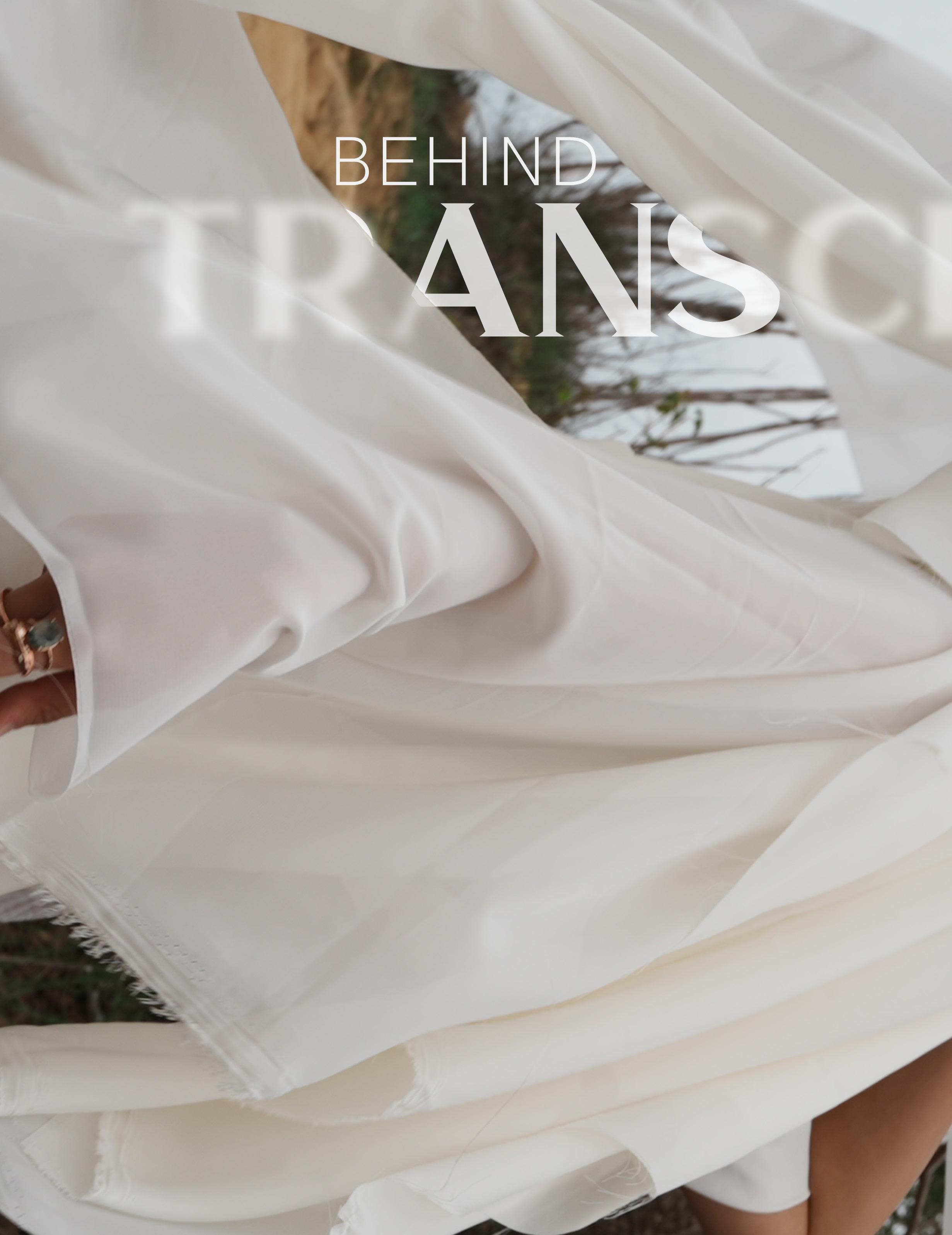
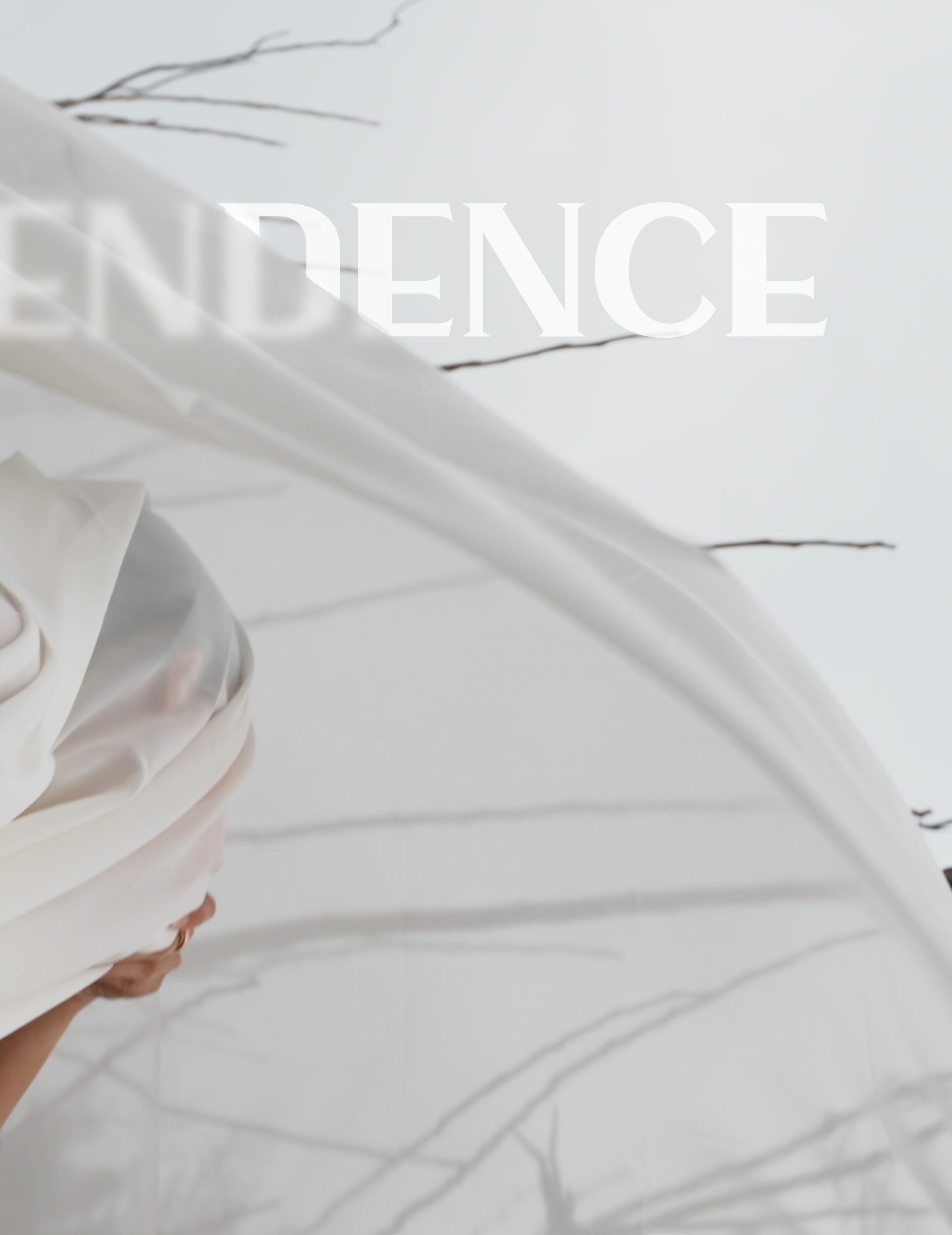
Transcendence, the act of “rising above,” takes us a step further into the realm beyond our metaphysical and spiritual confines. We seek to embark on a journey beyond what our eye can see, to reach out and



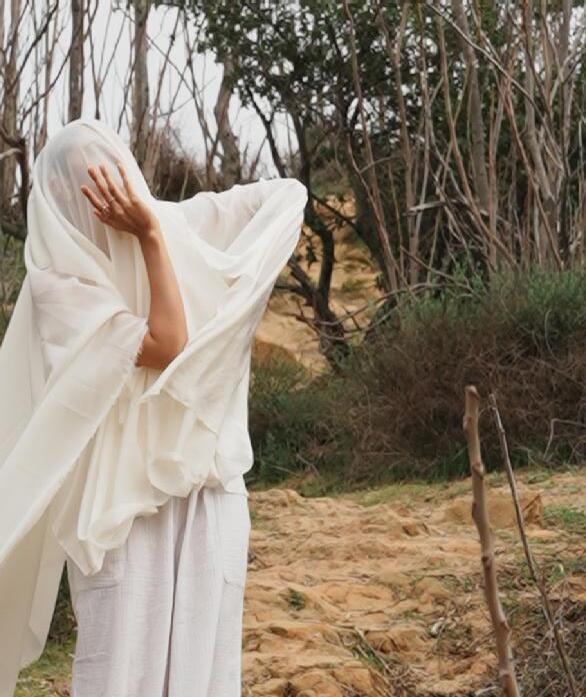
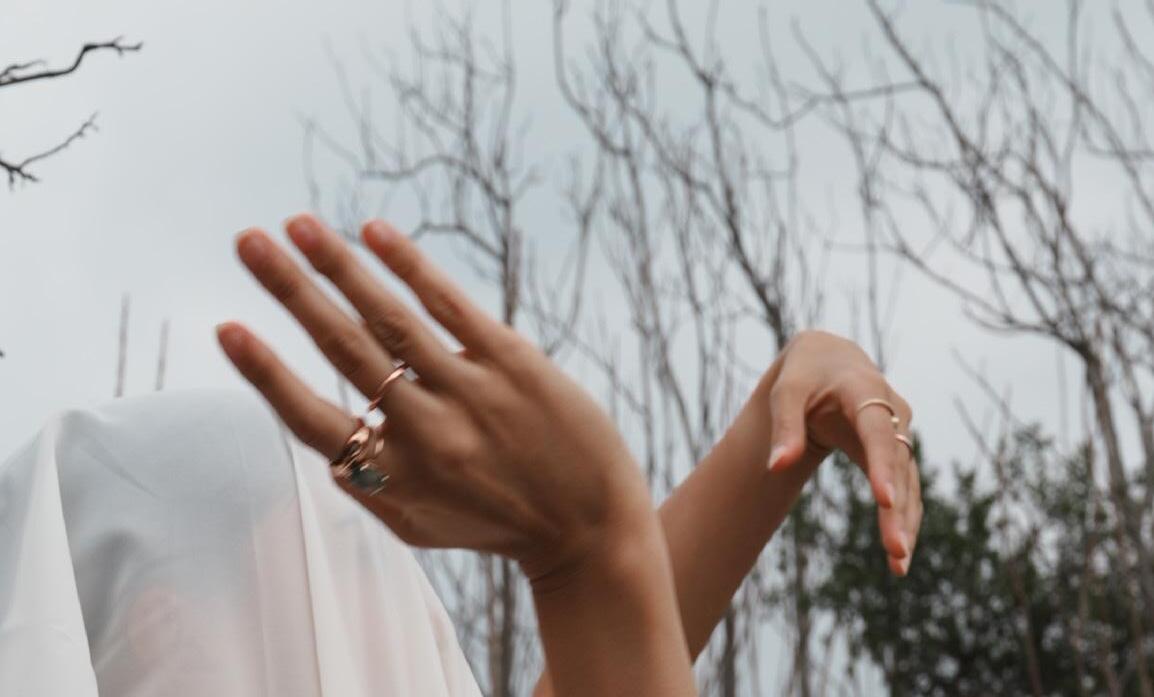

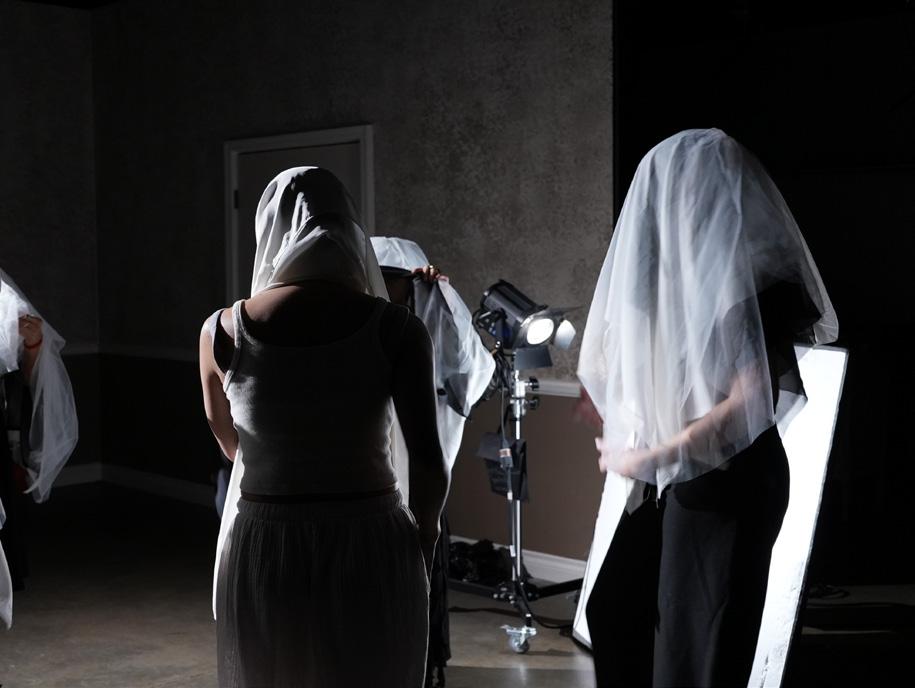
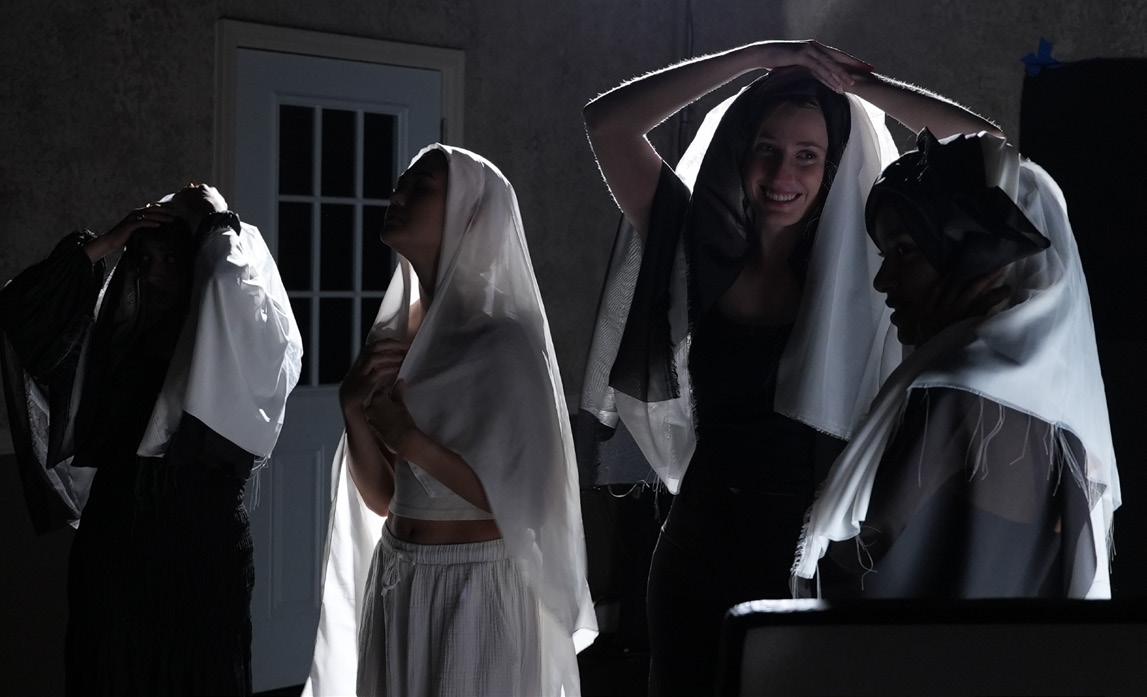
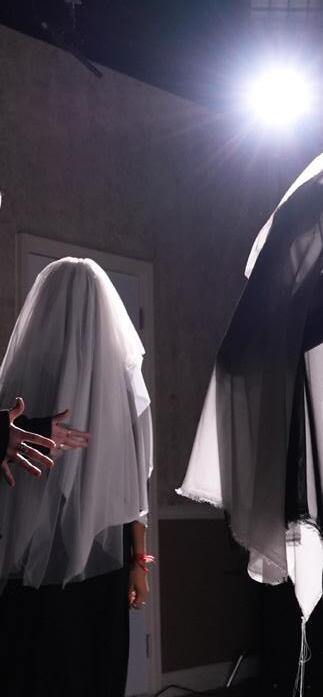
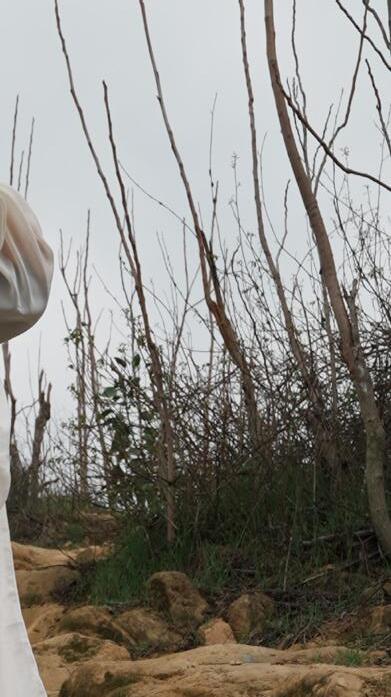
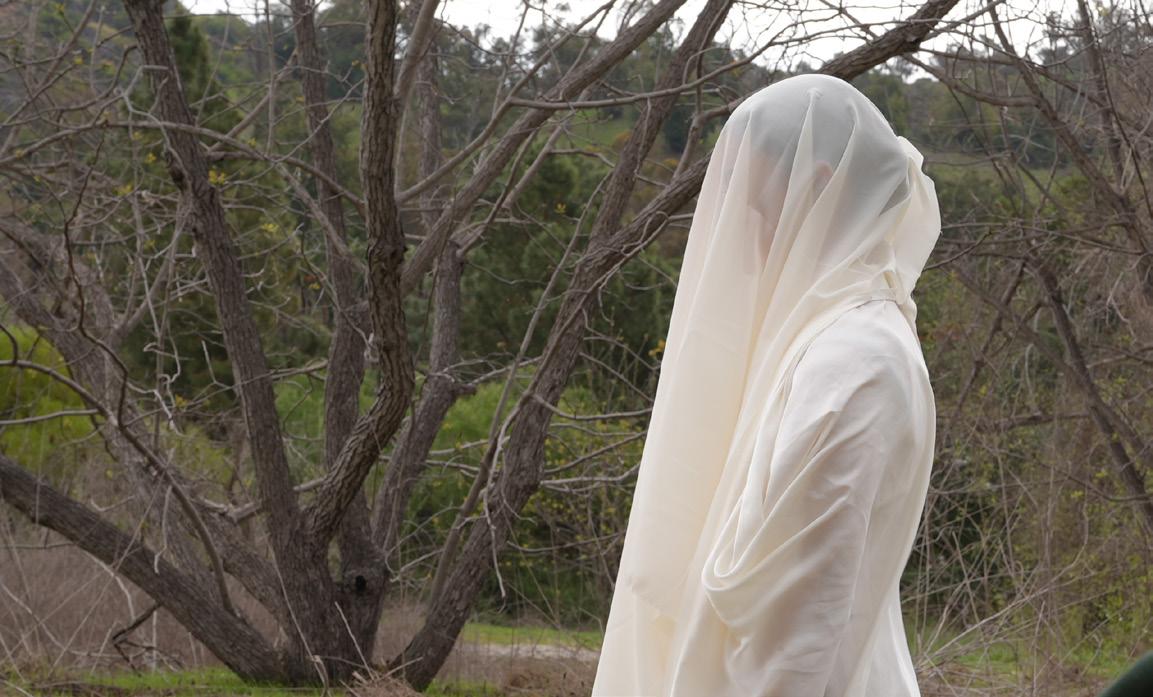

grasp the intangible. In both our world and ourselves – we seek a sense of clarity. The clarity we seek is thinly veiled, a wisp of light piercing through the cloth yet comforts us with its presence.
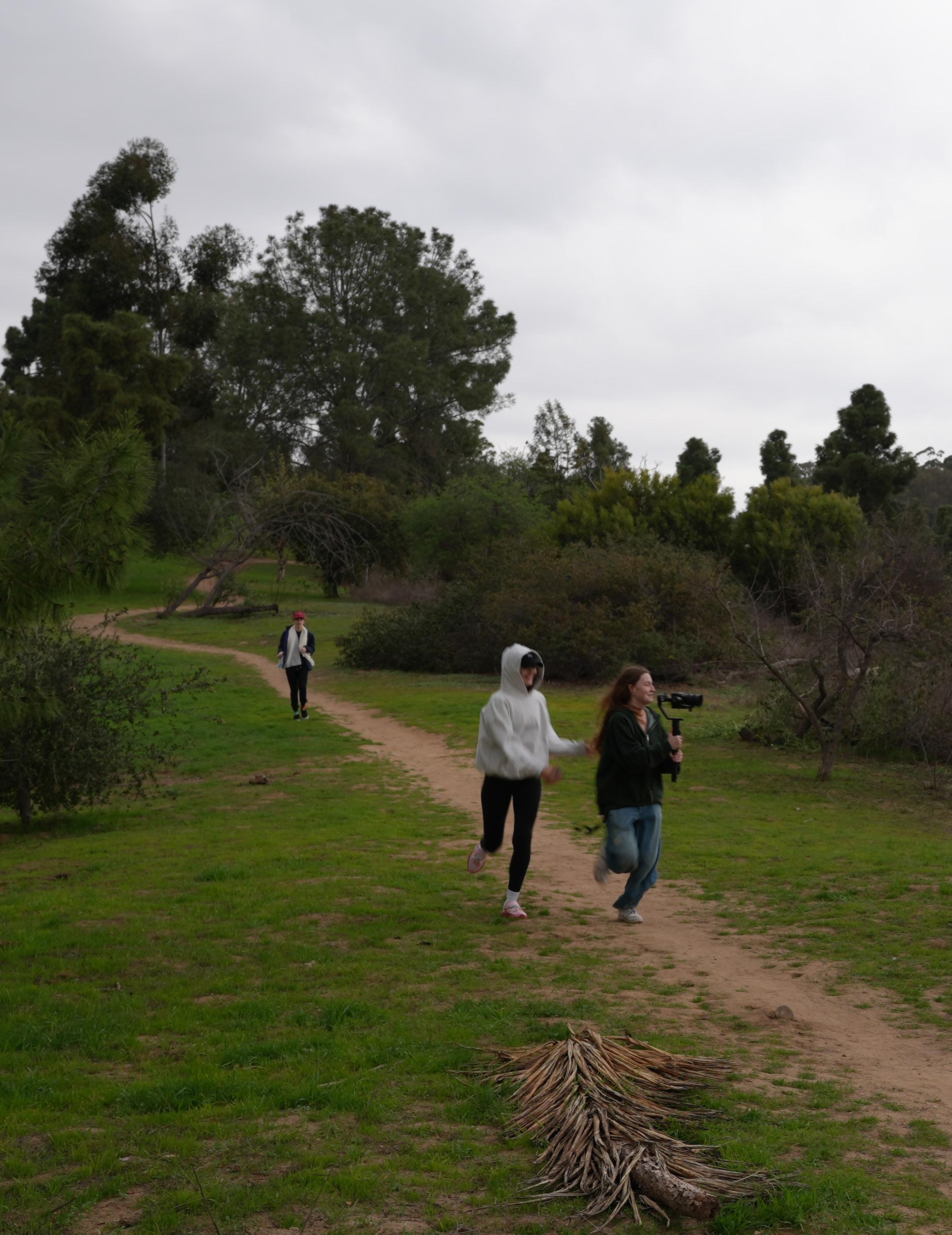
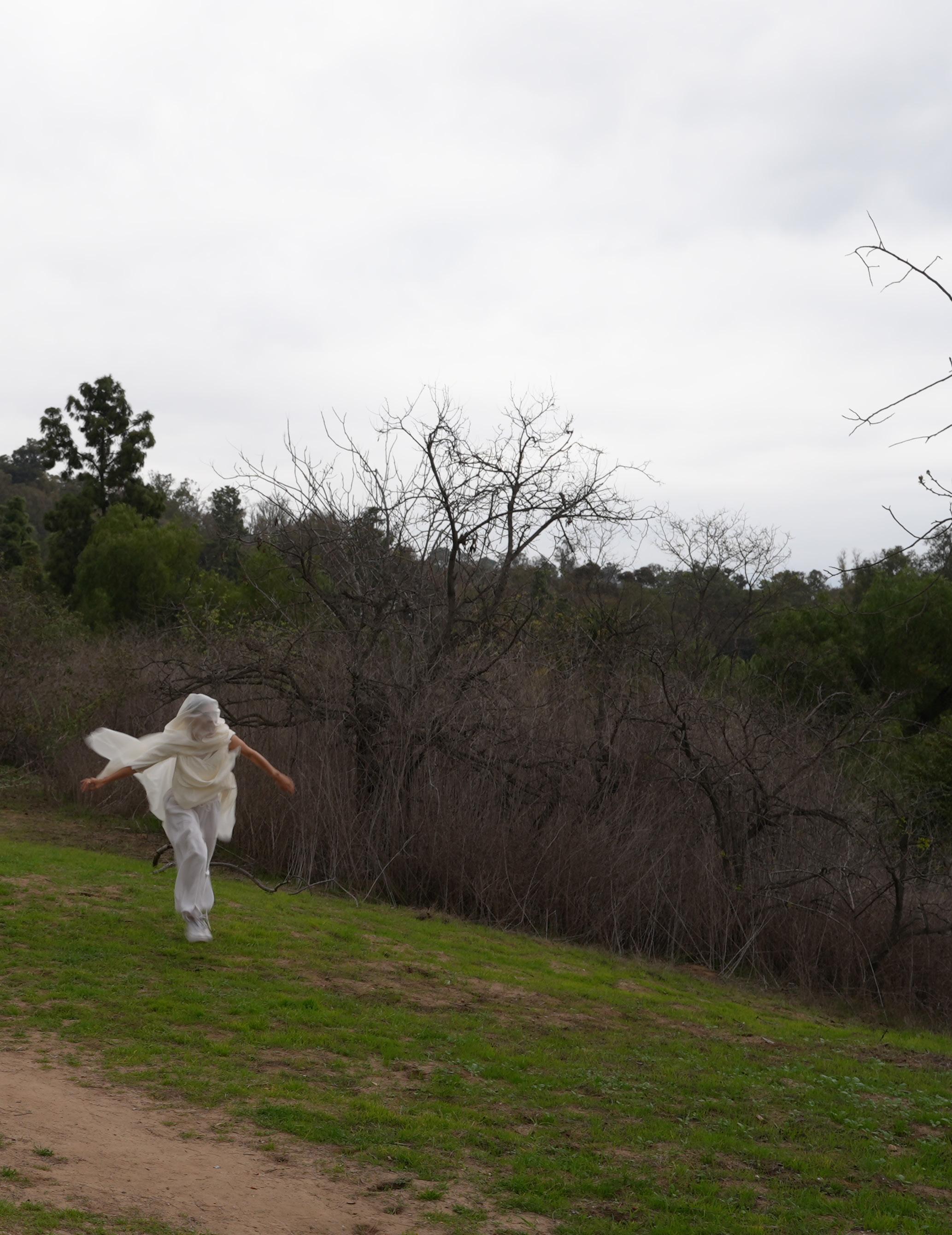
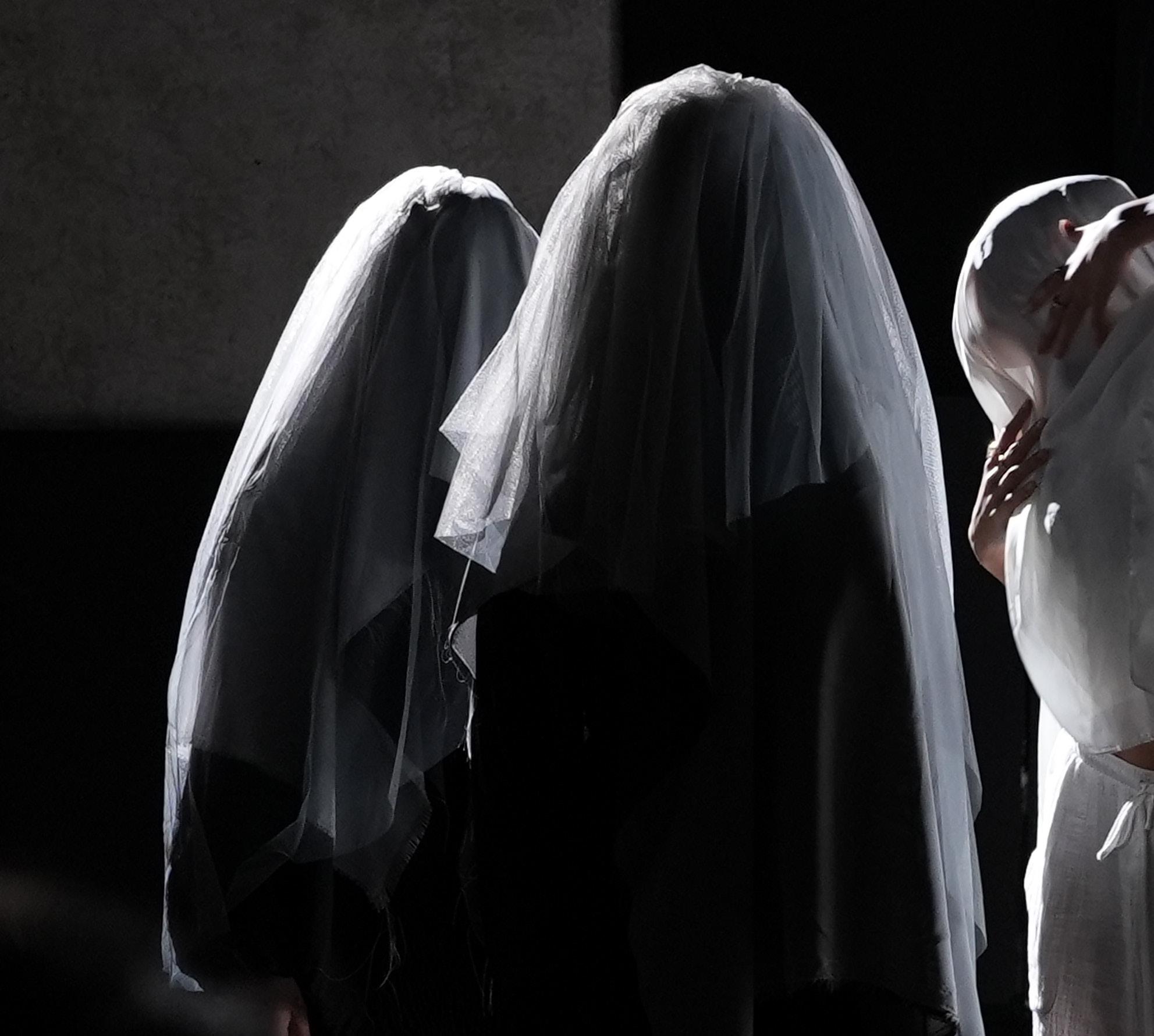

Nishka Manghnani is a designer and visual artist based in Los Angeles and Mumbai. Through her branding, graphic, and publication projects, she intends to create work that can mobilize social change and resonate with audiences. Nishka studies Design at the Roski School of Art and Design with a progressive graduate degree in Integrated Design, Business and Technology at the Iovine and Young Academy, University of Southern California. She also serves as the Creative Director for Haute Magazine.
Sea Gira is a Los Angeles-based Thai American film director and producer. She is passionate about telling character-driven, poignant stories that explore the intense emotions of the human experience and stimulate both introspection and social conversation. She is a serious advocate for AAPI media representation. Her greatest intention as an artist is a balance of portraying raw and vulnerable material as a statement of reality while avoiding cliche and striving for originality. Sea studies Film and TV Production at the School of Cinematic Arts, University of Southern California. She also serves as the Director of Multimedia for Haute Magazine.
Franklin Lam is Los Angeles and New Yorkbased multimedia artist focusing on filmmaking, photography, and creative direction. Featured in New York Fashion Week and publications including Deadline Hollywood and 17:23, he has worked with clients and talents like Cate Blanchett, Aubrey Plaza, 070 Shake, and Disney Music Group. Franklin studies Media Arts and Practice at the School of Cinematic Arts, University of Southern California. He also serves as the Director of Multimedia for Haute Magazine.


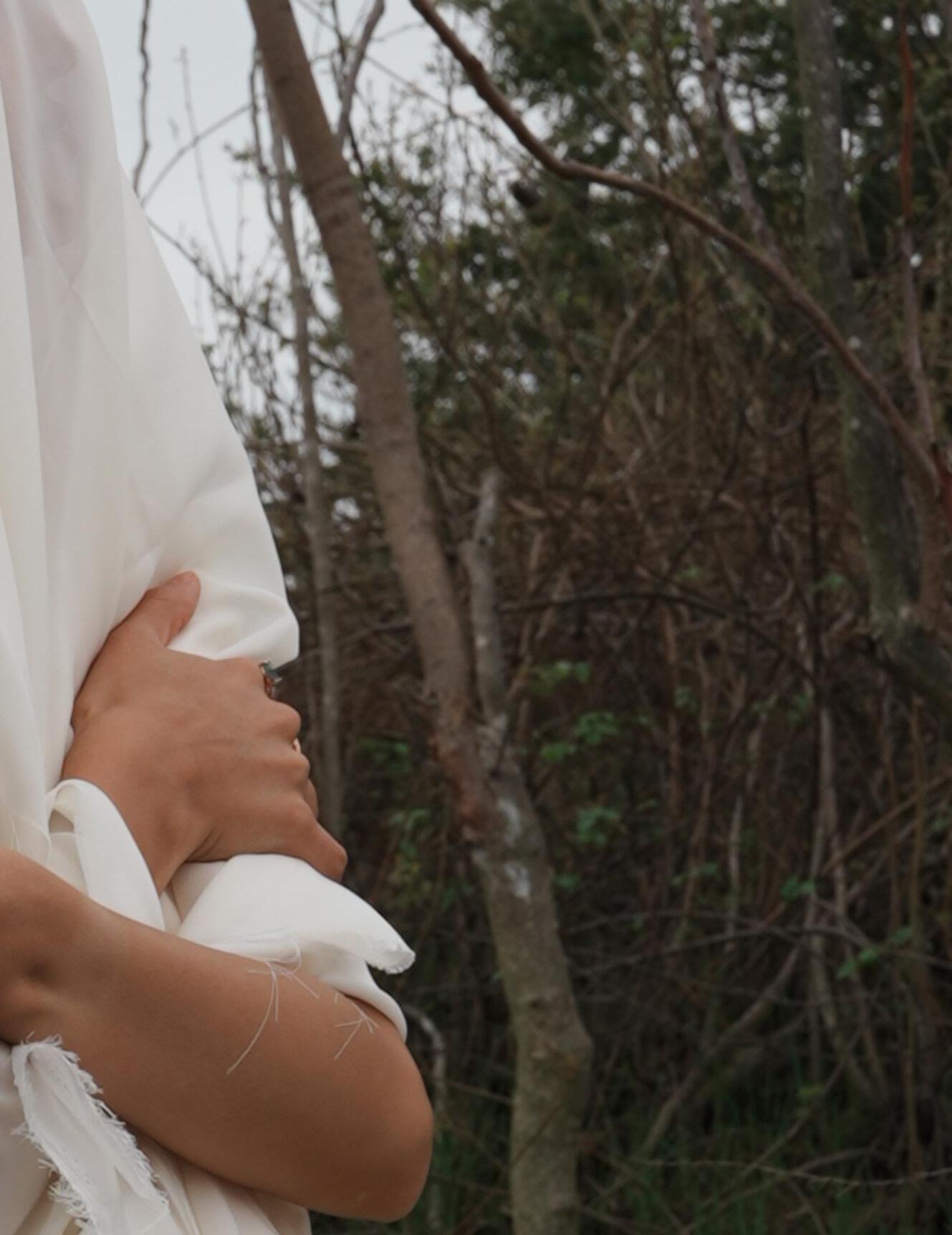
Dancers: Thomazin Rose Jury Lara Botha, Meghana Venkatesha, Keya Agarwal Badhalia, Sarah Mwangi
Director: Athena Stuebe
Executive Producers: Sea Gira Franklin Lam
Producers: Elise Andersonn Molly Nugent
Associate Producer: Aador Bose Roy
Assistant Director: Claire Ernandes
Writer: Jiayun Zhang
DP: Claire Renschler
Assistant Camera: Samuel Walker
Drone Operator: Josie Jensen
Production Designers: Harley Chen Colin Kerekes
Production Assistants: Jinglin Jingan Josie Jensen
Gaffer: Nick Bockian
Editor: Jiayun Zhang
Assistant Editor: Claire Ernandes
Sound editor: Josie Jensen
Colorist: Sea Gira
